Seeing Each Other: Portraits of Artists, Pallant House Gallery
Six works from the Katrin Bellinger Collection are currently on view at Pallant House Gallery (in Chichester) in the exhibition Seeing Each Other: Portraits of Artists (17 May–2 November 2025). Featuring twentieth- and twenty-first-century British art, the exhibition explores how artists engage with one another—as friends, rivals, and sources of inspiration. Since the topic is so clearly in dialogue with the Artists at Work theme, the Katrin Bellinger Collection happily loaned three prints, two photographs, and a charcoal and watercolor drawing to the exhibition.
The earliest drawing in this selection is by Thérèse Lessore, the British modernist artist who was a founding member of the London Group (Fig. 1). In her charcoal and watercolor drawing from 1919, Lessore depicts the painter Walter Sickert in front of a window. The artists were close friends and had frequented the same British modernist circles since c. 1910; they would go on to marry in 1926. Bill Brandt’s photograph Ben Nicholson at His Studio in St. Ives shows the abstract painter from behind, focusing on his hands as he draws. Nicola Bensley also zooms in on Frank Auerbach’s hand in her photograph, emphasizing the artist’s creative power (Fig. 2). All of these works present exchanges between artists that feel like intimate conversations.
The exhibition also embraces imagined relationships, where artistic influence crosses generations and national affiliations: for example, two of the prints that the Katrin Bellinger Collection loaned to the show rethink Velázquez’s Las Meninas (Prado inv. P001174). Michael Craig-Martin transposes the iconic Velázquez painting into an explosion of color, while Richard Hamilton’s Picasso’s Meninas looks at Velázquez via Picasso, who also reinterpreted the scene in the 1950s (Figs. 3). David Hockney also cites Picasso as an important influence in The Student: Homage to Picasso.
These works—and the many others in the show—make evident the intricate networks of influence that profoundly shape the lives and careers of artists.
Seeing Each Other: Portraits of Artists is on view at Pallant House Gallery from 17 May – 2 November 2025.
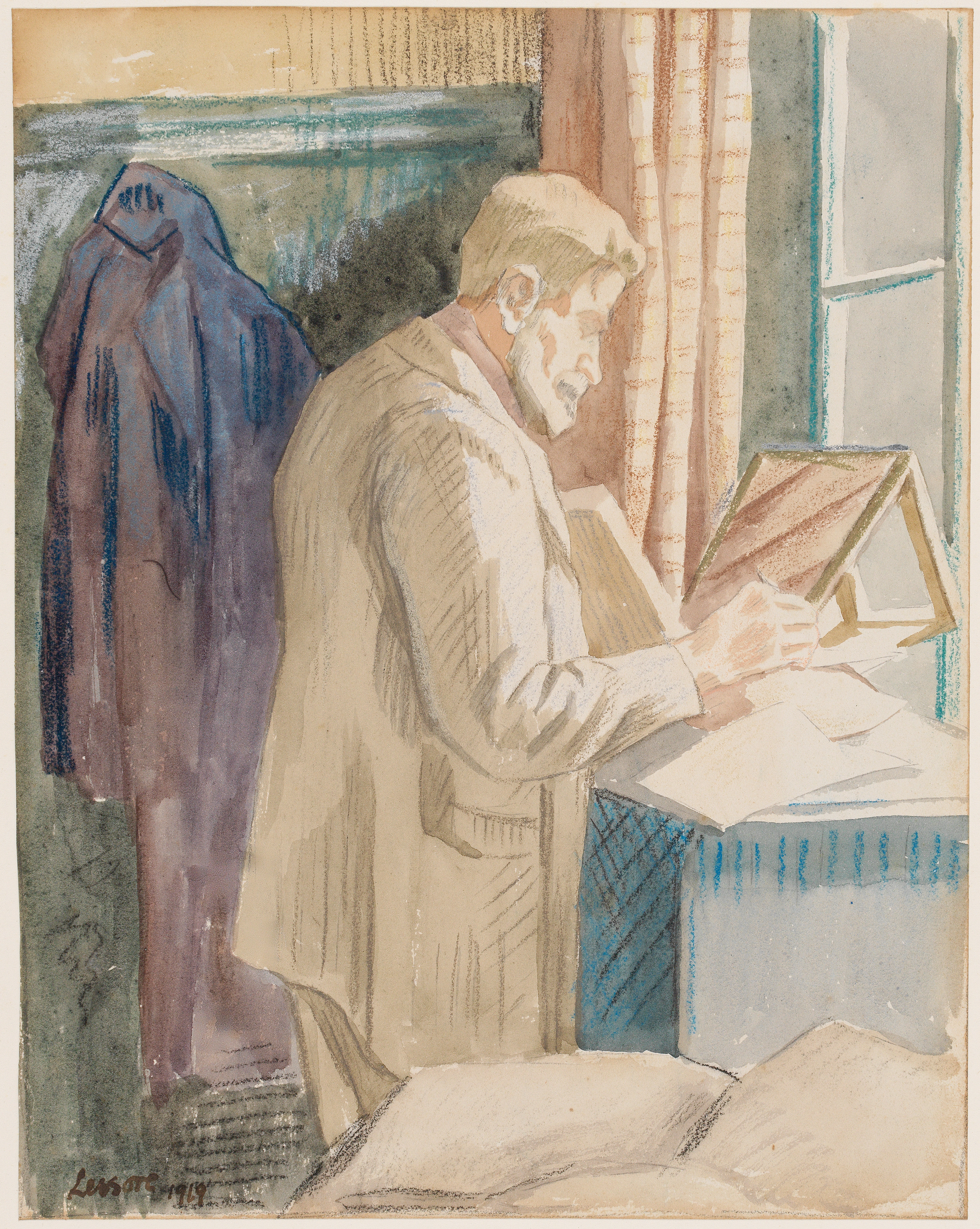
Figure 1: Thérèse Lessore, Walter Sickert Drawing in Front of a Mirror, 1919. Charcoal and watercolor, 25.7 x 20.7 cm. Katrin Bellinger Collection inv. 2021-085.
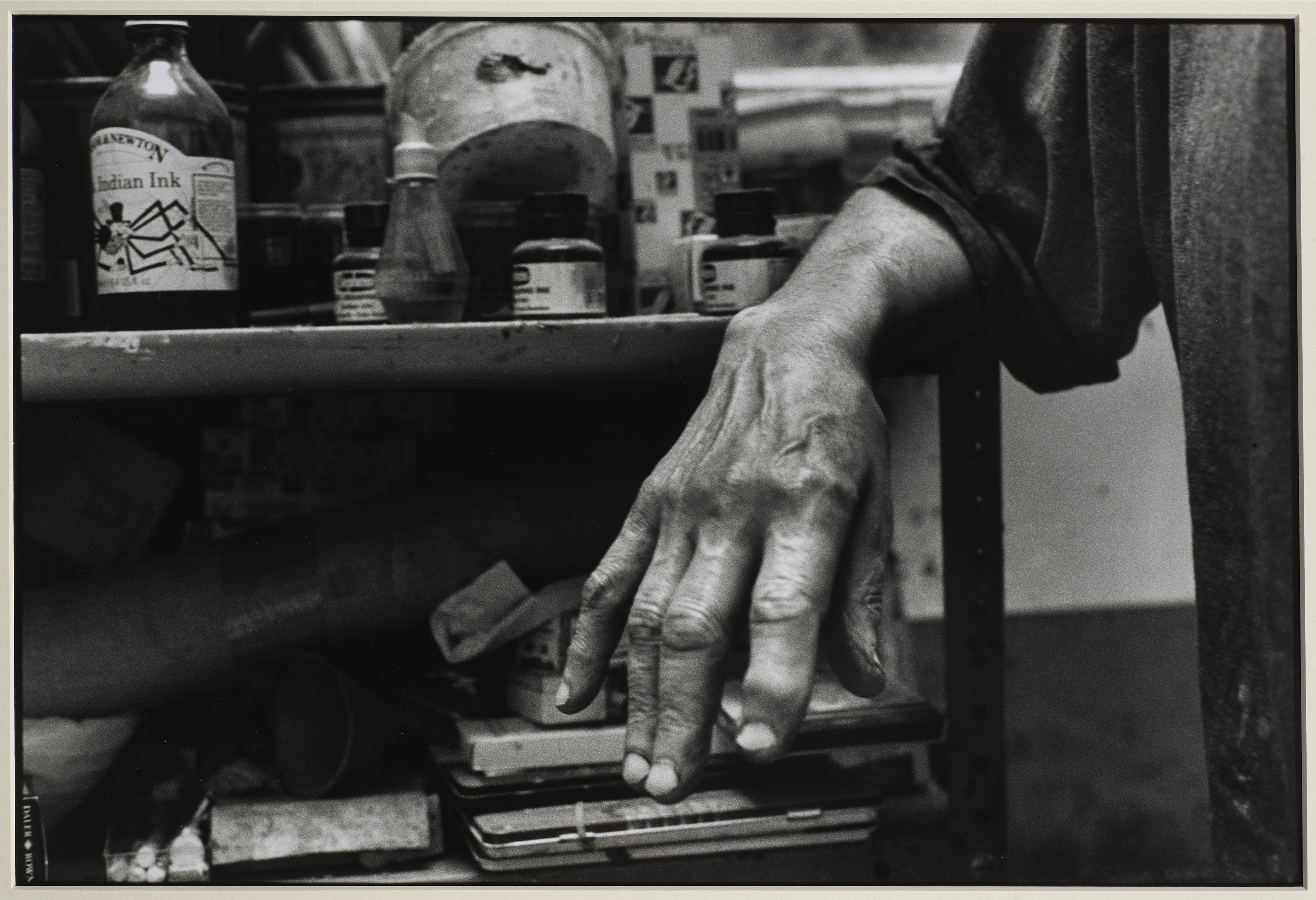
Figure 2: Nicola Bensley, Hand of Frank Auerbach, 2015. Silver gelatine fibre based hand print, 50.8 x 40.6 cm. Katrin Bellinger Collection inv. 2016-021.
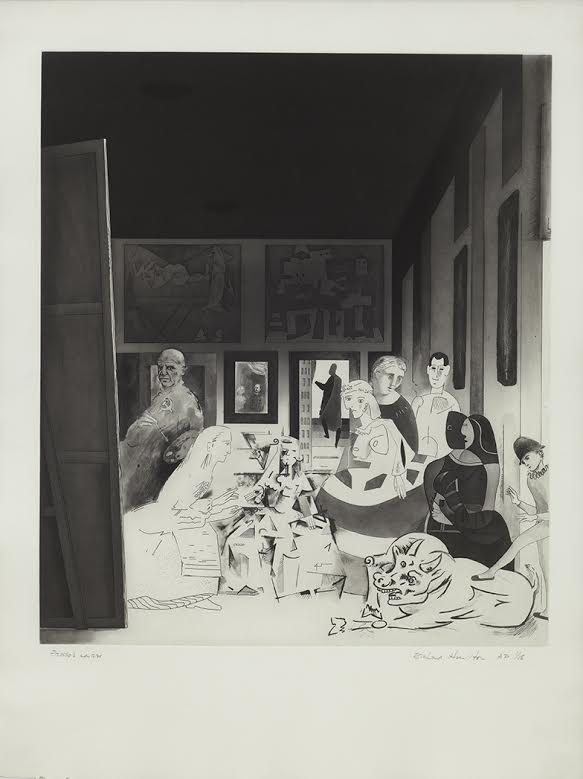
Figure 3: Richard Hamilton, Picasso’s Meninas, 1973. Etching, aquatint, engraving, and drypoint. 75.5 x 56.7 cm (sheet); 57.1 x 49.1 cm (image). Katrin Bellinger Collection inv. 2015-003.
The Gorgeous Nothings: Flowers at Chatsworth
The Gorgeous Nothings: Flowers at Chatsworth (15 March – 5 October 2025) is a transhistorical exhibition that the organizers have described as a “gathering,” a careful act of bringing together objects that engage with flowers and plant life. Drawing inspiration from the Chatsworth estate, and displayed throughout the house and its gardens, the exhibition is comprised of works from the Devonshire Collections, external loans, and commissions by contemporary artists. From sculpture to painting, fashion to engravings, the exhibition celebrates botany as an inspirational force for artists, designers, gardeners, scientists and creators of all kinds.
The Katrin Bellinger Collection has loaned the 2021 drawing Personal Development (fig. 1) by Donna Huddleston, which is beautifully presented on an easel in the house (fig. 2). Huddleston’s ethereal caran d’ache and graphite drawing depicts a figure in front of Venetian blinds; a compositional frame separates the figure from a large pink flower. Although the work is not a straightforward self-portrait, the woman stands for the artist herself in a theatrical and performative way. The delicate color palette of yellow-greens, pinks, and blues is suggestive of botanical watercolors, and the textured flatness of the flower evokes pressed flowers—which are also displayed in the Chatsworth exhibition.
The Gorgeous Nothings: Flowers at Chatsworth is curated by Allegra Pesenti and designed by Pippa Nissen (Nissen Richards Studio).
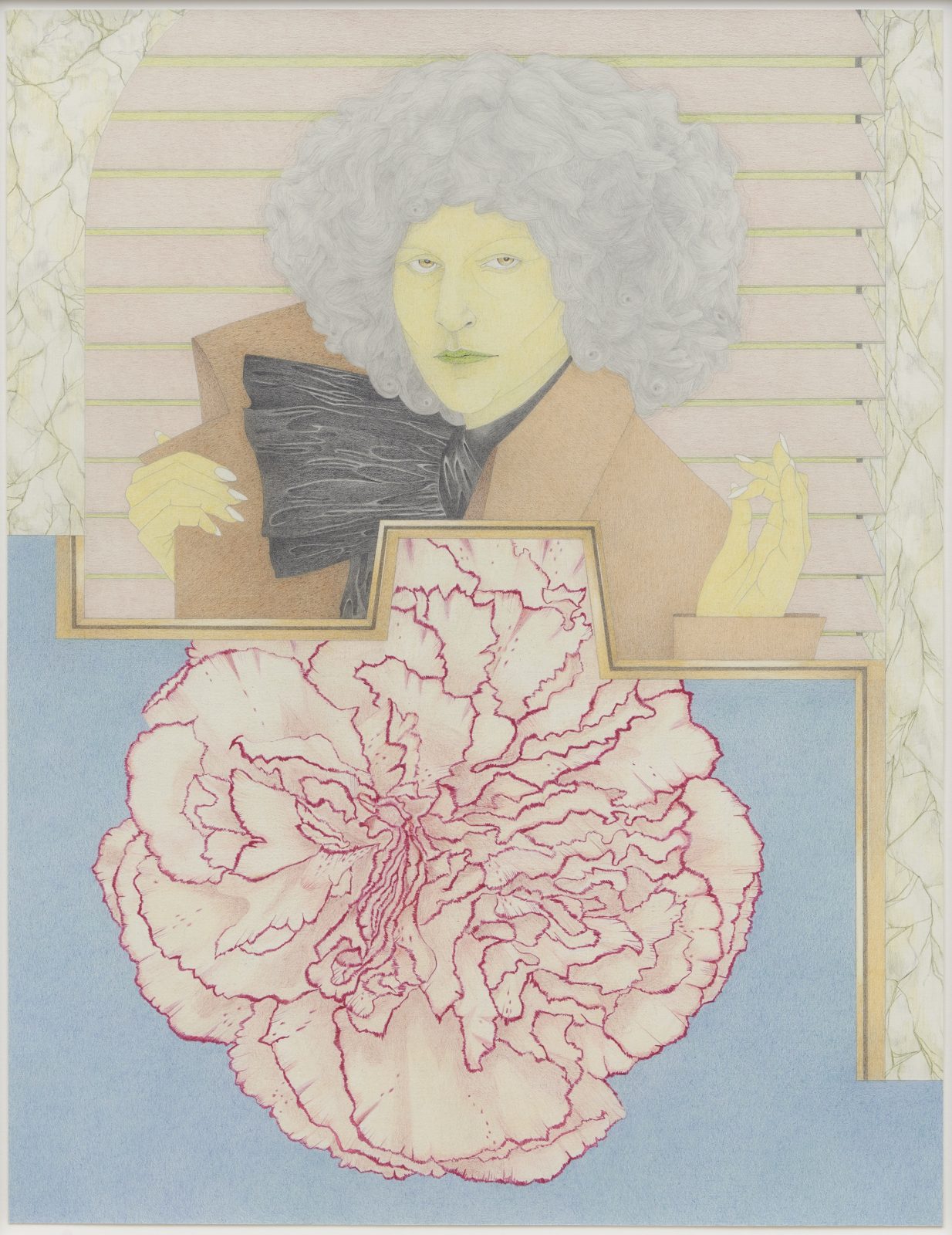
Figure 1: Donna Huddleston (Belfast 1970–), Personal Development, 2021. Caran d’ache and graphite on paper, 66 x 51 cm. Katrin Bellinger Collection inv. 2022-001.
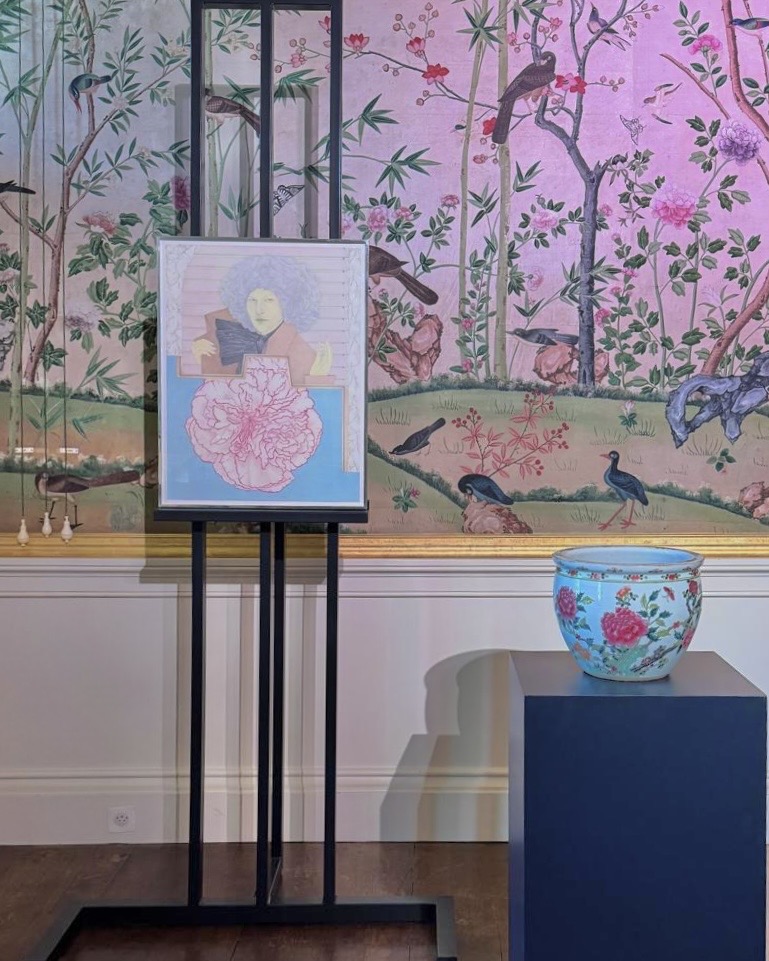
Figure 2: Installation view
Barbara Walker: Being Here, The Whitworth and Arnolfini
The Katrin Bellinger Collection recently loaned Barbara Walker’s Marking the Moment I (fig. 1) to the artist’s first major survey exhibition, Barbara Walker: Being Here, which travelled from the Whitworth, University of Manchester to Arnolfini in Bristol. Being Here traced Walker’s figurative work from the 1990s to today through a presentation of almost 60 works. It conveyed Walker’s dedication to tackling contemporary issues of race, class, and gender head-on, which she accomplishes through powerful portraits of her family and her community, as well as reinterpretations of historic images.
Marking the Moment I is part of a larger series of drawings produced between 2021 and 2024. To produce each drawing, Walker began by recreating a print from either the British Museum or the Rijksmuseum’s collections. She then placed translucent mylar over the work and strategically cut it to render the Black figures visible. In so doing, Walker reverses the compositional hierarchies that structure many of these prints, where Black figures are positioned in the margins.
Another drawing by Walker has recently joined the collection: Self-Portrait V (Venice) (fig. 2). Also part of a series, this large conté and charcoal drawing deliberately plays with the dialogue between finished and unfinished. Walker produced it during a 2025 residency in Venice, where she reflected on the experience of being anonymous in a new city and was particularly inspired by the sixteenth-century artist Jacopo Tintoretto’s compositions that look down from a high angle.
Barbara Walker: Being Here was first presented at the Whitworth, University of Manchester from 4 October 2024 – 26 January 2025, and was on view at Arnolfini from 8 March – 25 May 2025. The exhibition is also accompanied by a catalogue.
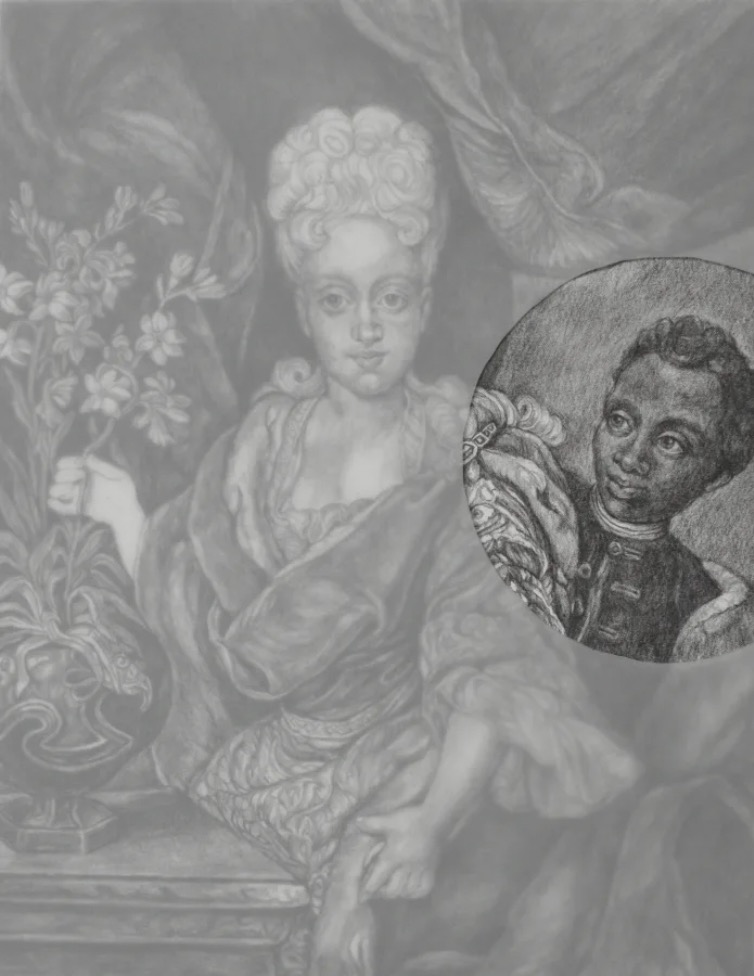
Figure 1: Barbara Walker, Marking the Moment I, 2021. Graphite on paper overlaid with mylar, 334 x 419 mm. Misc. 16284.
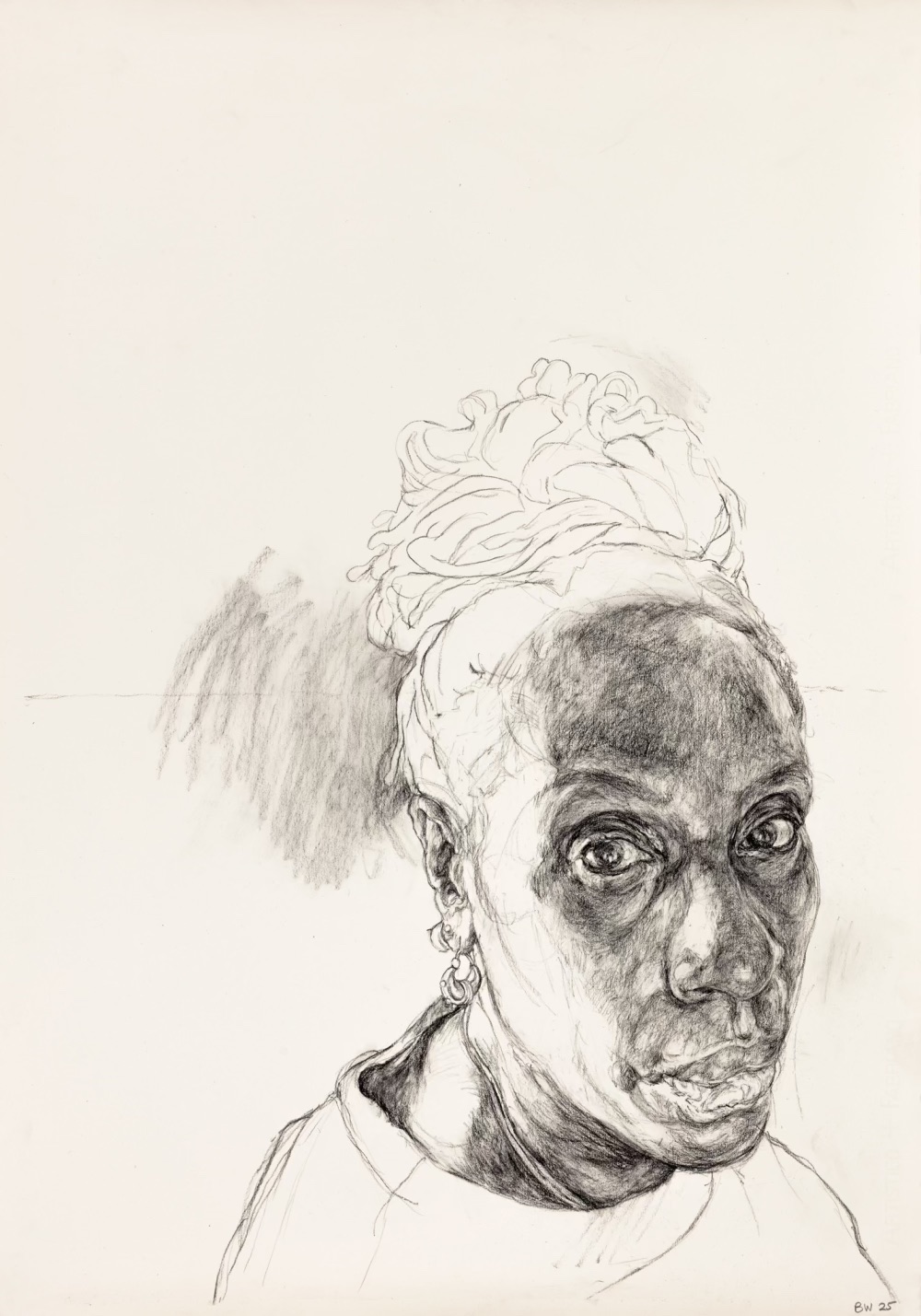
Figure 3: Barbara Walker, Self Portrait V (Venice), 2025. Conté and charcoal on paper, 100.3 x 70.1 cm. Katrin Bellinger Collection inv. 2025-030.
Making Her Mark: A History of Women Artists in Europe, 1400–1800
Making Her Mark: A History of Women Artists in Europe, 1400–1800 set out to celebrate the “polyphonic contributions of women makers,” and this emphasis on multiplicity—of voices, of origins, and of media—elevates entire categories of making that are only now receiving their due.[1] From embroidery to cut paper, drawing to print, the exhibition and its catalogue place materiality and medium front and center. Curated by Andaleeb Badiee Banta and Alexa Greist, with the assistance of Theresa Kutasz Christensen, the exhibition is no longer open, but it was on view at the Baltimore Museum of Art (1 Oct 2023–7 Jan 2024) and the Art Gallery of Ontario (30 March–1 July 2024). I would enthusiastically recommend the catalogue essays to anyone who, like me, missed the opportunity to see the show in person!
We may now recognize “greatness” as a problematic category for art history,[2] but here the curators also unpack how similar terms like “exceptionality” and “quality” preclude us from considering the creative outputs of most historical women.[3] Our emphases on attributions, on “fine art” (read: painting), and single-person authorship necessarily excludes most work by women, who are often anonymous, have created collaboratively, or worked under the auspices of “craft.” This underpins the curators’ decision to consider a wide geographic and temporal range, through which they can more accurately capture the diverse experiences of women living under varying socio-political conditions.[4] Labor of all kinds shines through the 230-plus objects exhibited.
A Spotlight on Revolutionary France
Some patterns, however, emerge from the polyphony. The Katrin Bellinger Collection loaned five works to the exhibition—three drawings, one album, and a combination sewing and watercolor kit. Two of these drawings speak to a particular historical moment in late eighteenth-century Paris, when the reorganization of art institutions before, during, and after the Revolution created new pathways for women to access training and exhibition spaces.
Marie-Gabrielle Capet’s (1761–1818) sensitive chalk portrait of the aging painter François-André Vincent (1746–1816) divulges her close friendships with both men and women artists (Fig. 1). Vincent, a prominent neoclassical artist, was married to Capet’s teacher and mentor, Adélaïde Labille-Guiard (1749–1803), and the three functioned much like a family. The latter was one of only a handful of women admitted to the Académie, and when she received artist’s lodgings in the Louvre in 1795, Capet joined her.[5] This miniature-like portrait attests to a continued closeness between Vincent and Capet after Labille-Guiard’s death. Capet looked after Vincent in his final years, and in her will she described the work as an image of “her father.”[6]
Anne Guéret (1760–1805), Capet’s almost exact contemporary, was a student of neoclassical painter Jacques-Louis David, and her attractive portrait of a fellow artist features on the cover of the exhibition catalogue (Fig. 2). Guéret’s sitter is captured in a moment of inspiration: gazing up and to the left of the sheet, a soft halo of light encircles her head. She appears relaxed and in control of her work, with her arm draped casually over her portfolio. Her unfinished sketch is, notably, a winged male nude, which alludes to one of the central challenges for women artists in the academy: the so-called “impropriety” of studying the male body from life. Guéret thus stakes a claim to the capabilities of women artists to depict the male nude, both for her sitter, and by association for herself.[7]
The Amateur and the Professional
Both Gueret and Capet produced art for the public sphere, garnering them the status of “professional” artists. Conversely, the nineteenth-century Combination Sewing and Painting Box shines a light on “amateur” makers who often worked in multiple media within the private spaces of the home (Fig. 3). Fanny Guillaume Baronne de Molaret’s 1837 album of drawings contains sketches that attest to such domestic social settings where women made art without plans to exhibit or sell (Figs. 4, 5). Again, though, the curators have made clear that amateur and professional are value judgements that have historically diminished the seriousness of art made by women.
Such arbitrary distinctions between “amateur” and “professional” are intimated in Louise Adéone Drölling’s (1797–1831) oil painting Interior with Young Woman Tracing a Flower (Fig. 6).[8] In this work, a possible self-portrait, the artist is portrayed alongside a lute and other objects that indicate her participation in acceptable creative pursuits for upper-class women. However, Drölling herself was trained by her father and won a gold medal for the painting when it was exhibited in 1824. Furthermore, the composition was disseminated in printed form: a publicly commercial enterprise (Fig. 7).
The full scope of the show is best appreciated by parsing the rich catalogue, or by exploring the digital resources on the Art Gallery of Ontario’s website. Making Her Mark introduces us to a new array of artists and objects, while offering insightful methods for studying them further.
Link to exhibition catalogue:
Notes:
[1] Andaleeb Badiee Banta, Alexa Greist, and Theresa Kutasz Christensen, eds., Making Her Mark: A History of Women Artists in Europe, 1400-1800 (Toronto, Ontario: Art Gallery of Ontario in association with Goose Lane Editions, 2023), 9.
[2] See Linda Nochlin, “Why Have There Been No Great Women Artists?” in Art and Sexual Politics, eds. Elizabeth C. Baker and Thomas B. Hess (London: Collier Macmillan, 1973); Rozsika Parker and Griselda Pollock, Old Mistresses: Women, Art and Ideology (London: Pandorra, 1981).
[3] Andaleeb Badiee Banta, “Not Seen, Not Heard: In Search of the Unexceptional Woman Artist,” in Banta, Greist, and Kutasz Christensen, Making Her Mark, 15–28.
[4] Banta, Greist, and Kutasz Christensen, Making Her Mark, 18.
[5] See note 2, Séverine Sofio, “Gabrielle Capet’s Collective Self-Portrait: Women and Artistic Legacy in Post-Revolutionary France,” Journal18, no. 8, Self/Portrait (Fall 2019), https://www.journal18.org/4397
[6] See catalogue essay, Coutau-Bégarie & Associés, 10 February 2021, lot 25, 47.
[7] The work has also been interpreted as a self-portrait due to resemblances between the subject and a later portrait of Anne Guéret. See catalogue essay, Stephen Ongpin Fine Art, An Exhibition of Master Drawings, New York & London 2008, no. 22.
[8] Banta, Greist, and Kutasz Christensen, Making Her Mark, 216.
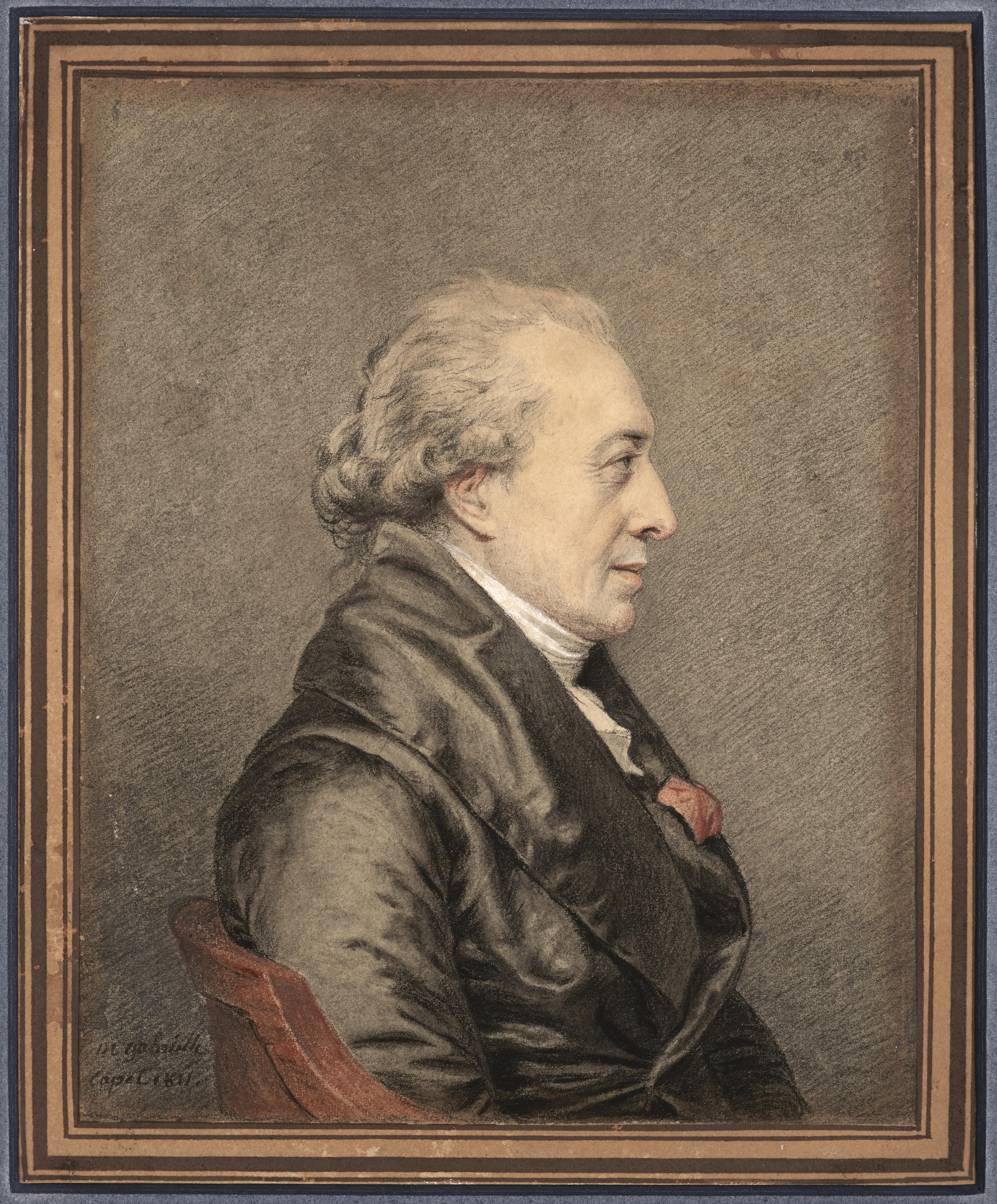
Fig. 1: Marie-Gabrielle Capet, Portrait of the Painter François-André Vincent, 1811, black chalk, red chalk, and white chalk on paper. Katrin Bellinger Collection, inv. 2021-024.

Fig. 2: Anne Guéret, Portrait of an Artist with a Portfolio (Self-Portrait?), c. 1793, black chalk, pen and grey ink, and wash, heightened with white gouache on paper. Katrin Bellinger Collection, inv. 2008-012.
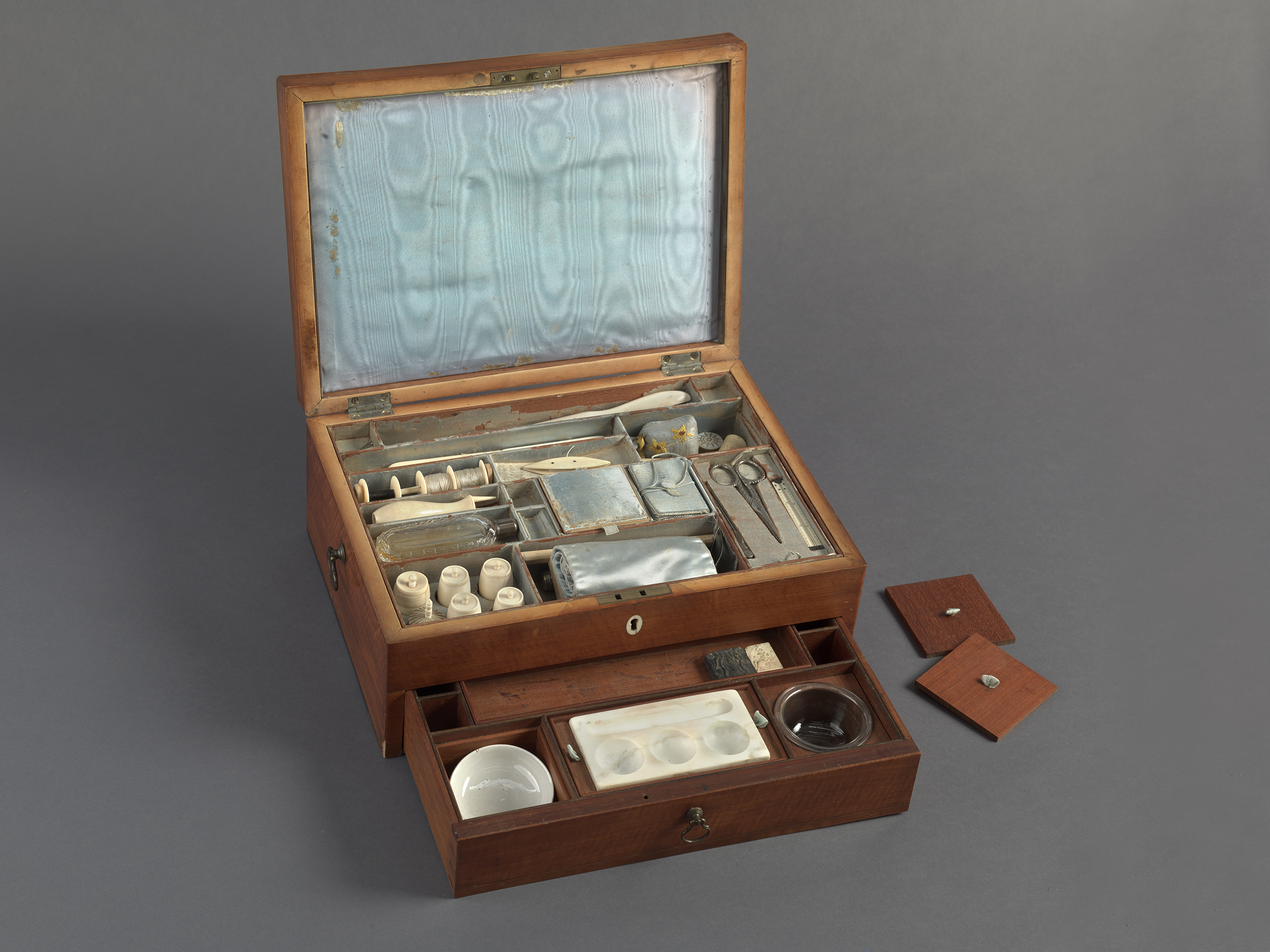
Fig. 3: English, probably Reeves & Company, A George III Combination Sewing and Painting Box, 19th century. Katrin Bellinger Collection, inv. 2017-005.
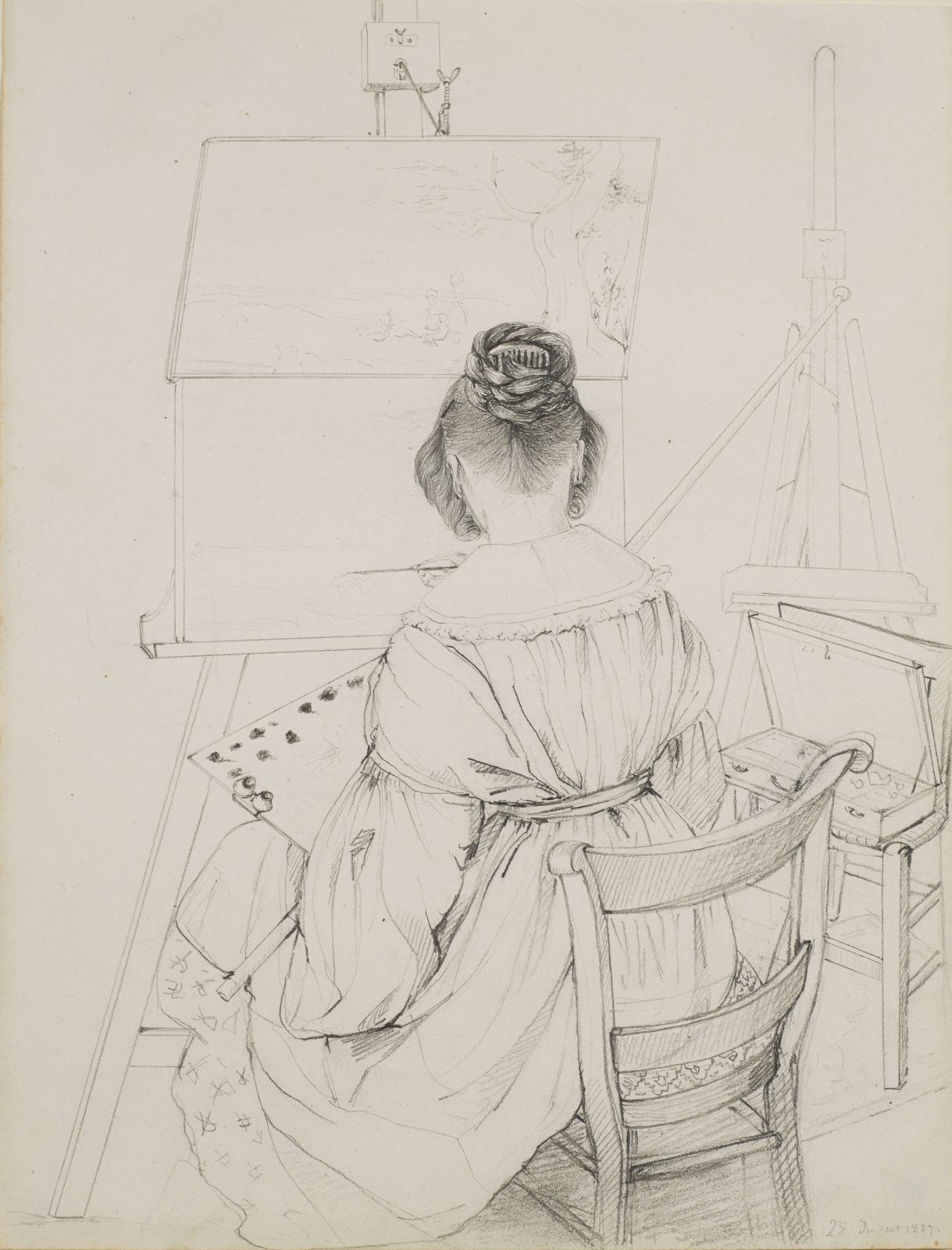
Fig. 4: Fanny Guillaume Baronne de Molaret, Landscape Painter at Her Easel, 1837, graphite on vellum paper, from a drawing album. Katrin Bellinger Collection, inv. 2015-017.
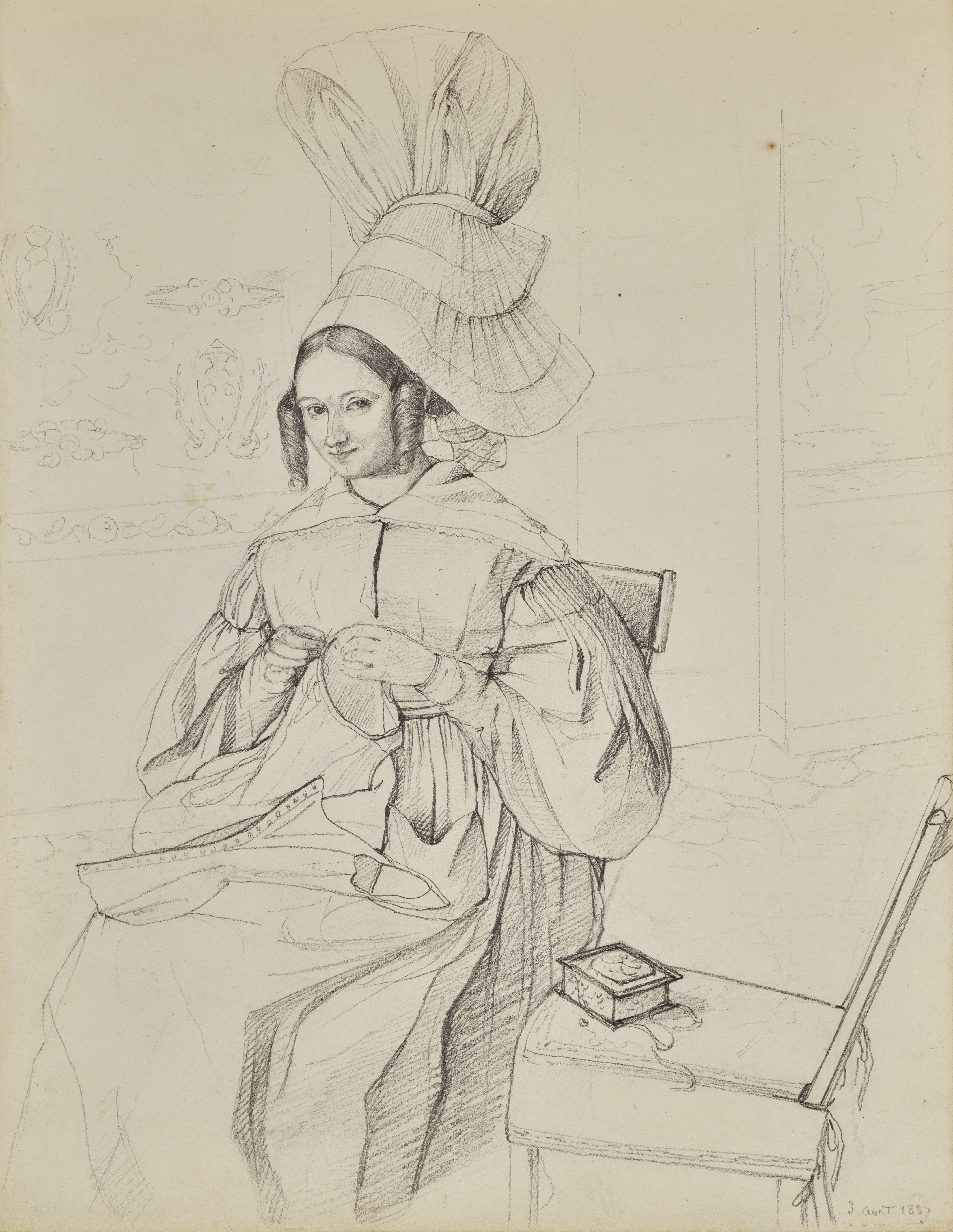
Fig. 5: Fanny Guillaume Baronne de Molaret, Woman Mending a Bodice, 1837, graphite on vellum paper, in a drawing album. Katrin Bellinger Collection, inv. 2015-017.
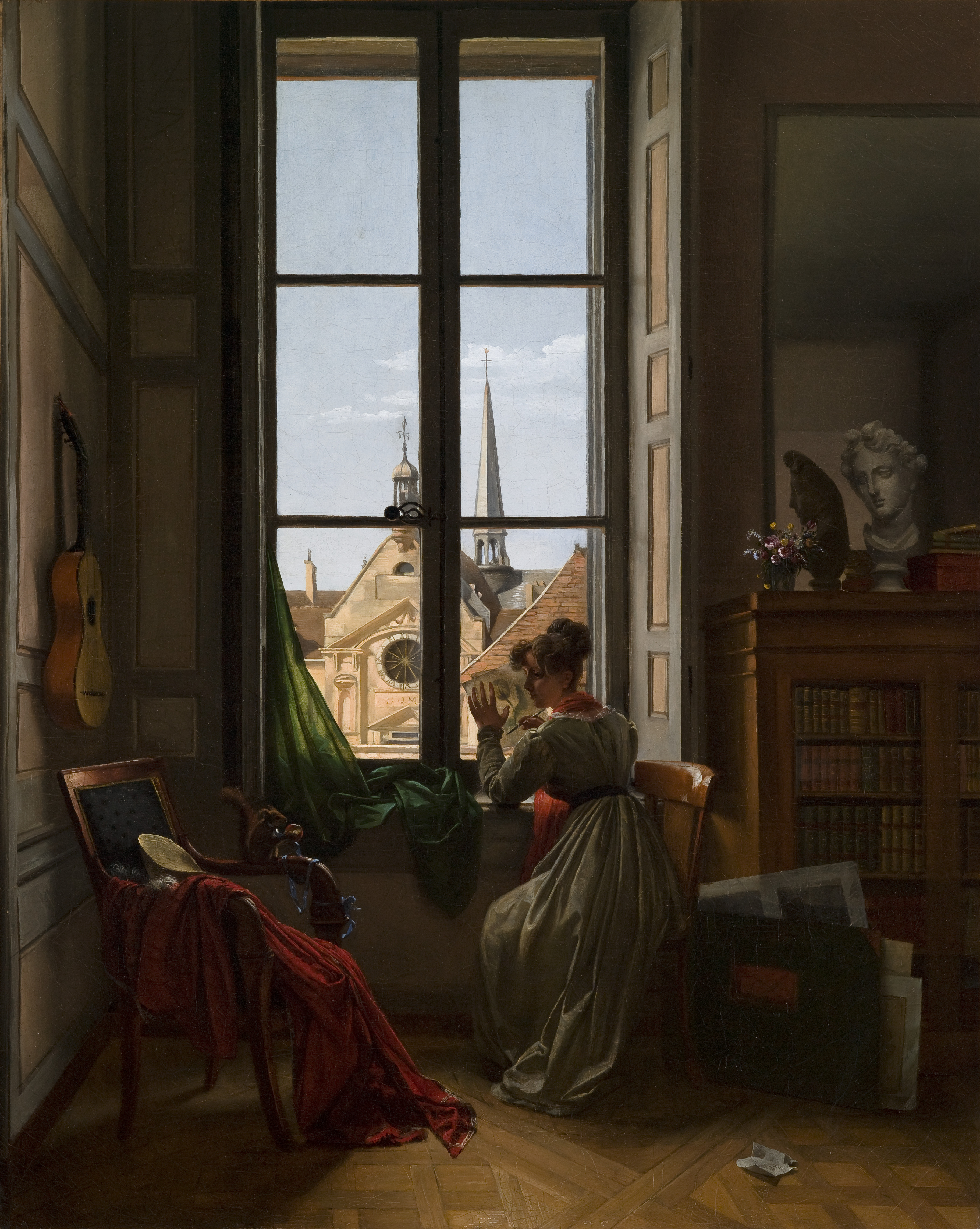
Fig. 6: Louise Adéone Drölling, Interior with Young Woman Tracing a Flower, c. 1820–1822, oil on canvas. Saint Louis Art Museum.
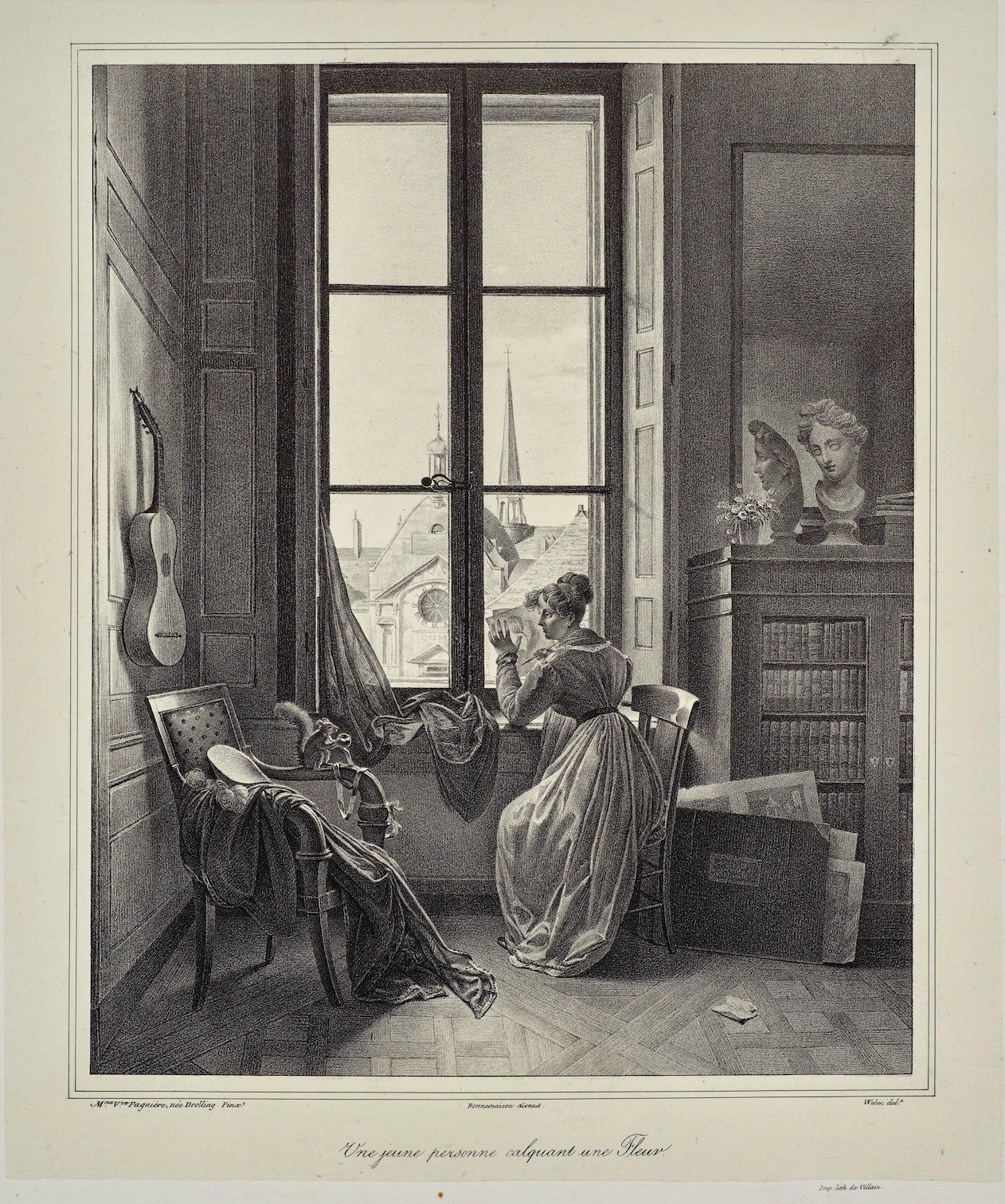
Fig. 7: Fréderic Weber after Louise Adéone Drölling, A Young Woman Tracing a Flower, n.d., lithograph. Katrin Bellinger Collection, inv. 2021-053.
Countless Discoveries and Rediscoveries: British Women Artists at Tate Britain
Now You See Us: Women Artists in Britain 1520–1920 exceeds the promise of its title: it brings out of the shadows (and storerooms!) works by more than one hundred women artists who have been historically hidden from public view. Curated by Tabitha Barber and Tim Batchelor, the exhibition, open at Tate Britain until 13 October 2024, integrates works from the Tate’s holdings with loans from public and private collections. It is an undeniably impressive show, ambitious in its aim to trace a history of British art exclusively by women. Along with other recent exhibitions such as Making Her Mark: A History of Women Artists in Europe, 1400-1800, and Women Masters, Now You See Us is an important reminder that many women artists still remain on the margins of our understanding of art history.
The exhibition unfolds in a loose chronology, ranging from Tudor-era miniatures to Modern British painting. Within this broad chronological framework, the show and catalogue are organized around thematic clusters that prompt an exploration of certain subject matter or media that women particularly excelled at, such as flower painting or watercolour. Institutional obstacles are also dealt with thematically, with sections like The First Professionals and Art School.[1] Better-known works by artists such Angelica Kauffman, Julia Margaret Cameron, and Vanessa Bell are interspersed with less familiar but equally compelling works, such as Mary Beale’s Self-portrait as Artemisia (c. 1675; Fig. 1), Louise Jopling’s Through the Looking-Glass (1875; Fig. 2) recently acquired by Tate Britain, or the intricate The Deceitfulness of Riches (1901) by Eleanor Fortescue-Brickdale, a Neo-Pre-Raphaelite.
Miss Helena Beatson, a pastel by Katherine Read (1723–1778), is on loan to the exhibition from the Katrin Bellinger Collection (Fig. 3). Seven additional portraits by Read appear in the show—three in pastel and four in oil—which comprises a substantial portion of the eighteenth-century works presented. Read was born in Scotland in 1723 and trained in Paris and Rome with Maurice-Quentin de La Tour before establishing her London studio.[2] Unlike many of the artists that Now You See Us introduces, Read did not come from an artistic family. She found an initial clientele for her portraits through her family’s Jacobite contacts, which she subsequently built upon as her reputation grew. She exhibited at many of the most coveted venues, including the Royal Academy, the Free Society, and the Society of Artists, and was commercially successful.
Read may have been inspired to work in pastel as well as oil because of her training with La Tour, who was a celebrated pastelist. However, pastel was also a more accepted medium for women artists: it was associated with contemporary stereotypes of femininity because of its softness and delicacy. Like watercolor and needlework, pastel was considered a less “serious” medium than oil, despite its immense popularity among eighteenth-century collectors. This meant that women artists working in these media could more easily avoid vehement criticism while achieving commercial success. Read’s technical handling in Miss Helena Beatson is exquisite; she creates soft and blended passages in her subject’s hair, skin, and fabric, while retaining a detailed sharpness in the necklace, pen and drawing.
The portrait also exacerbates an unanticipated—and joyful—theme that emerges from the exhibition. In the face of countless challenges, both institutional and social, women artists regularly forged support networks with each other and with their patrons. For example, Read met the renowned Italian artist Rosalba Carriera (1673–1757) on a visit to Venice in 1753, and the two discussed pastel techniques.[3] Miss Helena Beatsonis a depiction of Read’s orphaned niece: five years old at the time of sitting, Beatson was considered a child prodigy.[4] The portrait shows the young sitter in the act of drawing a mother and child; it may be an art lesson, as Read taught Beatson. Unlike Read, Beatson chose not to pursue art as a profession, and halted her practice when she reached adulthood. Nevertheless, Read left much of her money to her female nieces in the hopes of providing them with financial independence.[5] Such indications of friendship and artistic collaboration provide an antidote to the many stories of gendered prejudice that appear elsewhere in the show.
While Katherine Read fell into obscurity after her death, she was well known in her own time. Her popularity is evidenced by the circulation of a mezzotint print after her pastel (Fig. 4), an impression of which is also in the Katrin Bellinger Collection. James Watson’s printed version of Miss Helena Beatson would have provided buyers with a more affordable version of the image and suggests that it reached a wider audience. This points to another leitmotif that recurs throughout the exhibition: that of the culpability of historians, critics, and art institutions in the dismissal of women artists and their subsequent need for “rediscovery” today. Reattributions abound in the show; most notably, perhaps, in the case of Artemisia Gentileschi’s Susanna and the Elders, which was catalogued as “French School” until 2023 (Fig. 5).[6] Read’s work has also been frequently misattributed to her male contemporaries, including Jean-Etienne Liotard, Joshua Reynolds, and Anton Raphael Mengs.[7] Such moments of rediscovery highlight the continued importance of organizing exhibitions devoted to women artists, even decades after the rise of feminist art history.
The Artist at Work collection holds significant potential for ongoing research into women artists in Britain and beyond. It is often through portraits or studio scenes that a particular woman’s artistic practice can be uncovered, especially if they did not sell their art or exhibit publicly under their own name. Such images also expose the artistic and personal networks through which women artists were able to thrive and situates them accurately in their historical contexts. Many of these works can now be explored together on the website under the theme “Women Artists.” In this context it is also worth mentioning the website of AWARE (Archives for Women Artists Research and Exhibitions), which offers a freely accessible and ever increasing wealth of research on women artists’ biographies, both historical and contemporary.
The exhibition catalogue is also available from Tate’s website.
Notes
[1] Tabitha Barber and Tim Batchelor, eds., Now You See Us: Women Artists in Britain 1520-1920 (London: Tate Publishing, 2024).
[2] For more on Read, see: Neil Jeffares, Dictionary of Pastellists before 1800, online edition, http://www.pastellists.com/Articles/Read.pdf#search=%22read%22
[3] Barber and Batchelor, Now You See Us, 85.
[4] See Neil Jeffares, Dictionary of Pastellists before 1800, online edition, http://www.pastellists.com/Articles/Beatson.pdf
[5] Barber and Batchelor, Now You See Us, 56.
[6] Barber and Batchelor, 27.
[7] Barber and Batchelor, 56.
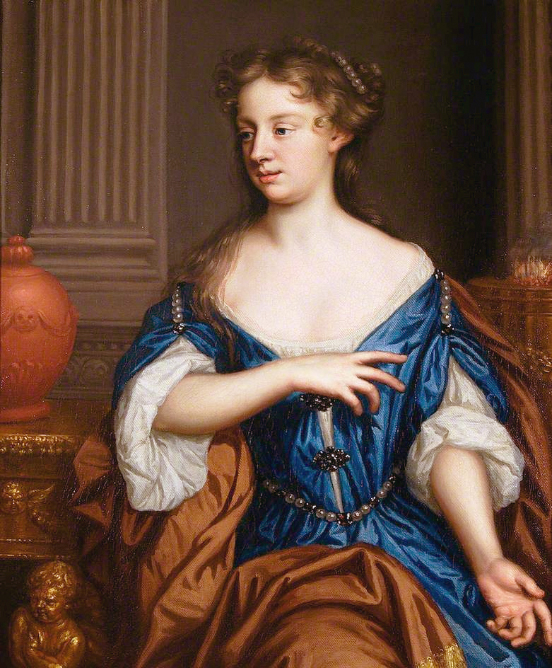
Fig. 1: Mary Beale, Self-portrait as Artemisia, c. 1675, oil on sacking. West Suffolk Heritage Service.
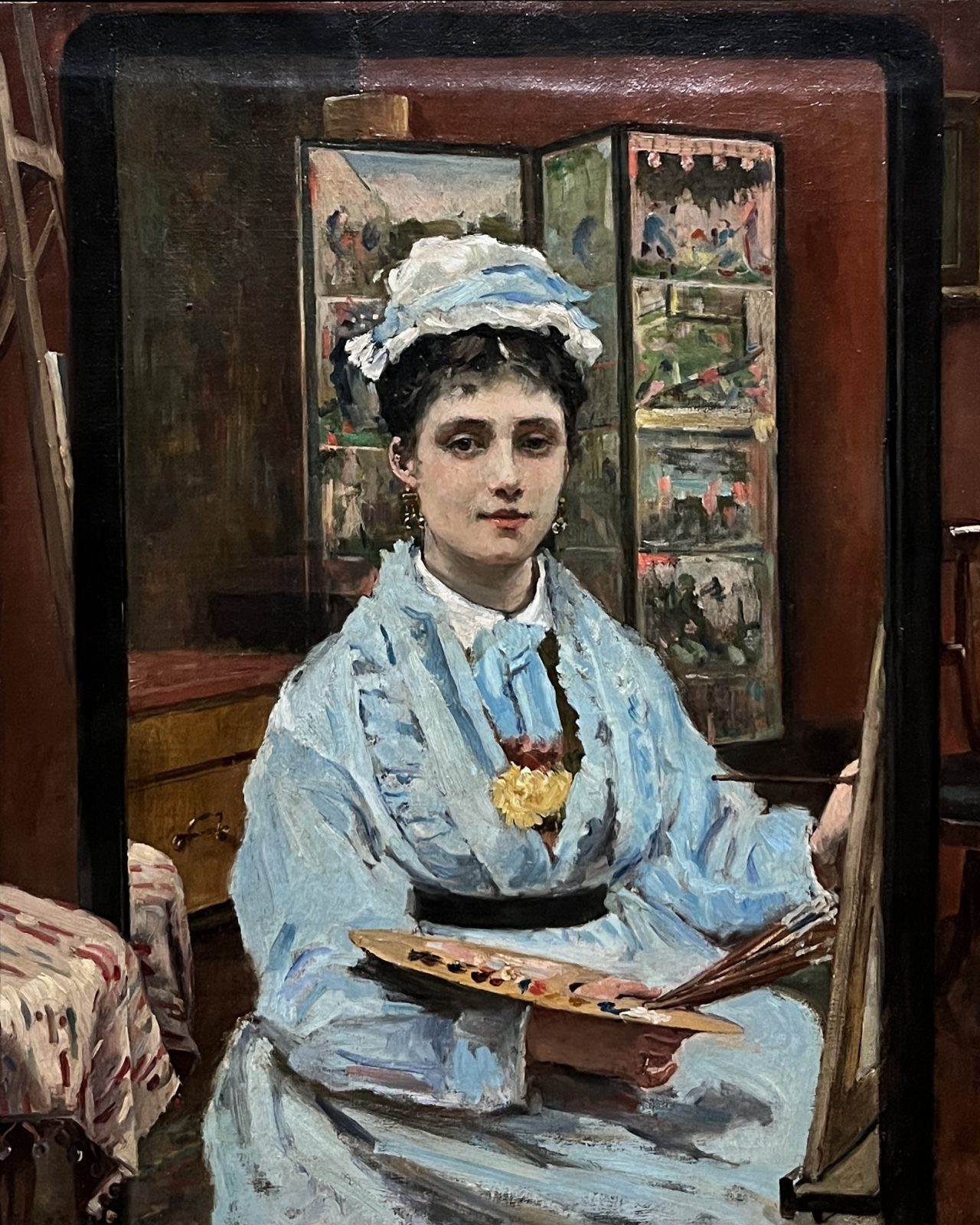
Fig. 2: Louise Jopling, Through the Looking-Glass, 1875, oil on canvas. Tate.
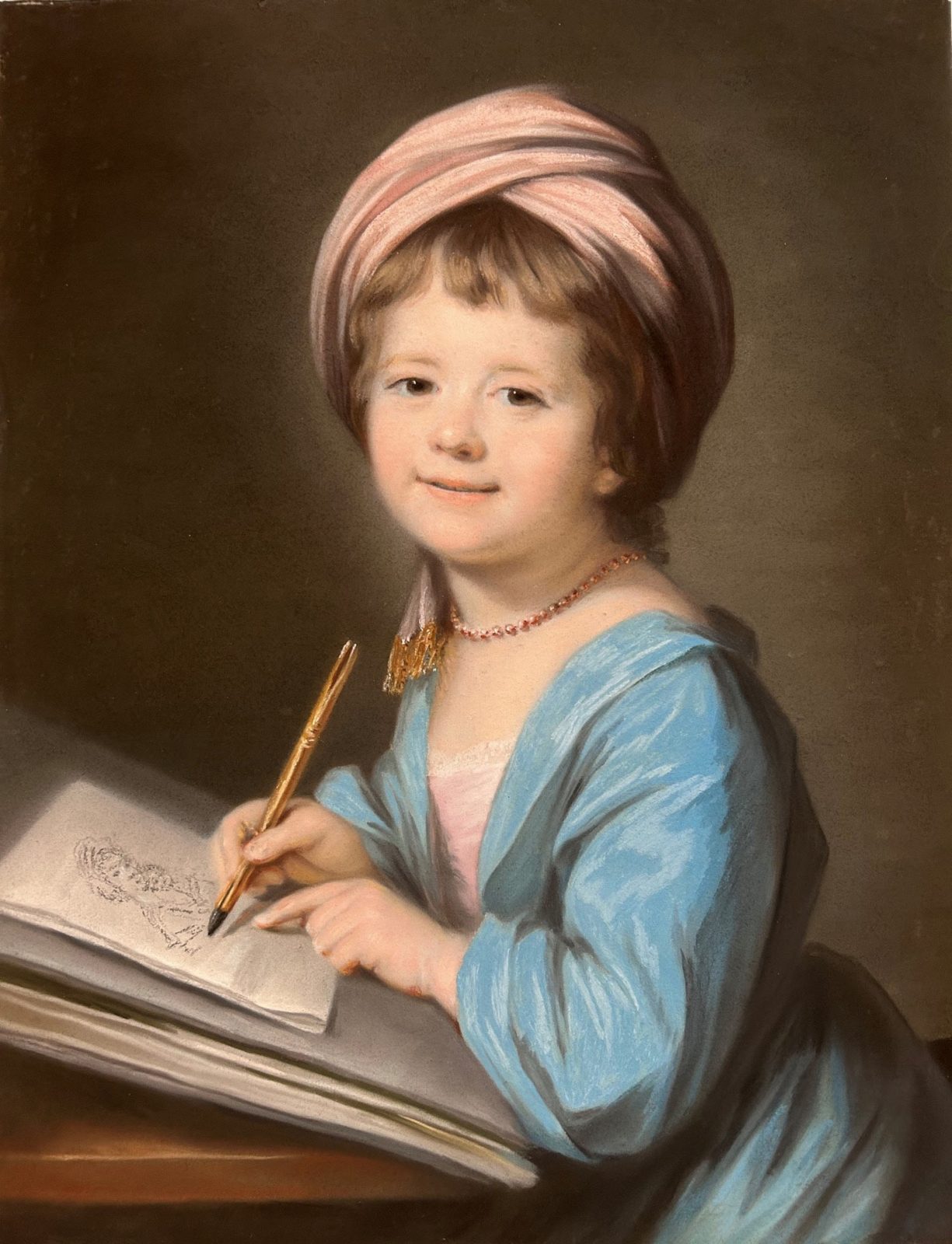
Fig. 3: Katherine Read, Miss Helena Beatson, 1767, pastel. Katrin Bellinger Collection.
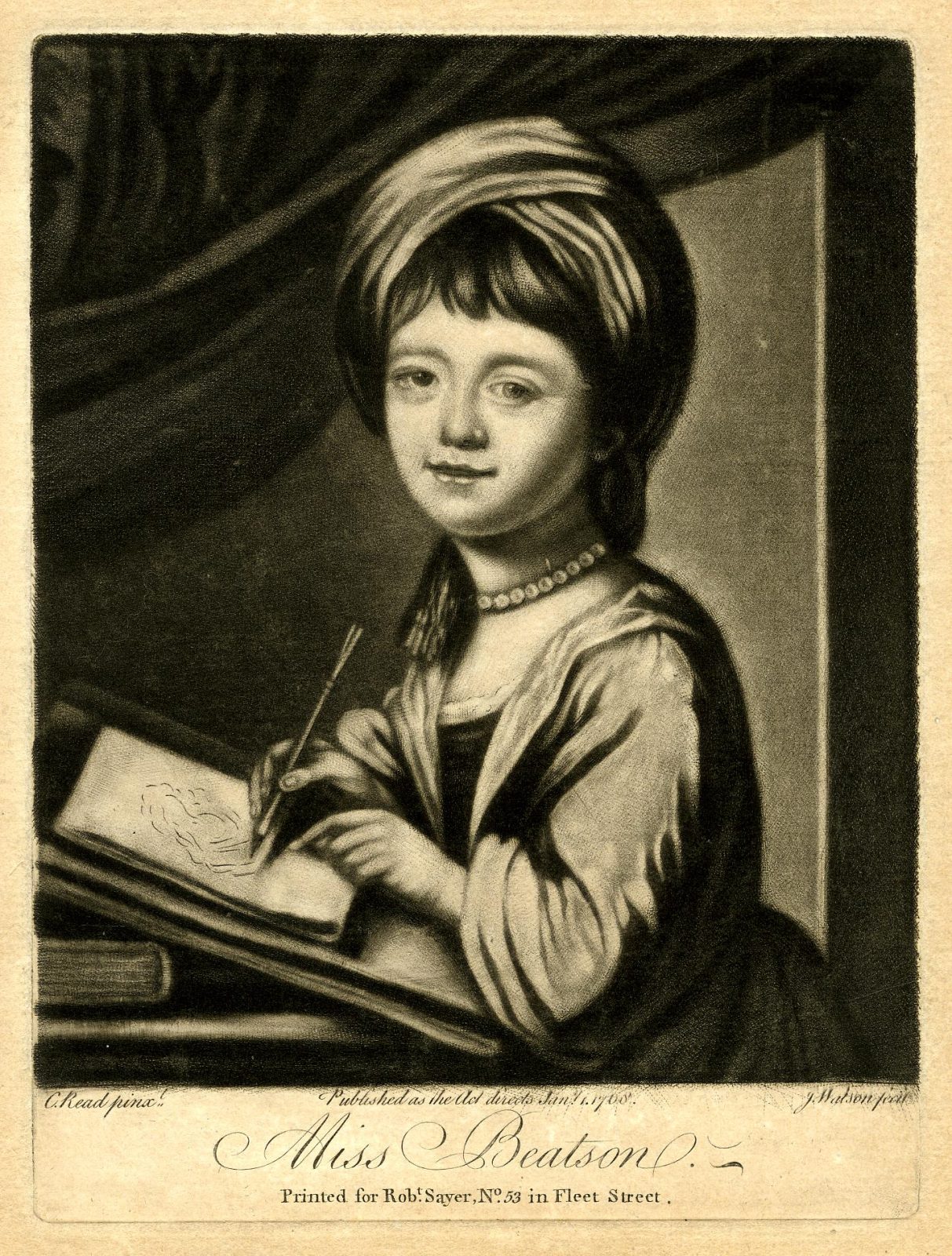
Fig. 4: James Watson, Miss Helena Beatson, 1768, mezzotint. The British Museum.
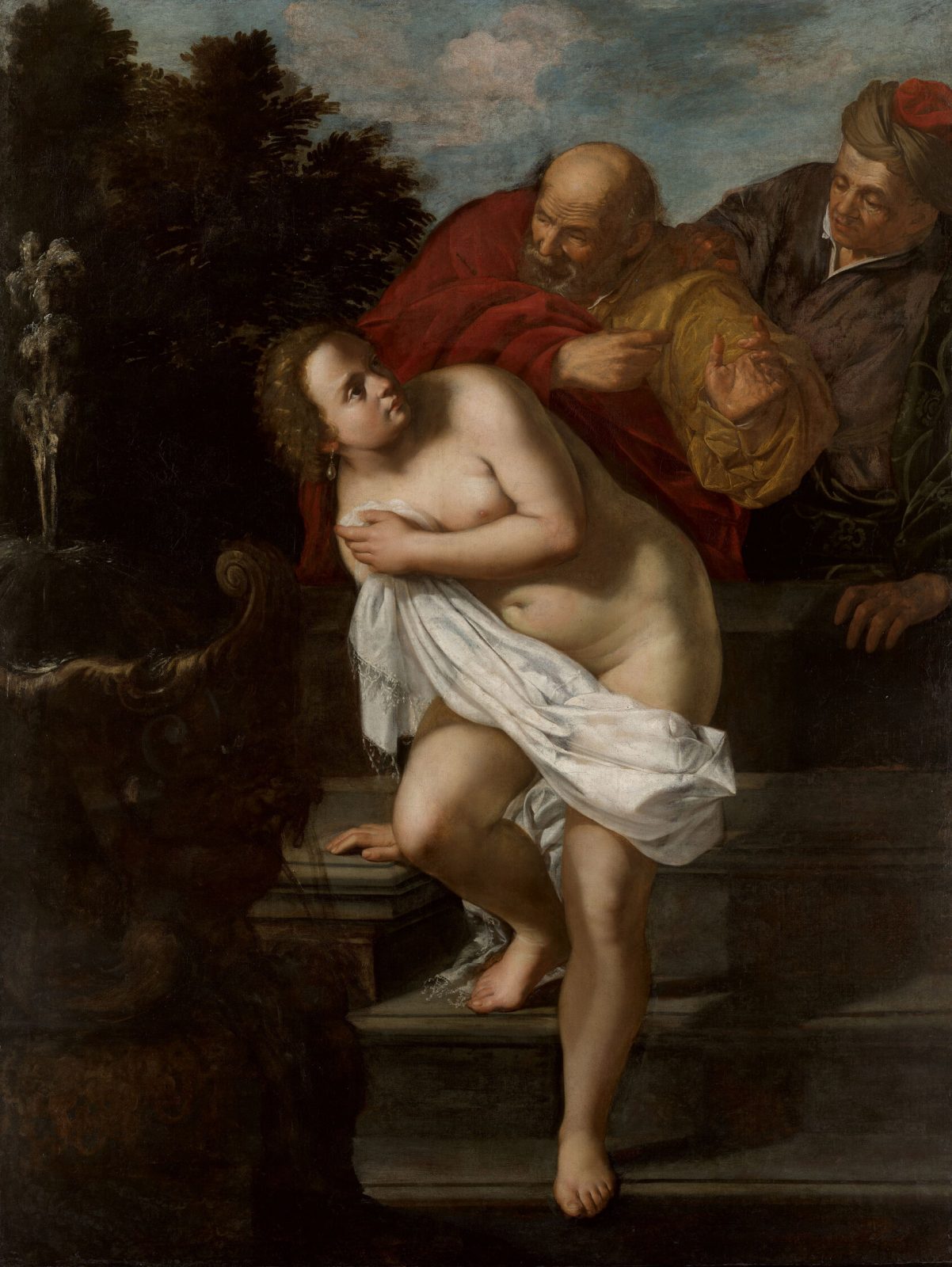
Fig. 5: Artemisia Gentileschi, Susanna and the Elders, c.1638-40, oil on canvas. Royal Collection Trust.
Reflections on Connecting Worlds: Artists and Travel, in Dresden
The world is a book and those who do not travel read only one page.
― St. Augustine
Nothing can be compared to the new life that the discovery of another country provides for a thoughtful person. Although I am still the same I believe to have changed to the bones.
― Johann Wolfgang von Goethe, Italian Journey (1816–17)
The international loan exhibition Connecting Worlds: Artists & Travel realised by the Kupferstich-Kabinett, Staatliche Kunstsammlungen Dresden (SKD) in collaboration with the Katrin Bellinger Collection closed its doors on 8 October 2023. Hosted in the spacious galleries of the Dresden Residenzschloss the dynamic display of over 120 works, primarily drawings and prints, was conceived to take visitors on a journey across different historical periods and geographical contexts. It relied on the unique power of works on paper to bridge distances and enable new connections. From the Renaissance to the nineteenth-century, from Albrecht Dürer’s journeys to those of the young Nazarenes and beyond, the selected drawings, sketchbooks and prints revealed experiences made on the road, telling of personal aspirations, friendships and exchanges nourished by travel. We selected most of the works from the rich holdings of the SKD and combined them with a substantial group lent by the Katrin Bellinger Collection. In addition, thanks to the generosity of colleagues and lenders we were able to supplement our two collections with a number of remarkable loans from institutions in Germany, Switzerland and the UK.
The loans from the Katrin Bellinger Collection included small sketches of artists at work en plein air such as Lambert Doomer’s atmospehric drawing of a behatted draughtsman seen from behind (fig. 1), as well as larger watercolours like Thomas Rowlandson’s Artist travelling in Wales, and artists’ tools. A well-used portable paintbox/easel (fig. 2) and a refined watercolourist’s walking cane were amongst the most popular exhibits with visitors. Similarly admired was Eugène Emmanuel Viollet-le-Duc’s masterful watercolour (fig. 3) showing the artist sketching the inside of a glacier while trapped in a crevasse – one of the tiniest self-portraits in the collection!
THE JOURNEY
While offering some insights into the exhibitions structure and key themes I wish here to mainly share my experience of working on the project for the past three years and reflect on this journey now that it has come to a close. I co-curated Connecting Worlds and co-edited the accompanying catalogue together with Stephanie Buck, Director of the Dresden Kupferstich-Kabinett. I first met and worked alongside Stephanie when she was Curator of Drawings at the Courtauld Gallery and it was a privilege to realize this exhibition with such an imaginative and forward-looking curator and champion of works on paper.
The project was only possible because we enjoyed Katrin Bellinger’s unwavering support and enthusiasm in seeing it realized. She encouraged our ambitious scope and the creative directions we pursued in wanting to recreate for our visitors the spatial and intellectual experience of being ‘on a journey’. This also entailed enlisting the collaboration of other essential members of our team, alongside the brilliant colleagues at the SKD, starting with Mark McDonald, curator at the Metropolitan Museum of Art, New York, who generously acted as curatorial advisor and was instrumental in helping us define the key role of prints as agents of change and exchange within the display.
Early in the project we realized that an exhibition focusing on travel could not unfold according to a prescribed path but would necessarily be open to individual discovery with each visit allowing for a new route and new connections to be made. This is exemplified by the role played by Pieter Coecke van Aelst’s Costumes and Manners of the Turks (1553). One of the most influential printed depictions of a journey, it is a series of ten woodcuts relating to the Flemish artist’s travels to Constantinople. We invited London-based artist duo Ben Langlands and Nikki Bell to imagine a new way of exhibiting these detail-rich prints. I had the pleasure of working with them on the exhibition Absent Artists, which they curated at Charleston in 2022, and was keen for our collaboration to continue. Having understood the crucial role that travel plays in their work and thinking I was delighted when they agreed to lend their 1999 neon sculpture Frozen Sky as well as contribute to the exhibition design. Their vision of a set of curved vitrines that would require visitors to consciously move in the space was to inform our use of the galleries more broadly (fig. 4).
The balance of dynamism and elegance in the display was in large part due to the contribution of the artist and designer Ines Beyer, whose thoughtful approach gave life to truly poetic passages. One of my favourite features was the tall vitrine where we displayed several sketchbooks, some open and some closed, to illustrate their material qualities as well as their functions (fig. 5).
The sketchbook as a portable and flexible tool was at the heart of the first section of the show, ‘On the Road’, focusing on the artist as traveller and the practice of working outdoors. This was followed by ‘Destination Rome’ which centred on the Eternal City as a dream destination for travellers, tourists and artists from the Renaissance to the 19th century. A different type of travel – travel of the mind – was highlighted in the third section, ‘Dresden’, which looked at the sumptuous collections assembled by the Electors of Saxony from the perspective of their interest and curiosity about the cultures of Turkey, India, China and Brazil as expressed in a variety of artifacts and images (fig. 6).
TRAVEL AND FRIENDSHIP
Collaboration and sharing of expertise are at the heart of many successful exhibitions but in the case of Connecting Worlds their importance took on further meaning. Ever since we started brainstorming on the core themes for the show one emerged strongly for me: friendship. Companionship – or the longing for it – marks many artists’ experiences of leaving their home and pursuing new adventures.
Whether artists travelled in groups, like Johann Anton Ramboux and the Eberhard brothers, or encountered new friends at their destination, like Goethe and Angelica Kauffman who met in Rome, drawings often served to celebrate a bond. Portraits has a particular role to play. Some appear to have been spur of the moment, like Ernst Fries’ likeness of a young Camille Corot in a moment of contemplation in Cività Castellana, outside Rome (fig. 7). Others are formal commemorations, like Johann Georg Schütz’s spectacular watercolour depicting the entourage of Duchess Anna Amalia of Saxe-Weimar-Eisenach in the gardens of Villa d’Este in Tivoli, lent by the Klassik Stiftung Weimar (fig. 8).
Friendship and memory come together in several of the sheet, especially in the section devoted to Rome as the meeting point for an international milieu of artists, patrons, Grand Tourists. For example, in the large sheet by Johann Anton Ramboux at the Städel Museum, Frankfurt am Main (fig. 9), I found a ‘concealed’ self-portrait / group portrait. The main subject of the watercolour is the Feast of the Infiorata in the town of Genzano, outside Rome, but amongst the crowd of local onlookers, in the middle ground on the very left, we spot four Northern artists. With his peaked cap, satchel and sketchbook under his arm, Ramboux himself turns to gaze at the beholder. It was the presence of the artist, arguably motivated by the desire to crystallize the memory of that day, that called for the inclusion of this little-know and beautifully preserved sheet in the exhibition.
NEW PERSPECTIVES
As well as prompting new research, the project of Connecting Worlds inspired me to consider the types of questions we want to ask about the ‘Artist at Work’ collection. For example, what do we know about the experience of travelling as a woman and how is it reflected in specific works? The exhibition included famous women artists, such as the pioneering naturalist Maria Sibylla Merian (1647–1717), who travelled from Amsterdam to Surinam in 1699 (fig. 10), and the cosmopolitan neoclassical painter Angelica Kauffman (1741–1807). But we also told the stories of less well-known early travellers, like the intrepid landscapist Louise Joséphine Sarazin de Belmont (1790–1870) who sought out the remote sceneries of the Pyrenees and was later captivated by the majesty of ancient Rome.
Moving forward we will continue to pursue thematic exhibition that may yield fresh insights into our holdings. Connecting Worlds has also strengthened our belief in the virtues of a transhistorical approach. With works that now span from the 14th century to today the potential for new connections is limitless. It was inspiring to see how in Dresden interventions by contemporary artists brought the dialogue between travel and image-making into the present, opening to new approaches to the historic pieces.
Although the exhibition is now closed, I am pleased to see that several forthcoming initiatives will further investigate the relationship between travelling and drawing. In March 2024, in particular, I look forward to continuing the conversation at the conference ‘Landscape drawing in the making: materiality – practice – experience, 1500–1800’ at the Fondazione Cini in Venice and at the study days hosted by the Salon du dessin in Paris on the theme of ‘Travel drawings’.
For those who missed Connecting Worlds: Artists & Travel or wish to revisit it, a virtual tour is available through the SKD’s website, and the richly illustrated exhibition catalogue offers boundless trails to pursue and be inspired by. As well as carefully researched catalogue entries it features essays by an international panel of experts addressing such topics as the uses of artist sketchbooks across time, encounters with the Ottoman world, travel as a topic for prints, travel and collecting at the Saxon court.
Exhibition catalogue
Stephanie Buck and Anita V. Sganzerla, eds., with the assistance of Jane Boddy, Connecting Worlds: Artists & Travel, Staatliche Kunstsammlungen Dresden, Kupferstich-Kabinett, in association with Paul Holberton Publishing, 2023. Find it here

Fig. 1 Lambert Doomer, An artist seated by a tree, sketching, early 1660s, Katrin Bellinger Collection (cat. 18.1)
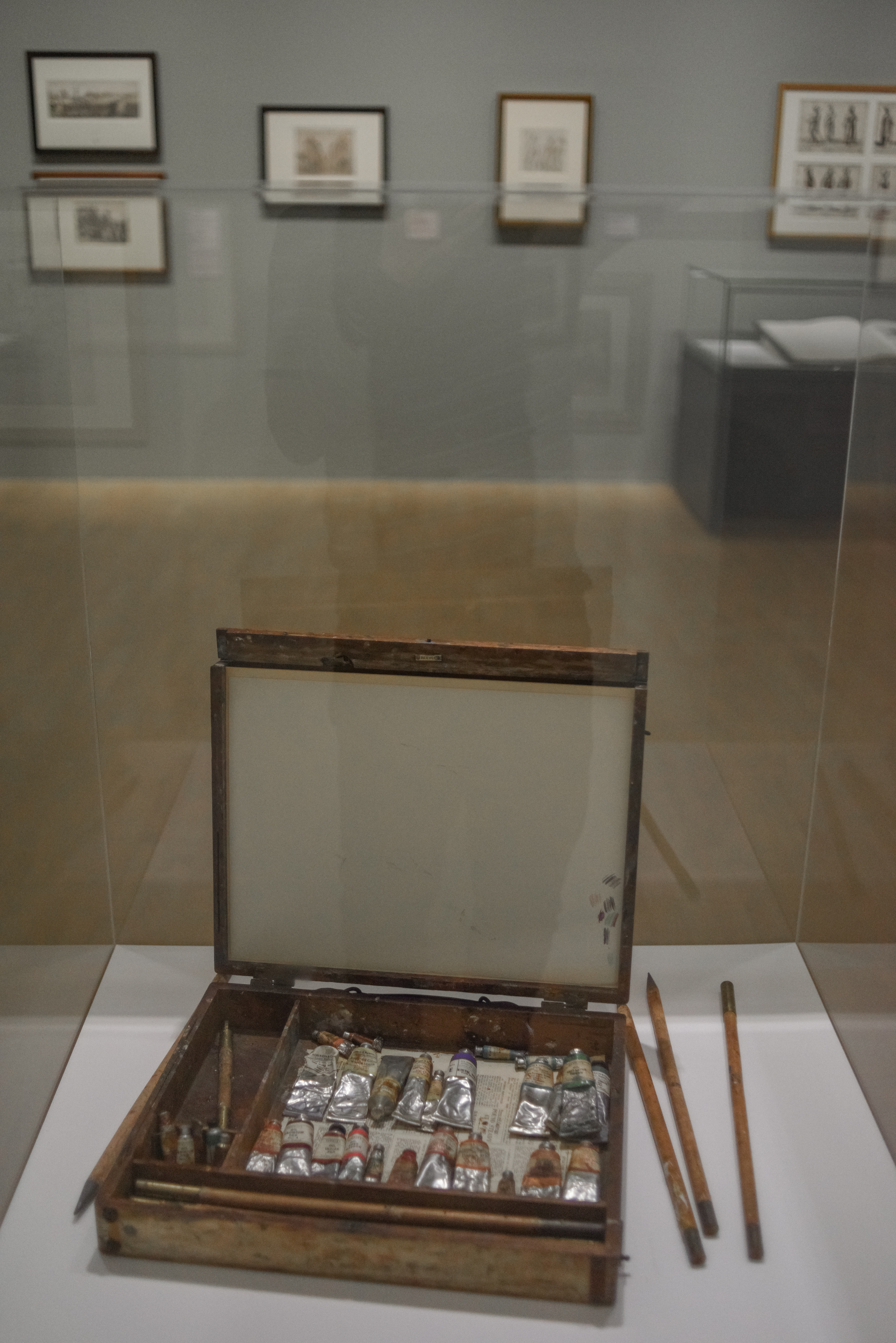
Fig. 2 Installation view. Photo: Chris Boulden
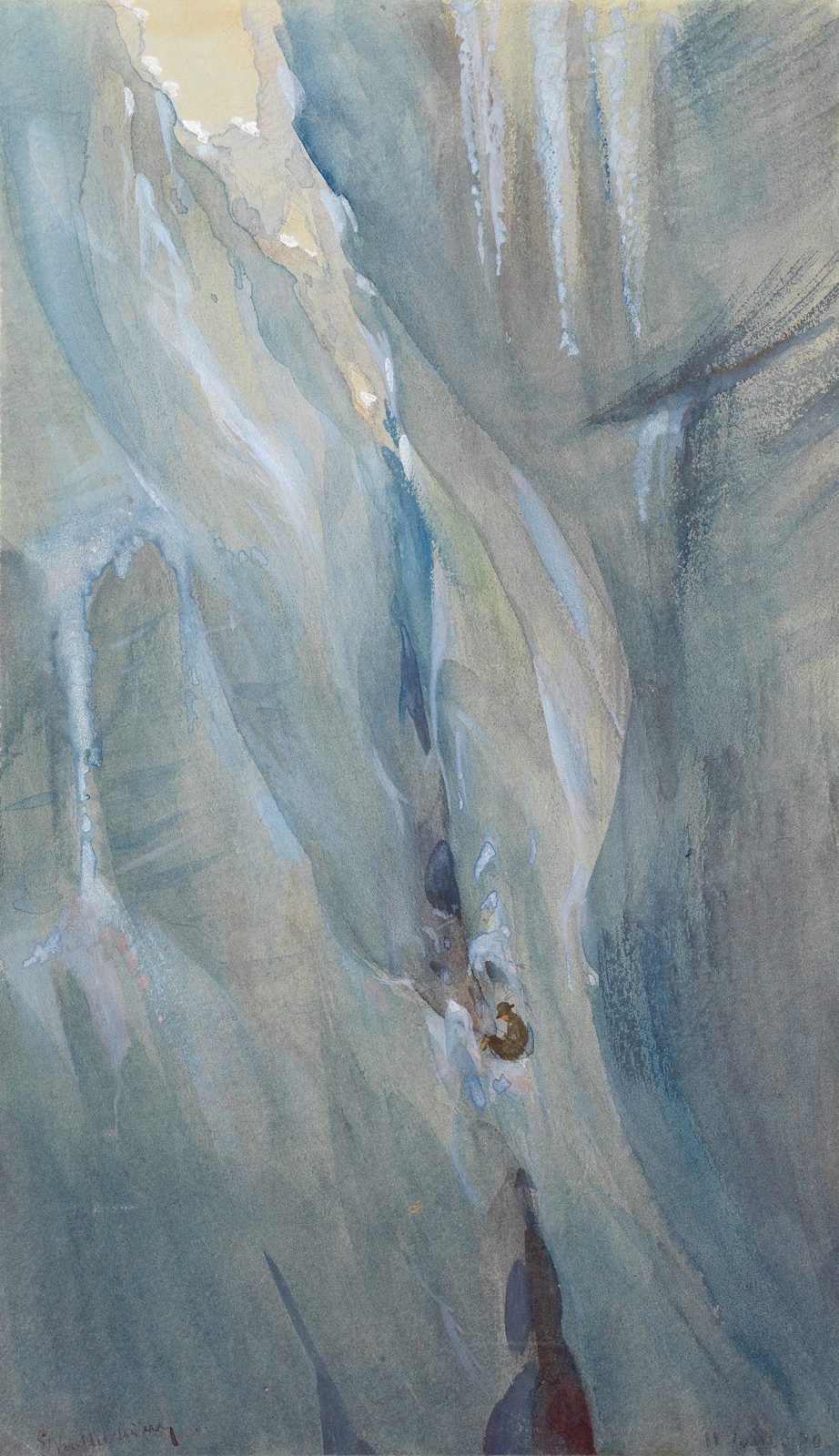
Fig. 3 Eugène Emmanuel Viollet-le-Duc, The artist sketching while trapped in a crevasse, 1870 (cat. 23)
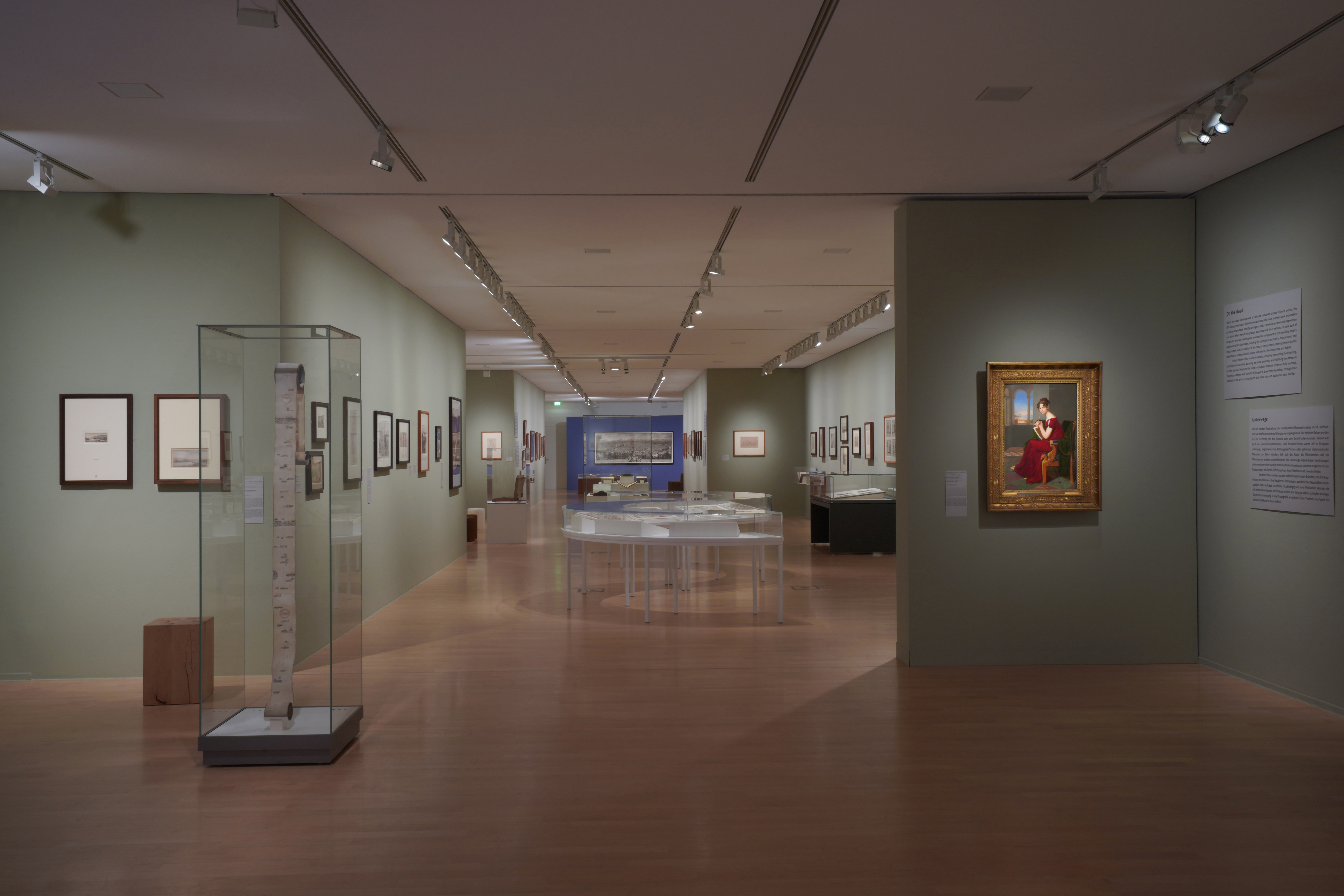
Fig. 4 Installation view. Photo: Courtesy Langlands & Bell
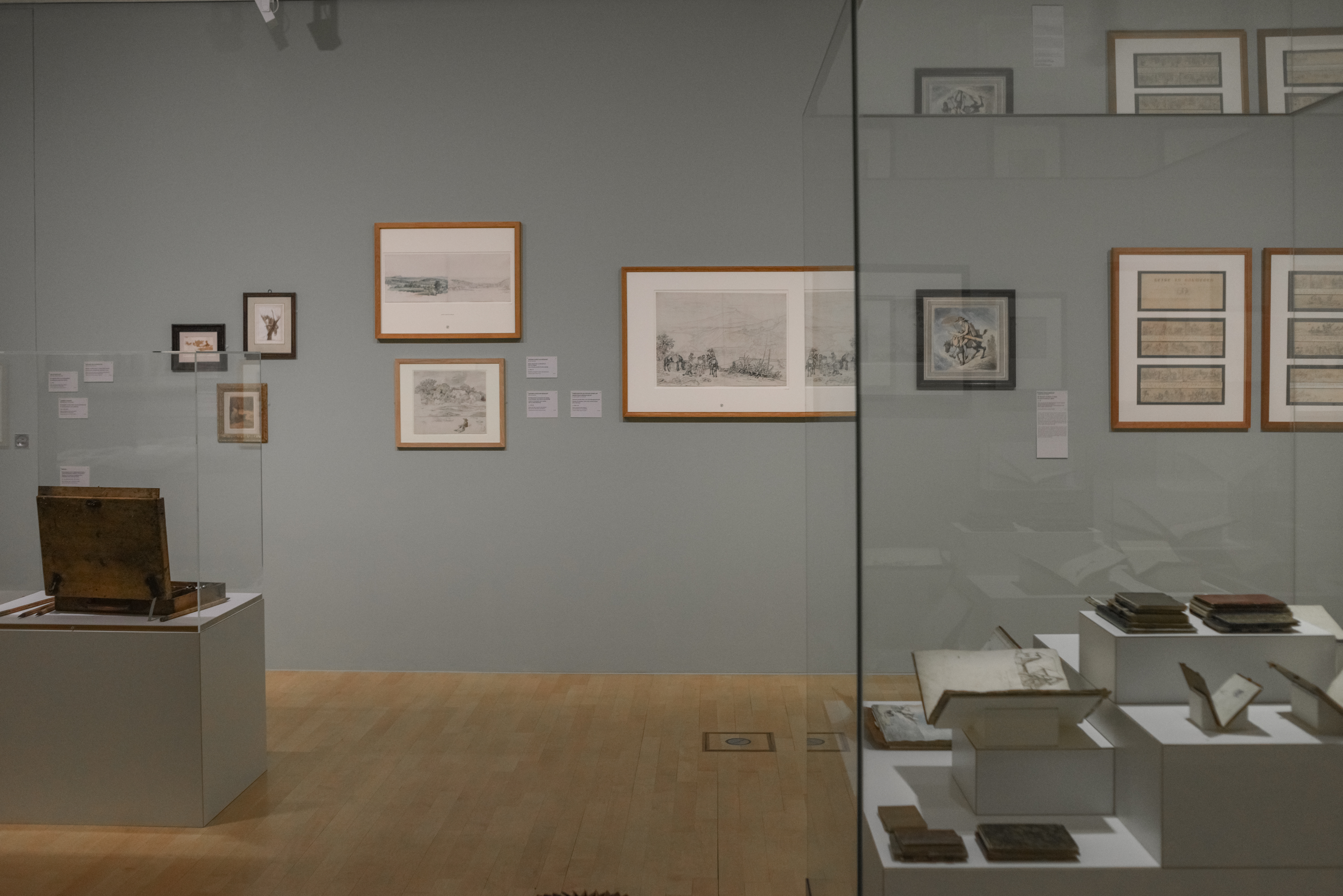
Fig. 5 Installation view. Photo: Chris Boulden
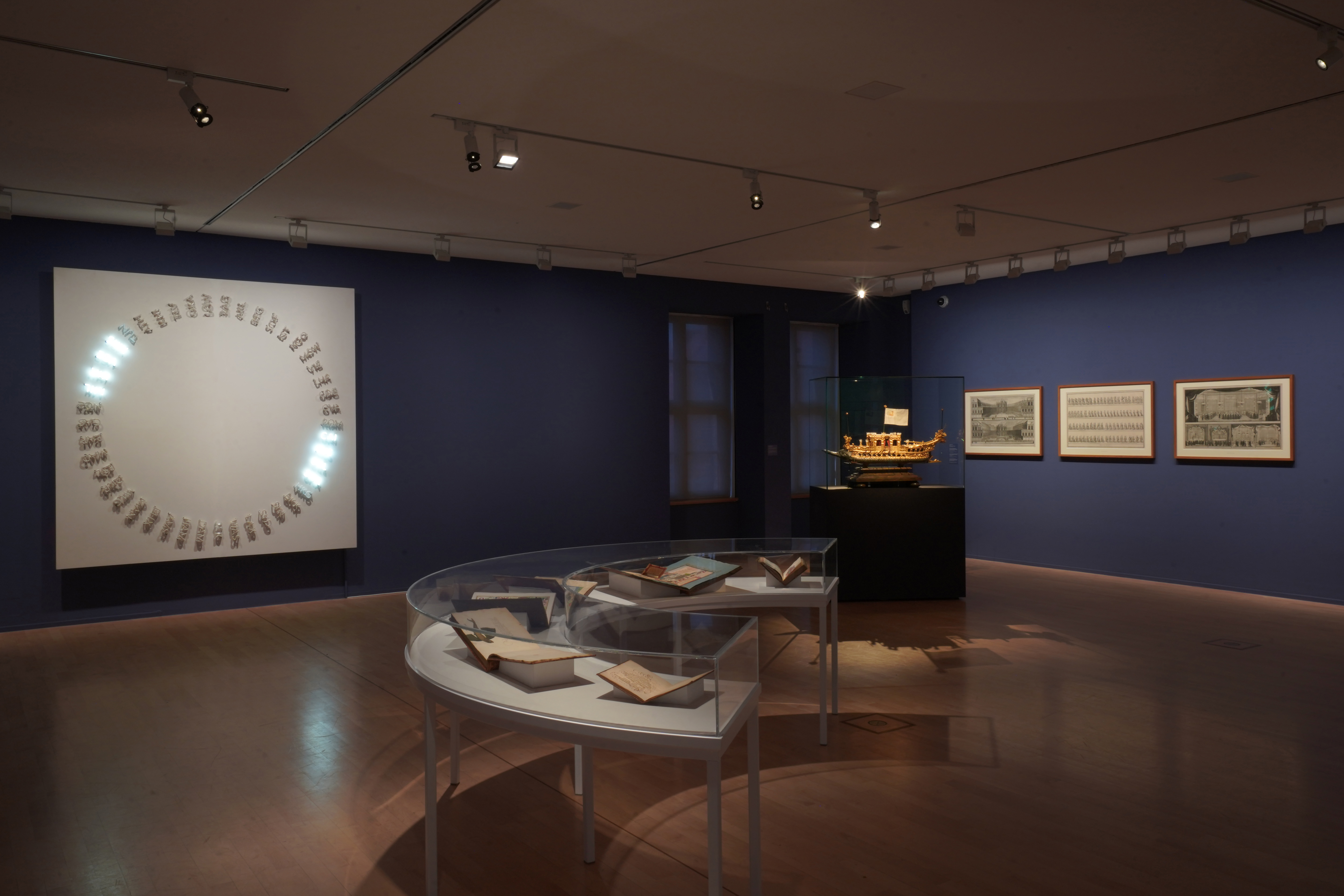
Fig. 6 Installation view of 'Dresden' room with Frozen Sky (1999) by Langlands & Bell. Photo: Courtesy Langlands & Bell
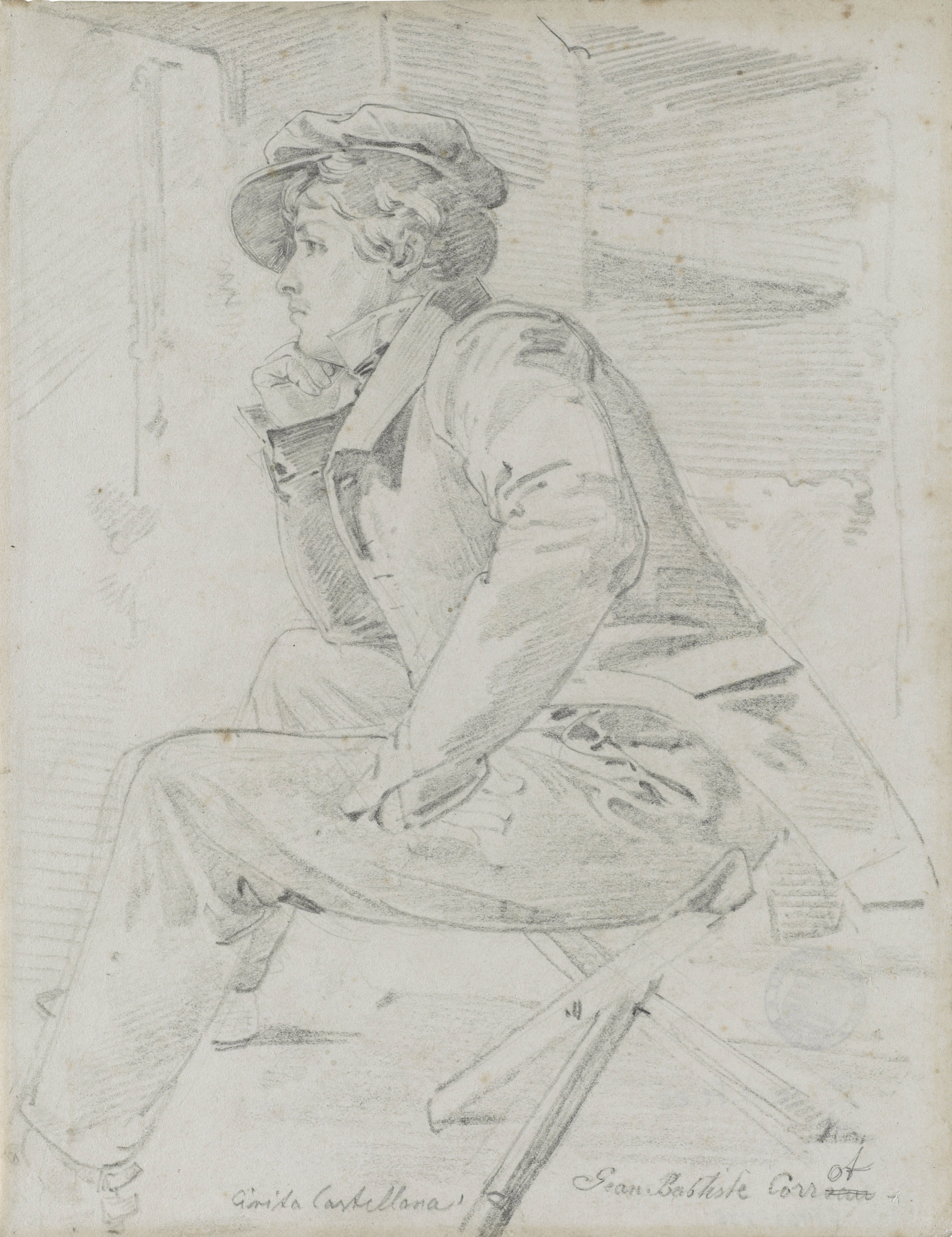
Fig. 7 Ernst Fries, Camille Corot in Cività Castellana, 1826, Kupferstich-Kabinett, SKD, inv. C 1963-835. Photo: Herbert Boswank (cat. 55.1)

Fig. 8 Johann Georg Schütz, Duchess Anna Amalia of Saxe-Weimar-Eisenach with her entourage in the gardens of Villa d’Este, Tivoli, 1789, Klassik Stiftung Weimar, Graphische Sammlungen, inv. KHz/02075. Photo: Susanne Marschall (cat. 49)

Fig. 9 Johann Anton Ramboux, The feast of the Infiorata, Genzano, 1821, Städel Museum, Frankfurt am Main, inv. 5691 Z (cat. 44)
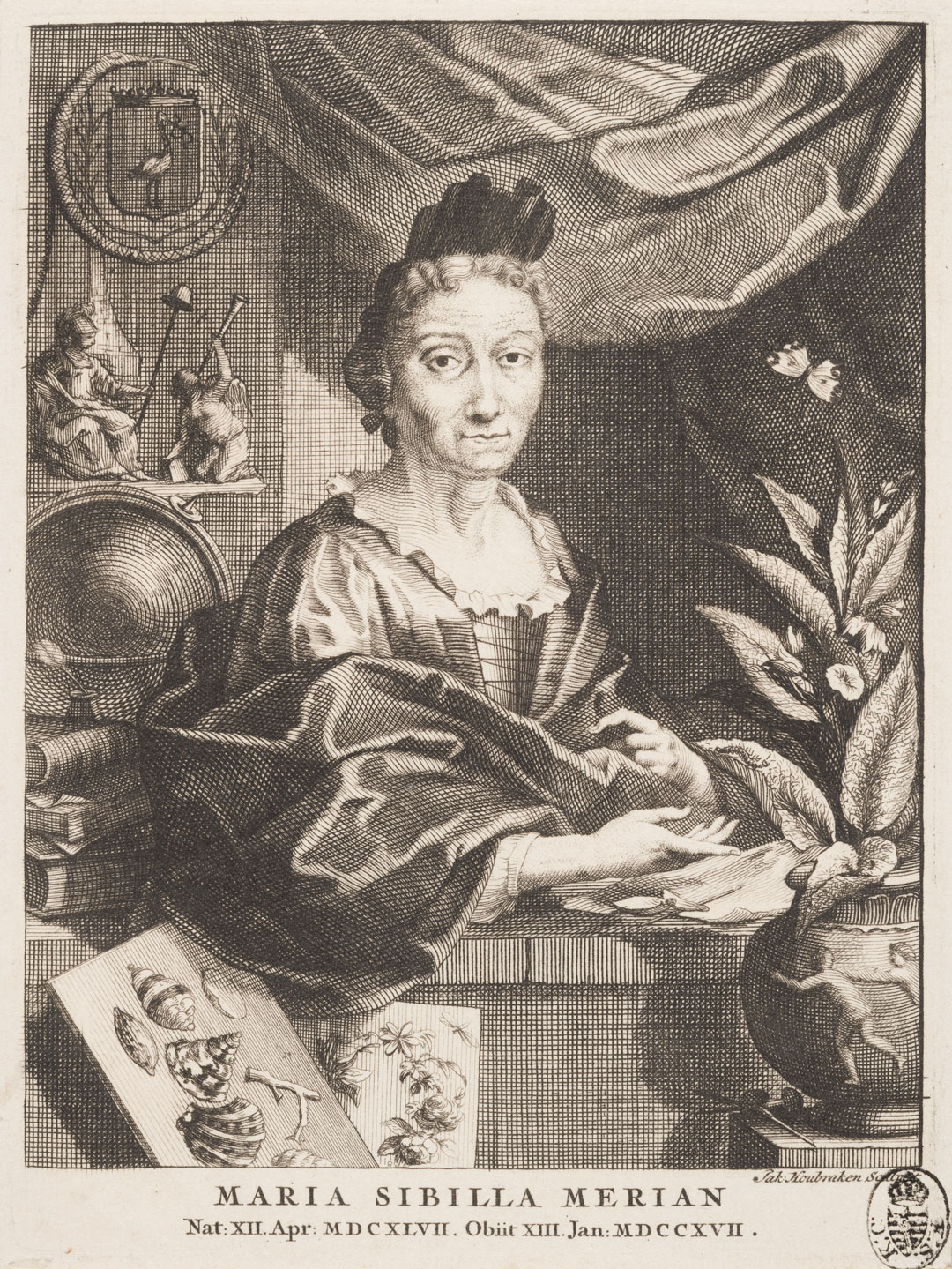
Fig. 10 Jacobus Houbraken after Georg Gsell, Portrait of Maria Sibylla Merian, c. 1717, Kupferstich-Kabinett, SKD, inv. A 36998
A celebration of artists’ studios
Less than two weeks remain to experience one of the most engaging exhibitions in London this Spring: A Century of the Artist’s Studio: 1920-2020 at Whitechapel Gallery. Curated by the Whitechapel’s Director Iwona Blazwick and her team, this extensive show features loans from public institutions and private lenders, including a carefully selected group from the Katrin Bellinger Collection comprising drawings, photographs, and a sculpture – Phyllida Barlow’s bronze cast of her paint brushes that she painted and prepared paint with (fig. 1).
Each visit to A Century of the Artist’s Studio is bound to be unique and that is part of the appeal of this rich exhibition. How long will you spend watching Paul McCarthy’s film Painter (1995), a visceral performance on the tribulations of the artist? Will you be drawn to Andy Warhol’s crowded and foil coated ‘Silver Factory’ or search for inner peace amongst the painted studio interiors of Wilhelmina Barns-Graham and Paul Winstanley? Some works might be familiar, like Martha Rosler’s seminal film Semiotics of the Kitchen (1975), but most will be new discoveries for many. One of the show’s revelations for me was self-taught artist Maud Lewis (1901-1970) who transformed her humble shack in Nova Scotia with joyful nature-inspired decorations, wonderfully naïve and personal.
The rooms are constellated with works that will stimulate visitors to think about the significance of the studio as a ‘space of one’s own’ for both male and female makers. Another loan from the Katrin Bellinger Collection and one of the first exhibits to greet visitors even before they cross the glass doors to the gallery is Antony Gormley’s drawing of a man painting his own shadow, titled The Origin of Drawing VIII (fig. 2). An open appropriation of the story from Pliny the Elder explaining that painting was born when a woman outlined the shadow of her departing lover on the wall (so as to preserve his image), its presence here invites reflection on gender stereotypes around the myth of the artist. On the same wall hang two works by Lisa Brice whose representations of women in the studio challenge the assumption that the artist is always male (fig. 3).
The dialectic between different approaches to the spaces where art is made continues in the studio corners, informative and evocative thanks to the right balance of objects and traces of the artist’s creative process. I particularly enjoyed the Henri Matisse corner, with the African kuba textiles that he bought in antique shops or on his travels, and that served as both decorations and props. The studio of Kim Lim (1936-1997) also reflected her travels. In the show, her minimalist maquettes are set against the backdrop of her studio wall where she pinned photographs alongside found objects and tools. Working from a studio in her home Kim combined her career as sculptor and printmaker with family life – an arrangement that will resonate with many.
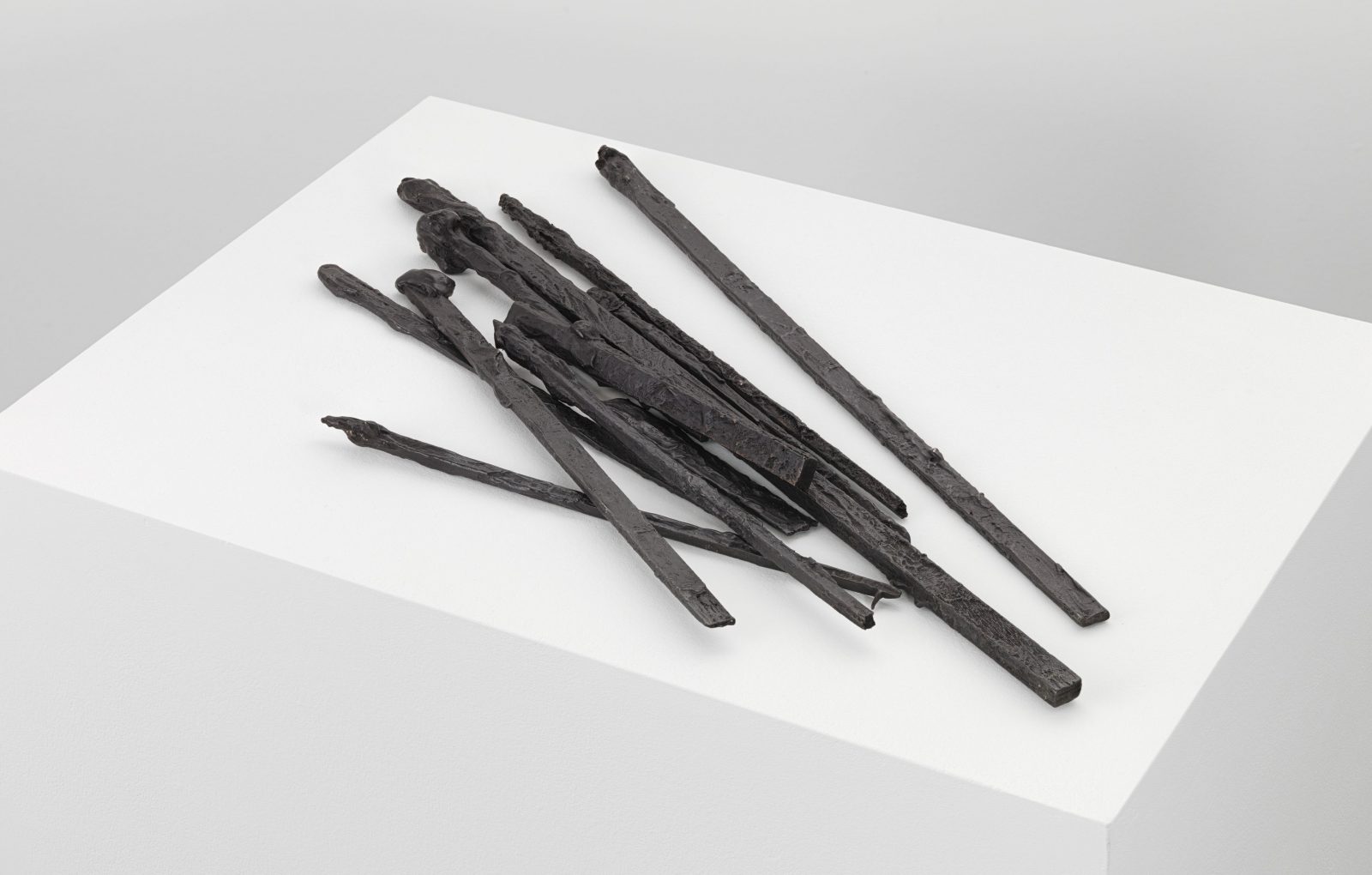
Fig. 1 Phyllida Barlow, untitled: paintsticks; 2017, 2017, 11 bronze sticks, maximum length 86 cm, Katrin Bellinger Collection, inv. no. 2017-043
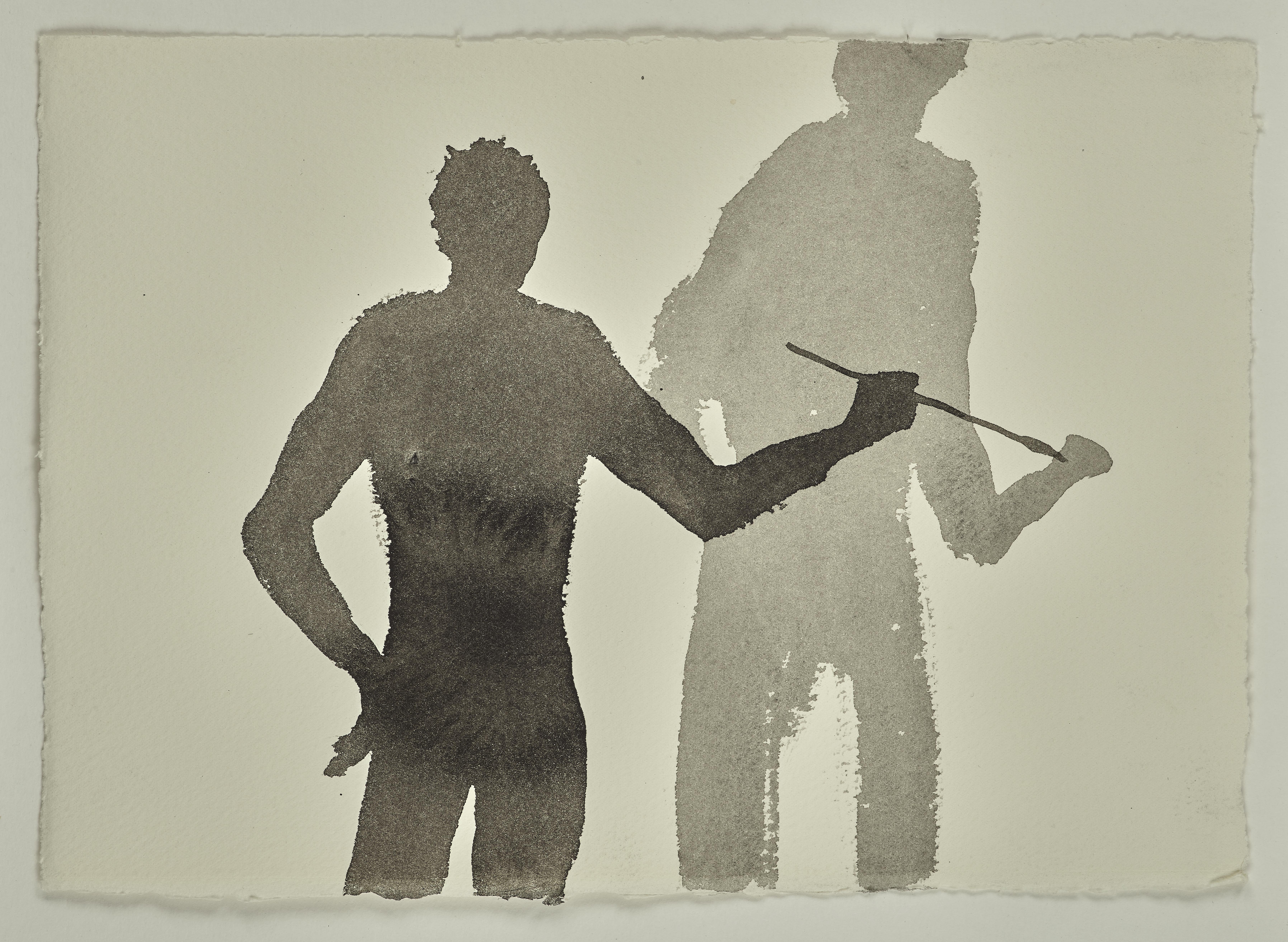
Fig. 2 Antony Gormley, The Origin of Drawing VIII, 2008, carbon and casein, 190 x 273 mm, Katrin Bellinger Collection, inv. no. 2018-054

Fig. 3 Lisa Brice, Untitled, 2019, oil on trace, 419 x 296 mm, Katrin Bellinger Collection, inv. no. 2019-063
Pastellists at work
A recent visit to La Maison du Pastel in Paris, the oldest pastel manufacturer in the world, inspired me to look afresh at the Katrin Bellinger Collection’s holdings in the medium and to consider the intersection between the art of pastel and depictions of artists at work.
Artists’ self-portraits in pastel are amongst the most iconic works of the eighteenth-century. Think of Rosalba Carriera’s Self-portrait as an allegory of Winter, c. 1745, or Jean-Etienne Liotard’s eccentric Self-portrait in Turkish costume, c.1746 [1]. Indeed, pastel proved particularly appropriate to the rendering of the softness of skin, making it exceptionally suited for portraiture. After a period of neglect during the ancien régime, it was in the late nineteenth century that the medium received a new lease of life, with the Impressionists celebrating its luminosity and immediacy.
A notable example from the Katrin Bellinger Collection is a striking self-portrait by Maurice Eliot (1862-1945), not a household name nowadays but a well-regarded pastellist at the turn of the nineteenth century (fig. 1). Here, we see the artist as if interrupted while working on a large canvas, which bears the preliminary outlines of a landscape. At once direct and mysterious, this great work is perhaps one of his most accomplished inventions beyond his preferred subject of views of the French countryside, much in the vein of the Impressionists. Just a year earlier, Eliot employed a more conventional yet effective style when depicting his friend, Charles Leandre (1862–1934), at work in their shared Parisian studio (fig. 2).
Less than a decade earlier, in 1878, Henri Roché, a man of science with a keen interest in art, took control of La Maison du Pastel, marking a pivotal point in its 300-year history. Roché’s close relationship with several contemporary artists drove his commitment to meeting their needs for reliable and solid colours in a wide range of luminous shades. Today, Isabelle Roché, distantly related to Henri, is at the helm of the firm. Since 2000, she has passionately cultivated the Maison’s unique heritage, ensuring its continued activity. It was fascinating to learn the history of the Maison from her and her close collaborator, Margaret Zayer, who oversees product development and formulation.
Entirely hand-made following the same processes adopted in the eighteenth century, the Roché pastels continue to inspire artists near and far. A name worth remembering here is that of Sam Szafran (1934-2019), a staunch champion of the Maison and its products.
Szafran’s dizzying perspectives, including depictions of his cavernous studio where multiple trays of pastels take centre stage, spoke to a niche audience and were only given due recognition posthumously (fig. 3). This renewed attention may have come thanks to the recent resurgence of scholarly and technical interest in pastel. A current exhibition at the Achenbach Foundation in San Francisco offers fascinating insights into the use of pastels from the Renaissance to today (open until 13 February 2022). With its ductile materiality and distinctive challenges, pastel allows its practitioners to cross the boundaries between drawing and painting. It also adapts in unique ways to the demands of different aesthetics and expressive quests. A case in point is Paula Rego (b. 1935), whose daring large-scale pastels were at the heart of a recent retrospective at Tate Britain.
Rego’s radical approach to pastel is embedded in a long tradition of women’s mastery of the technique, running from the sixteenth century up until today. A personal favourite in the collection is Annie Leibovitz’s photograph of an assortment of pastels that belonged to Georgia O’Keeffe (fig. 4). While her vivid pastels are a less well-known aspect of her oeuvre, O’Keeffe returned regularly to the medium and even made some of her pigment sticks herself. [2]. “Seeing them, you really have the sense that she held and used them. They are the colours of New Mexico: the reds are the sand in the hill, the blues are the sky.” [3] Thus, this celebration of pastel’s tactile beauty is also a poignant portrait, in absentia, of the American artist.
Explore related themes: Artists tools; Women Artists
Notes
[1] Dresden, Gemäldegalerie Alte Meister, inv. nos. Gal.-Nr. P 29 and Gal.-Nr. P 159.
[2] Leibovitz visited O’Keeffe’s homes in Northern New Mexico as part of her project Pilgrimage (2009-2011), in which she explored portraiture without people but through their memory-filled spaces and objects. The pastels in the photograph are in the Georgia O’Keeffe Museum, Santa Fe, New Mexico.
[3] Annie Leibovitz interviewed by Sarah Phillips, www.theguardian.com/artanddesign/2011/nov/22/annie-leibovitz-best-shoot-okeeffe
To learn more see also: www.pastellists.com
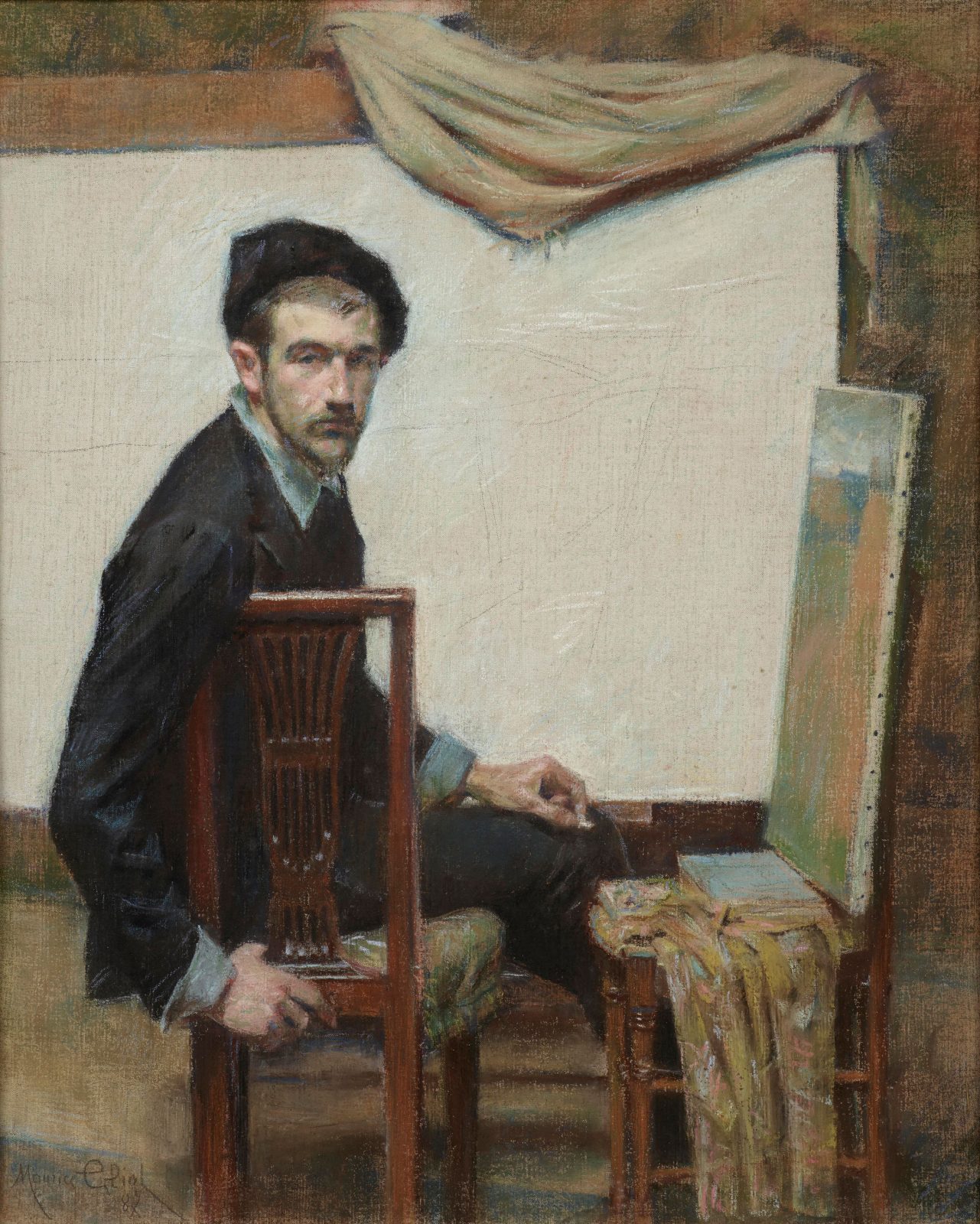
Fig. 1 Maurice Eliot, Self-portrait, 1887, pastel on canvas, 61 x 50 cm, Katrin Bellinger Collection, inv. 2019-060
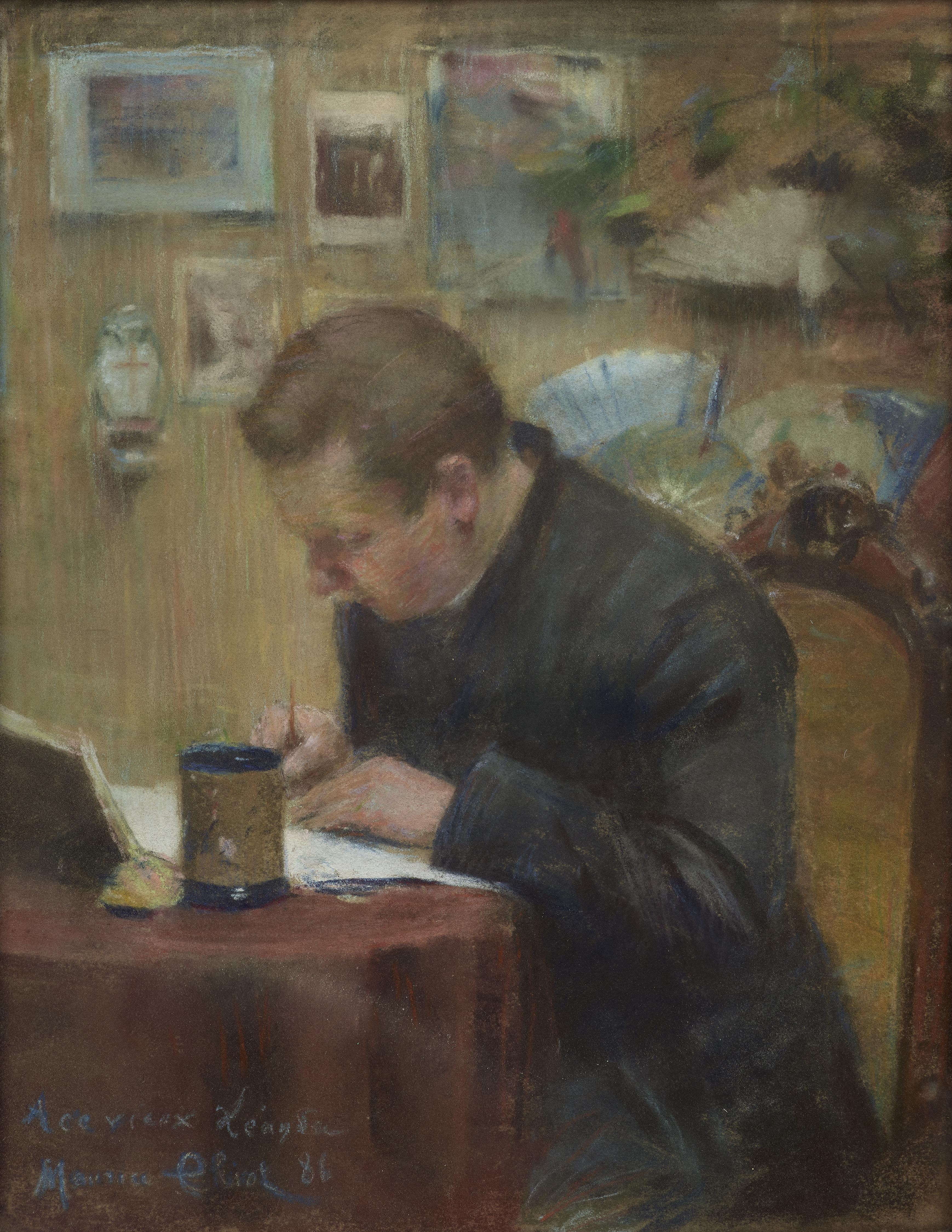
Fig. 2 Maurice Eliot, Portrait of Charles Leandre, 1886, pastel on canvas, 27 x 22 cm, Katrin Bellinger Collection, inv. 2017-022
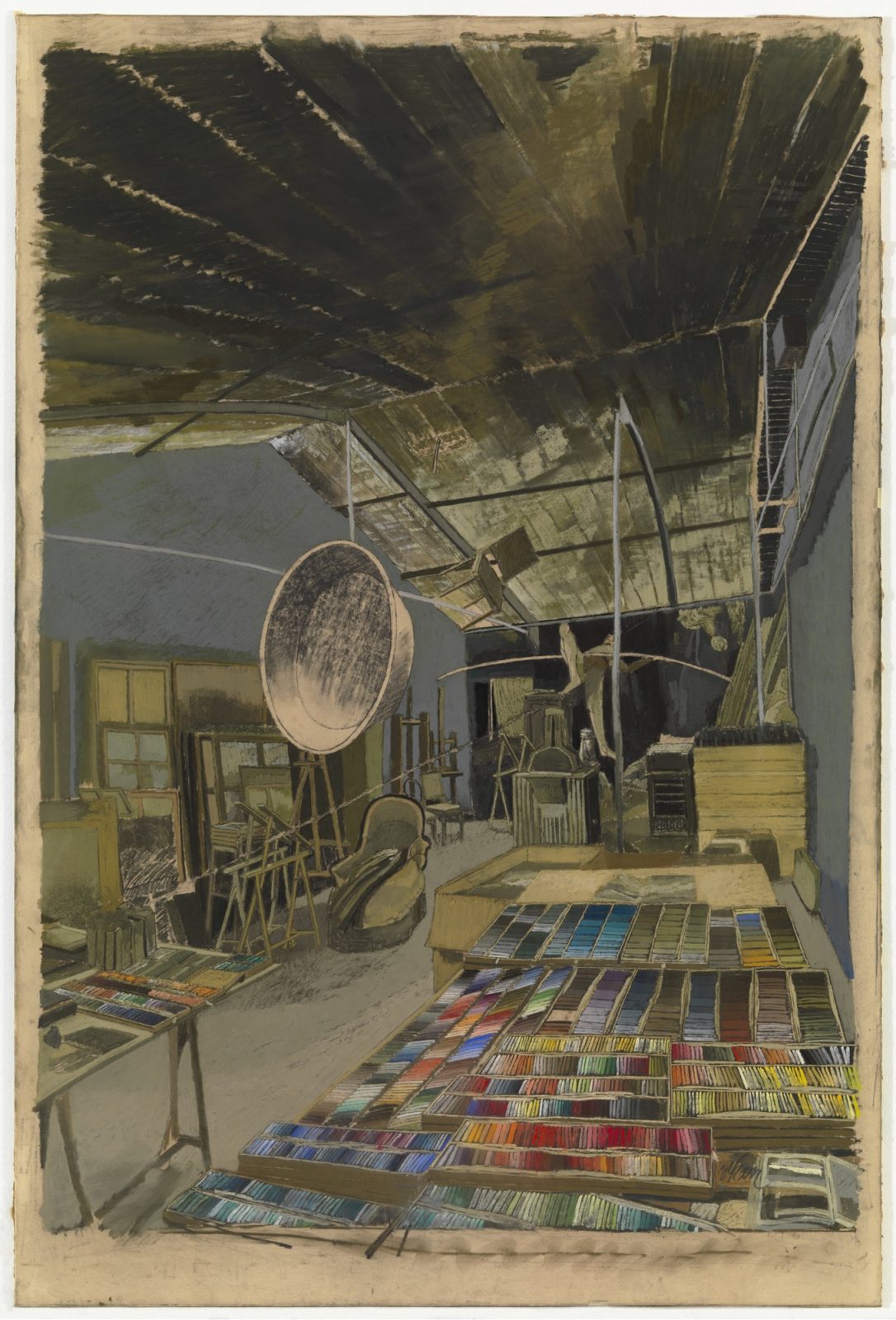
Fig. 3 Sam Szafran, Untitled, 1971, pastel on paper, 119.4 x 80.3 cm, New York, MoMA, inv. 123.1974
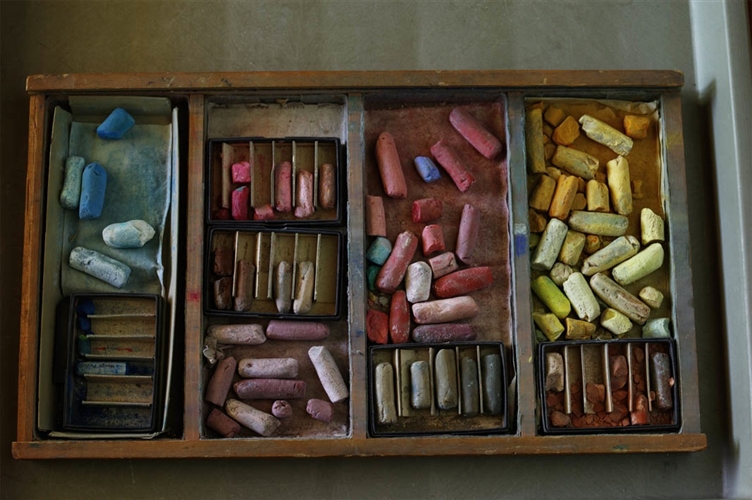
Fig. 4 Annie Leibovitz, Georgia O’Keeffe’s pastels, from ‘Pilgrimage’, 2010, archival pigment print, 34.29 x 50.8 cm, Katrin Bellinger Collection, inv. 2012-023
The Human Touch at the Fitzwilliam Museum, Cambridge
After a year during which physical contact has been suddenly precluded to us and we have all had to adapt to virtual or distanced encounters like never before, a museum exhibition focusing on the cultural history of the sense of touch is bound to make a mark.
Curated by Elenor Ling, Curator of Paintings, Drawings and Prints, and Suzanne Reynolds, Curator of Manuscripts and Printed Books, the Fitzwilliam Museum’s interdisciplinary show The Human Touch: Making Art, Leaving Traces features objects spanning four millennia of human experience and tells the story of how touch, specifically human touch, has defined perceptions and beliefs, inspired scientific advancements, and fascinated artists and intellectuals. Drawing primarily from the rich heritage of Cambridge University and its museums, the show also includes some important loans from public and private collections, with a considerable group coming from the Katrin Bellinger Collection.
The objects included in the exhibition tell of the multi-layered history of touch. Amongst the topics explored is that of the physical interaction with works of art, either in the process of their creation, or at a later phase of fruition. This aspect is amply demonstrated through examples of manuscripts that show the signs of their use and their readers’ different ways of ‘making their mark.’
At the heart of the display is a section devoted to the hands of the artist, where the hand as the painter’s or sculptor’s primary tool intersects with the hand as object of investigation. In the process of selecting possible loans to the show, in dialogue with the curators and with Katrin Bellinger, we each shared insights into the complexity of the role of touch in art. And it was a pleasure to see how the selected works were incorporated into the exhibition’s intertwining narratives.
A study of hands sharpening a quill by Agostino Carracci (1557–1602) seems to teach us a double lesson. It is a beautiful example of Agostino’s draughtsmanship while also demonstrating the technique used to prepare one of the fundamental artists’ tools. The didactic aim was at the origin of this sheet, and it was engraved by Luca Ciamberlano for one of the plates of the instructional drawing book La scuola perfetta per imparare a disegnare tutto il corpo humano…, c. 1620, Rome (Fig. 1).
Amply featured in artists’ manuals, hands are notoriously hard to draw or paint. A challenge that will never cease to intrigue. A small intimate oil sketch by contemporary French artist Louis Wade (not in the exhibition) transports us to the heart of the studio by homing in on a crop of the painter’s hands intent in wiping his paintbrushes (Fig. 2).
A drawing by Edgar Degas (1834–1917) attests to his early attempts at mastering the difficult task of drawing his own hands at work, which, as for Wade, would have entailed the use of a mirror (Fig. 3). This subtle portrayal is also a touching testimony of Degas’ admiration for the old masters—the pale pink prepared paper is reminiscent of the tone favoured by Raphael for his metal-points. Degas collected drawings of hands by fellow artists and owned a cast of the hand of Jean-Auguste-Dominique Ingres, whom he revered, holding a pencil. [1] As well as testimonies of their skills, the painted or sculpted hands of famous artists could also come to be perceived as portraits of sorts.
A recent acquisition, Rebecca Ackroyd’s Scratching the surface (not in the exhibition), shows a hand, writing in a diary. While aligned with the artist’s uncanny penchant for disembodied limbs, it also places the accent on the subjective power of the hand and its ability, through the acts of drawing or writing, to dig beyond the appearance of things (Fig. 4).
It was interesting to see works from the Katrin Bellinger Collection included in other sections of The Human Touch apart from that devoted to the hand of the artist. A Dutch painting, Pygmalion and Galatea is part of a section exploring myths that call into play the power of touch and its moral implications. Here, Pygmalion does not place his hand on the beautiful statue he has created but instead wistfully presents his beloved with a bunch of flowers. The scene is centred on the physical encounter between the real flowers and the stony sheaf of wheat in Galatea’s hand. The expert hand of the sculptor is further alluded to in the tools scattered around him (Fig. 5).
A final section on touch and belief includes four sets of Marianne Raschig (1879–c.1939)’s hand-prints of artists. The renowned German palmist collected over 2000 such handprints of musicians, artists, writers, and scientists. Signed and dated by each individual, including prominent figures in the cultural panorama of 1920s Berlin, they stand as compelling testimonies of direct contact, of a time and place, as well as being instruments through which Raschig developed her theories. Palm readers believe that our hands have a series of ‘lines and ‘mounts’ which reveal our personality traits and can even help predict our future. The left handprint of German artist Käthe Kollwitz (1867–1945) was also chosen as poster image for the show and features on the cover of the beautifully illustrated catalogue, with essays by Jane Munro and the two curators contextualizing the various strands that interlink in this thought-provoking exhibition (Fig. 6).
The Human Touch: Making Art, Leaving Traces is open at the Fitzwilliam Museum, Cambridge, until 1 August 2021
EXPLORE RELATE THEME: THE ARTIST’S HAND
Note
[1] Now in the École nationale supérieure des Beaux-Arts, Paris; see Elenor Ling, Suzanne Reynolds and Jane Munro, The Human Touch: Making Art, Leaving Traces, exhibition catalogue, The Fitzwilliam Museum, Cambridge, 2021, p. 53, fig. 41.
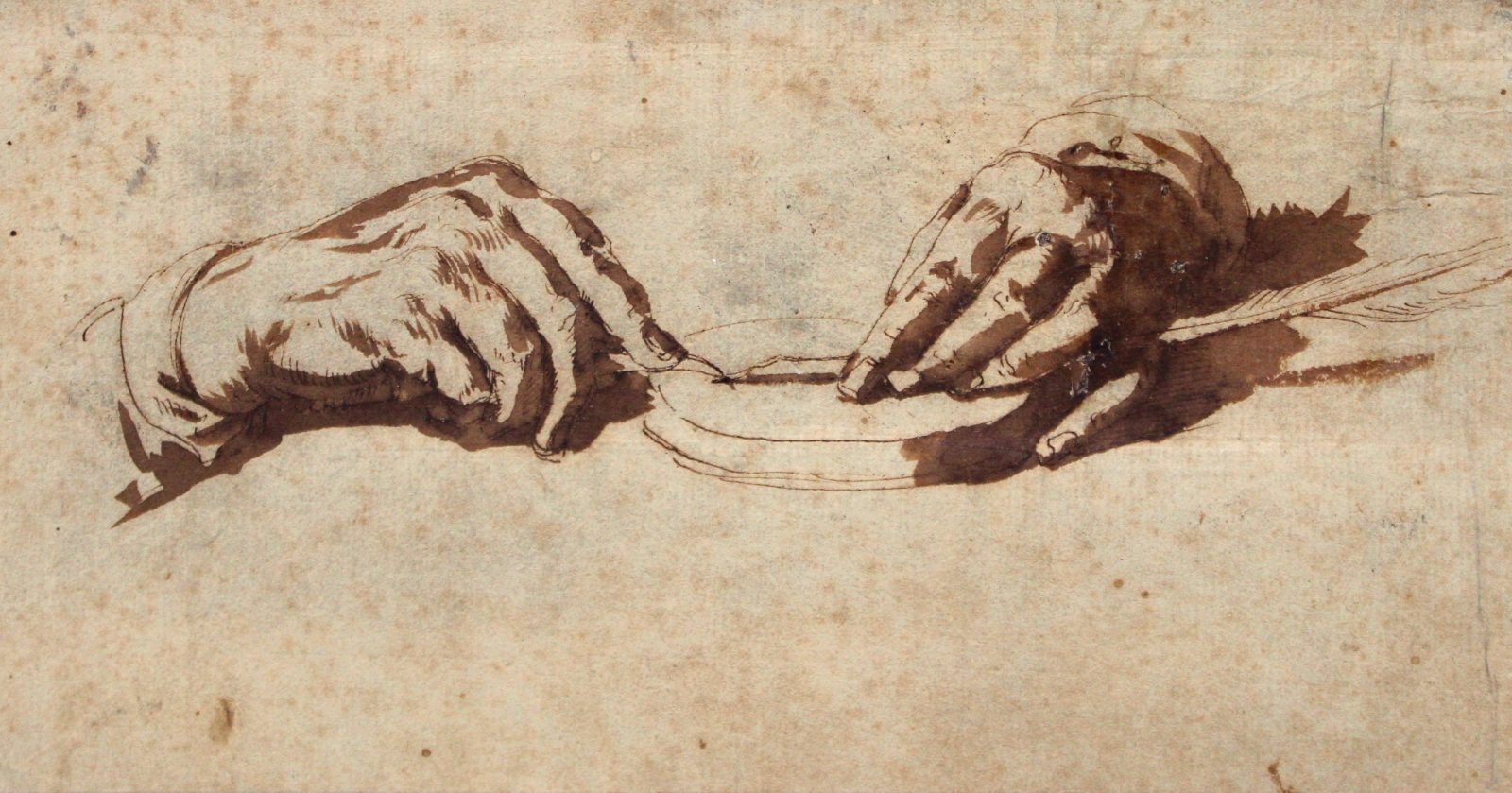
Fig. 1 Agostino Carracci, Study of hands sharpening a pen, c. 1600, pen and brown in, brown wash, on paper pricked for transfer, 107 x 202 mm, Katrin Bellinger Collection, inv. 2018-012

Fig. 2 Louis Wade, Study of the artist’s hands (cleaning his brushes), 2017, oil on wood, 200 x 250 mm, Katrin Bellinger Collection, inv. 2019-007

Fig. 3 Edgar Degas, Study of the artist’s hands, with other studies, c. 1835-54, graphite on pale pink laid paper, 312 x 234 mm, Katrin Bellinger Collection, inv. 2018-015

Fig. 4 Rebecca Ackroyd, Scratching the surface, 2020, epoxy resin, 290 x 190 mm, Katrin Bellinger Collection, inv. 2020-017
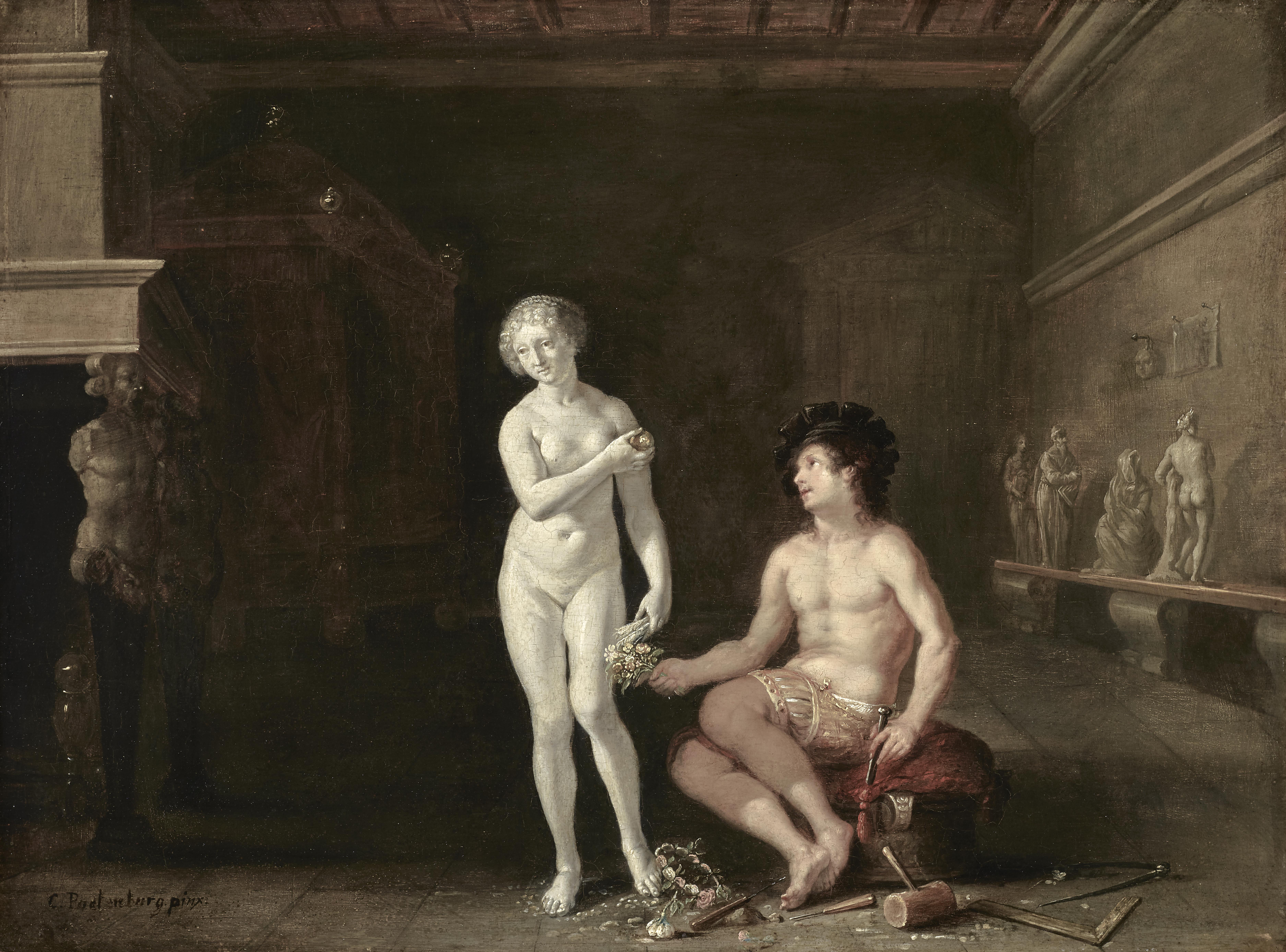
Fig. 5 Dutch School, c. 1670, Pygmalion and Galatea, oil on panel, 380 x 510 mm, Katrin Bellinger Collection, inv. 1995-048
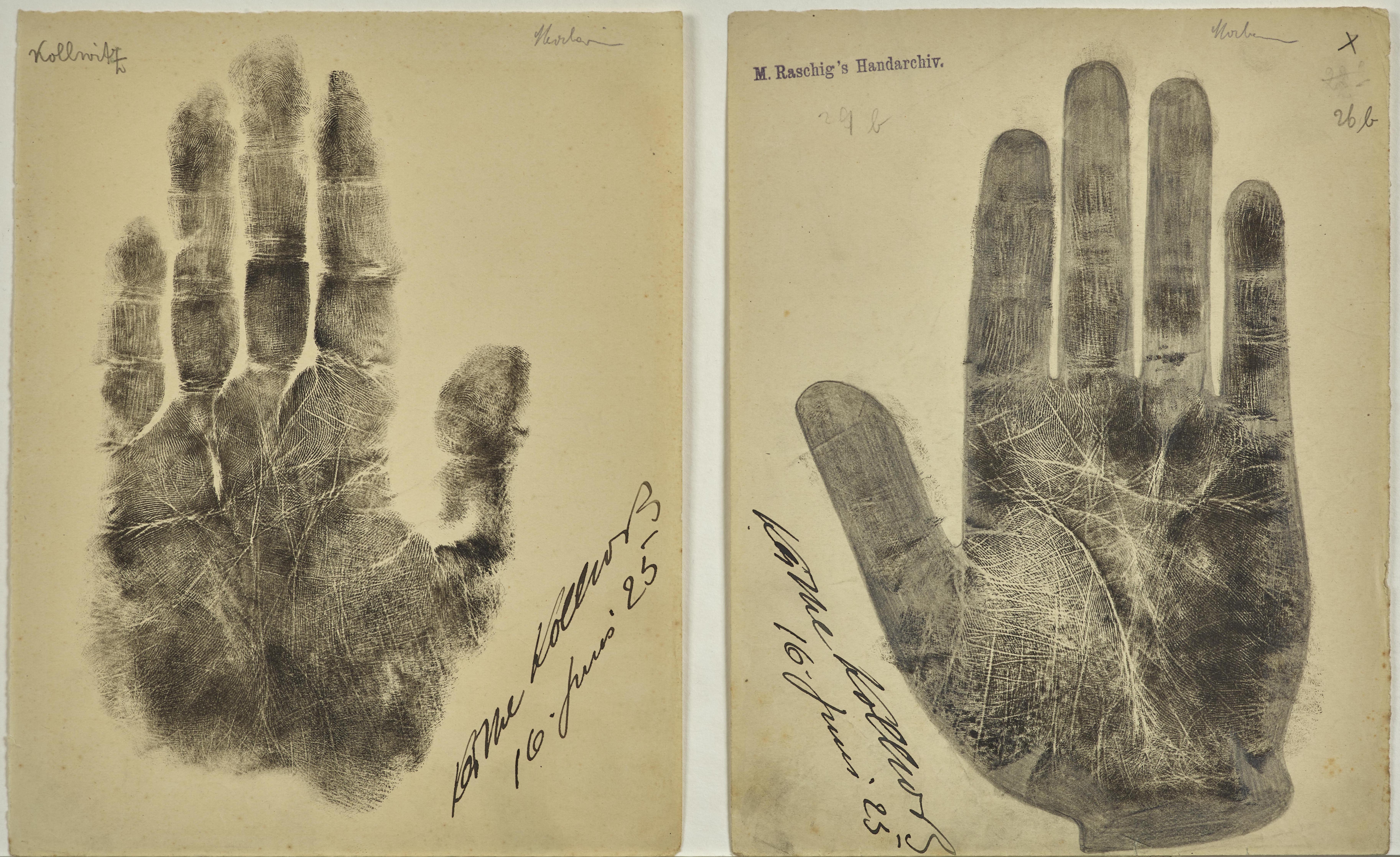
Fig. 6 Marianne Raschig, Hand-prints of Käthe Kollwitz, signed 16 June 1925, ink on paper, touched with graphite, 210 x 165 mm (each), Katrin Bellinger Collection, inv. 2013-017
A UK first: Artemisia Gentileschi at the National Gallery
The National Gallery’s exhibition Artemisia was one of the long-awaited shows of 2020 and no postponement or interruption dampened the well-deserved excitement that built around it. The London institution’s significant acquisition in 2018 of Artemisia Gentileschi’s (1593–1654) Self-portrait as Saint Catherine of Alexandria (fig. 1), and the lack of a monographic exhibition devoted to her in the UK, contributed to impress on curator Letizia Treves the necessity for one such effort. The show featured thirty-six paintings covering the full span of Gentileschi’s peripatetic career and including many of her best-known and best-preserved works [1].
Forming a diverse group within her oeuvre, Artemisia’s self-portraits blurred the boundary between self-promotion and artistic practice, and her insertion in many of her paintings was noted by her contemporaries, who would have appreciated both her wit and her business-acumen. This inspired me to focus here on images of Artemisia, either by herself or by others, to consider their significance both within and beyond the span of her career.
A Roman artist
Born in Rome, Artemisia’s only teacher was her father, the celebrated painter Orazio Gentileschi (1563–1639). As a woman she was not allowed to leave her home unsupervised and wander freely around the street, churches and palaces of the Holy City (she was also responsible for her three younger brothers). In spite of these limitations, Artemisia Gentileschi quickly developed into a competent painter, so skilled to inspire her father’s pride. Her earliest signed and dated work, the Suzanna and the Elders (Schloss Weißenstein), made when she was 17 years old, is an accomplished and original retelling of the familiar moral tale, from a female perspective.
The course of her life was drastically diverted when one of father’s associates, the well-connected painter Agostino Tassi, raped the young Artemisia, later promising to marry her. A promise he broke, leading to Orazio pressing charges against Tassi. The trial that followed was a public affair and resulted in Tassi’s sentencing to exile – a punishment that was never enforced. Soon after the trial it was Artemisia who left her native city in search of a fresh start, having married Pierantonio Stiattesi, a modest Florentine painter.
Florence 1613-1620
In Florence, Gentileschi becomes the first female member of the prestigious Accademia del Disegno. Probably soon after her arrival she executed her first known self-portrait, fashioning herself as a female martyr (fig. 2). The motif of the cloth loosely wrapped around the figure’s head helps to characterize the protagonist as a historical character while also relating to Artemisia’s own involvement with theatrical dress-up: she is said to have performed the role of a gypsy.
In her now famous self-portrait in the guise of the 4th-century Christian martyr, Saint Catherine of Alexandria (see fig. 1), she continued to play with self-fashioning and to blur the boundary between self-portraiture and historical depiction, by combining Catherine’s crown with the piece of fabric loosely wrapped around her head by way of a signature. Legend describes Saint Catherine as a philosopher and daughter of a prince of Egypt, who was tortured on the spiked wheel for refusing to renounce her Christian faith. Her martyrdom is symbolized by the palm branch she holds in her right hand.
One of the highlights of the show was the opportunity to see Artemisia’s four Florentine self-portraits in a glorious line-up. Technical analysis recently carried out by the Opificio delle Pietre Dure, Florence, has shown that the National Gallery and Uffizi (fig. 3) versions of Saint Catherine are based on the same preparatory drawing or cartoon, and that this also constituted the starting point for the striking Self-portrait as a Lute Player in Hartford (fig. 4).
Back in Rome: Artemisia’s hand
Despite the demand for her paintings in Florence and her attempts to be seen as an artist of Tuscan lineage (she adopted the surname Lomi, after her paternal grandfather, a goldsmith), Artemisia was forced back to Rome by financial hardship. She also lost three of her five children. Comfort came, at least in part, from her love affair with the Florentine nobleman Francesco Maria Maringhi. The discovery in 2011, in the Archivio Storico Frescobaldi in Florence, of a group of letters written by Artemisia and her husband to Maringhi, reveals him as not only her lover, but also a confidant, intermediary and financial supporter for the rest of her life (the two met in Florence when they were both 24 years old).
Back in Rome from early 1620, Artemisia’s success grew. She became a sought-after portraitist and continue to develop her unique brand of Caravaggism. Together with the attention of patrons, the artistic community’s fascination with Artemisia as woman and artist developed, as attested by the many depictions of her likeness in paintings, drawings, prints and medals. Her contemporaries may have been aware of the misadventures of her youth but did not mention them. There was so much more about Artemisia deserving of praise: her wit, her talent, her beauty.
Simon Vouet’s painting of circa 1623-26 (fig. 5) portrays her as both elegant and committed to her trade, with a palette and brush in her left hand and a toccalapis (chalk holder) in her right. The prominently displayed gold medallion features a mausoleum, a witty play on words used to identify the illustrious sitter by referring to her namesake, Artemisia of Halicarnassus (d. 350 BC), who built the famous Mausolus, one of the wonders of the ancient world.
Not far from Vouet’s large portrait, visitors to the exhibition would encounter a chalk drawing by Pierre Dumonstier II, who, like Vouet, met Artemisia in Rome. This is a symbolic portrait of the artist, as it shows Artemisia’s right hand elegantly holding a brush (fig. 6). The inscription on the verso of the sheet translates as ‘The hands of Aurora are praised and renowned for their rare beauty. But this one is a thousand times more worthy for knowing how to make marvels that send the most judicious eyes into raptures.’
Venice, Naples, London: The spirit of Caesar in the soul of a woman
Her notoriety was not enough to guarantee Artemisia’s life in Rome. Instead, after a brief stint in Venice where she painted her majestic Esther before Ahasuerus (Metropolitan Museum of Art, New York), she would be based in Naples for the rest of her life while constantly seeking the elusive support of foreign noble patrons.
Her short yet important sojourn in London in the late 1630s was celebrated in the last room of the National Gallery’s display. In London, she had the chance to reunite with her father and briefly collaborate with him on his last big commission, the ceiling paintings of the Queen’s House, in Greenwich (now at Marlborough House in London).
It was probably during her stay in London that Gentileschi painted one of her most iconic works, the Self-portrait as Pittura (fig. 7), “the quintessential Baroque version of the Allegory of Painting” [1]. It is based only in part on Cesare Ripa’s description in the Iconologia (fig. 8), note the gold chain with a pendant mask which stands for imitation, and the unruly locks of dark hair which signify the frenzy of the artistic temperament. By then in her 40s, Artemisia imbued her allegorical self-portrait with the qualities she considered vital to her art: her Pittura is an energetic maker, not a static symbol.
Despite achieving fame and recognition in her lifetime, Artemisia was long overlooked until her ‘rediscovery’ initiated by feminist art scholars in the 1970s. Experts have long grappled with the relationship between her personal experiences and the content of her paintings – often focusing on resolute female heroines. By focusing on her oeuvre through particularly outstanding examples, the National Gallery’s show succeeded in shifting our attention towards her skills and talents as a Baroque artist, without losing sight of her unique story and struggles.
Building on the momentum of the London show the Wadsworth Atheneum Museum of Art in Hartford has announced its first exhibition solely dedicated to Italian women artists, entitled By Her Hand: Artemisia Gentileschi and Women Artists in Italy, 1500–1800 (September 30, 2021 – January 9, 2022).
Explore related themes: Women artists, Allegories of the arts
Note
[1] Exhibition catalogue, Artemisia, National Gallery, London, 2020, ed. Letizia Treves.
[2] Mary D. Garrard, ‘Artemisia Gentileschi’s Self-Portrait as the Allegory of Painting’, The Art Bulletin, vol. 62, no. 1, 1980, p. 106.
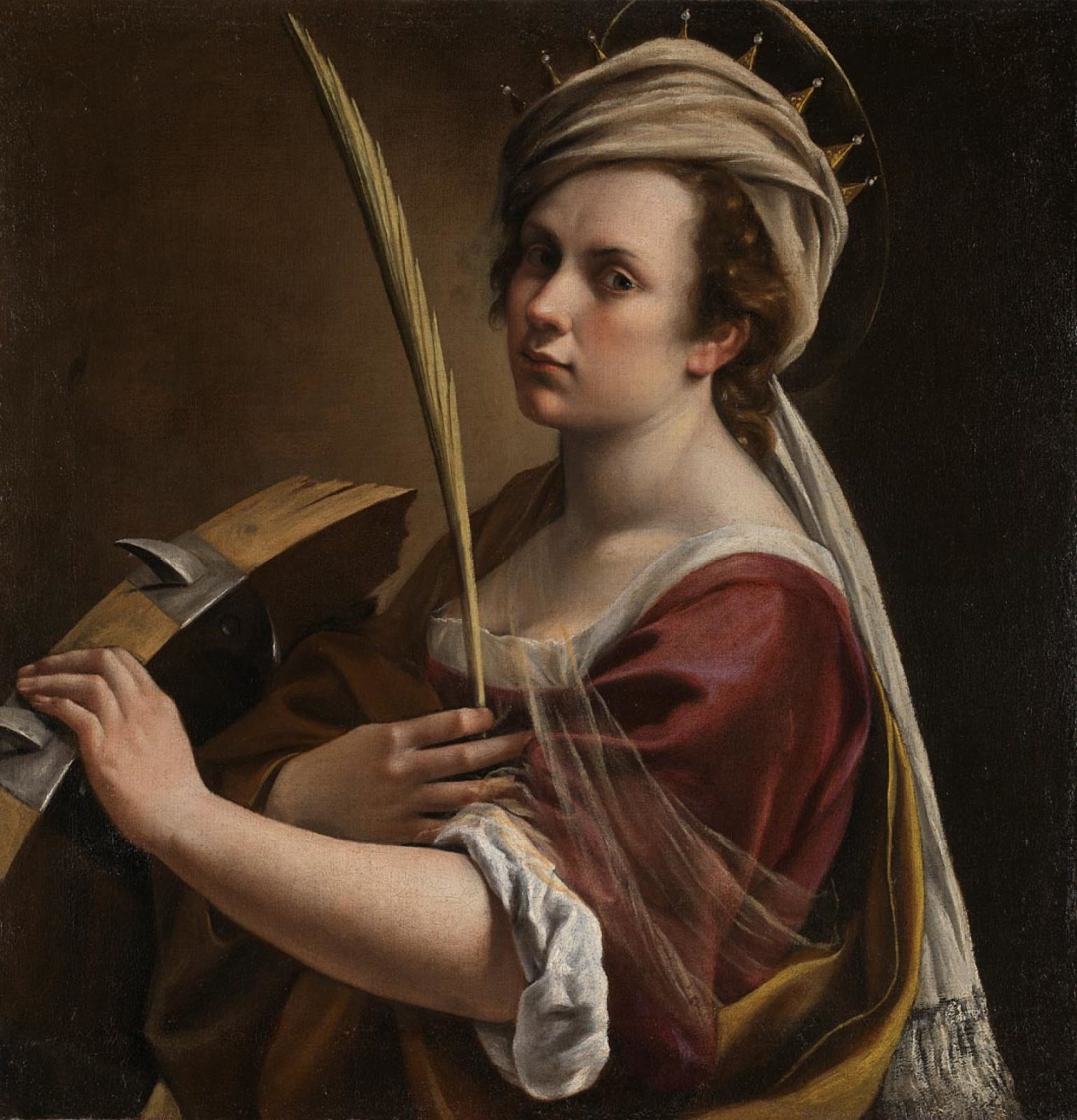
Fig. 1 Artemisia Gentileschi, Self-portrait as Saint Catherine of Alexandria, c. 1615-17, oil on canvas, 71.4 × 69 cm, National Gallery, London
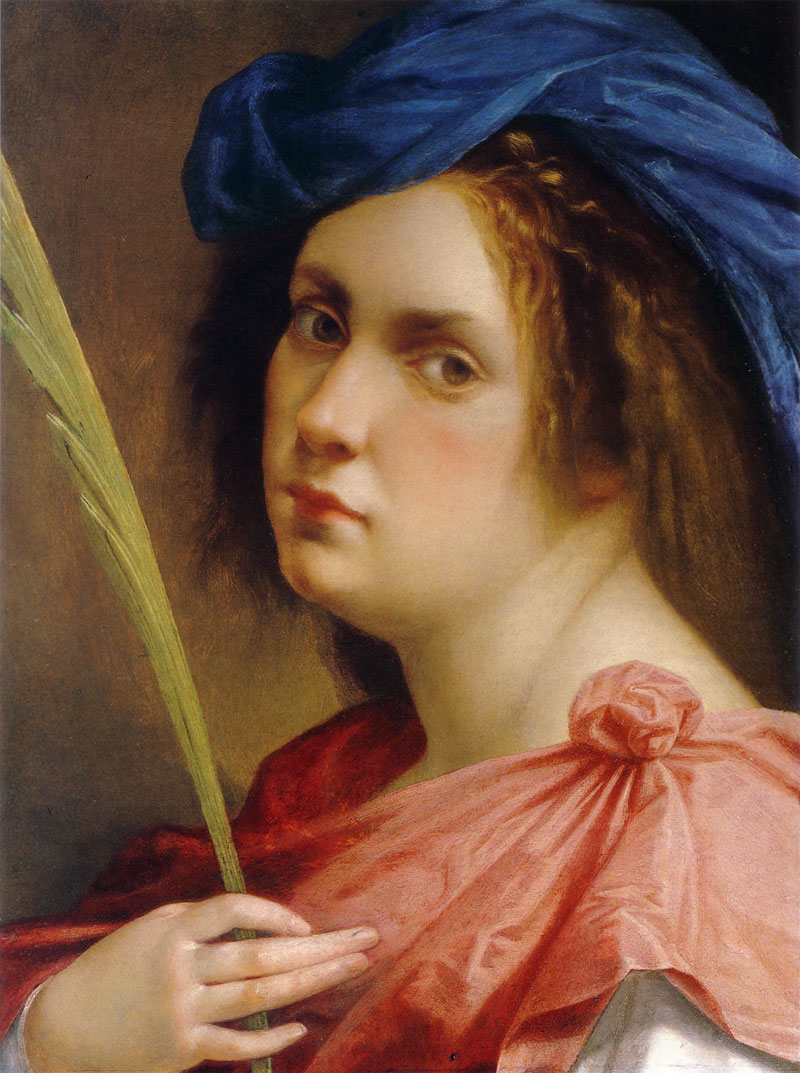
Fig. 2 Artemisia Gentileschi, Self-portrait as a female martyr, c. 1615, oil on canvas, 32 x 24.7 cm, private collection
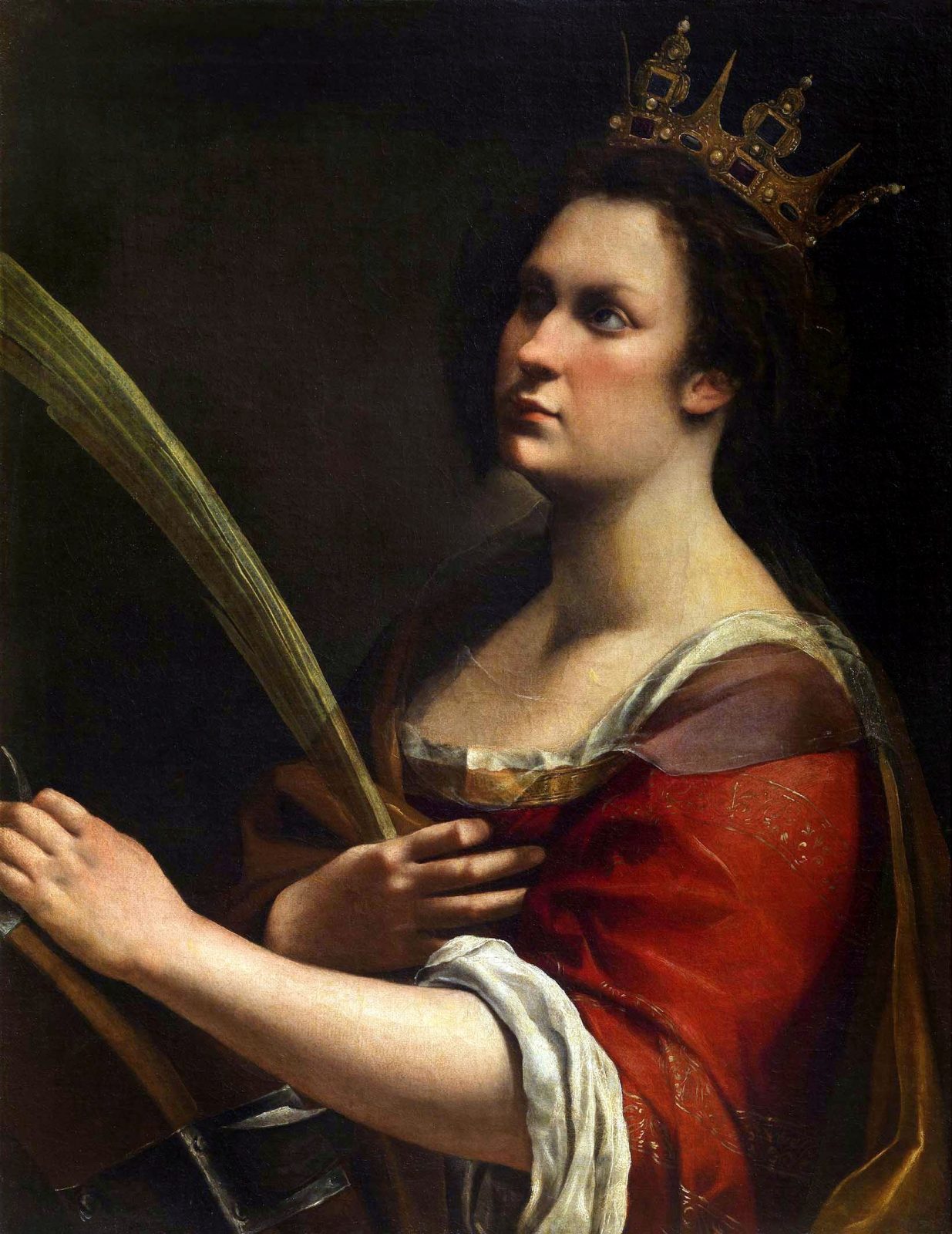
Fig. 3 Artemisia Gentileschi, Saint Catherine of Alexandria, c. 1615-17, oil on canvas, 77 x 62 cm, Gallerie degli Uffizi, Florence
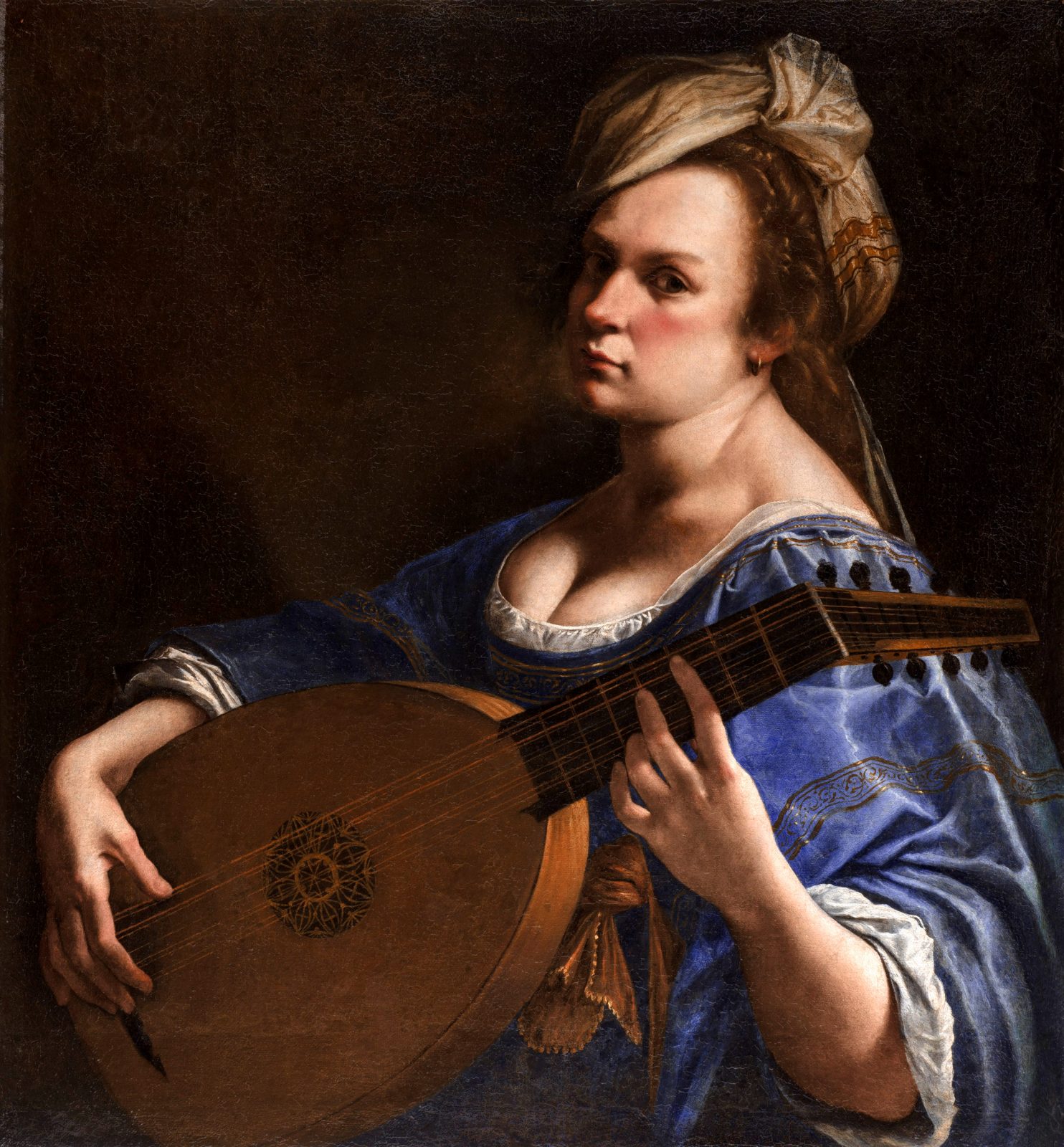
Fig. 4 Artemisia Gentileschi, Self-portrait as a Lute Player, 1615-17, oil on canvas, 30 x 28 cm, Wadsworth Atheneum Museum of Art, Hartford, Connecticut

Fig. 5 Simon Vouet, Portrait of Artemisia Gentileschi, c. 1623-25, oil on canvas, 90 × 71 cm, Palazzo Blu, Pisa
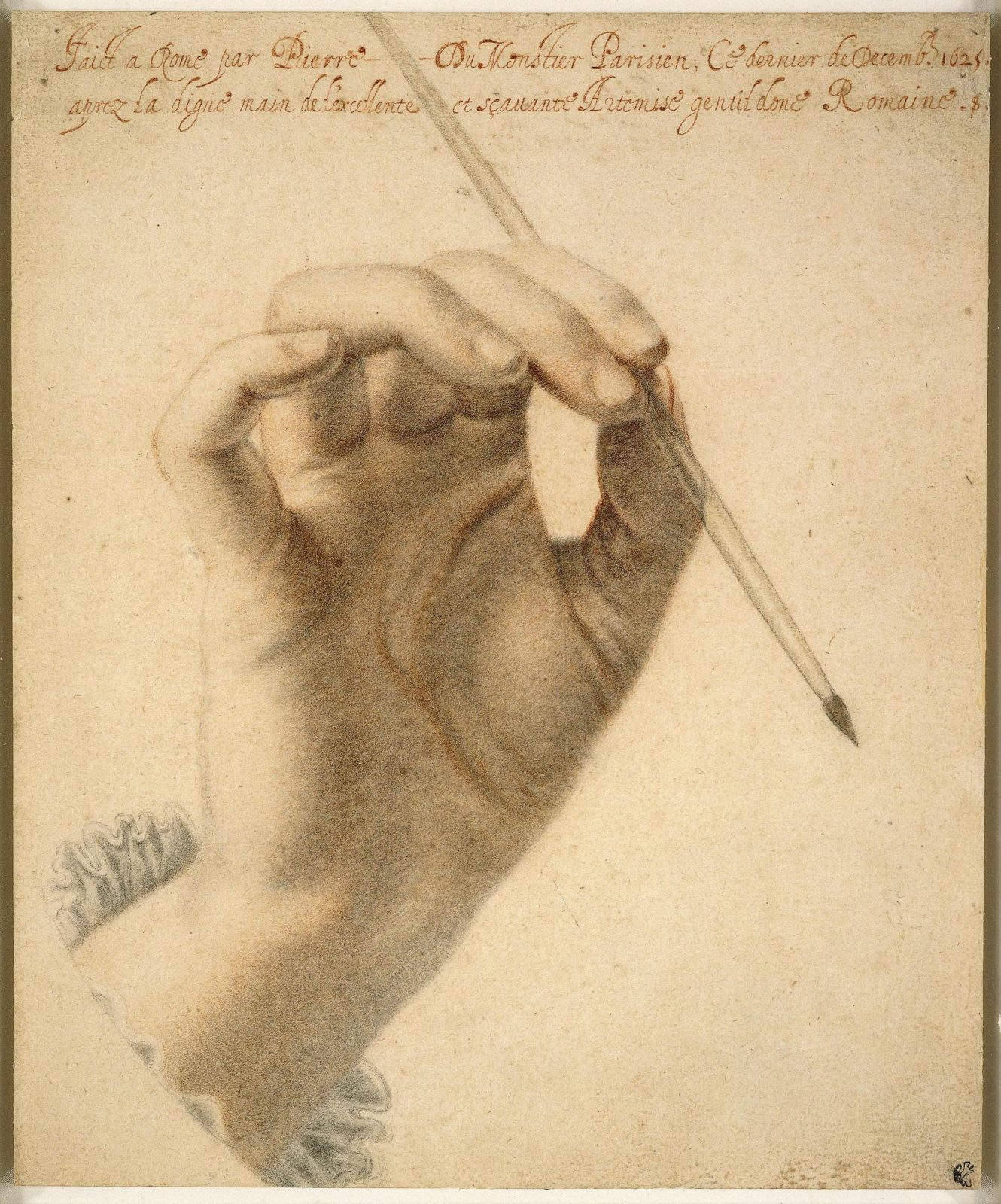
Fig. 6 Pierre Dumonstier II, Right hand of Artemisia Gentileschi holding a brush, 1625, black and red chalk, 219 x 180 mm, British Museum, London, inv. no. Nn,7.51.3

Fig. 7 Artemisia Gentileschi, Self-portrait as the Allegory of Painting (La Pittura), about 1638-9, oil on canvas, 98.6 x 75.2 cm, Royal Collection Trust / HM The Queen, inv. no. RCIN

Fig. 8 La Pittura, from Cesare Ripa, Iconologia, ed. 1603
Reflections on Young Rembrandt in Oxford
The fascination with artistic genius is one many of us share. When admiring a work of art, we may find ourselves contemplating the origins of its maker’s talent. We may wonder where and from whom they learnt their craft, if they were precocious, self-taught, solitary, eccentric. Taking its lead from such lines of enquiry, the exhibition Young Rembrandt, which closed last month at the Ashmolean Museum in Oxford, transported audiences to the origins, early struggles and successes of the Dutch master’s career and oeuvre.
More specifically, Young Rembrandt, curated by Professor Christopher Brown CBE, An Van Camp and Dr Christiaan Vogelaar, considered the first ten years of Rembrandt’s career, 1624-1634, from his early beginnings in his native Leiden to the year he sat up his own workshop in Amsterdam.
After its first leg at the Museum De Lakenhal, Leiden, the show opened in Oxford and managed to have a successful run, in spite of the disruptions caused by the pandemic. The Ashmolean Museum’s curator, An Van Camp, devised an inspired hang with a combined chronological and thematic approach, juxtaposing works in different media in order to cast new light on Rembrandt’s daring technical experimentations.
To me, the opportunity offered by the exhibition and accompanying catalogue was two-fold. On the one hand, a strikingly diverse array of early works by Rembrandt were brought together and compared. On the other, the first decade of his artistic output was contextualized through a selection of paintings and graphic works by closely connected artists, notably his friend and colleague, Jan Lievens (1607–1674), and one of his earliest pupils, Gerrit Dou (1613-1675). In what follows I will consider these two lines of enquiry with specific focus on Rembrandt’s early self-portraits.
Young Rembrandt in the picture
Upon entering the exhibition space, visitors were greeted by the man himself. A feature wall presented a bold hang with three self-portraits made in c. 1628-29: a drawing, a painting and an etching. This opening group eloquently introduced and framed the whole display. The three self-portraits are among Rembrandt’s most iconic works but seeing them together and up close still felt like a revelation.
The Self-portrait with mouth open (Fig. 1), his earliest drawn self-portrait, is a study of expression and chiaroscuro. It is spontaneous and painterly and much smaller than the Self-portrait bare-headed, a rare etching of which only two impressions are known (Fig. 2). In no other print has Rembrandt attempted such experimentation: alternating the etching needle with a quill or reed pen, thus obtaining split lines, undoubtedly harder to ink. Although this technique added further unpredictability to an already error-prone medium, we can see what Rembrandt was trying to achieve. He wanted to make prints that looked like drawings. Indeed, some of his freer etchings emulate the spontaneity of a sketchbook page (Fig. 3).
At the centre of the wall stood another masterpiece: the small arresting panel from Munich (Fig. 4). Although he cast his forehead and brows in almost complete shadow, Rembrandt’s piercing eyes are staring directly at us. The thick impasto of his white collar is worth lingering on as an anticipation of his rough handling of oil paints.
Master of disguise
As well as highlighting Rembrandt’s commitment to technical experimentation, the three opening self-portraits also brought into focus his fascination with human nature and with the human face. If he did begin by portraying his own face for practical reasons, he certainly appreciated from early on the ‘marketability’ of his likeness, whether ‘natural’ or disguised. Rembrandt’s fondness for dress up and camouflage went hand in hand with his continuous investigation of the essence of his own humanity, so that many of his prints from this period blur the boundary between character study and portraiture.
In Beggar seated on a bank, 1630, we recognise Rembrandt’s features and are reminded of his minute studies of expressions (Fig. 5). The contrast with Self-portrait in a soft hat and patterned cloak, made just a year later, could not be stronger (Fig. 6). In this, his first official self-portrait, the artist assumes the guise of a gentleman. He even gives himself a lovelock, a long tress of hair draped over his left shoulder, fashionable among Continental aristocrats.
Begun in Leiden and completed in Amsterdam, the Self-portrait in a soft hat and patterned cloak went through 15 states. Of these, only the last two are signed ‘Rembrandt’, indicating that he had by that point settled in Amsterdam and intended to be known by his first name only, following the tradition of Renaissance masters such as Michelangelo and Raphael.
‘Astonishing beginnings’
Considering the associations of his signature, manipulating his appearance, and modelling himself after such successful cosmopolitan artists as Peter Paul Rubens, were all manifestations of the young Rembrandt’s innate drive for success.
Equally determined was his close friend Jan Lievens. Less familiar to a UK public, Lievens received well deserved attention in the Oxford show, which featured, for instance, his dramatically lit Magus at a Table of c. 1631, from Upton House. [1] Famously, Rembrandt and Lievens made a strong impression on Constantijn Huygens (1596–1687), secretary to the prince of Orange, who visited them in Leiden in October 1628. In his diary, Huygens wrote at length about the ‘pair of young and noble painters from Leiden,’ praising their ‘astonishing beginnings’ while also predicting Rembrandt’s overall superiority. [2] Although their paths would soon part, the Young Rembrandt exhibition and catalogue make a valuable contribution to our understanding of Rembrandt and Lievens’ seminal creative liaison.
Both young men studied with the same masters (Jacob van Swanenburg in Leiden and Peter Lastman in Amsterdam), although at different times, with Lievens always slightly ahead of Rembrandt. They probably shared a studio in Leiden, employed the same models, and would have studied each other’s likenesses. [3] Although no effigy of Lievens by Rembrandt survives, the young artist at work examining a panel on an easel, in the captivating pen and ink drawing at the Getty (Fig.7), if not Rembrandt, may be a young Lievens.
Visit Young Rembrandt – Online Exhibition here
Notes
[1] Oil on panel, 55.9 x 48.6 cm, Upton House, Warwickshire, inv. no. NT 446728.
[2] Young Rembrandt, exh. cat., Ashmolean Museum, Oxford, 2020, p. 297.
[3] See Jan Lievens’s Portrait of Rembrandt, c. 1628, oil on panel, 57 × 44.7 cm, Rijksmuseum, Amsterdam, inv. no. SK-C-1598, www.rijksmuseum.nl/en/collection/SK-C-1598 (visited 22.12.2020)
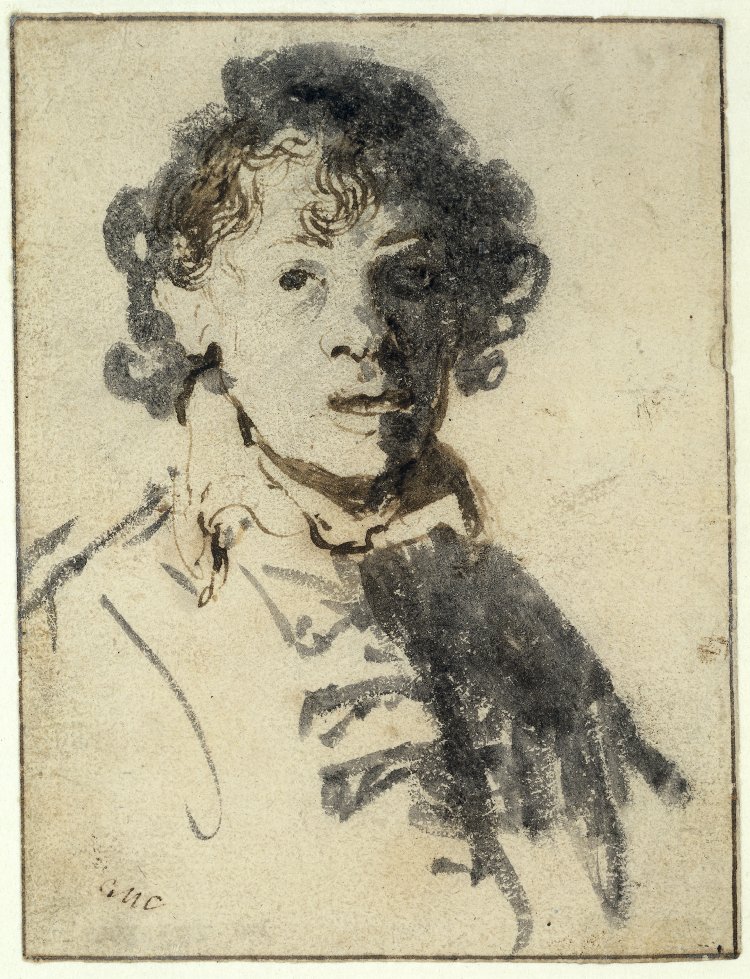
Fig. 1 Rembrandt, Self-portrait with mouth open, c. 1628-29, pen and brown ink with grey wash, 127 x 95 mm, British Museum, London, inv. no. Gg,2.253

Fig. 2 Rembrandt, Self-portrait bare-headed: bust, roughly etched, 1629, etching, 182 x 156 mm, British Museum, London, inv. no. 1848,0911.19
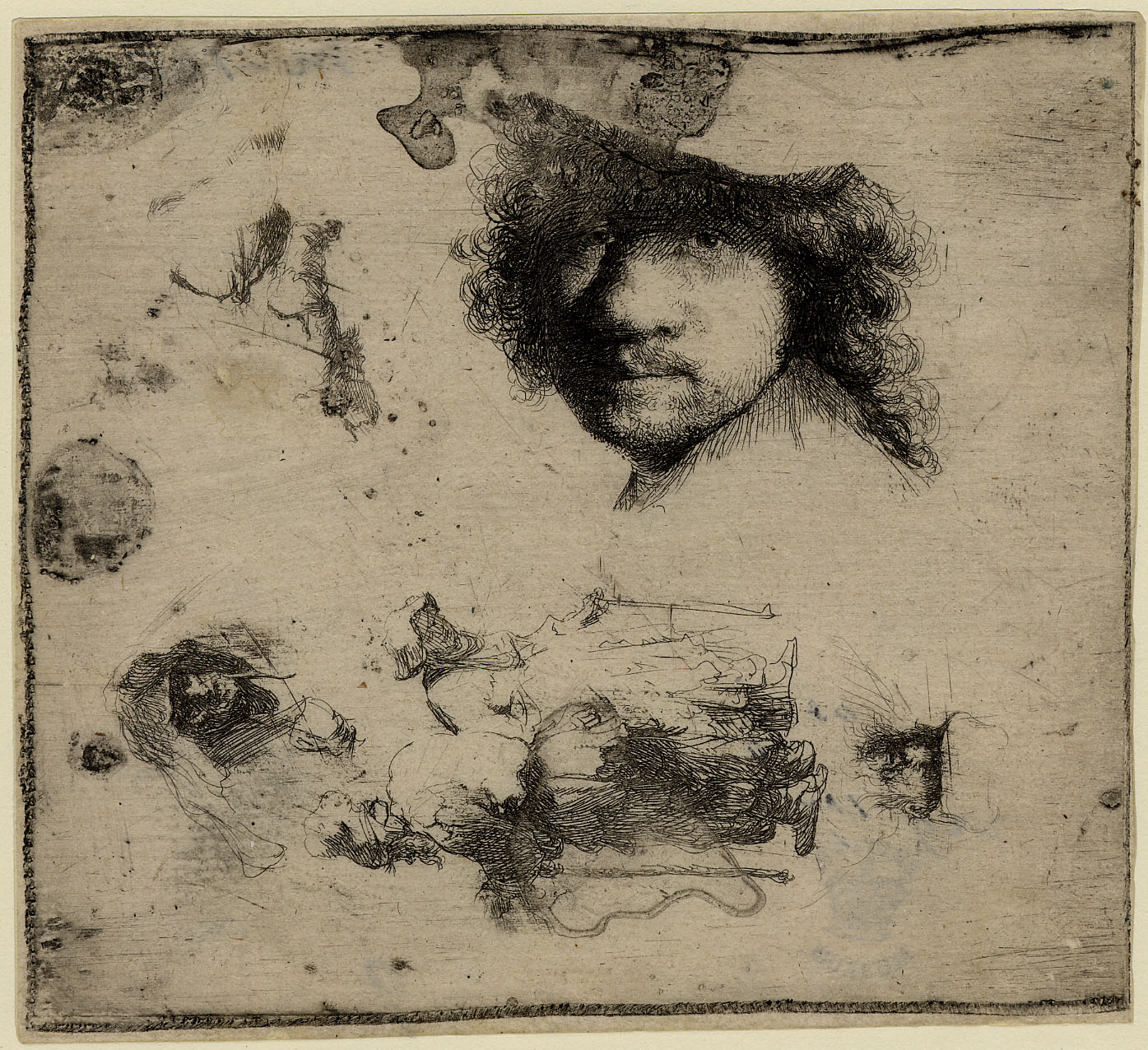
Fig. 3 Rembrandt, Sheet of studies: head of the artist, a beggar couple, heads of an old man and old woman, etc., 1632, etching, 104 x 116 mm, state I/II, British Museum, London, inv. no. 1848,0911.187
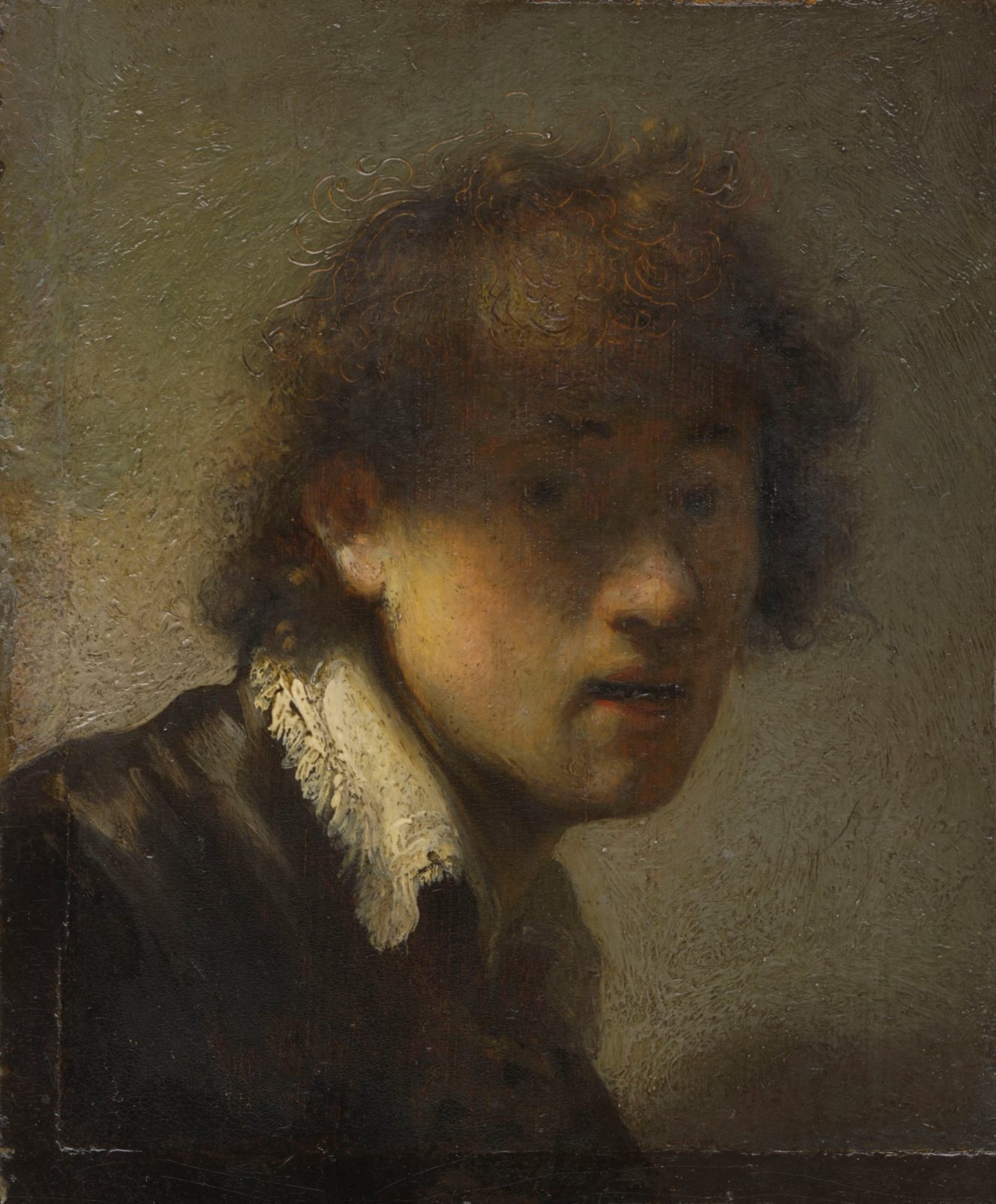
Fig. 4 Rembrandt, Self-portrait, 1629, oil on oak panel, 155 x 127 mm, Bayerische Staatsgemäldesammlungen, Alte Pinakothek, Munich, inv. no. 11427

Fig. 5 Rembrandt, Beggar seated on a bank, 1630, etching, 116 x 70 mm, British Museum, London, inv. no. F,5.126
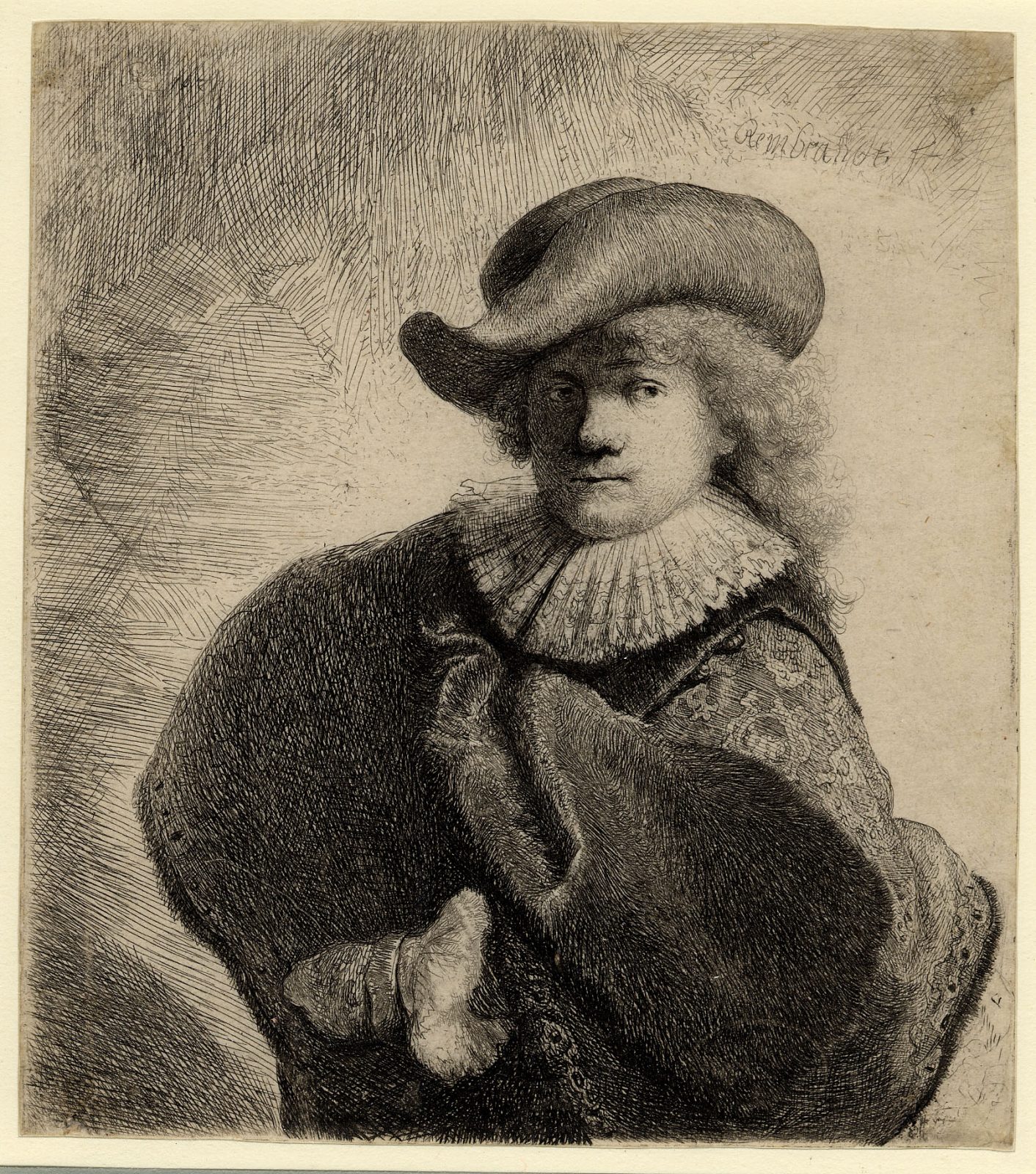
Fig. 6 Rembrandt, Self-portrait in a soft hat and patterned cloak, 1631, etching and drypoint, 147 x 130 mm, state XIV/XV, British Museum, inv. no. F,4.9

Fig. 7 Rembrandt, An Artist in his studio, c. 1630, pen and ink, 205 × 170 mm, J. Paul Getty Museum, Los Angeles, inv. no., 86.GA.675
Menzel or not?
Every collector of Old Masters is familiar with the pitfalls of changing attributions and in the field of drawings this is even more an issue as they are rarely signed. However, you would not expect this to be a problem with 19th century drawings and certainly not those by an artist such as Adolph von Menzel who frequently signed or monographed his drawings, and whose style after all is very recognisable.
Nevertheless, I have a drawing in my collection where it is not at all clear if the drawing is by his hand even though it obviously shows Menzel in his studio (Fig. 1). What is painful is that I bought the drawing as by Menzel in an auction when it was accepted by the expert Marie Ursula Riemann-Reyher. I did wonder at the time because the drawing did not at all resemble anything else by the artist, but this was mitigated by a letter from Menzel on the back describing how the image illustrated him at work on this large commission in his temporary studio in Kassel, and it was also included and illustrated in the famous memorial exhibition in 1905, another certain indicator that was by his hand [1]. I very much wanted to believe this strong evidence despite my instinct because I was so keen to own a drawing by him that fits the theme of my collection. Are other collectors familiar with this phenomenon, when the desire to own something clouds your judgement?
So, if the carefully executed and tediously finished drawing is not by Menzel, could it be someone recording him in the studio?
Carl Johann Arnold, the son of Menzel’s friend Karl Heinrich Arnold and his only pupil, assisted him while he was working on the large cartoon of ‘Sophie von Brabant entering the city of Marburg with her son Heinrich.’ Young Arnold often drew Menzel while he stayed with his family but those drawings are always in pencil and stylistically quite different.
Claude Keisch has mentioned similarities to drawings by Johann Erdmann Hummel, a native of Kassel who taught perspective in Berlin, but it is highly unlikely that the 79- year-old artist would have been in Kassel exactly at this time [2]. Another fascinating idea Keisch has suggested is that the work could be a stylistic parody by Menzel of Hummel’s carefully finished interiors. Menzel is known to have done this kind of works in the context of his illustrations of the life of Frederick the Great but then it is surprising that there is no mention of his humorous intention in the attached letter.
I resolved my dilemma of owning either a drawing by Menzel or an interesting historic document by buying a drawing definitely by Menzel which further illuminates his stay in Kassel (Fig. 2). The amusing caricature was a gift to Carl Arnold’s sister and the inscription ‘who is still here’ refers to the fact that Menzel, rather than staying the planned eight weeks, remained with her family for eight months from August 1847 until March 1848. Many details refer to his much-extended stay which is supposed to lead “ad parnassum” to Apollo and the Muses. The other elements may well allude to the conversations in the Arnolds’ circle – “without spades” can symbolically stand for “without resentment” in the French card game – probably a suggestion to endure the exhausting presence of the artist, if possible, with good humour.
For me the acquisition of this drawing means that I can now put the work of ‘Menzel in his studio’ into context and tell a story which will, I hope, put my mind to rest about this acquisition.
On another occasion my yearning to own a Menzel drawing made me ‘cheat’ somewhat by buying a wonderful and typical sketchbook page in graphite showing an artist painting (Fig. 3), but when looking at the finished gouache it becomes clear that it is depicting a house painter and not an artist [3].
The most perfect example in my collection is a tiny drawing with a few touches of watercolour showing Menzel’s used brush (Fig. 4), and in that manner so unique to Menzel he transforms the ordinary into the sublime [4].
Notes
[1] Exh. cat. Adolph Menzel. Sonderausstellung zum Gedachtnis des Meisters. Leipzig, Kunstverein, at Museum der bildenden Künste, 1905 (according to label on backing board).
[2] Email communication, 26.5.2018 and 19.11.2020.
[3] D. Petherbridge and A. V. Sganzerla, Artists at Work, exh. cat., London, The Courtauld Gallery & Paul Holberton, 2018, no. 13, illustrated. This is a study for Menzel’s Beati possidentes (Happy owners), 1888, George Schäfer collection, Euerbach.
[4] C. Keisch and M. U. Riemann-Reyher, eds., Adolph Menzel. Briefe, Deutscher Kunstverlag, 2009, vol. 1 (1830 – 1855), p. 238, no. 221, illustrated.

Fig. 1 Adolph von Menzel (?), The Artist in his Studio, Kassel, 1847/48, watercolour, pen and black ink on cardboard, 175 x 137 mm, Katrin Bellinger Collection, inv. no. 2012-015
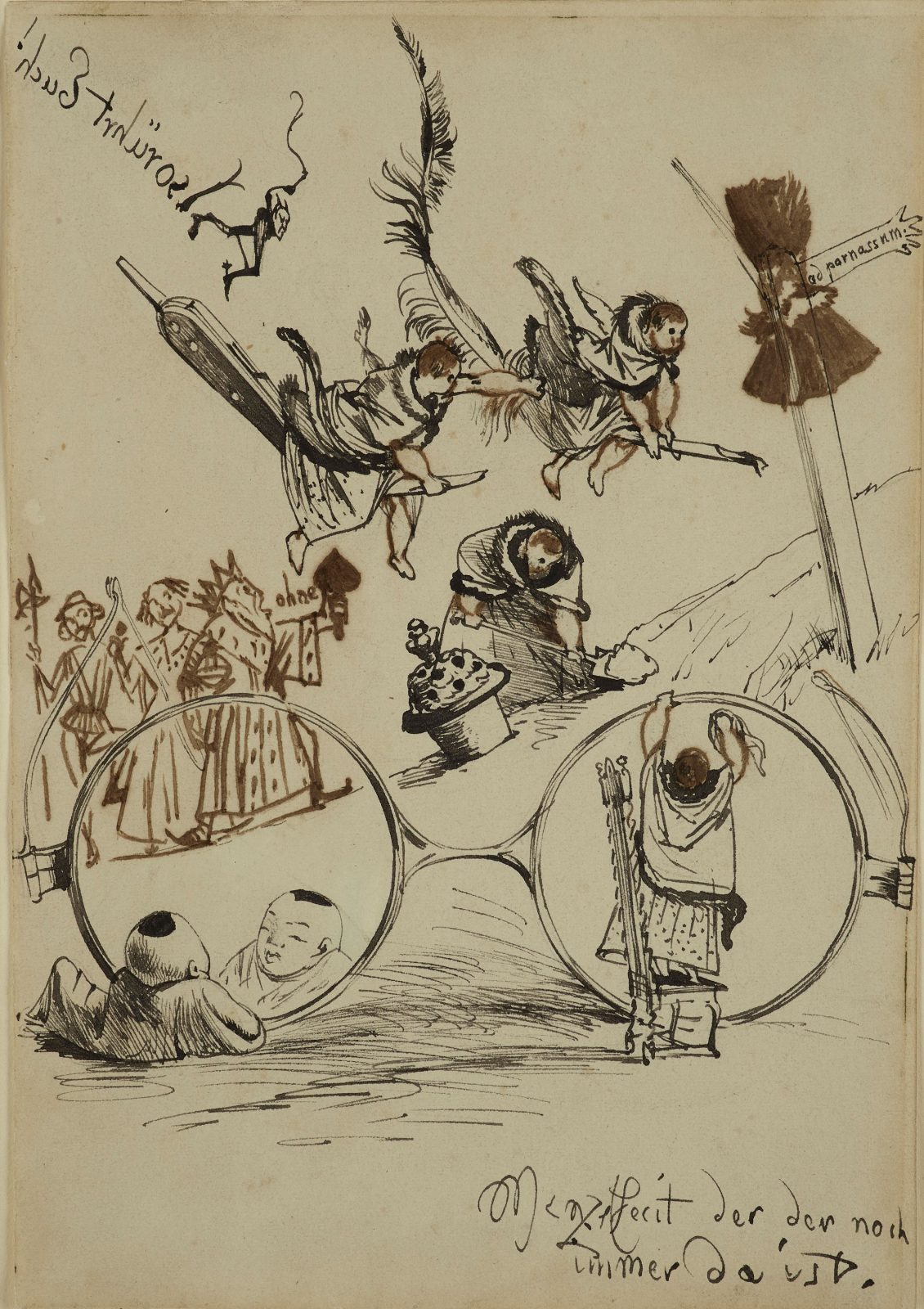
Fig. 2 Adolph von Menzel, The Artist’s Glasses, 1847, pen and black and brown ink, 203 x 141 mm, Katrin Bellinger Collection, inv. no. 2018-052

Fig. 3 Adolph von Menzel, Studies of a Man painting, 1888, graphite with stumping, 200 x 125 mm, Katrin Bellinger Collection, inv. no. 2011-022
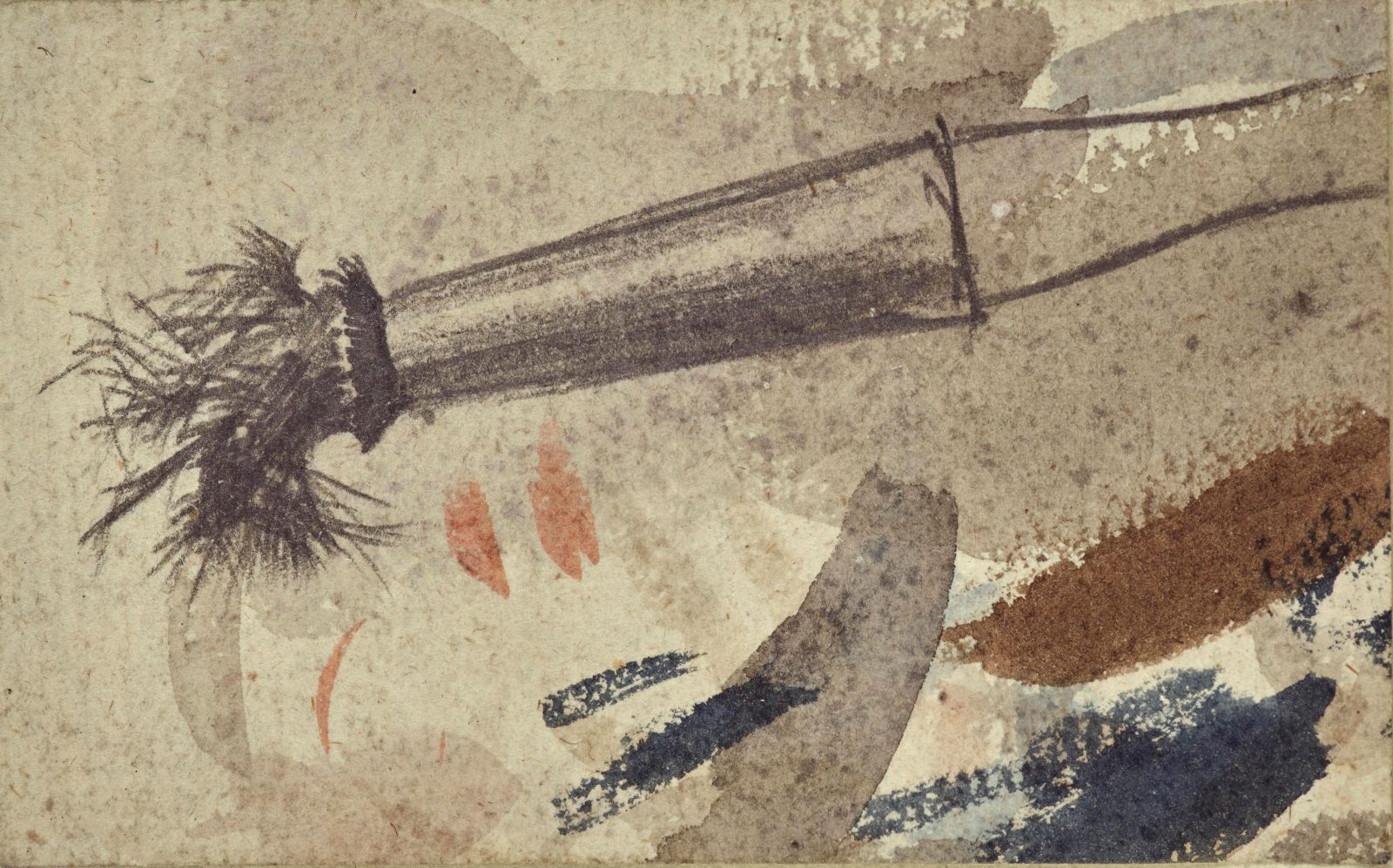
Fig. 4 Adolph von Menzel, The Artist’s Paint Brush, Zimmermann lead, grey-brown wash, watercolour, 63 x 100 mm, Katrin Bellinger Collection, inv. no. 1993-031
The whole world is Angelicamad
A major exhibition devoted to Angelica Kauffman RA (1741-1807) closed last month at the Kunstpalast in Düsseldorf. The show’s long awaited second leg at the Royal Academy was sadly cancelled – as so many were this year – leaving London still longing for a worthy celebration of this exceptional artist. The Royal Academy exhibition would have been the first monographic show of Kauffman at the institution that she helped found in 1768. After a formative period in Italy, it was in London that she achieved recognition and fame, charming her sophisticated patrons and fellow artists alike. She would later return to Italy to set-up a successful studio in Rome.
Curated by the distinguished Kauffman expert Bettina Baumgärtel (responsible for the Angelika Kauffman Research Project), the Düsseldorf exhibition presented a selection of 110 amongst her finest works, both masterpieces and newly identified paintings, and succeeded in showing Kauffman as the first woman artist of European standing.
The four ceiling paintings Kauffman created for the Royal Academy’s Council Room in Somerset House travelled to Germany and were shown outside London for the first time since their unveiling in 1780. Unique in being major decorative paintings executed by a woman, they showcase Kauffman’s skills in inventing graceful yet commanding female allegories, through a persuasive blend of tradition and innovation. All four allegorical figures are, obviously, female. Notably, by depicting Disegno, traditionally a male figure, as a woman artist studying an antique model (the Belvedere Torso) Kauffman made a strong claim for the professional ambitions of women artists such as herself and her peers (Fig. 1). The exhibition also shed light on Kauffman’s working practice, visitors were able, for instance, to see the four large ceiling paintings showing Invention, Composition, Design and Colouring alongside the corresponding preparatory oil sketches, now held at the Victoria and Albert Museum.
Born in Chur, Switzerland, Kauffman trained as both a painter and a musician, showing early promise in both disciplines. After the death of her mother in 1757, however, she devoted herself to painting – her father’s trade. In her Self-portrait at the Crossroads between the Arts of Music and Painting (1794) made in Rome, when she was in her 50s, she revisited the arduous choice she had faced as a young woman [1]. A blend of portraiture and history painting, this is the ultimate manifesto of Kauffman’s art: she gained success as a portraitist but aspired to the accolades that only history painting could bring.
The theme of rivalry between the Arts is also at the heart of an earlier autobiographical work, the Self-Portrait in the Character of Design Listening to the Inspiration of Poetry (Fig. 2) [2]. Here she upholds the value of sisterhood between painting and poetry: it is by following the guidance of Poetry that Design is able to give life to compelling and virtuous inventions, gaining her place amongst the liberal arts.
First developed by Horace in the Ars Poetica, the concept of Poetry and Painting as sister arts united by the power of imitation was expanded upon by Sir Joshua Reynolds in his Seven Discourses on Art, which in turn had a crucial impact on Kauffman’s own understanding of the kinship between the visual and liberal arts. Several drawings by Kauffman also relate to this theme. A well-known example is her Self-Portrait as Imitatio (Fig. 3), where a young woman, identified on her headband as ‘Imitatio’, sits at her desk holding a stylus, and looks out at us, as if interrupted while writing or sketching.
Kauffman’s composition known as The Three Fine Arts (Painting, Architecture and Sculpture) was disseminated in stipple engravings by Francesco Bartolozzi and Daniel Berger (Fig. 4), a channel through which many of her images reached a wider public. A drawing in the Katrin Bellinger Collection (Fig. 5), probably not by Kauffman’s hand, takes its lead from the same invention to draft what appears to be a more elaborate allegory. Here, Architecture has been replaced by Design. The faintly delineated figure standing beside her rests her right hand on Design’s shoulder, in a gesture reminiscent of the aforementioned Self-Portrait in the Character of Design Listening to the Inspiration of Poetry.
Kauffman’s works were reproduced, copied and even adapted for the decoration of porcelain and fans. Her success was such that, in 1781, the Danish ambassador in London quoted an engraver as saying ‘the whole world is Angelicamad’.
To learn more about the Angelika Kauffman Research Project visit: www.angelika-kauffmann.de/en/akrp-home-2/ (accessed 21 October 2020)
Explore related theme: Women artists, Allegories of the arts
Notes
[1] National Trust, Nostell Priory, Yorkshire; Bettina Baumgärtel, ed., Angelica Kauffman, Munich, 2020, cat. 2.
[2] Baumgärtel, ed., Angelica Kauffman, cat. 7

Fig. 1 Angelica Kauffman, Design, 1778-80, oil on canvas, 130 x 150.2 cm, Royal Academy of Arts, London

Fig. 2 Angelica Kauffman, Self-Portrait in the Character of Design Listening to the Inspiration of Poetry, 1782, oil on canvas, diam. 61 cm, English Heritage, The Iveagh Bequest (Kenwood, London)
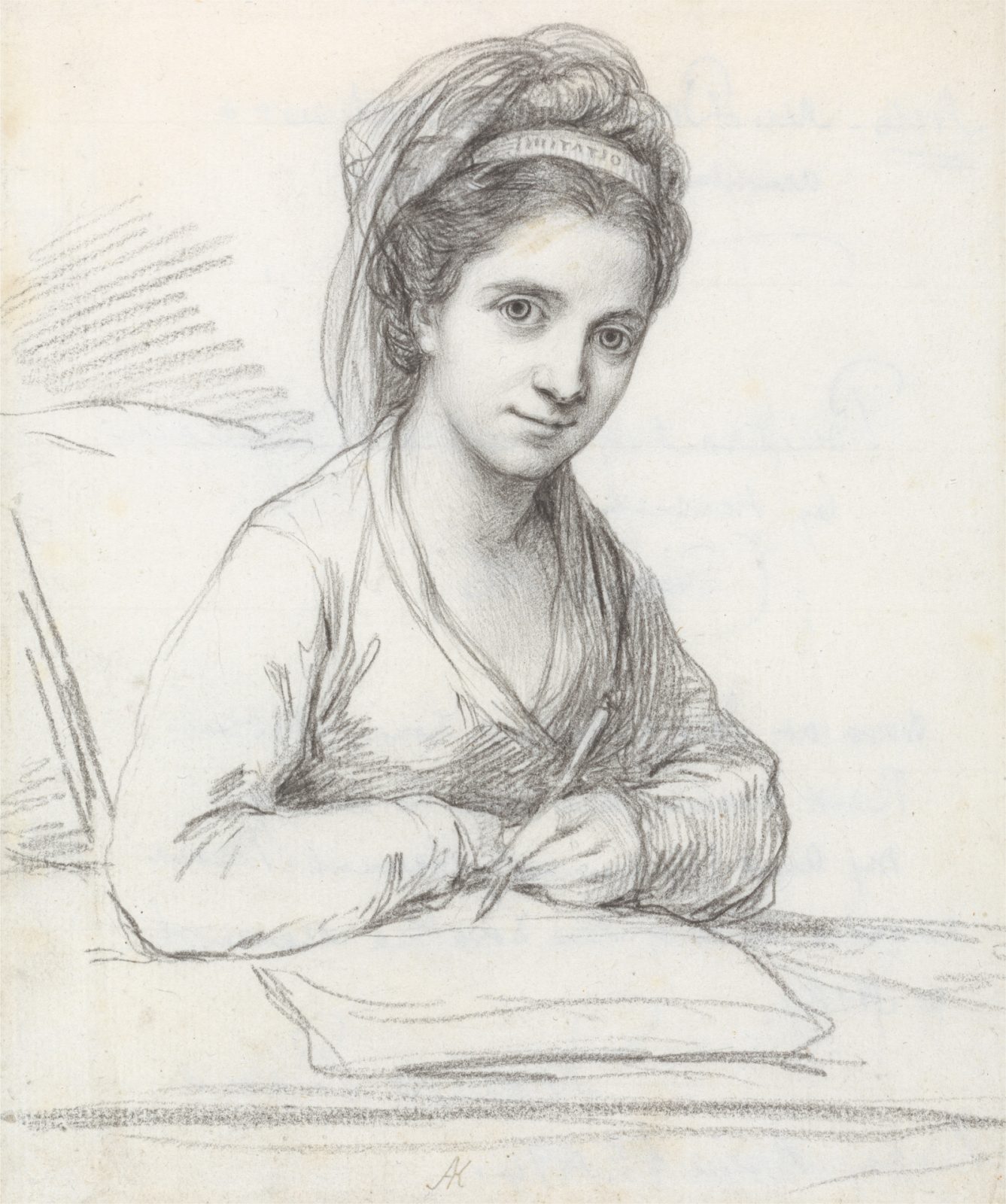
Fig. 3 Angelica Kauffman, Self-Portrait as Imitatio, graphite, 200 × 168 mm, Yale Centre for British Art, inv. no. B1977.14.5552

Fig. 4 Daniel Berger after Angelica Kauffman, The Three Fine Arts, 1786, stipple engraving, 172 x 224 mm, Katrin Bellinger Collection, inv. no. 2019-05
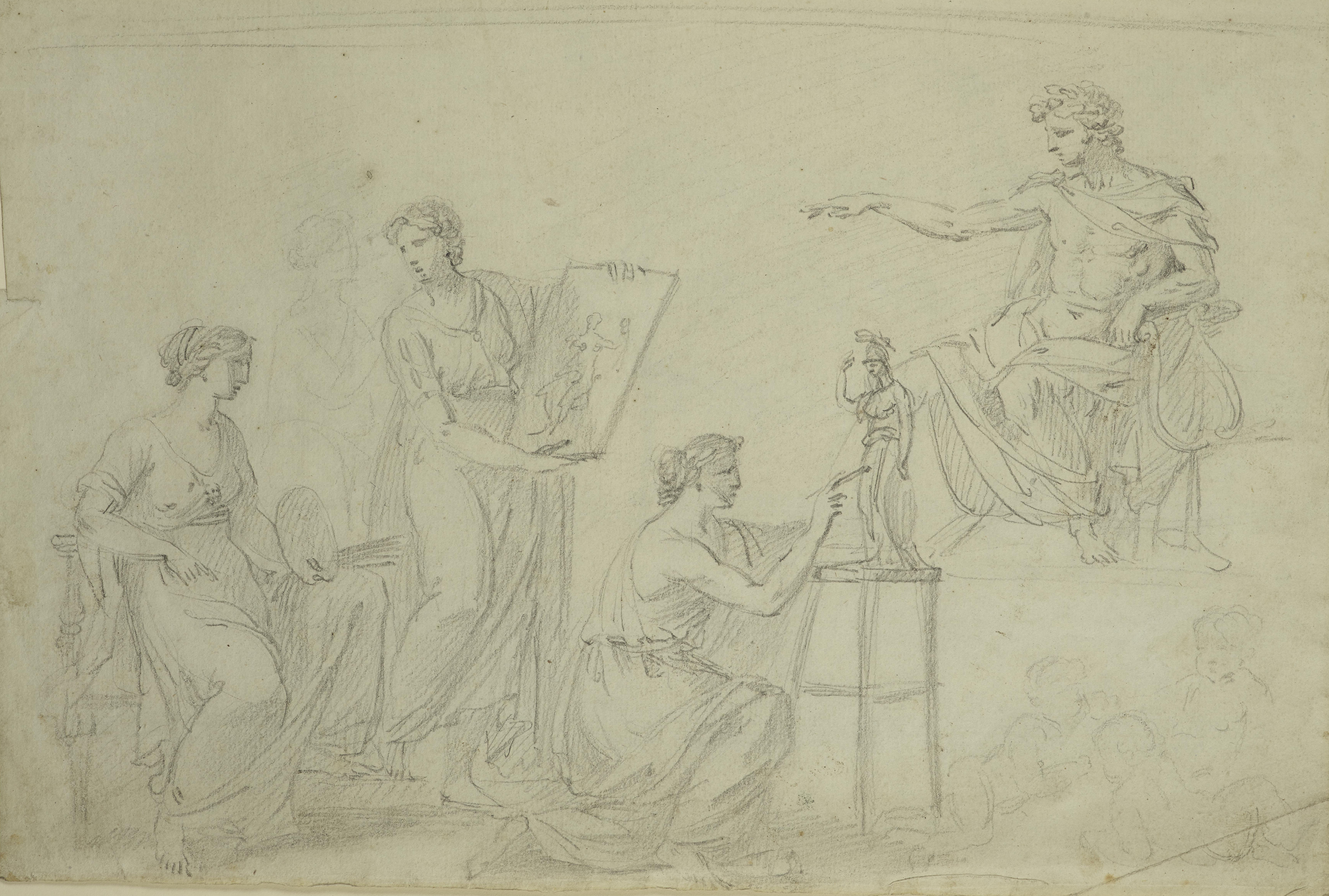
Fig. 5 Circle of Angelica Kauffman, Allegory of the Arts with Apollo, pencil, 227 x 333 mm, Katrin Bellinger Collection, inv. no. 1996-002
The Artist in Nature
The months spent staying indoors and working from home have made many of us long for the outdoors and a closer contact with nature, be it in our own back garden, the nearest park, or in the green spaces of our imagination. As the proliferation of exhibitions and cultural initiatives devoted to nature, botanical art and the pleasure of gardening attests, never before has the importance of preserving and enjoying nature felt more pressing than in the current global climate (just last week, I attended a webinar devoted to the practice of drawing weeds, learning more on the art history of weeds while also trying my hand at some observational drawing!) It will thus come as no surprise that I have turned to a group of depictions of artists working outside in search of some respite. As a disparate group, the four drawings briefly discussed here, exemplify the multi-faceted nature of the relationship between draughtsman and landscape and the enduring appeal of the motif of the artist at work out of doors.
When I think of the thrill of painting en plein air, I am immediately reminded of the witty and light-hearted drawings of Henri-Joseph Harpignies (1819-1916). While readers may be familiar with Harpignies as a landscape painter, in the collection he appears as the creator of many a delightful drawing featuring an artist perched on a tree branch or high on a hilltop with his paint-boxes precariously balanced at his side. These intimate monochrome sketches, datable to around 1900, have the spontaneity of an impromptu drawing and owe their appeal to their small scale. The figure of the artist is often little more than a few dabs of ink or chalk marks, as in the sheet with two be-hatted artists sharing a session of en plein air painting or drawing, aptly inscribed, INTREPIDITÉ (fig. 1).
Another landscape painter who played with the motif of the intrepid artist in search of the perfect viewpoint is Antoine-Félix Boisselier (1790-1857) (fig. 2). Here, the artist in his peaked cap is perched in a tree with his sketchbook resting on his knees. While Boisselier devotes equal attention to the delineation of human figure and natural elements, and Harpignies delivers an atmospheric study of nature with the inclusion of artists at work, the next two examples differ in their focus.
The delicate watercolour by Johann Christian Reinhart (1761-1847), A Farm in Connewitz near Leipzig, is an early work and shows a concern for the overall scenery as well as its constituent parts (fig. 3). The figure of the draughtsman sitting on a patch of grass in the foreground hints at the central practice of working from life. Clearly separated by a line, the lower part of the sheet also includes other close studies, like that of a plantain accompanied by its botanical name, Plantago. It is this detailed study of a plant that inspired me to choose my fourth example, different in style and yet close in spirit.
A pen and ink drawing by Evelyn Dunbar (1906-1960), Charles Mahoney sketching plants in the garden of The Cedars (fig. 4), reads as a personal record. Dunbar captures her then partner Mahoney in a moment of daily life and work at her family home in Strood, Rochester, in the company of the family dog, Paul. In 1936, both artists were busy preparing plant studies to illustrate Gardeners’ Choice (Routledge & Sons, 1937), which they also co-authored.
Mahoney had been Dunbar’s tutor at the Royal College of Art and later invited her to collaborate on a mural at a school in Brockley. Due to their mutual passion for plants and horticulture, soon after it would be Dunbar to invite Mahoney to share a commission for ‘a really new book’ about gardening. The novelty of Gardeners’ Choice is given by the freshness of the illustrations, which combine close studies of botanical specimens with lively vignettes, and by the choice of plants, selected with a preference for uncommon and overlooked species.
The book would be Dunbar and Mahoney’s final collaboration and their relationship would reach breaking point by its completion. Previously only known as a war-time artist — she was the sole woman artist to be salaried throughout WWII — Evelyn Dunbar was rediscovered in 2013 when her long-forgotten studio contents were retrieved by a relative in her attic in Kent. The unveiling of over 500 paintings, drawings and studies, including the present sheet, prompted a reconsideration of her importance in British twentieth-century art.
Explore related themes: En plein air; Women artists
Learn more about Evelyn Dunbar and Gardeners’ Choice here:
https://evelyn-dunbar.blogspot.com/2012/06/gardeners-choice-1937.html

Fig. 1 Henri-Joseph Harpignies (1819-1916), Two Draughstmen in a Landscape, 1894, pen and black ink, grey wash, 145 x 100 mm, Katrin Bellinger Collection, inv. no. 2012-012
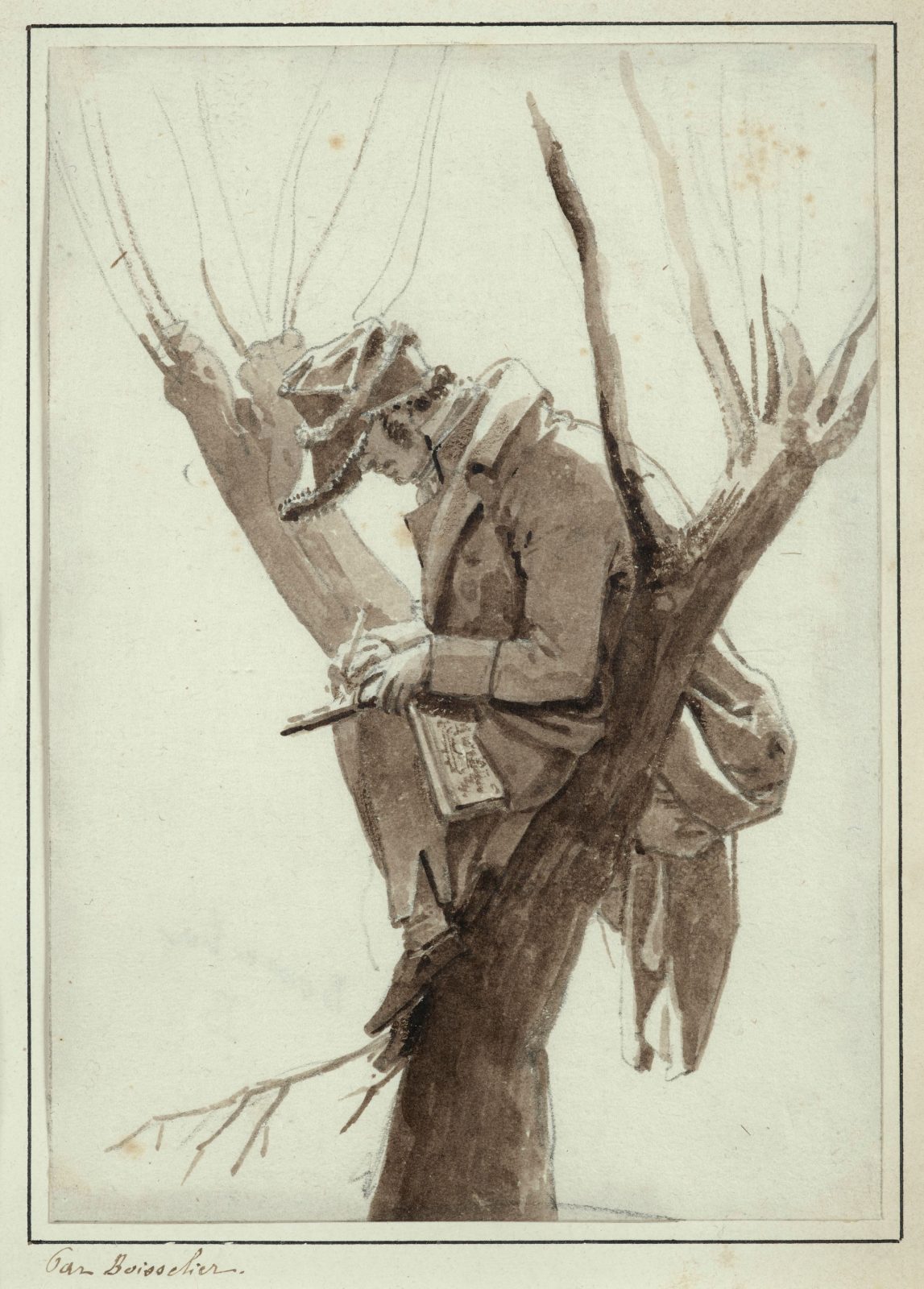
Fig. 2 Antoine-Félix Boisselier (1790-1857), An Artist with a Sketchbook, perched in a Tree, pen and brown wash, black chalk and pencil, 150 x 107 mm, Katrin Bellinger Collection, inv. no. 1996-008
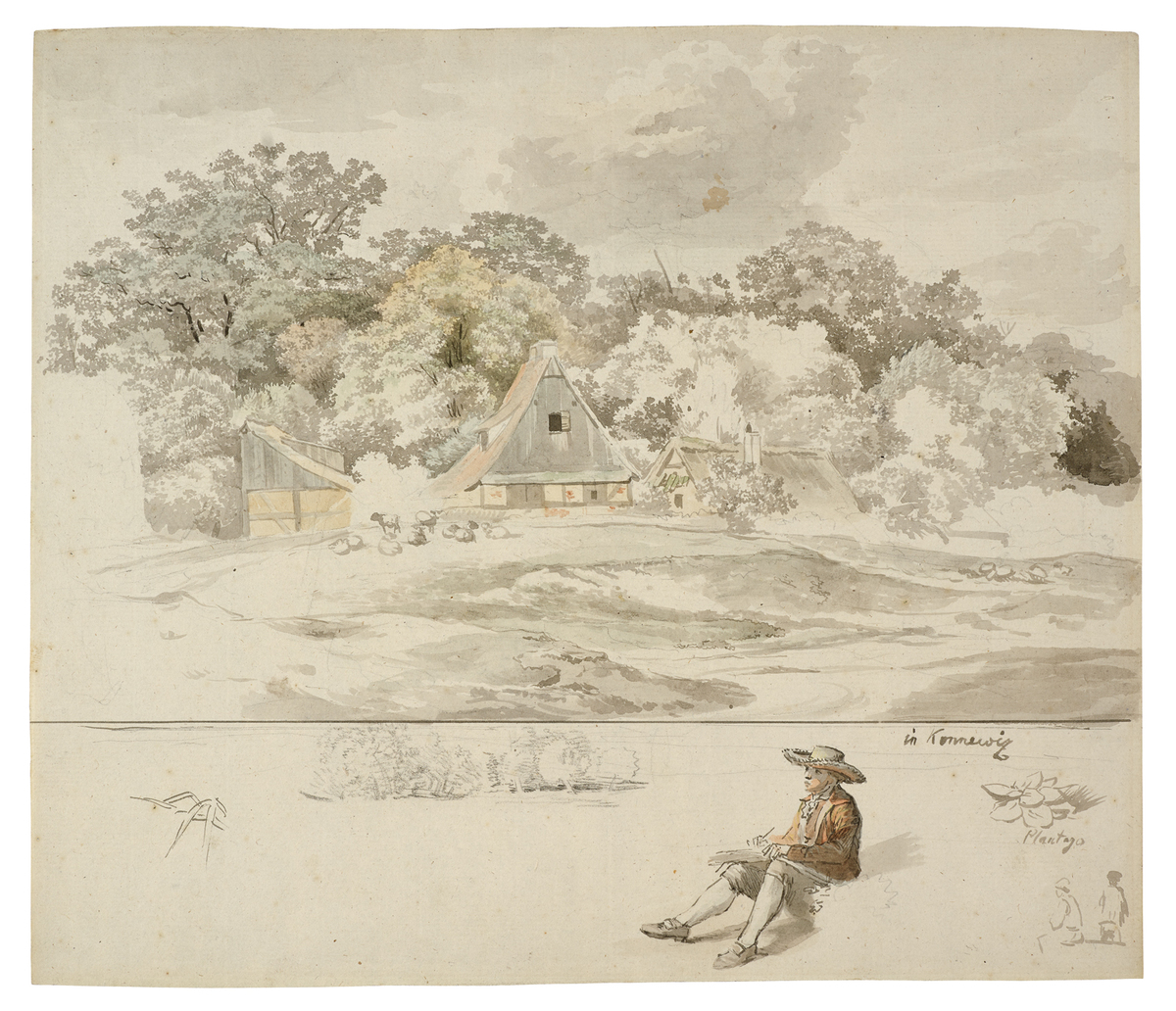
Fig. 3 Johann Christian Reinhart (1761-1847), A Farm in Connewitz near Leipzig, 1785-85, watercolour over pencil and ink, 285 x 330 mm, Katrin Bellinger Collection, inv. no. 2018-045
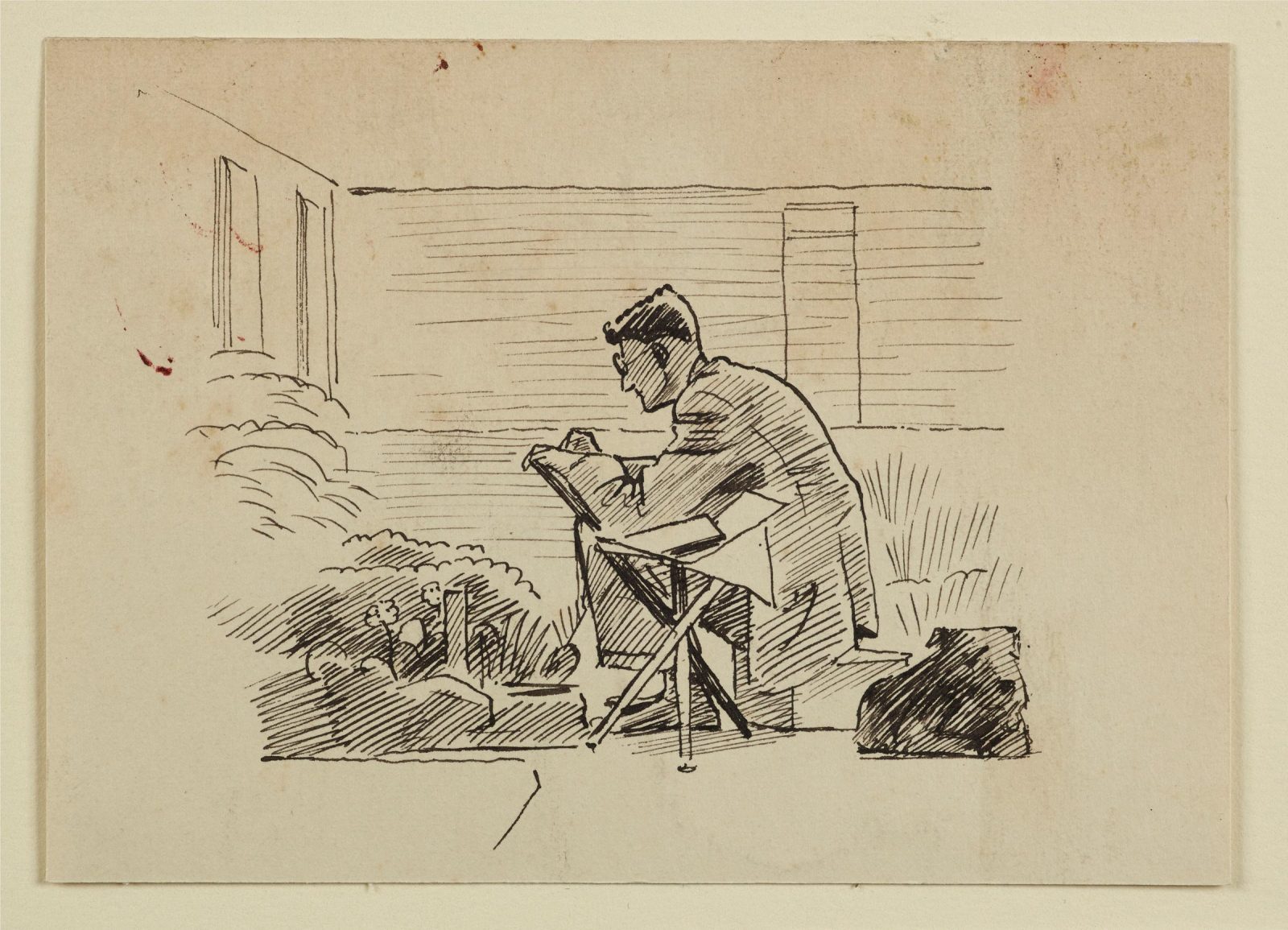
Fig. 4 Evelyn Dunbar (1906-1960), Charles Mahoney sketching Plants in the Garden of The Cedars, c. 1936, pen and ink, 85 x 120 mm, Katrin Bellinger Collection, inv. no. 2015-032
Pencils and mahl sticks: in the drawn world of John Sergeant
In an effort to showcase more of the Artist at Work collection online, we have been creating virtual exhibitions that offer an alternative way of exploring our holdings. One of the newly added themes, Artists’ tools, includes works that celebrate their makers’ fascination with studio miscellanea and features two drawings by British artist John Sergeant (1937-2010).
Born in London, Sergeant grew up in Faversham, Kent. He studied at the Canterbury College of Art and later entered the Royal Academy School, where he won the Drawing Prize in 1961. Encouraged and mentored by fellow artist John Ward (1917-2007), he divided his time between teaching drawing and honing his draughtsmanship, ultimately focusing on still-life. He would devote himself to the genre from 1983, when he moved with his family to rural Wales. Their farm, The Gilfarch, was also where he worked alongside his wife Carolyn, née Cann (1937-2018), celebrated today for her exquisite botanical still-lifes.
A long-time supporter of the artist, whose last show she held at Colnaghi’s in 2006 (John Sergeant: Recent Drawings), Katrin Bellinger has gathered a representative group of Sergeant’s works. These include several sketchbook sheets with youthful self-portraits and intimate depictions of Carolyn at work, in her studio or on the beach in Kent (Fig. 1). These informal studies from the 1960s complete our knowledge of Sergeant’s artistic development, which would culminate in his chiaroscuro chalk and conté crayon still-life drawings.
Sergeant’s passion for drawing objects included his studio clutter, as well as quotidian items and found mementos – a pair of ballet shoes, a broken doll resting in a box… His distinctive technique was informed by extensive art historical research, and his personal approach to the practice of drawing was founded on two guiding principles, composition and light. Thanks to his masterly use of light and shade, his portrayals of pens, portfolios and paint boxes make these familiar objects appear mysterious.
In Back of a Picture with Mahl Stick, the two subjects are propped against a wall, perhaps in a corner of the artist’s studio (Fig. 2). Sergeant has taken the same pain and pleasure in describing the tangled wire of the frame, the shadow cast by the stick on the different surfaces, and the overall lighting of the scene. Directly informed by the objects that, at once, inhabit it and give it shape, the final composition is almost metaphysical in its simplicity.
With its focus on the process and mystique of art making, the Katrin Bellinger collection was a source of direct inspiration for the artist. In his mature self-portraits, he studied his likeness through the lens of the Old Masters, showcasing the expressive range of his monochromatic visual vocabulary. In Reflections over a Portrait of Hubert Robert, the artist’s own face stares back at us from the glazed surface of Jean-Baptiste Isabey’s drawn portrait of Robert (inv. no. 1995-034), in a witty duplication of the artist at work theme (Fig. 3). In 2005-06, Sergeant also designed the Katrin Bellinger collection label: a tromp-l’oeil of the back of a framed picture, of course.
Explore related themes: Artists’ tools; En plein air; Women artists
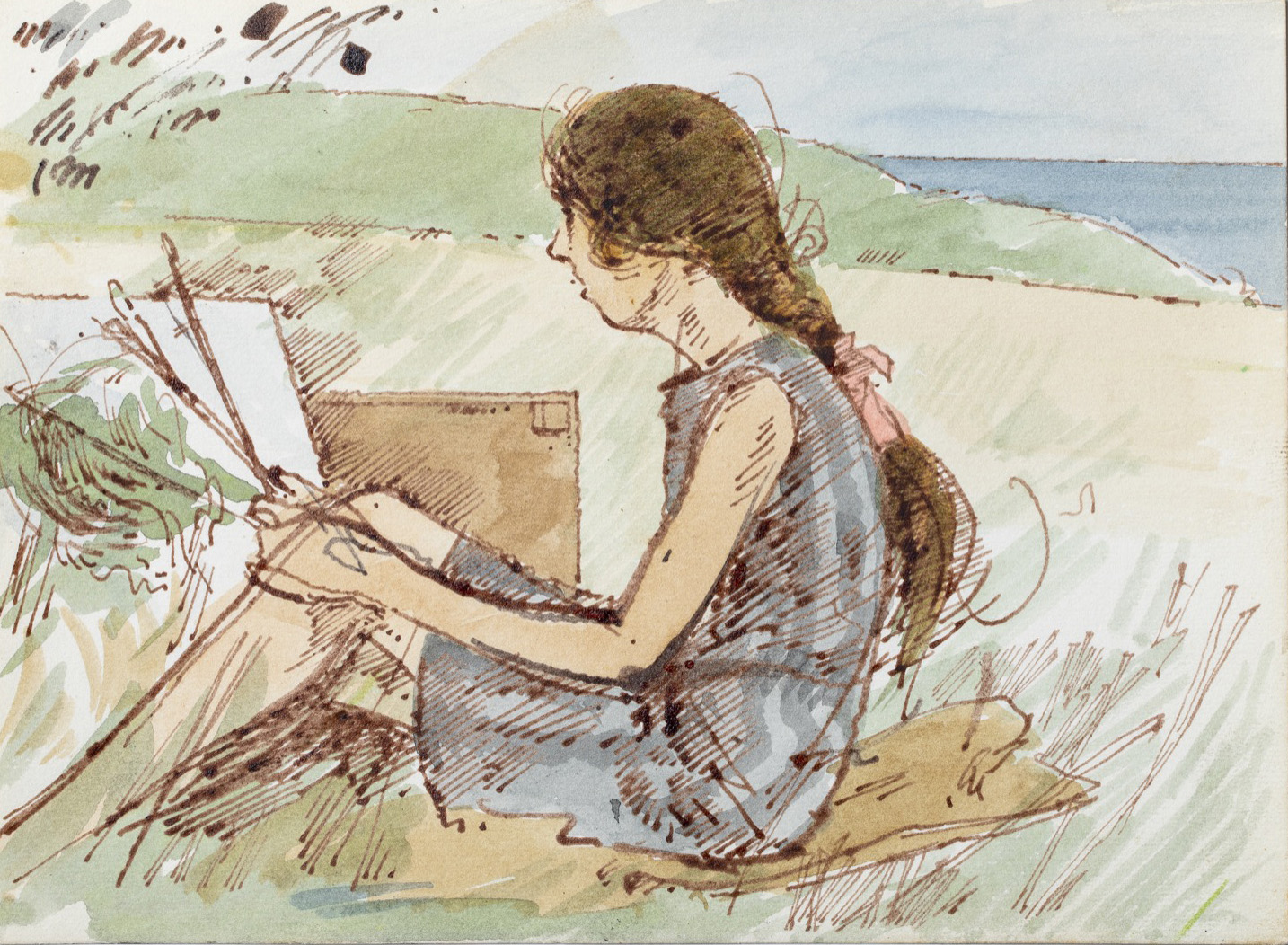
Fig. 1 John Sergeant, Carolyn watercolouring by the Sea, Kent, c. 1965-70, pen and brown ink, watercolour, on Joynson drawing paper, 170 x 125 mm, Katrin Bellinger Collection, inv. no 2018-060
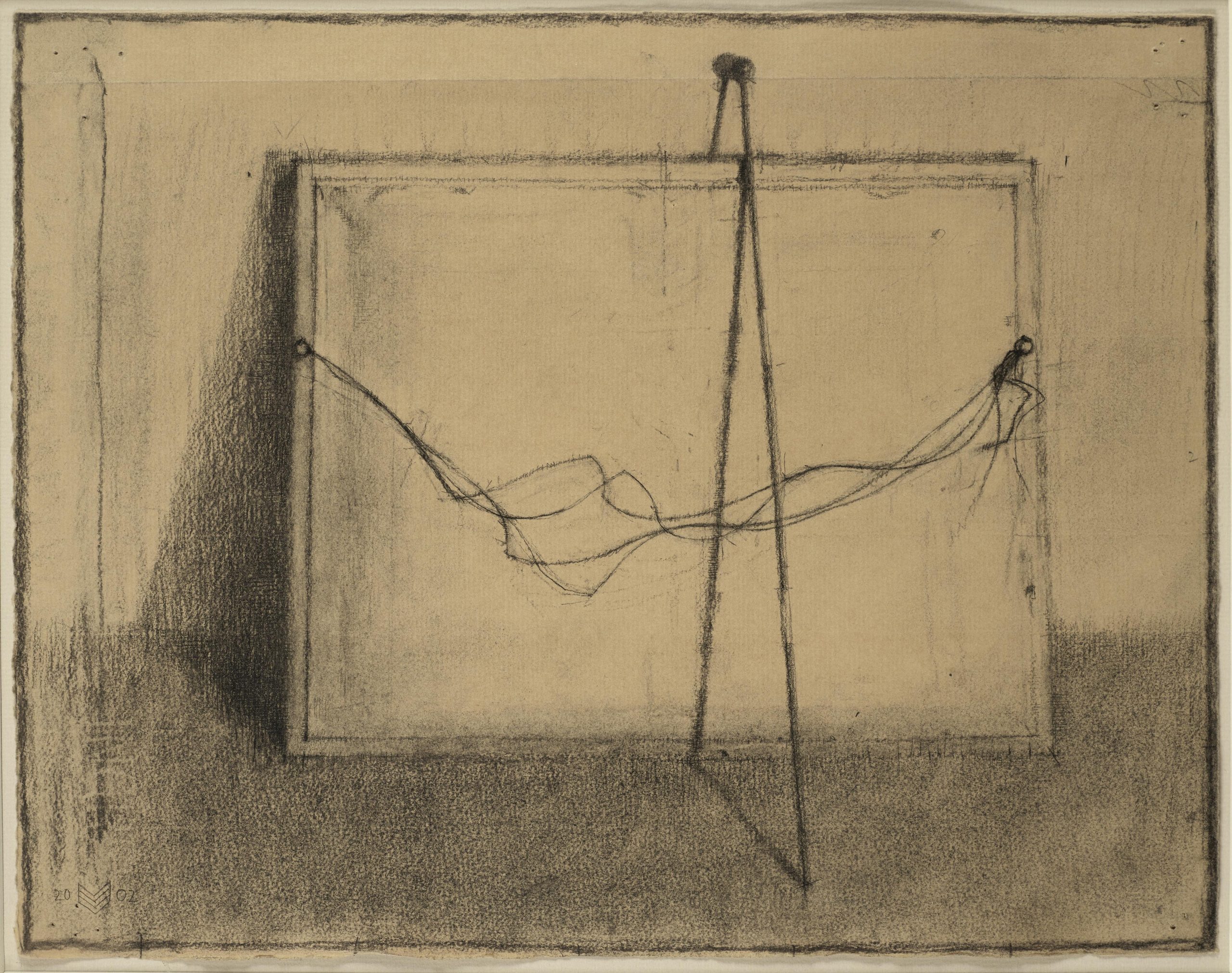
Fig. 2 John Sergeant, Back of a Picture with Mahl Stick, 2002, charcoal and black chalk, 255 x 320 mm, Katrin Bellinger Collection, inv. no. 2002-024
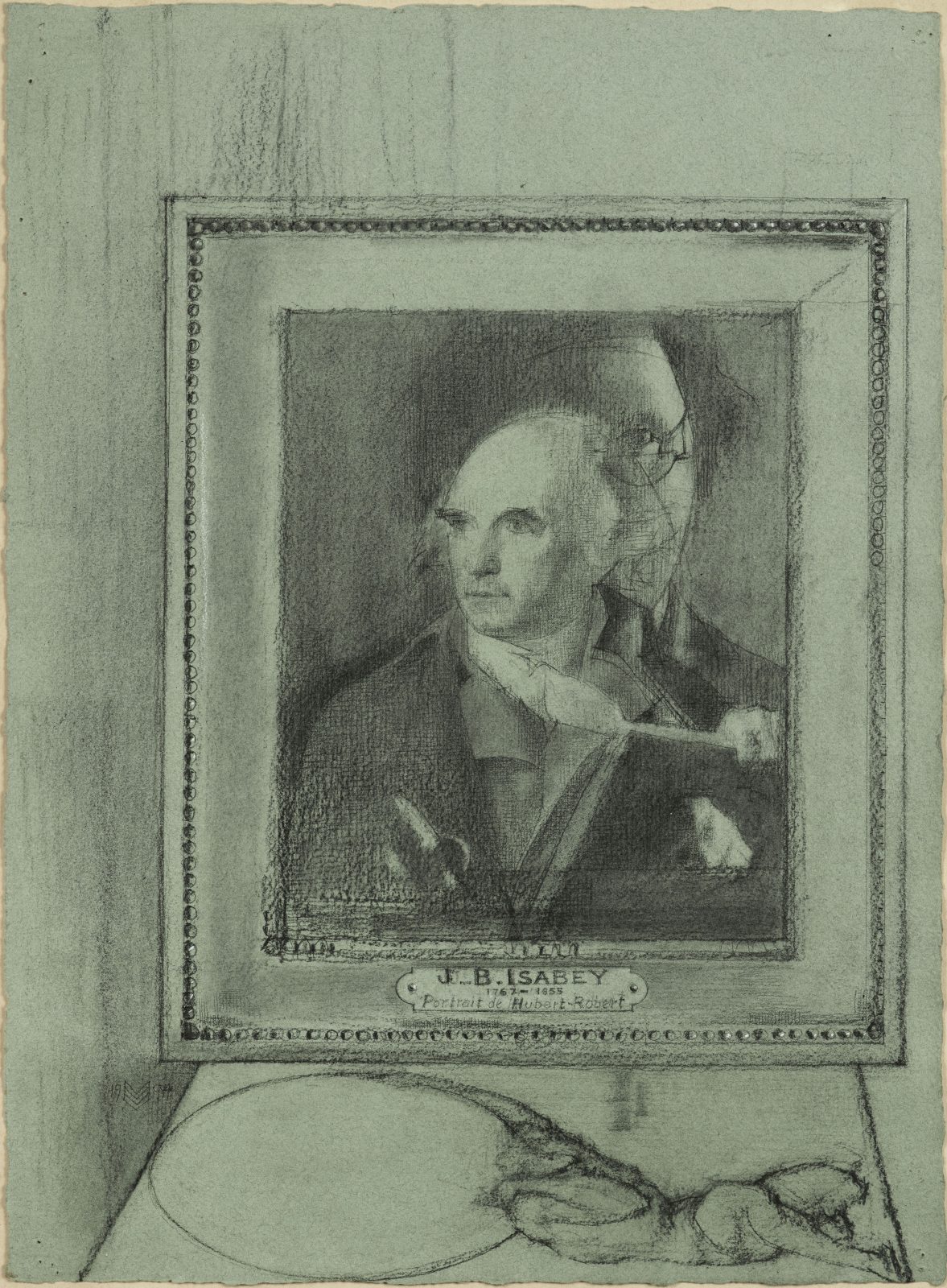
Fig. 3 John Sergeant, Reflections over a Portrait of Hubert Robert, black and white chalk on blue paper, 394 x 290 mm, Katrin Bellinger Collection, inv. no. 1994-025
Lucian Freud: The Self-Portraits
Following on from its successful run at the Royal Academy of Arts, Lucian Freud: The Self-Portraits has now opened at the Museum of Fine Arts, Boston. The exhibition is the first to be dedicated solely to Freud’s self-portraits with over forty works in a variety of media spanning from his earliest portrait when he was just 17 to works executed in his final years.
Lucian Freud was one of the few artists in the twentieth century who regularly painted his own portrait. He consistently returned to his own image throughout his life and these works provide a record of his stylistic evolution from his earlier more linear works to his later painterly style.
In some of his self-portraits he makes himself the sole focus of the composition, the background stark. Here there is no escape from confrontation. In others, he peers around corners or appears in reflections, as though unwilling to engage with himself or the viewer.
In Small Interior of 1968-72 (cat. 41) he portrays himself reflected in the mirror of his studio, pointing to the half-finished picture on the easel next to him. The mirror reflects back into the studio, placing the viewer in the same position as the artist.
The composition of The Artist’s Studio, with a Study for ‘Large Interior after Watteau’ on an Easel (Fig. 1) held in the Katrin Bellinger Collection has the same effect. Here the viewer stands in front of the easel on which the half-finished canvas for Large Interior, W11 is placed. Freud has removed himself completely from the composition, focusing instead on painting the painting as if by doing so he is creating some distance to better see it. He began Large Interior W11 in 1981 and it preoccupied him until 1983. The arrangement of the figures was inspired by Watteau’s painting Pierrot Content which he had seen in Heini Thyssen’s Collection when painting the collector’s portrait. A large picture by his standards, it was to prove a physical challenge as well as a compositional one.
Despite regularly painting his own portrait Freud was a reluctant sitter, rarely allowing others to portray him. David Dawson, his long-time assistant and friend, and one of the curators of the exhibition, was allowed to photograph him almost exclusively since the mid-1990s and these photos provide a fascinating insight to his daily life. The Katrin Bellinger Collection holds the third and final set of photographs released from the series, Lucian Freud: Studio Life (Figs. 2 & 3) which were published in 2012 to coincide with the exhibition Lucian Freud Portraits at the National Portrait Gallery, London (9 Feb-27 May 2012). Shot during his final years, the photos offer an intimate view of life in his Studio and, taken with the portraits, provide a meditation on the process of ageing and the journey from young boy to old man.
Lucian Freud – The Self Portraits, Museum of Fine Arts, Boston 1 March – 25 May 2020

Fig. 1 Lucian Freud, The Artist’s Studio, with a Study for ‘Large Interior after Watteau’ on an Easel, 1983, pen and ink, coloured chalks and wash, 178 x 254 mm, Katrin Bellinger Collection
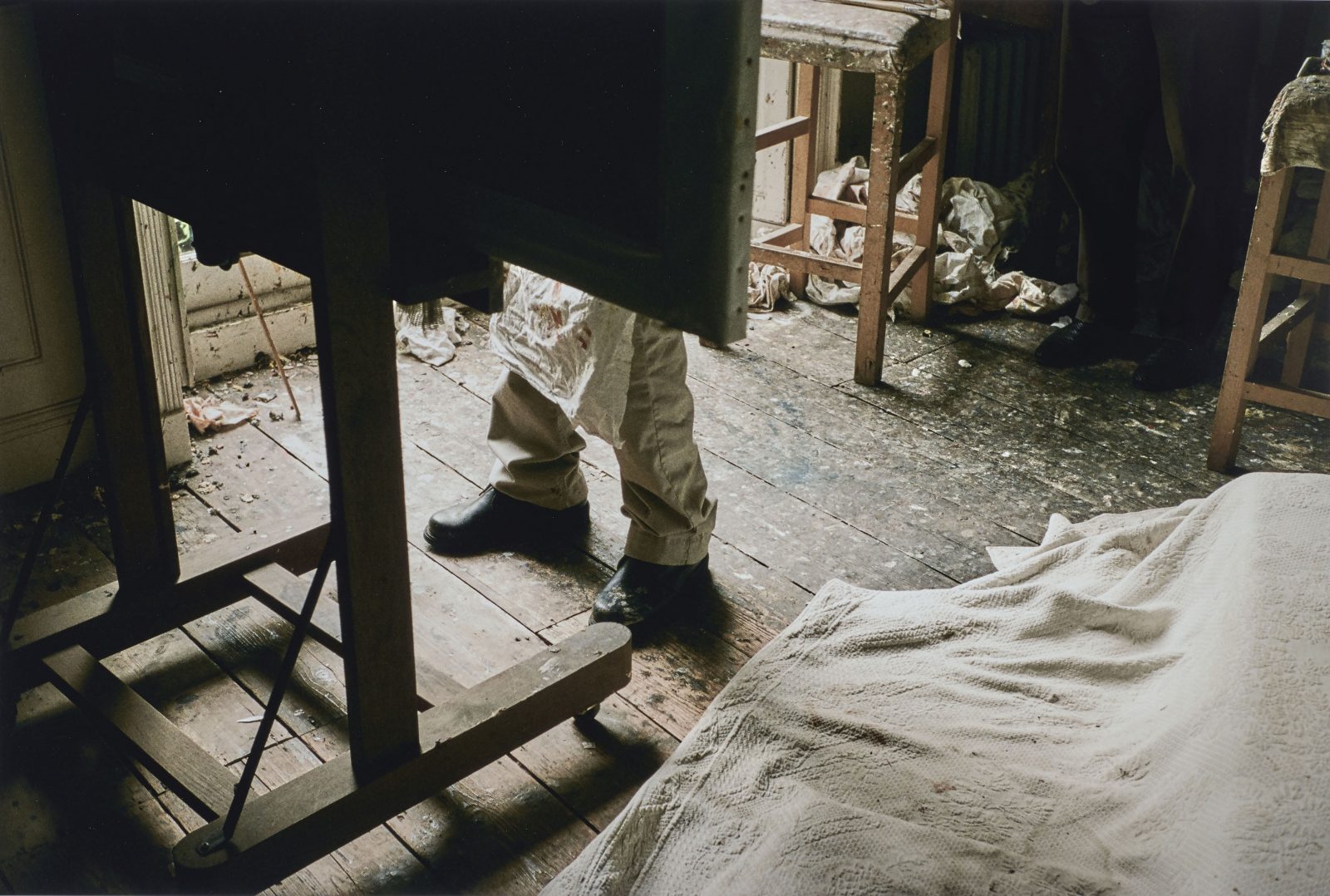
Fig. 2 David Dawson, Lucian Freud: Studio Life, C-type photographic print, 553 x 743 mm, Katrin Bellinger Collection
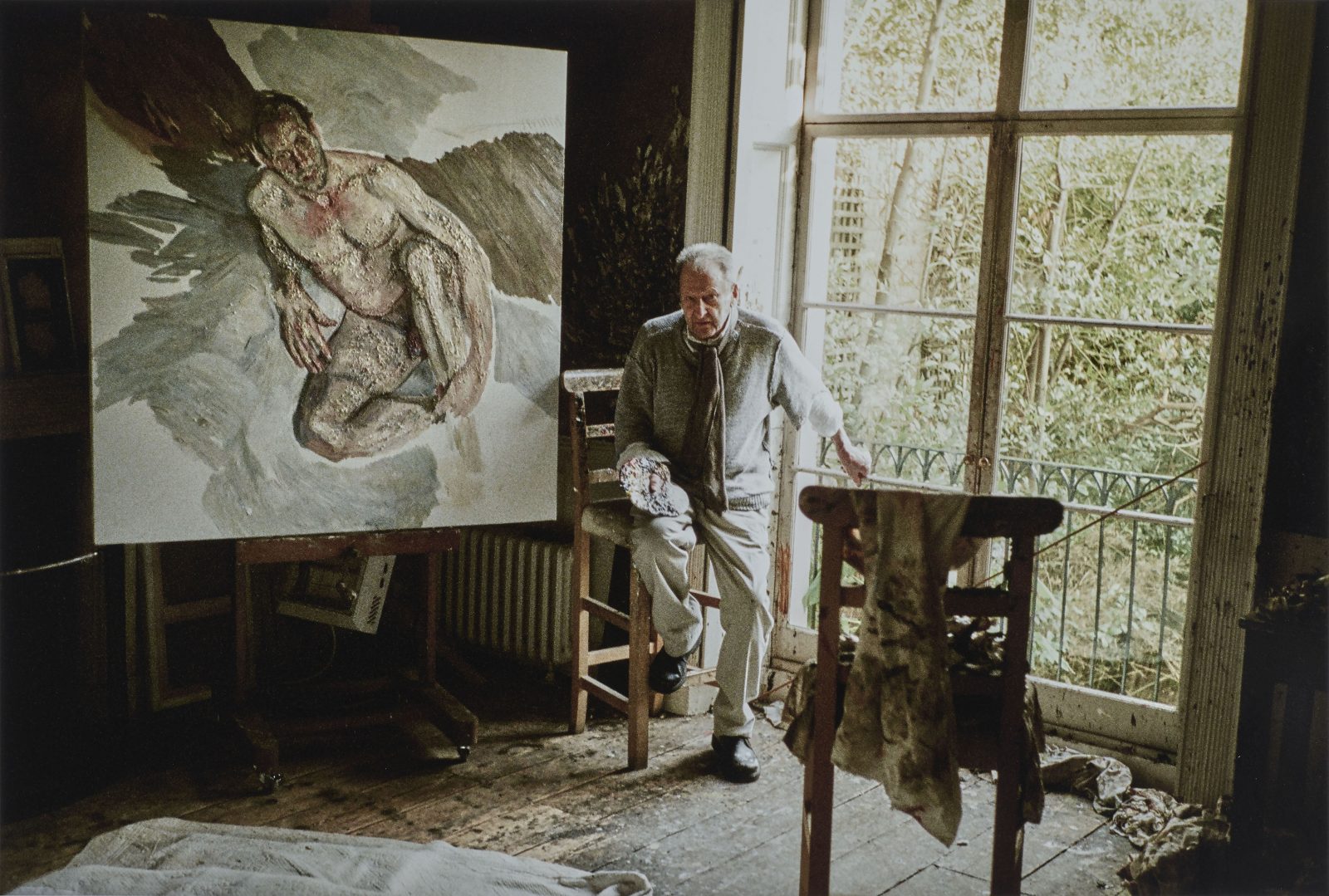
Fig. 3 David Dawson, Lucian Freud: Studio Life, C-type photographic print, 553 x 743 mm, Katrin Bellinger Collection
Pre-Raphaelite Sisters at the National Portrait Gallery
After supporting the successful exhibition The Encounter: Drawings from Leonardo to Rembrandt in 2017, the Tavolozza Foundation was happy to contribute once again to one of the National Portrait Gallery’s thoroughly researched and insightful shows, Pre-Raphaelite Sisters.
Curated by Jan Marsh, the premise for the exhibition is to give space and voice to some of the women who ‘were vitally engaged in creating Pre-Raphaelite art’ [1]. The show and the catalogue (which includes essays by Peter Funnell, Charlotte Gere, Pamela Gerrish Nunn, and Alison Smith) focus on the creative contribution of twelve women, whose role as partners, wives, models, artists and poets has long been overlooked.
Although not solely concerned with the role of women as artists in relation to the activities of the Pre-Raphaelite brotherhood (1850-1900), the show highlights the careers and achievements of several female artists. Iconic works are presented side by side with little-known pieces, with each protagonist being devoted a distinct section.
Upon entering the first room, devoted to Effie Gray Millais (1828-1897), I was instantly met with some familiar faces. The display includes three humorous drawings by John Everett Millais that once belonged to the same album as one in the Katrin Bellinger collection (fig. 1) [2]. Effie’s first husband, John Ruskin, was an early supporter of the Pre-Raphaelites, defending them against the attacks of the critics, who saw their art as offensive and absurd.
The sketches record Millais’s and Effie Ruskin’s time spent together in Brig o’Turk in Stirlingshire, Scotland, in 1853. Millais and his brother William had joined the couple, with the pretext that while Ruskin worked on his writing, Millais would paint the background for a portrait of him. In reality, the stay turned into an opportunity for Millais and Effie Ruskin to get closer and the ‘Highland Sketchbooks’ scenes betray their increasing intimacy. The inscription on our sheet, ‘Two Masters and their Pupils’, ironically refers to the fact that Millais was Effie’s drawing-master while John Ruskin, whose figure has been cut away from the upper right corner, was teaching Millais the principles of architecture. Only two years later, Effie and Millais were married. As well as modelling for Millais, she became his invaluable assistant, researcher, and business partner, contributing to his success. She was also a talented watercolourist and some of drawings are included in the display.
Another artist whose personal and professional life became closely intertwined with the Brotherhood was Maria Zambaco (1843-1914), whose considerable artistic output is sadly largely lost today. She is known as the model and lover of Edward Burne-Jones, with whom she had a long, tormented affair. Her charm is vividly captured in a small etching by Charles Keene showing Zambaco drawing (fig. 2). In its graphic language and narrow vertical format, it reminded me of a piece in the Katrin Bellinger collection: Keene’s pen and ink drawing of a young woman standing by an easel, holding palette and mahl-stick (fig. 3). With its controlled handling of the pen and pared-down composition, our drawing is a typical example of Keene’s draughtsmanship. The young woman posing by an easel is Dorothea Corbould (1849-1928), one of the daughters of painter Alfred Corbould and of Mary Keene, the artist’s sister [3].
Charles Keene’s penchant for depicting artists at work earned him the moniker of ‘artists’ artist’. He also made a large number of sketches of his friends and family as is the case with our drawing portraying his niece Dorothea. That he would later include the young woman with a palette and brush in one of his cartoons for Punch adds to the appeal of this intimate sketch. [4] The cartoon, entitled The Portrait (fig. 4), pokes fun at visual literacy and artistic sophistication, touching on issues of gender and class in Keene’s distinctive subtle humour. Not a lot is known about Dorothea and we cannot be sure whether she painted, but we know that she had an artistic soul – her novel Loyal Hearts was published in 1883.
Pre-Raphaelite Sisters is open at the National Portrait Gallery until 26 January 2020
Notes:
[1] Jan Marsh, with contributions by Peter Funnell, Charlotte Gere, Pamela Gerrish Nunn, and Alison Smith, Pre-Raphaelite Sisters, exhibition catalogue, National Portrait Gallery, London, 2019, p. 8.
[2] Marsh, Pre-Raphaelite Sisters, pp. 51-52, figs. 32-34.
[3] A portrait of the young Dorothea Corbould, reading, c. 1860, is at Tate, inv. No. T02082
[4] Punch, or the London Charivari, vol. 59, October 22, 1870, p. 170: Charwoman (who has been sitting to the young ladies). “O dear, Miss Laura! Why you’ve only drawed me with one eye! Miss Rosa’s give me my regular number!”
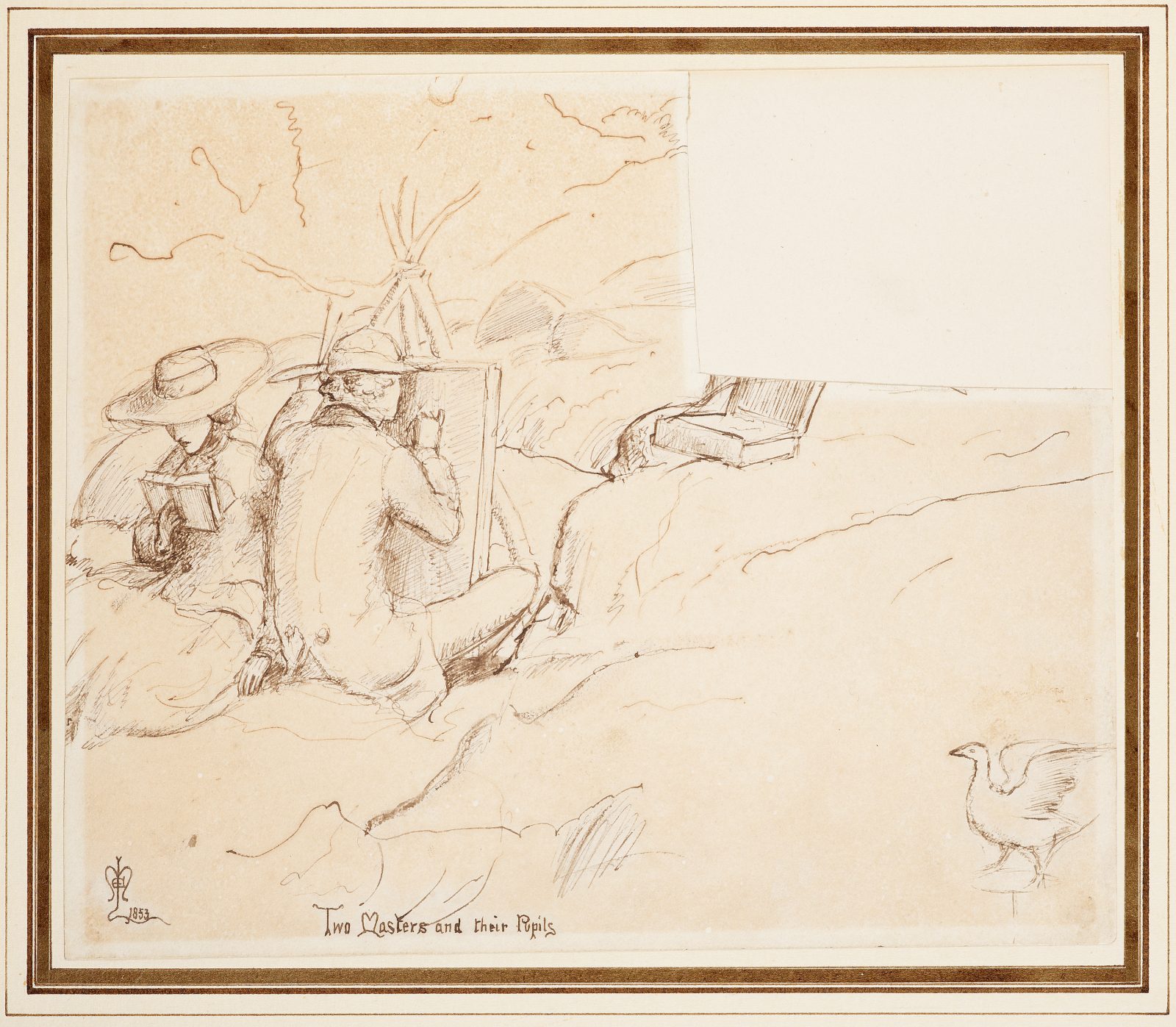
Fig. 1 John Everett Millais, Two Masters and their Pupils, 1853, pen and ink, 184 x 236 mm, Katrin Bellinger Collection
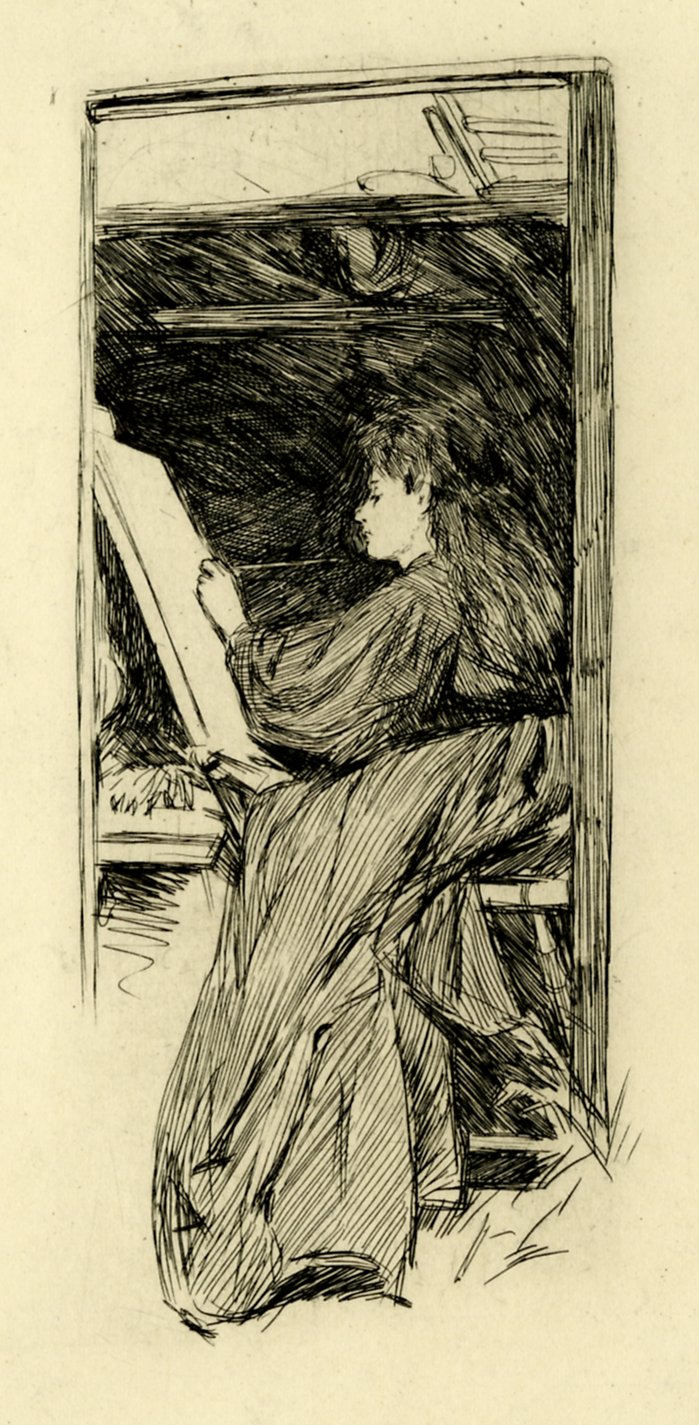
Fig. 2 Charles Keene, Madame Zambaco Drawing, 1869-70, etching, 163 x 105 mm, British Museum, London, inv. no. 1892,0514.49
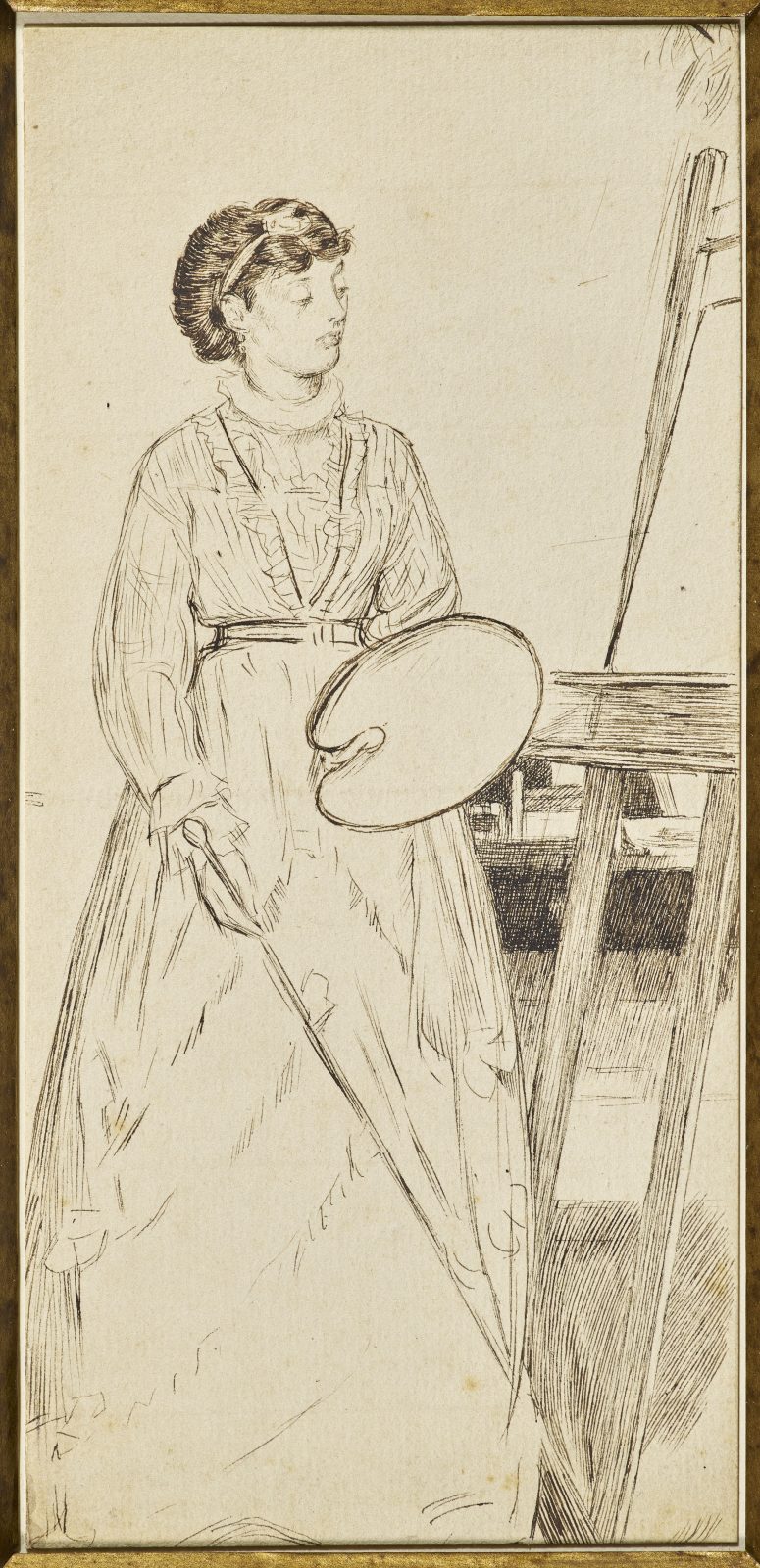
Fig. 3 Charles Keene, A Woman Artist by her Easel (Dorothea Corbould), pen and ink, 204 x 100 mm, Katrin Bellinger Collection
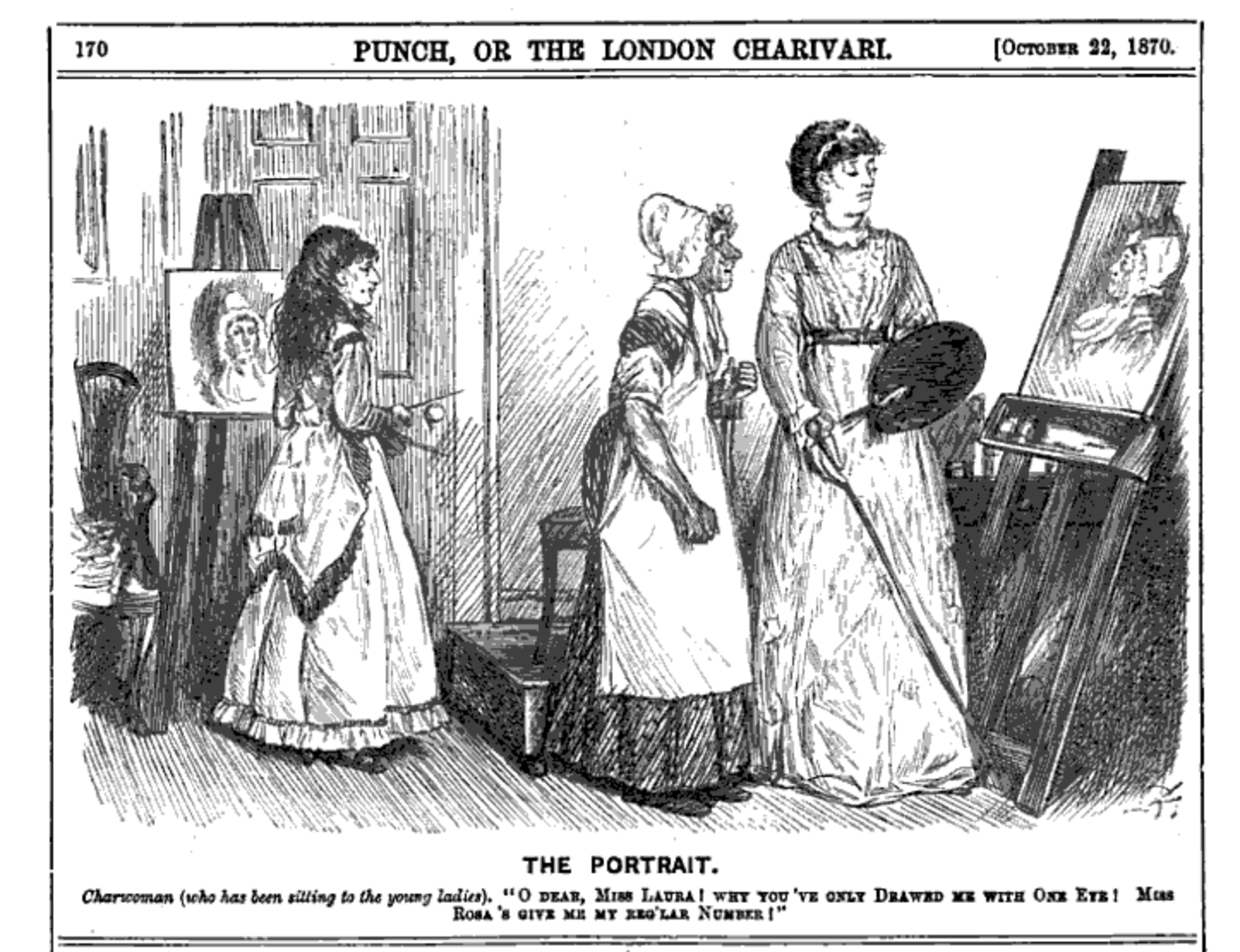
Fig. 4 The Portrait, in Punch, or the London Charivari, vol. 59, October 22, 1870, p. 170
Only my Strength of Will Remains – Goya Drawings at the Museo Nacional del Prado
The Museo del Prado’s Bicentenary celebrations culminate with an exhibition devoted to the drawings of Francisco de Goya (1746 – 1828). Opening on the exact date of the museum’s 200th Anniversary, the exhibition is the result of a lengthy research project in collaboration with the Fundación Botín to catalogue the artist’s known drawings – half of which are housed at the Prado.
Co-curated by José Manuel Matilla, Chief Curator of Prints and Drawings at the Museo Nacional del Prado, and Manuela Mena, Chief Curator of 18th-century Painting and Goya at the Prado, the exhibition comprises over 300 drawings and surveys Goya’s extensive career. Beginning with his earliest known sketchbooks from his trip to Italy between 1769 and 1771, the exhibition concludes with the drawings completed during his final years in the Bordeaux Sketchbooks [1].
Throughout the exhibition we see Goya’s self-portraits – whether in letters to his childhood friend Martín Zapater or as a tortured genius in The Sleep of Reason – and they provide a fascinating insight into how Goya presented himself both in private and to the wider world.
In his Self Portrait of 1796 (Fig. 1, Cat. 1) Goya has positioned himself full-frontal, confidently gazing out at the viewer. Although he has sketchily rendered his attire you can clearly see an imaginary badge of honour with his name inscribed on adorning his chest. Here we see Goya radiating confidence and self-esteem.
He conveys a similar self-assurance in Francisco Goya y Lucientes, Painter of circa 1797 (Fig. 2, Cat. 182) for the frontispiece of Los Caprichos. Executed in red chalk over black chalk, the composition for the profile portrait is based on that of Scorn from Charles Le Brun’s series of human passions. In the final version for the etching, found in the Katrin Bellinger Collection (Fig. 3), Goya has adjusted his expression so he is no longer staring straight ahead. Instead he looks out at the viewer from the corner of his eye, his lips grimly pursed in a reflection of the weighty content in his “censure of errors and human vices.”
In the second half of his life Goya became obsessed with old age and his later sketchbooks reflect his preoccupation. By 1819 he had lost favour with the royal family and aristocracy. The loss of his hearing after a serious illness and his dwindling circle of friends, many of whom had been persecuted or exiled, had left him feeling increasingly isolated.
The exhibition closes with I Am Still Learning (Fig. 4, Cat. 251), a powerful image which is considered a symbolic self-portrait. Executed at the end of his life it shows an old man hobbled by age, only able to walk with the help of sticks. However, despite the frailty of his body, his face displays a determination to keep progressing and moving forward as declared by Goya himself in his letter to Joaquín María Ferrer in 1825 when he said that “everything fails and only my strength of will remains.”
Goya. Drawings. “Only my Strength of Will Remains” is on at the Museo del Prado until 16 February 2020
Notes:
[1] Matilla, José Manuel and Manuela B. Mena Marqués, Goya. Drawings. “Only my Strength of Will Remains”, exhibition catalogue, Museo Nacional del Prado, Madrid, 2019
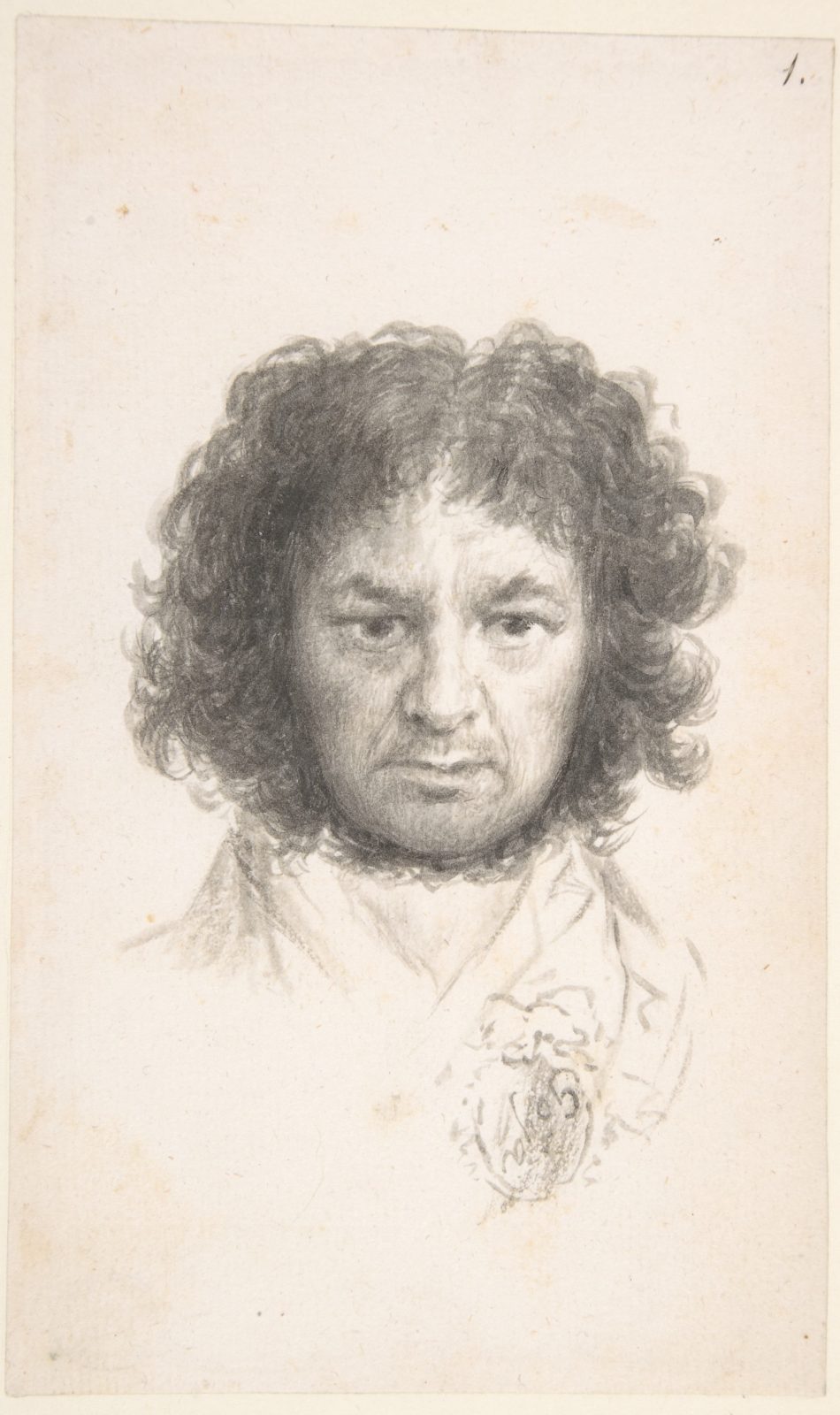
Francisco de Goya, Self-portrait, brush and carbon black ink wash on laid paper, 233 x 144 mm, New York, The Metropolitan Museum of Art, Harris Brisbane Dick Fund, 1935, no. 35.103.1

Francisco de Goya, Francisco Goya y Lucientes, Painter (preparatory drawing for Capricho I), red chalk over preliminary outline drawing in black chalk, on laid paper, 200 x 143 mm, irca 1797, New York, The Metropolitan Museum of Art, Bequest of Walter C. Baker, 1971, 1972.118.295
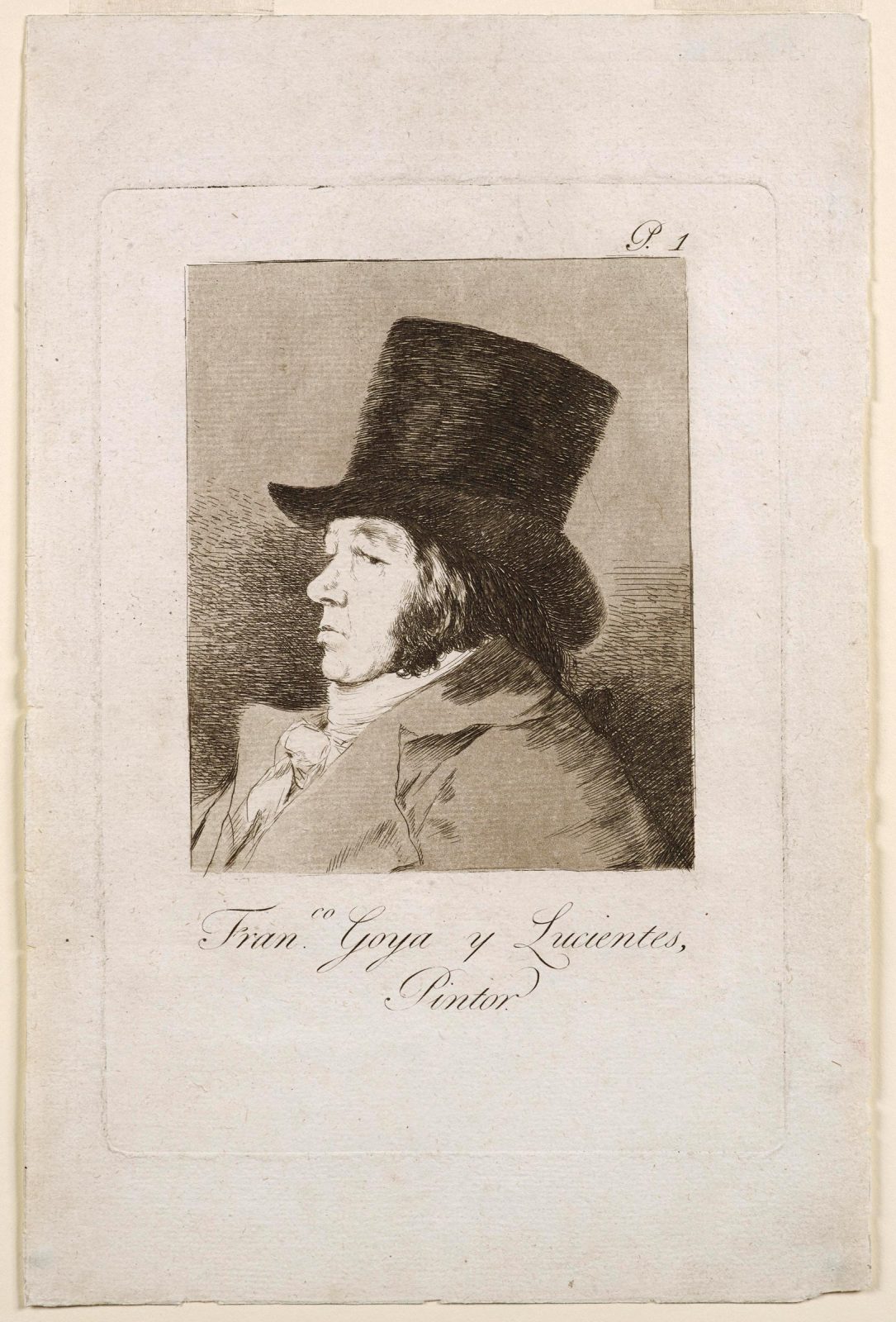
Francisco de Goya, Self-portrait (plate 1 for Los Caprichos), etching and aquatint, 218 x 153 mm, circa 1797-98, Katrin Bellinger Collection
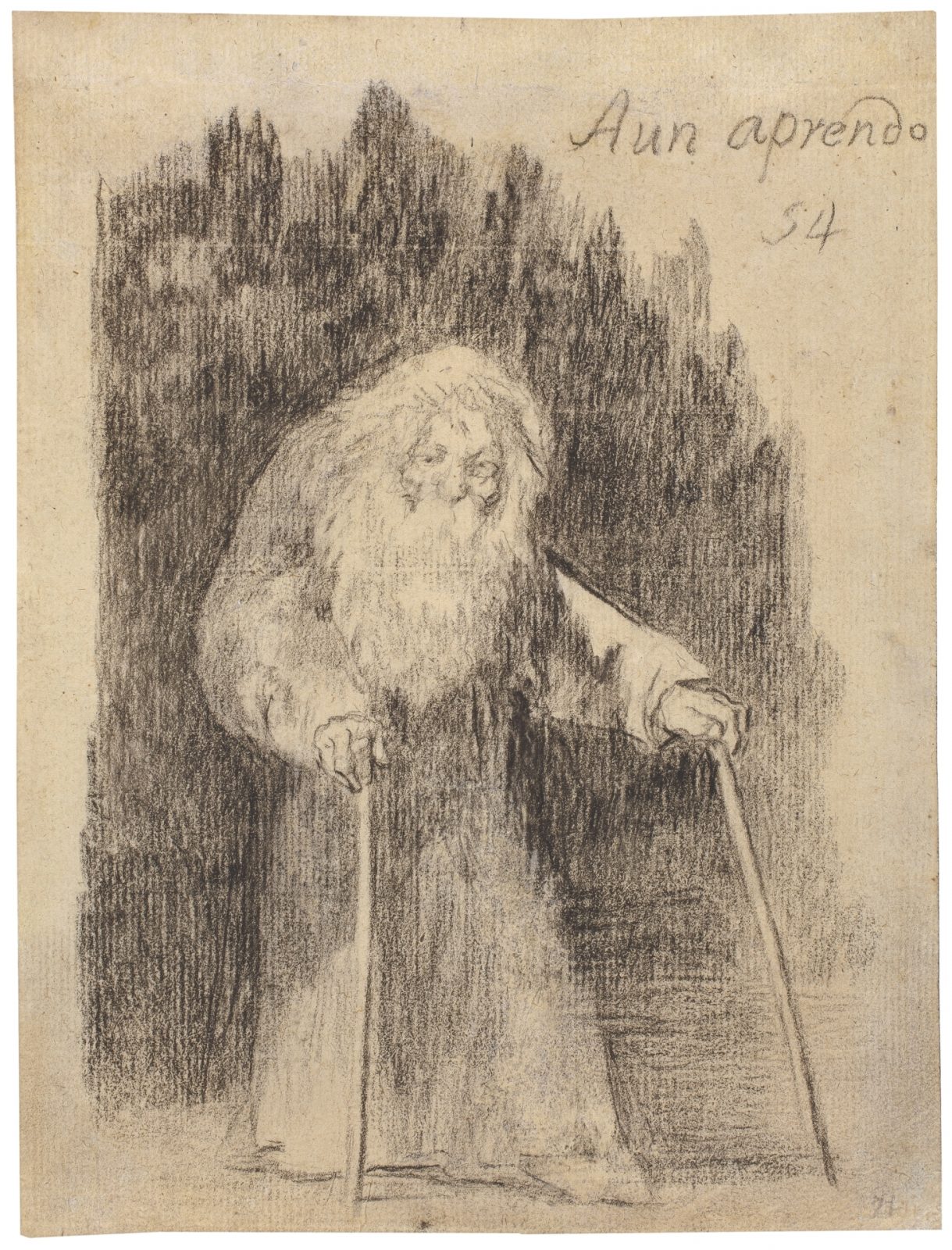
Francisco de Goya, I am Still Learning (Bordeaux Sketchbook [G], sheet 54), black crayon on laid paper, 192 x 145 mm 1824-28 Madrid, Museo Nacional del Prado, D4151
The Self-Portrait, from Schiele to Beckmann at the Neue Galerie, New York
The Self-Portrait, from Schiele to Beckmann, at the Neue Galerie, New York, is devoted to the theme of self-portraiture in Germany, Austria and Switzerland in the first half of the twentieth century. Open until 24 June, the exhibitions was curated by Tobias G. Natter and is typical of the focused, beautifully conceived shows that the Neue Galerie has become known for.
Through a wide range of pictorial and graphic examples – 75 works in total – the show presents the most prominent German, Austrian and Swiss artists whose oeuvre is marked by a sustained engagement with self-representation. Exemplary works by each artist are contextualized in light of their innovative approaches as well as their debt to the Old Masters – Dürer and Rembrandt in primis. Interesting overlaps can be traced between the exhibition’s scope and several works in the Katrin Bellinger Collection.
Käthe Kollwitz (1867-1945) features in the show amongst the few women artists who came to prominence in this period. In an early printed self-portrait, the artist gazes out at the viewer, while working at a table in a domestic setting (fig. 1). The print’s composition and the chiaroscuro effect are clearly indebted to Old Master prints, such as Rembrandt’s self-portraits. This is one of over a hundred self-representations produced by Kollwitz in various media. In later works she adopted a more expressionistic visual language and often portrayed herself staring out at us while holding/touching her head as if to evoke an intimate act of self-examination [1].
In his late pencil self-portrait of 1924, Lovis Corinth (1858-1925) also portrays himself looking out at the beholder (fig. 2). He is simultaneously engaging with our gaze and performing the very action of drawing. In a self-referential act of making, Corinth scrutinized his likeness in a mirror and records it with the pencil and paper he is holding. In the artist’s face we also detect the signs of time and hardship. After suffering a stroke at the age of 53, Corinth was relentless in the pursuit of his art. His steadfast engagement with self-portraiture, initially inspired by his admiration for Rembrandt, became in the latter part of his life the means through which he could document the effects of illness and time’s passing on his physical appearance.
A later example from the Collection is an impressive sheet by George Grosz (1893-1959), executed while he was living in exile in the United State (fig. 3). Having been forced to flee Germany because of his activities as a satirist and outspoken opponent of the Nazi regime, Grosz found himself at once welcome and isolated in New York. This large drawing, ironically entitled ‘Gute Zeit’ (Good Times), conjures the realm of fantasy and nightmare [2]. Looming danger is embodied by a bird of prey with a rat in its beak, a snake under the table and insects crawling all around. Concurrently, this arresting image also strikes us as a celebration of artistic practice. The draughtsman’s tools, pencils, brushes, bottles, paint tubes, are piled onto the work surface; their presence and quantity made all the more significant by knowing that Grosz devoted particular attention to the crafting of his own drawing implements. The contents of his studio are now held at the Kunst Akademie in his native Berlin.
The Self-Portrait, From Schiele to Beckmann, is on view at the Neue Galerie, New York, until 24 June 2019.
Notes:
[1] Tobias G. Natter, ed., The Self-Portrait, From Schiele to Beckmann, exhibition catalogue, Neue Galerie, New York, 2019, p. 167, fig. 43.
[2] A painting exploring the same subject is dated 1940: Self-portrait with Bird of Prey and Rat, oil on canvas, 118 x 83.5 cm, George Grosz Estate, 1959.
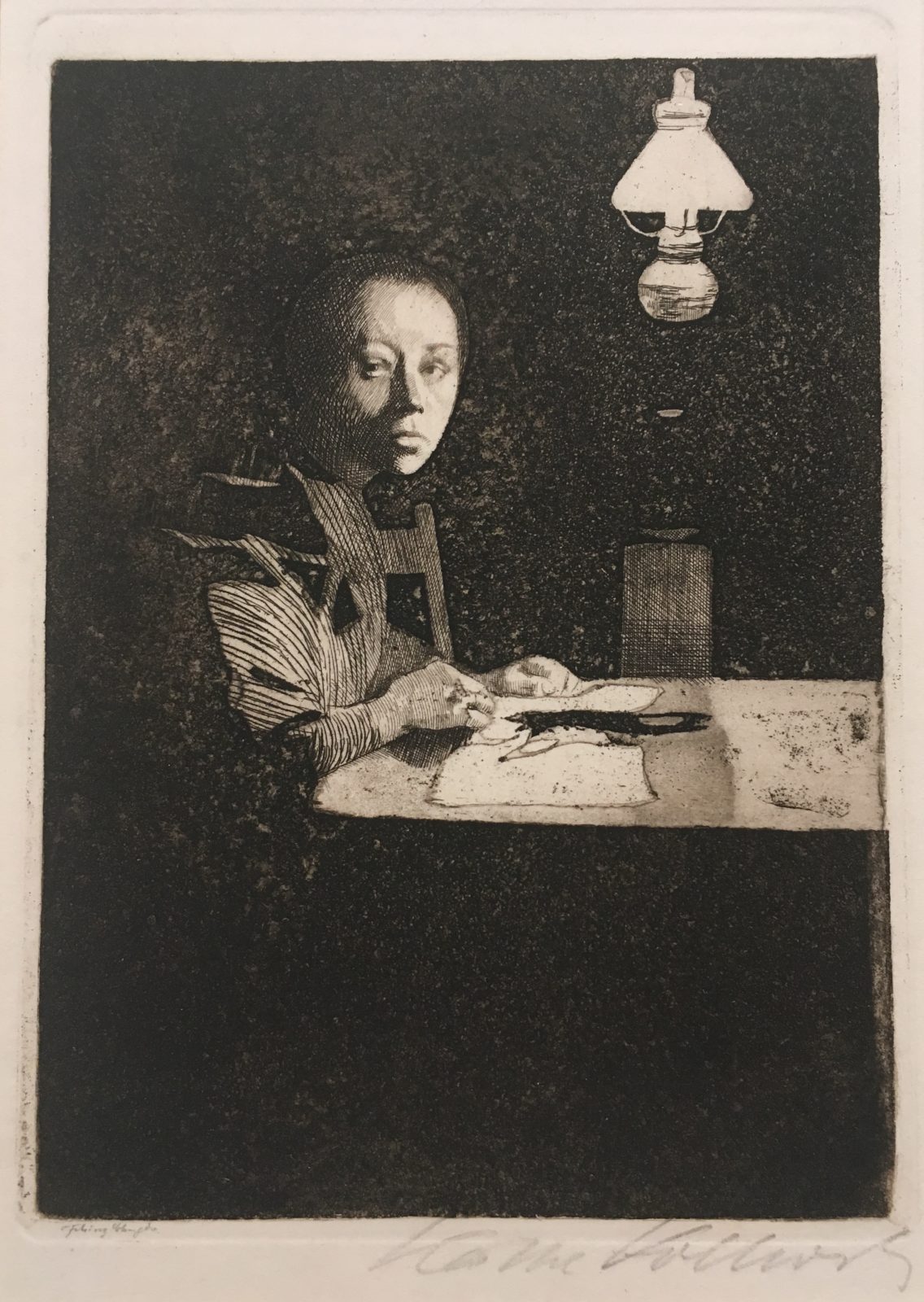
Fig. 1 Käthe Kollwitz, Self-portrait at a table, 1893, etching, drypoint and aquatint, 178 x 129 mm (plate), Katrin Bellinger Collection.

Fig. 2 Lovis Corinth, Self-portrait with pencil and sketchbook, 1924, graphite, 313 x 248 mm, Katrin Bellinger Collection.

Fig. 3 George Grosz, 'Gute Zeit' (Good Times), 1940, pen and black ink, watercolour, white heightening, 635 x 480 mm, Katrin Bellinger Collection.
Edward Burne-Jones at Tate Britain
The exhibition Edward Burne-Jones which closed at Tate Britain last month is the first solo show of his works at the Tate since 1933. Despite having no formal training, Burne-Jones achieved world-wide fame in his day and was seen as a visionary artist who took the Pre-Raphaelite movement into a new symbolist direction.
The exhibition explored Burne-Jones’ wide range of works, from tapestry and stained glass to painting and drawing. It is the drawings and caricatures which provided one of the most interesting aspects of the exhibition. In contrast to Burne-Jones’ highly polished and often melancholy paintings, these works on paper provide evidence of a more playful character who delighted in drawing to amuse and entertain. From an early age, Burne-Jones would illustrate his letters to family and friends, often making fun of himself and those closest to him such as his friend and collaborator William Morris.
In ‘William Morris reading poetry to Edward Burne-Jones’ (Fig. 1, Cat. 83) he pokes fun at his friend who was known for lengthy recitals of his poetry. Burne-Jones’ wife Georgiana would later recall how Morris’ sonorous voice would often almost lull them to sleep in these sessions, ‘I remember, with shame, often falling asleep to the steady rhythm of the reading voice, or biting my fingers and stabbing myself with pins in order to keep awake. But no-one ever reproached me.’ [1] Here Burne-Jones portrays a corpulent Morris energetically reading his epic verse to Burne-Jones, who in contrast slumps half asleep in the chair next to him.
Burne-Jones’ caricatures featured most often his own self-portrait, regularly acting as a form of signature in dashed off notes to friends. He often portrayed himself as a shabby unkempt figure with disheveled hair and generally haggard appearance. In ‘Self-portrait caricature in a letter to Cosmo Monkhouse’ (Fig. 2, Cat 86) he apologises for his late reply illustrating himself at the breakfast table swamped by an avalanche of guilt-inducing letters, a hangdog expression on his face.
Another such example can be found in a note to Mrs Moscheles in the Katrin Bellinger Collection (Fig. 3). [2] On paper headed ‘The Grange, West Kensington, W.’ and inscribed ‘Come Dressed as you are’ Burne-Jones has drawn a tatty shirt and trousers, covered in patches. On it he has written ‘Dear Mrs Moscheles/ Gladly, on Saturday/but really in These clothes?/yours very/truly/EBJ’. It is these flashes of humour which allow us a rare chance to see the personality of the artist, one that is far removed from the solemn classical figures that populate his paintings.
Notes:
[1] John Christian, Edward Burne-Jones – The Hidden Humorist, The British Museum Press, 2011, p. 37
[2] Felix and Margaret Moscheles were both artists who often held soirees at their home in Cadogan Gardens and mixed with the artistic circles of the day.

Edward Burne-Jones, William Morris reading poetry to Edward Burne-Jones, pen and ink @Victoria & Albert Museum

Edward Burne-Jones, Self-portrait caricature in a letter to Cosmo Monkhouse, pen and ink @Stephen Calloway

Edward Burne-Jones, A Note to Mrs Moscheles, pen and ink, Katrin Bellinger Collection
What is a self-portrait anyway?
Recently at the Drawing Room in London, the elegant exhibition – CLOSE: Drawn Portraits– brought together examples of artists’ portraits and self-portraits from over two hundred years of artistic production. Encompassing a period from Jean-Auguste-Dominique Ingres to Claudette Johnson, the exhibition revealed the historical and stylistic differences across this time, but perhaps more surprisingly, it emphasised much more the artworks’ shared characteristics and the artists’ shared endeavours. Above all, what connected the artworks in this exhibition was twofold: on the one hand, their subject matter – all of them portrayals of people; and on the other, their media – the use of graphic arts to encapsulate, interrogate, or express their human subjects.
While undertaking the enjoyable task of writing the exhibition catalogue essay for this show, I had the pleasure of thinking through two centuries of artistic engagement with portraiture and self-portraiture. [1] And thanks to the curators’ varied selection of works, rather than pursuing that habitual art-historical tendency to seek out shifts and differences, I was instead drawn to consider all their consistencies and continuities.
In an exhibition bringing together portraits and self-portraits, one of the questions we are invited to consider is the relationship between these two kinds of artworks. At first glance, this might seem like a question with a really obvious answer! Clearly, a portrait is a representation of another person and a self-portrait is a representation of the self. But in both theory and practice, it is much more complicated than it first appears. Are portraits and self-portraits similar enough to be essentially the same genre? Is self-portraiture just different enough to make it a sub-genre of portraiture? Or are the two so different as artistic acts that they actually amount to separate genres in their own rights?
It’s a little-known fact that the very concept of self-portraiture, at least linguistically, is actually relatively recent. In English, the word “self-portrait” only emerged around the 1810s, probably coming from the German “Selbstbildnis” in use just a little earlier. Meanwhile, in French, the word “autoportrait” did not gain currency until as late as the 1920s. [2] Obviously self-portraits themselves were being produced for centuries earlier than this. But until there was a specific word to describe them, they were simply called “portraits”. Evidently a word isn’t necessary for something to exist, but the lack of a distinctive term does suggest a certain blurriness around the edges of these artistic categories.
As viewers, when we encounter portraits and self-portraits, they can sometimes seem ambiguously similar. But for the artists making them, they entail completely different artistic experiences. For instance, when looking at Louis-Léopold Boilly’s Portrait of a Young Woman Drawing Herself (Fig. 1) and Deanna Petherbridge’s Self-Portrait (hole in the head)(Fig. 2), both works present the viewer with images of artists engaged in the act of drawing themselves. And yet, the two works are products of entirely different creative processes. As a portrait, Boilly’s Young Woman Drawing Herself is the product of a fundamentally social interaction, a moment of exchange between artist and sitter, characterised by the emotional nuances inherent in any human encounter. Meanwhile, as a self-portrait, Petherbridge’s drawing is the product of a much more solitary act, a moment of psychological introspection and phenomenological exploration.
Looking at portraits and self-portraits together in a trans-temporal context – unhindered by the boundaries of centuries or styles – draws out the complex and blurry nature of these representations. But it is also the graphic media that encourages such inquiry. For perhaps more than any other medium, drawing offers the artist a space for experimentation and expression, while offering the viewer a material encounter with those processes of creation.
Notes:
[1] Kate MacFarlane (ed.), Close: Drawn Portraits, exhibition catalogue (London: Drawing Room, 2018).
[2] On the significance of self-portraiture’s linguistic origins, see Hannah Williams, “Autoportrait ou portrait de l’artiste peint par lui-même? Se peindre soi-même à l’époque moderne”, Images Re-vues 7 (2009), http://journals.openedition.org/imagesrevues/574 (accessed 7 February 2019).
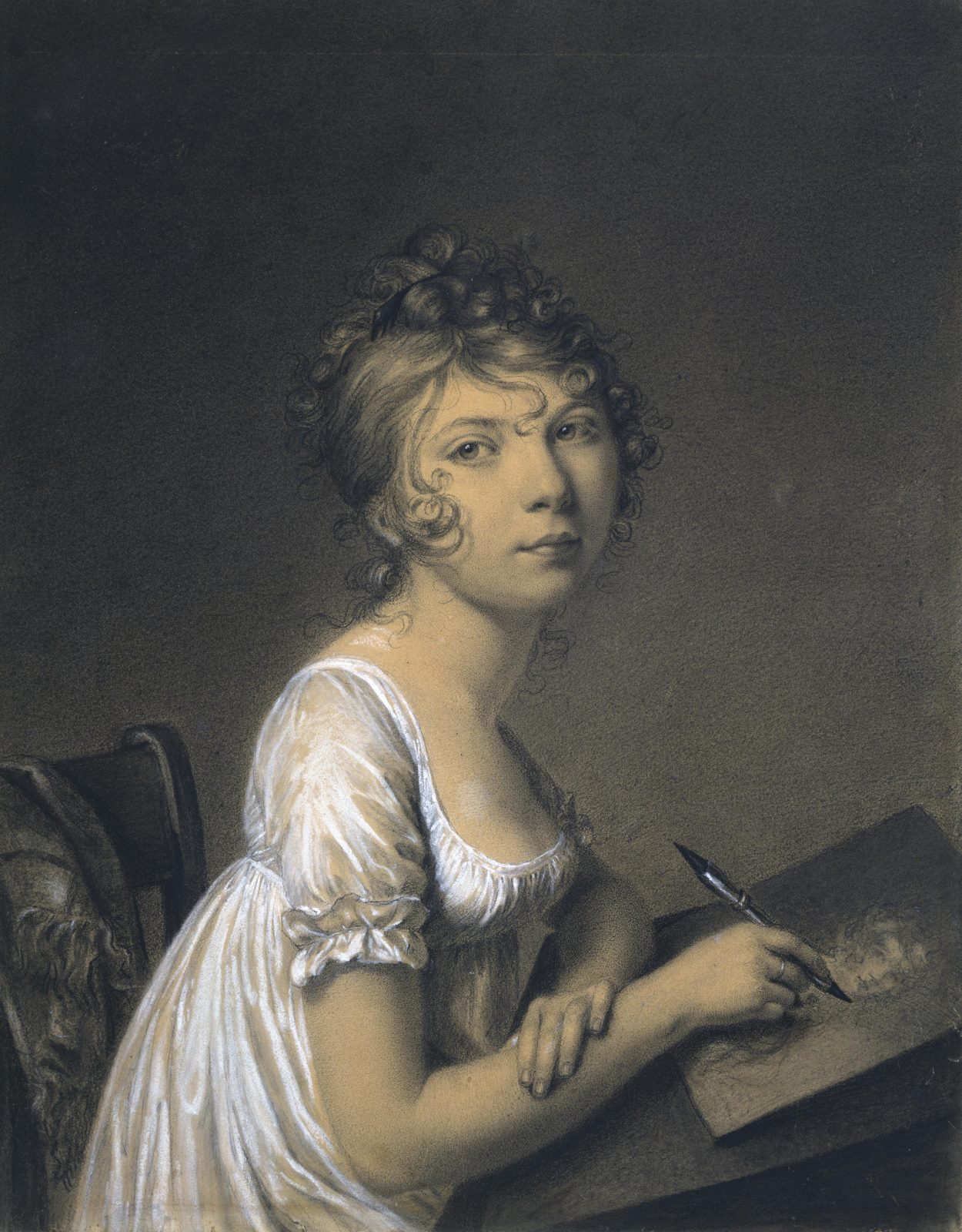
Louis-Leopold Boilly (1761-1845), Portrait of a Young Woman drawing Herself, black chalk heightened with white on buff paper, 30.2 x 23.7 cm, Katrin Bellinger Collection.
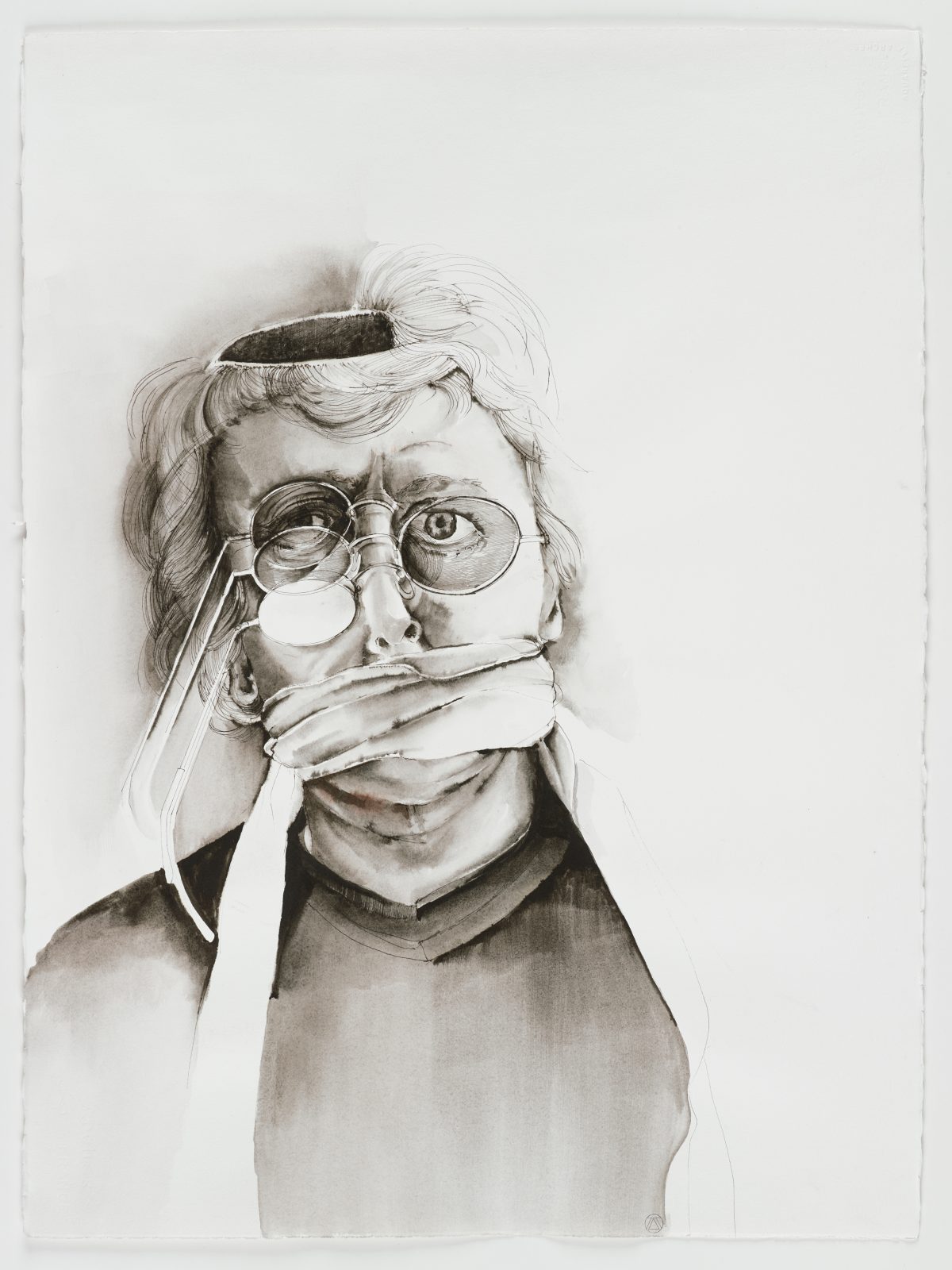
Deanna Petherbridge, Self-Portrait (Hole in the Head), 2000-2001, pen, ink and wash on paper, 76 x 57 cm,, Katrin Bellinger Collection.
Women artists at work: nineteenth-century examples
Recent years have seen an increased interest in the too often forgotten role of women in art history. Women have received renewed attention for their achievements as collectors, patrons, historians, curators, museum directors, and, obviously, artists. Since starting her collection, Katrin Bellinger actively sought out and acquired interesting representations of women artists at work. For the most part obscure, these examples, ranging from the early modern period to the present, not only enrich our understanding of the topic of the artist at work but also constitute a developing area of study on their own.
My personal fascination with the subject of women artists is an advantage when researching and seeking to expand our holdings. As well as tracing little-known works I also keep up to speed with the new findings in the field. In the past year alone, several exhibitions and conferences were devoted to the topic [1]. Of particular interest was the Christie’s Education Conference entitled Celebrating Female Agency in the Arts (New York, 26-27 June 2018) where the activities of female artists, across ages and countries, were integrated in broader networks of female patronage and curatorship, which made for a truly fascinating event. Here, I want to consider just a couple of examples from the collection to shine light on this intriguing subject.
A recent addition to the collection is a portrait of a woman painter at her easel (fig. 1) by the French realist artist François Bonvin (1817-1887). Executed in 1848 it portrays Sophie Unternährer, sister of Bonvin’s mistress at the time, Eléonore. [2] Long considered lost, the painting was recently rediscovered, giving us the rare and exciting opportunity to reunite it with one of its preparatory drawings, in black chalk (fig. 2), already in the collection. The painting exemplifies Bonvin’s vigorous style combined with a restrained colour palette. Sophie in her grey dress appears as a presence created by light. A few touches of white serve to highlight her hand with the brush, her jaw and neck, and her dress’s collar. Flicks of light also define the objects surrounding her. The dramatic illumination and the rendering of the interior in the oil attest to Bonvin’s familiarity with the works of the Dutch Old Masters that he studied at the Louvre. Although little is known today of Sophie’s own style, we do know that, with her sister and Bonvin, she belonged to a circle of friends called ‘groupe de la bohème’. [3] Notable members were also Gustave Courbet and the writer and art critic Jules François Felix Fleury-Husson, called Champfleury, the early promoter of the realist movement.
Fortunately, many fascinating representations of women artists realised by women do exist, whether in the form of self-portraits or as depictions of their fellow art school trainees or peers. Such images often defy traditional expectations on the training and professional opportunities available to women artists. While Sophie Unternährer may have received an informal artistic training, in the second half of the nineteenth century new possibilities opened up for ambitious young women wishing to carve a career in the arts for themselves.
It was initially small private institutions that understood the potential – both financial and artistic – for admitting women into a programme of structured fine arts training. The Académie Julian, founded in 1868 by Rodolphe Julian, a former wrestler, was one of the most prestigious art schools in Paris and included a large studio exclusively for women in 2, rue de Berri, just off the Champs-Elysées, which opened around 1890. Another Parisian school, the Académie Colarossi, also pioneered the inclusion of female students. In contrast, it took longer for the official institutions to acknowledge the need for inclusiveness. Women were banned from the Ecole des Beaux-Arts in Paris until 1897. [4]
One of the most promising pupils of the Académie Julian was Rose-Marie Guillaume (Tours 1876–circa 1930 Paris), whose masterful watercolour shown here offers an intimate encounter with a female artist in an atelier (fig. 3). It is likely set at the Académie Julian’s rue de Berri studio, where Guillaume trained and later gave lessons. Although this confident drawing could represent a fellow student, the young woman’s assertive gaze suggests it may indeed be a self-portrait. [5]
Notes:
[1] The literature on the subject has increased significantly. For a recent publication see: L. Madeline et al., Women Artists in Paris, 1850–1900 (New Haven: Yale University Press in association with the American Federation of Arts, 2017).
[2] A. Berès (et al.), Francois Bonvin, The Master of the Realist School, exhibition catalogue, Paris, Galerie Berès, and Pittsburgh, The Frick Art Museum, 1999, under cat. no. 19 (as lost).
[3] Two of Sophie Unternährer’s paintings have appeared on the art market, both showing a taste for all’antica subjects and focusing on female figures.
[4] The Royal Academy, London, began admitting women in 1860, but they could not attend life classes there until 1893. See Nancy G. Heller, Women Artists. Works from the National Museum of Women in the Arts (New York, 2000), pp. 60-61.
[5] G. Weisberg, ‘The Women of the Académie Julian: The Power of Professional Emulation’; in idem, and J. R. Becker (eds.), Overcoming All Obstacles. The Women of the Académie Julian, exhibition catalogue, Williamstown, The Sterling and Francine Clark Institute, 1999-2000, pp. 30, 33, fig. 28.
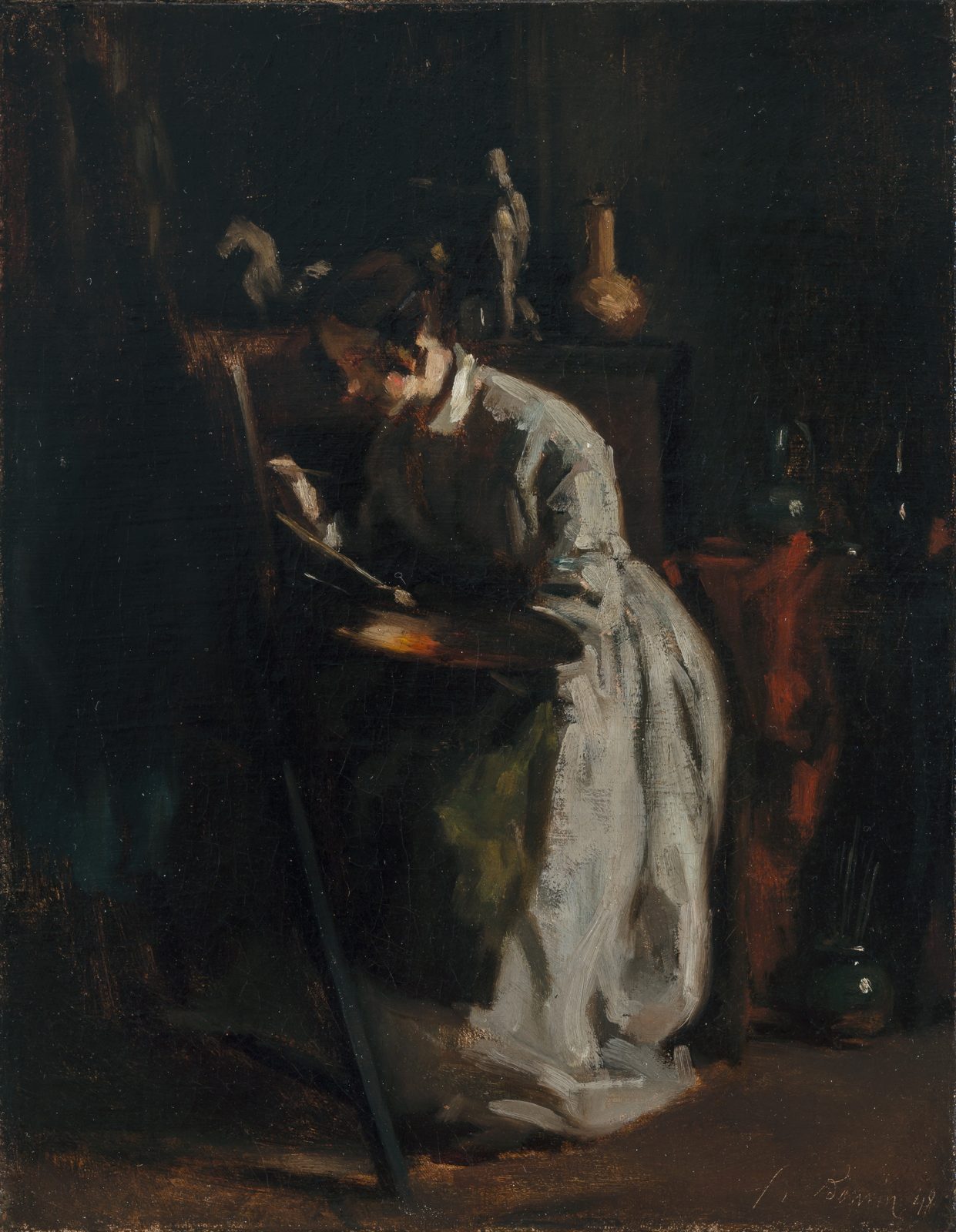
François Bonvin, Sophie Unternährer at her easel, c. 1848, oil on canvas, 24.2 x 18.7 cm, Katrin Bellinger Collection.
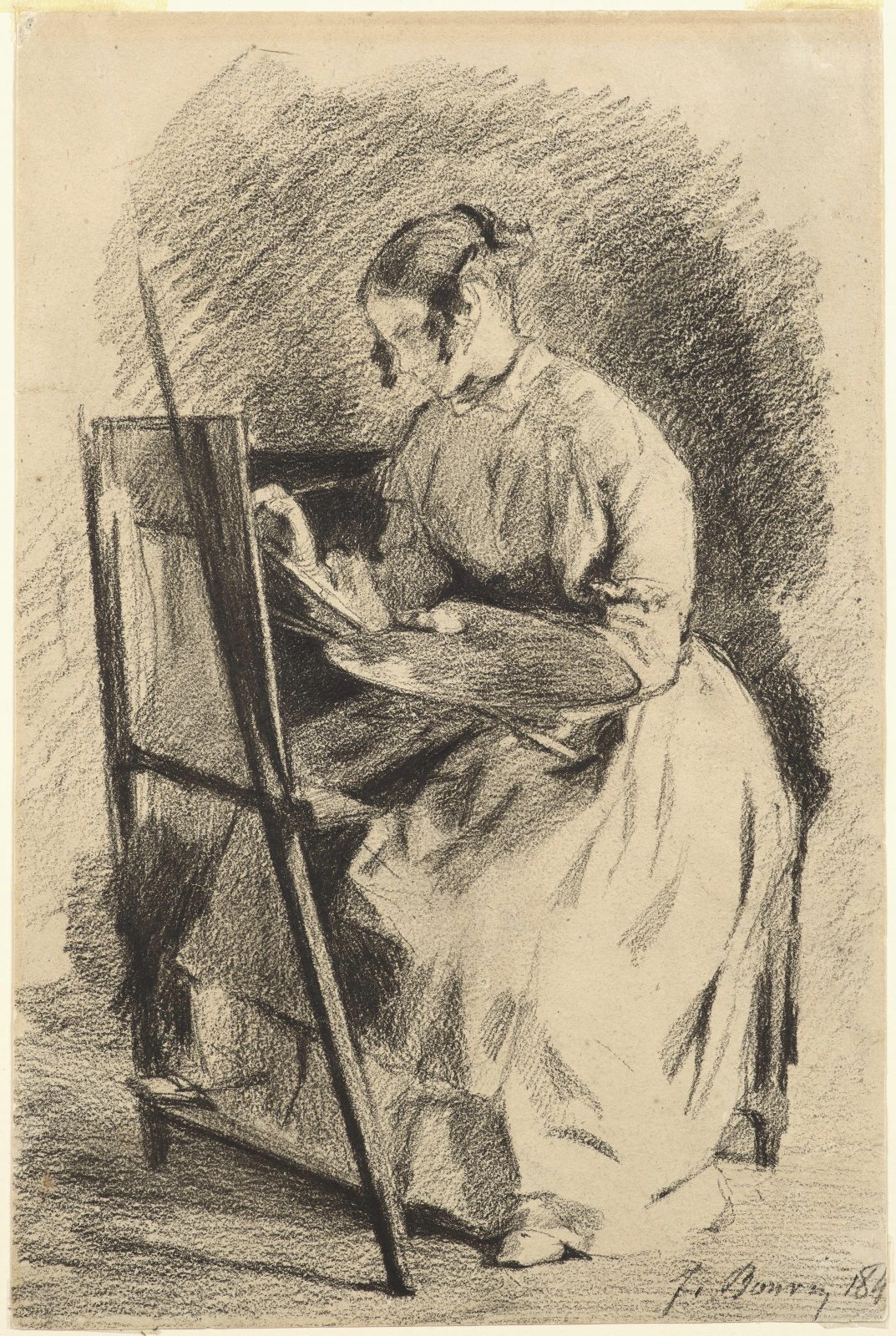
François Bonvin, Study for Sophie Unternährer at her easel, c. 1848, black chalk, 23.7 x 15.6 cm, Katrin Bellinger Collection.
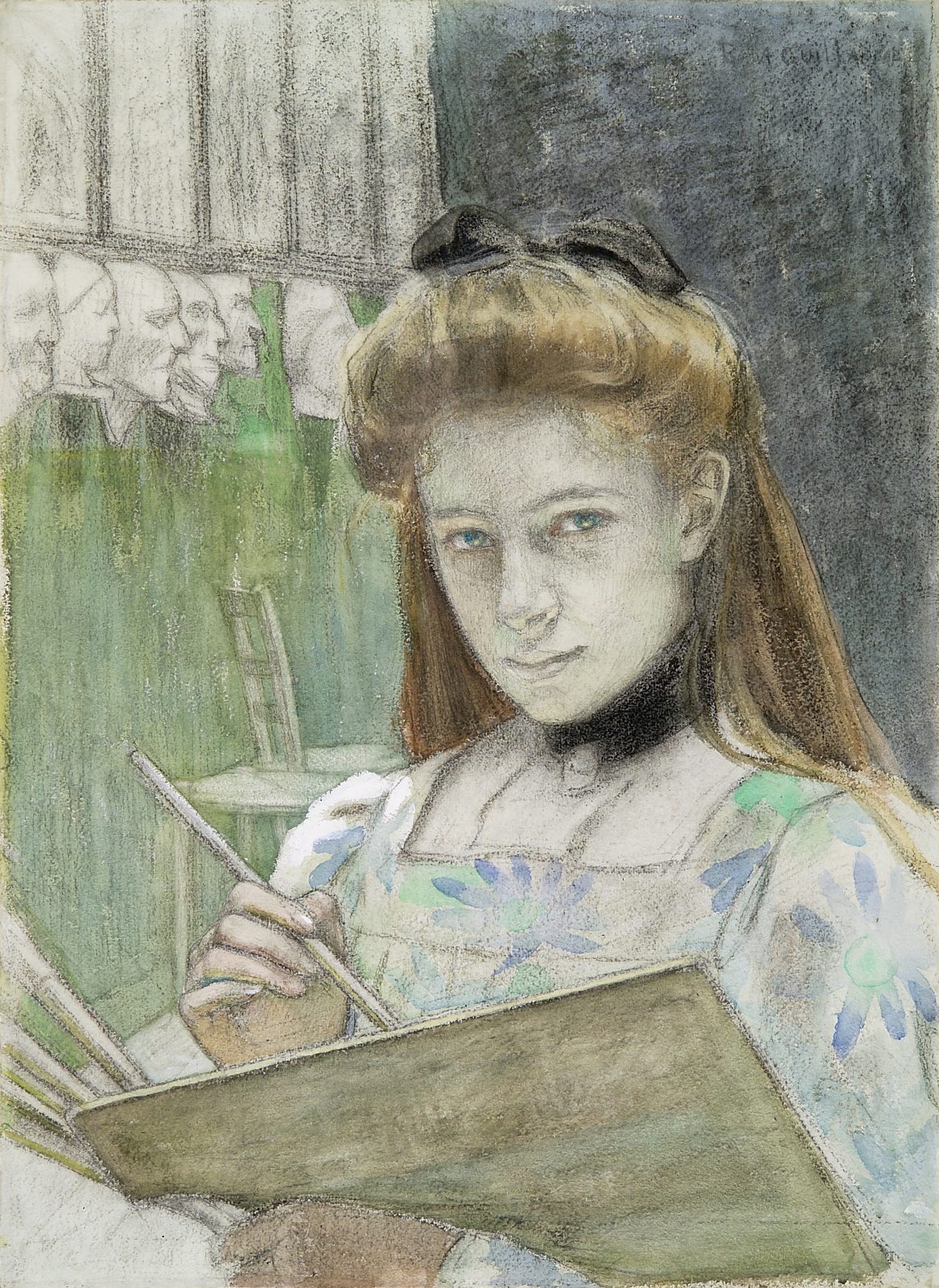
Rose-Marie Guillaume, A woman painter in the studio of the Académie Julian, Paris, late 1890s, black chalk, watercolour, gouache, 61 x 44 cm, Katrin Bellinger Collection.
A note on Artists at Work at the Courtauld Gallery
The exhibition Artists at Work at the Courtauld Gallery featuring some of the drawings from my collection selected by the artist Deanna Petherbridge now has only another couple of weeks to run before it closes on July 15th. I am very happy that this small show has had a steady flow of visitors and a number of favourable reviews. It proves that the space dedicated to the display of drawings at the Courtauld is by now well established and helps to keep works on paper visible. Next week should see a last surge of visitors as London Art Week attracts drawing lovers from abroad who will, I hope, find their way there. I enjoy sharing the works I own either by lending to exhibitions or in private visits, as one of the great pleasures of collecting is showing the works to others who are equally interested and hearing their thoughts.
Over the years many artists have viewed my collection and I have found their responses are often quite different from those of connoisseurs or art historians, for what they bring is a knowledge and approach informed by their own practice. I was therefore delighted when Deanna Petherbridge came to visit. Herself an artist and draughtswoman, she has also written extensively about the subject of the artist at work. In her great publication The Primacy of Drawing: Histories and Theories of a Practice, two chapters are dedicated to depictions of artists in drawings [1]. I had always been impressed with her observations on the subject and was delighted when my friend Niall Hobhouse introduced us. After making her way through many boxes she suggested that she would love to curate an exhibition from my holdings. We both agreed that The Courtauld’s Drawings Gallery would be an ideal space to exhibit the small, focused selection she would make. It was interesting for me that her choice was very different from the one I would have made.
She combined works by well-known artist like Ingres, Fragonard, Tiepolo and Robert with very little-known ones. She included a drawing by the German artist Georg Eduard Gehbe (1845–1920) in the section that depicts artists working outdoors and it makes for an amusing addition with the artist busy at his easel being startled by a jumping deer (Fig. 1). Amongst the drawings showing artists’ studios is a great example of a cluttered interior, with the artist absent but a mannequin present, by the obscure artist Ermenegildo Antonio Donadini (1847–1936) who was working in Munich at the time (Fig. 2). Another deserted studio space is that of the sculptor Remo Rossi in Locarno, drawn by another German artist Horst Janssen (1929–1995) (Fig. 3). It was the exhibition’s co-curator Anita Viola Sganzerla who identified the space by recognising the prominent sculptures in the centre as works by Swiss artist Remo Rossi (1909–1982). I was delighted that Deanna choose not one but two examples by Janssen because this brilliant draughtsman and printmaker deserves to be better known outside his home country. I very much hope you will have a chance to see the exhibition, which is accompanied by a catalogue written by the two curators (Paul Holberton Publishing, May 2018).
Note
[1] Deanna Petherbridge, The Primacy of Drawing: Histories and Theories of a Practice(Yale University Press, 2010).
Information
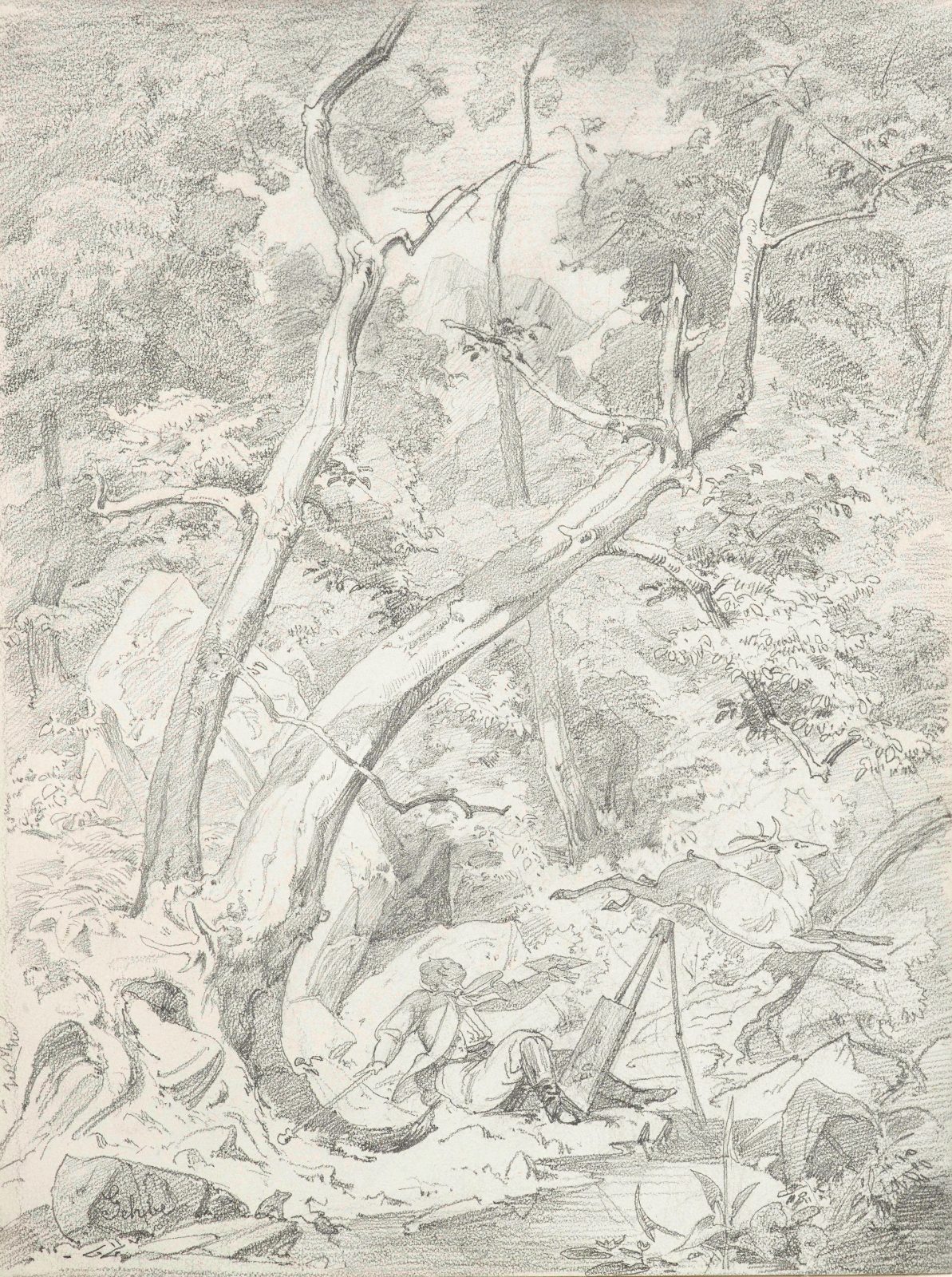
Fig. 1 Georg Eduard Gehbe, A painter in a forest, surprised by a deer, graphite
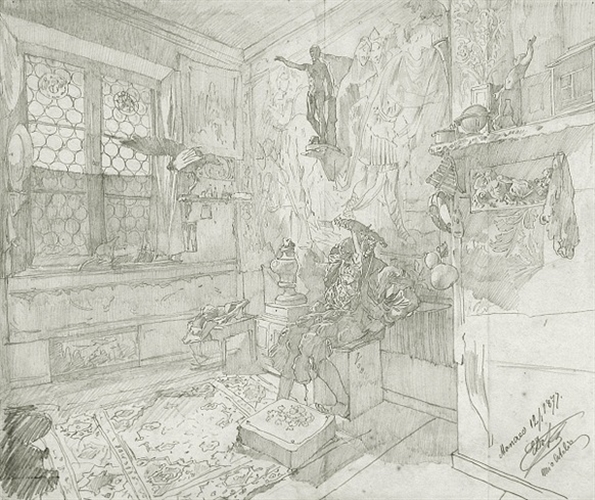
Fig. 2 Ermenegildo Antonio Donadini, The artist’s studio, Munich, 1877, graphite
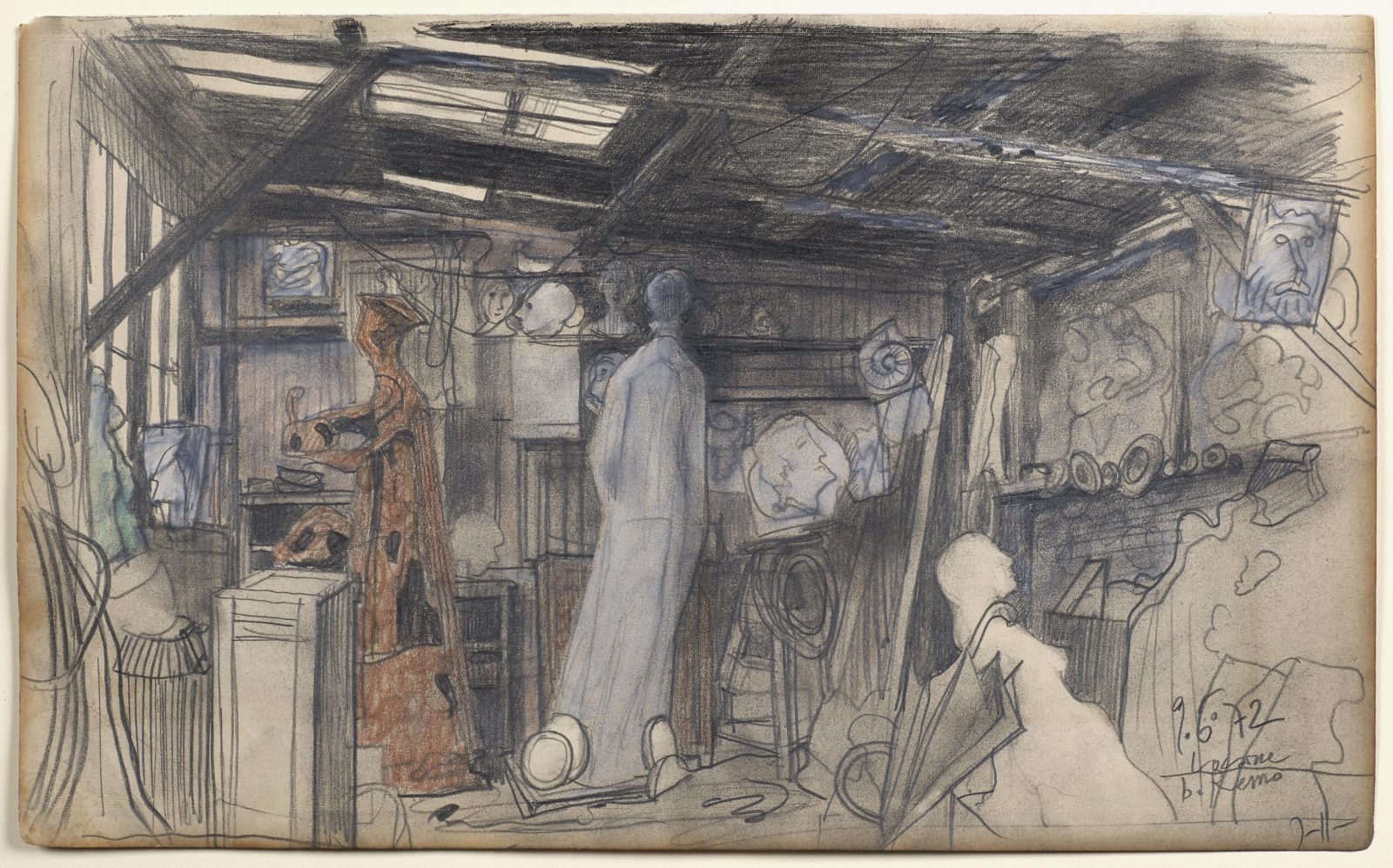
Fig. 3 Horst Janssen, The atelier of the sculptor Remo Rossi, Locarno, 1972, graphite and coloured chalks
Reflections on ‘Artists at Work’
I just want to say a few words about the subject of Artists at Work. This is the title of Katrin’s specialist collection, but we also chose it for the exhibition. Rather than selecting self-portraits or views of academies we concentrated on private studios and artists recording landscape or drawing antiquities out-of-doors. We have juxtaposed important works by well-known artists (fig. 1) with revealing drawings from virtual unknowns (fig. 2) as a celebration of the universality and democracy of drawing media and have managed to pack in examples from across five European countries and five centuries to illustrate the significance of this theme for artists, which relates so closely to their ideas about creativity, self identity, art history and artistic practice.
In my own career, as well as lecturing in art schools and academies in many different countries, I’ve also visited as many artists’ studios as possible. I vividly remember my earliest encounters with an artist’s studio in Teheran in 1977 crowded with a collection of Qajar and folk paintings on glass; and in 1979 visiting the studio of Bengali artist Paritosh Sen (1918-2008) in a modest apartment in Calcutta that was filled with fabrics and Kalighat folk prints, as well as all the usual studio equipment of plan chests, easels, paint-stands, book shelves, musical instruments and so on. These studios and most of the others I’ve visited have been places of enchantment. Although very localized, they’ve all shared in some hegemonic ideal – not altogether smacking of Western imperialism – of what constituted artistic practice… in the late 20th century, that is. Then about 12 years ago, when I had a studio in Umbria, I visited the British School at Rome. I asked to see one of the historic studios and was shown into the most magnificent double volume sculptor’s atelier with huge windows and views to die for. And lost in one corner of this amazing and totally empty white space was a small trestle table with a pair of dirty trainers, a laptop and a mobile phone. Art practice in the 21st century has changed very radically with the move to conceptual art, lens- and digital imagery-based practice and social media communication networks. Artists now carry their ideas, however expansive, locked in their portable computers and USB sticks so that the studio is not really necessary any longer for sustained artistic development except as a physical dumping ground. Perhaps representations of artist’s studios constitute a finite genre… something that, of course, I much regret.
Finally, I want to thank my collaborators in this exercise. No one curates an exhibition alone; it is an intensely collegiate and complex activity, involving selection, discussions, the writing of texts, shaping of the catalogue; framing decisions, conservation issues, installation and lighting, PR – a million different things. So Curator of Drawings Ketty Gottardo and Assistant Curator of Works on Paper Rachel Sloan from the Courtauld and Anita Sganzerla, Curator of Katrin Bellinger’s collection, have born the major burdens of this show, including writing the labels, and I am very grateful to them for their attention and hard work. And I would also like to thank all the other people from different departments in the Courtauld who have been so very helpful.
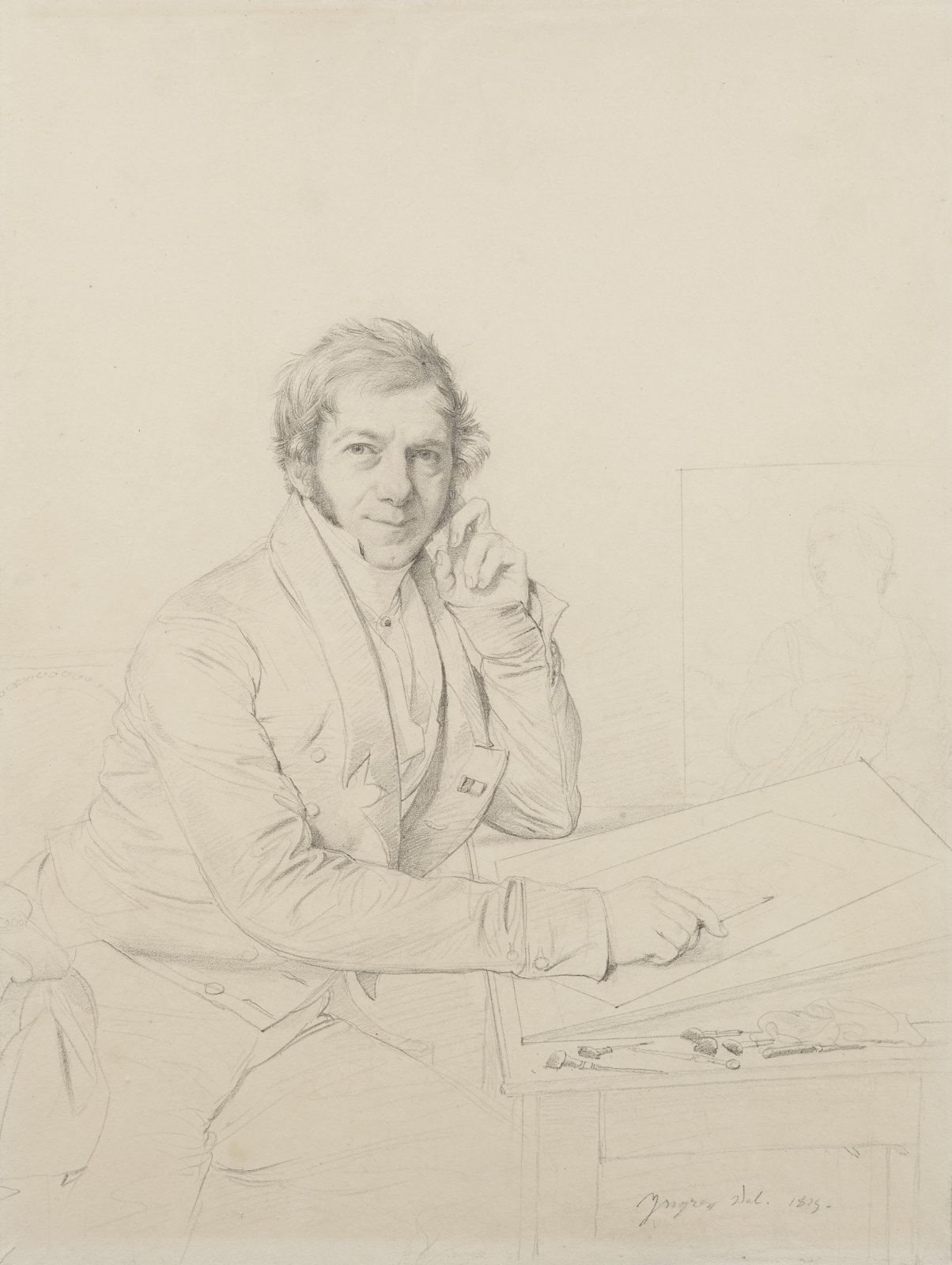
Fig. 1 Jean-Auguste-Dominique Ingres (1780-1867), Portrait of Auguste Gaspard Louis Boucher-Desnoyers, 1825, graphite, 357 × 270 mm

Fig. 2 Fanny Guillaume de Bassoncourt, Baronne de Molaret (1820-1888), Portrait of an artist at her easel, 1837, graphite, 282 × 222 mm
Artists at Work at the Courtauld Gallery
The exhibition ‘Artists at Work’ will open in the Drawings Gallery at The Courtauld on Thursday 3 May. The exhibition is the result of a collaboration between the museum, the Katrin Bellinger collection and guest curator Deanna Petherbridge. Drawings by Hubert Robert, Jean-Honoré Fragonard, Adolph Von Menzel and Giovanni Domenico Tiepolo, all united by the common theme of depicting artists, will be shown side by side with less well-known but equally intriguing sheets, dating from the sixteenth to the twentieth centuries.
Deanna Petherbridge, the artist, writer and curator, is returning to the theme, which she treated in her seminal book The Primacy of Drawing: Histories and Theories of a Practice, where she devoted two chapters to artists’ representations of themselves and others in the act of drawing. [1]
The 22 selected works are organised around four main themes corresponding to the display – although, not surprisingly, multiple overlaps emerge throughout the show. It opens with a group of representations of artists working outdoors, depicting the grandeur of nature or of antiquity. Roman artist’s Carlo Labruzzi’s large luminous watercolour, encompasses both landscape and architecture, with its long-distant view of the Imperial Forum seen from the gardens of the English College on the Palatine Hill (fig. 1).
On the second wall we move indoors, with a sequence of images of ateliers, which illustrate different aspects of the working environment of painters, sculptors, draughtsmen. Here, Egon Schiele’s black crayon drawing of his office at the Mühling prisoner-of-war camp offers us a glimpse into the life of the artist during World War I (fig. 2). Deemed unfit to serve at the front, Schiele was assigned an office job as a clerk to the camp’s supply office, because of his elegant handwriting. The small office space doubled as a studio for the artist when off-duty. The sparse interior conveys a sense of his crammed quarters, and the box with art materials in the very foreground is a rare occurrence of a still life in Schiele’s oeuvre.
A selection of self-portraits and images of artists working in solitude includes, amongst others, Jean-Auguste-Dominique Ingres’s masterful portrait of his fellow artist Boucher-Desnoyers (fig. 3). A prominent French engraver, Desnoyers became well known for his prints after Raphael’s most admired paintings. Here, he is shown at work on his engraving after the Saint Catherine of Alexandria, now in the National Gallery, London. This engraving must have been a great source of pride for Desnoyers, and Ingres’s portrait celebrates his appointment as Engraver to the King in 1825. That same year, Ingres himself was elected a member of the Académie Royale.
The forth section is concerned with the studio as the place of myth, allegory and magic, the realm of the artist and his creative power. Fragonard’s The Inspiration of the artist, for example,is most likely an allegorical self-portrait (fig. 4). Surrounded by the creatures of his imagination, the artist sits at his desk covering his eyes either in inspiration or creative crisis. Emerging from the clouds we see a winged personification of Painting, holding a palette and brushes, accompanying by putti. Another winged figure, a female harpy with a dragon tail, hovers behind the artist’s desk.
A valuable addition to the closing section is Cornelis Dusart’s The old painter, lent by The British Museum (fig. 5). Dusart’s drawing seems reminiscent of the adage Ars longa, vita brevis (Art is long, life is short). According to this Latin saying, an individual’s lifelong commitment to the practice of his art will not guarantee him the achievement of perfection. The mastery of any art is, in fact, a most elusive goal, to be pursued generation after generation.
The assiduous practice and perfecting of the art of drawing is amply celebrated in this focused exhibition, with plenty of space for amusement and reflection.
Notes:
[1] Deanna Petherbridge, The Primacy of Drawing: Histories and Theories of a Practice(Yale University Press, 2010).
Information:
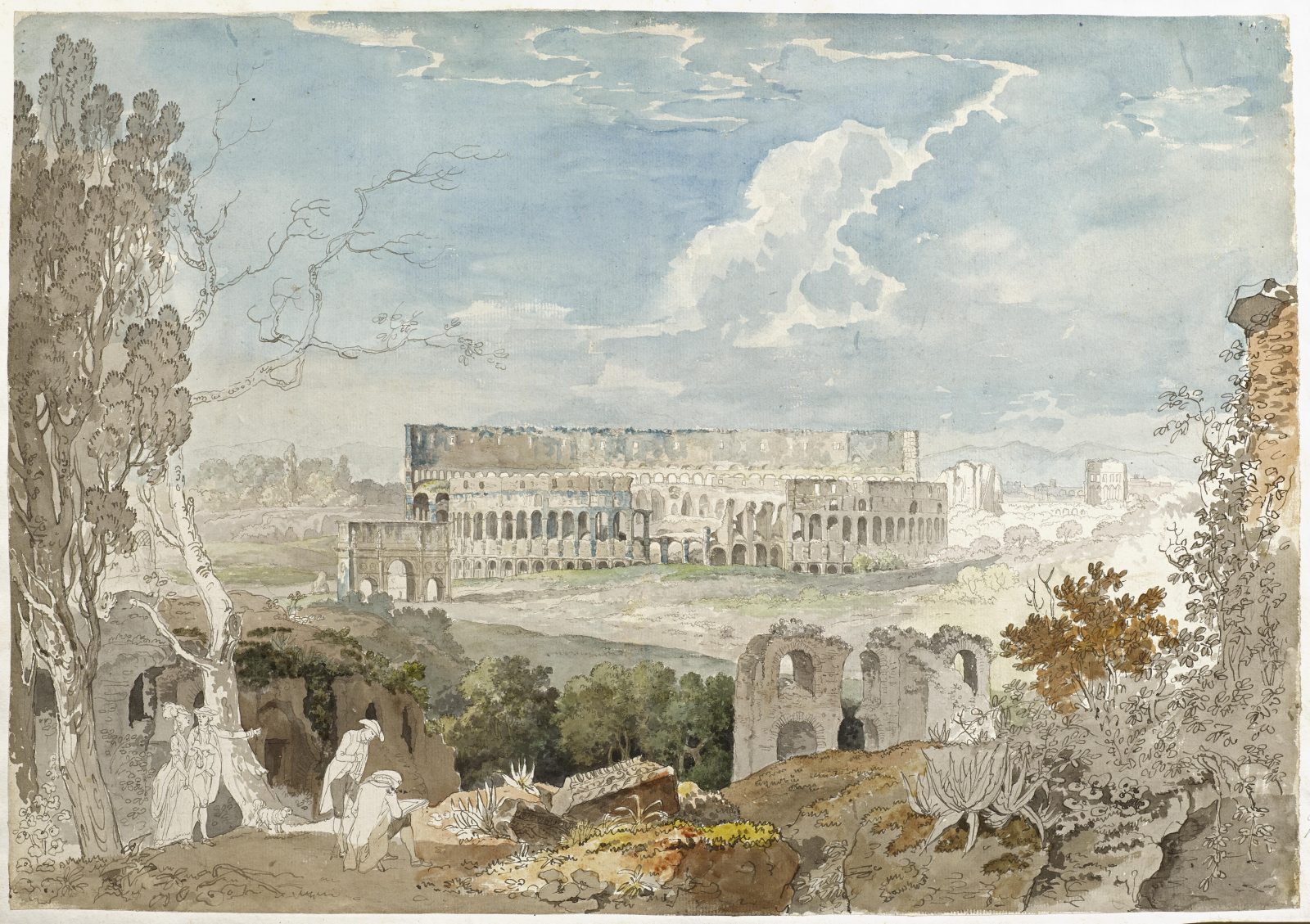
Carlo Labruzzi, The Colosseum seen from the Palatine Hill, Rome, Graphite, pen and brown and grey ink, watercolour
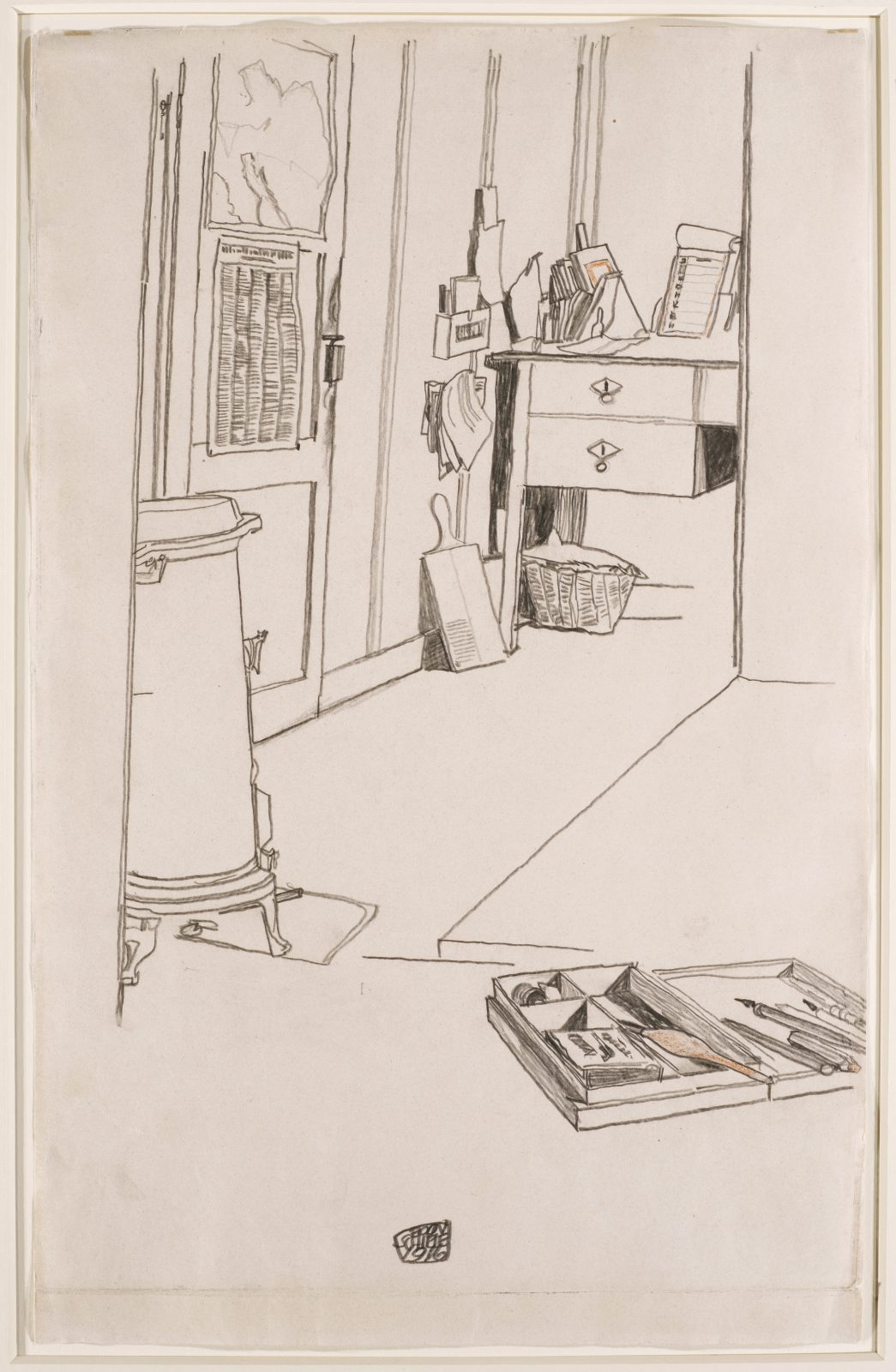
Egon Schiele, Office at the Mühling prisoner-of-war camp ,1916, black and red crayon

Jean-Auguste-Dominique Ingres, Portrait of the engraver Auguste-Gaspard-Louis Boucher-Desnvyers, 1825, graphite

Jean-Honoré Fragonard, The inspiration of the artist, black chalk, pen and brown ink, brown wash
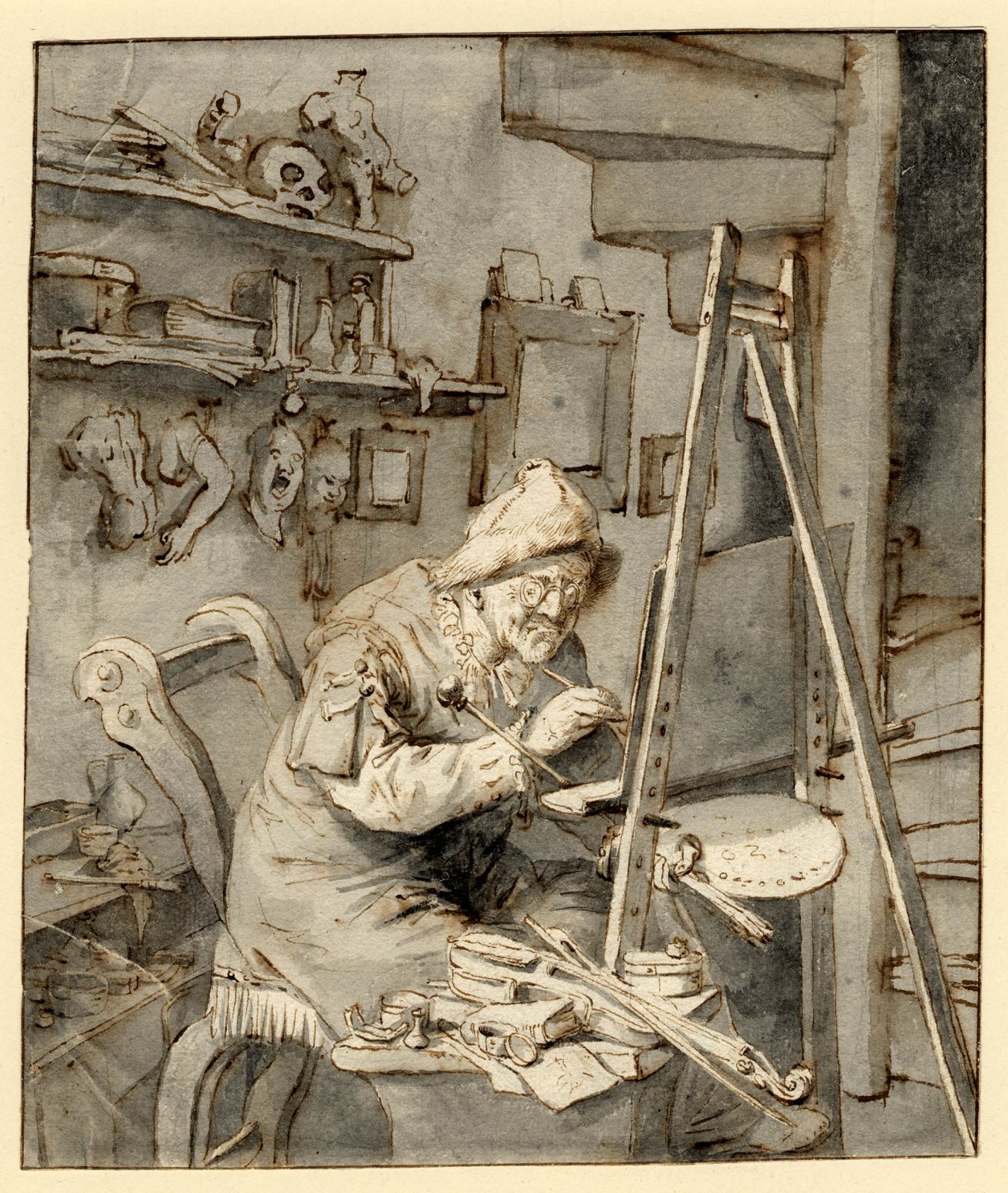
Cornelis Dusart, The old painter, Black chalk, pen and brown and black ink, grey wash, The British Museum, London, inv. no. 1836,0811.131
Reflections – Van Eyck and the Pre-Raphaelites at the National Gallery
The exhibition explores the influence of Van Eyck’s Arnolfini Portrait and the works of the Pre-Raphaelites and their successors. Acquired in 1842, just 18 years after the National Gallery was established, Van Eyck’s Arnolfini Portrait was the first early Netherlandish painting in its holdings and made a lasting impact on those who saw it. Especially young artists such as Millais, Hunt, and Rossetti, who were enrolled at the Royal Academy housed in the same building on Trafalgar Square and would’ve easily seen it. The exhibition shows references to the painting in the Pre-Raphaelites work in the attention to symbolic details such as the shoes, oranges, lit candle and the high level of finish. The most notable feature of Van Eyck’s portrait is the convex mirror in which is reflected the backs of the two protagonists and between them two male figures, the one in the blue coat long thought to be Jan van Eyck himself.
A quirky example of an artist’s self-portrait reflected in a convex mirror can be found in a small oil painting in the Katrin Bellinger Collection by the Belgian artist Edouard Duyck (Fig. 1). Dated to 1883 this lively portrait reflects the artist as if he is looking into a convex mirror. The details of the room behind him are suitably distorted – thus we see the window to the left bend inwards as does the easel to the right. At its centre the viewer is faced by the artist who smiles back at us.
For many artists, the use of the mirror provided an opportunity to place themselves firmly within the subject of the painting. An early example of this can be seen in William Orpen’s painting The Mirror (Fig. 2, Cat. 40) in the National Gallery show. Here the painting is dominated by a circular mirror which reflects on a miniature scale the artist at work at his easel, a woman standing by his side. Orpen was fascinated by mirrors and repeatedly used them to capture his own self-image at a distance, his obsession with them linked to his own deep-felt insecurity which apparently stemmed from his overhearing as a child his parents bemoaning his appearance.[1]
Between 1908 and 1912, Sir William Orpen made a series of self-portraits in spite of an intense self-consciousness which often surfaced in his works. In his Self Portrait looking in a Mirror in the collection (Fig. 3) he makes a comical reference to his looks, inscribing along the bottom ‘a pleasant sight I have just seen while writing’. This drawing within a letter to his wife Grace is executed on the headed paper of the Metropolitan School of Art Dublin where Orpen taught.
One of Orpen’s pupils at the Metropolitan School of Art was Leo Whelan whom Orpen considered ‘a promising youth’. He was influenced by Orpen’s use of the mirror device as can be seen in his painting The Mirror (Fig. 4) from the collection, first shown at the RHA in Dublin in 1912 when Whelan was just 20. Here Whelan depicts himself standing confidently with his leg firmly planted on the easel, palette and brush in hand studying his reflection in a large mirror. The mirror is framed by a velvety fabric which is held in place in the left foreground by a maquette depicting an Irish peasant group digging for potatoes, possibly referencing the Famine. A rare subject for sculptural treatment for this period, its inclusion suggests Whelan’s interest in Irish rural social subjects.
Ultimately, the use of mirrors became familiar motifs in British portraiture in the early twentieth century and allowed the artist to not only insert themselves in the pictorial narrative but also to explore their own identity and notions of self.
Reflections: Van Eyck and the Pre-Raphaelites co-curated by Susan Foister, Deputy Director and Curator of Early Netherlandish, German, and British Paintings at the National Gallery and Alison Smith, Lead Curator of British Art to 1900 at Tate Britain is open until 2 April.
End Notes
[1] Stories, page 22. why it was that he was so ugly and the rest of the children so good looking. I began to think I was a black blot on the earth.
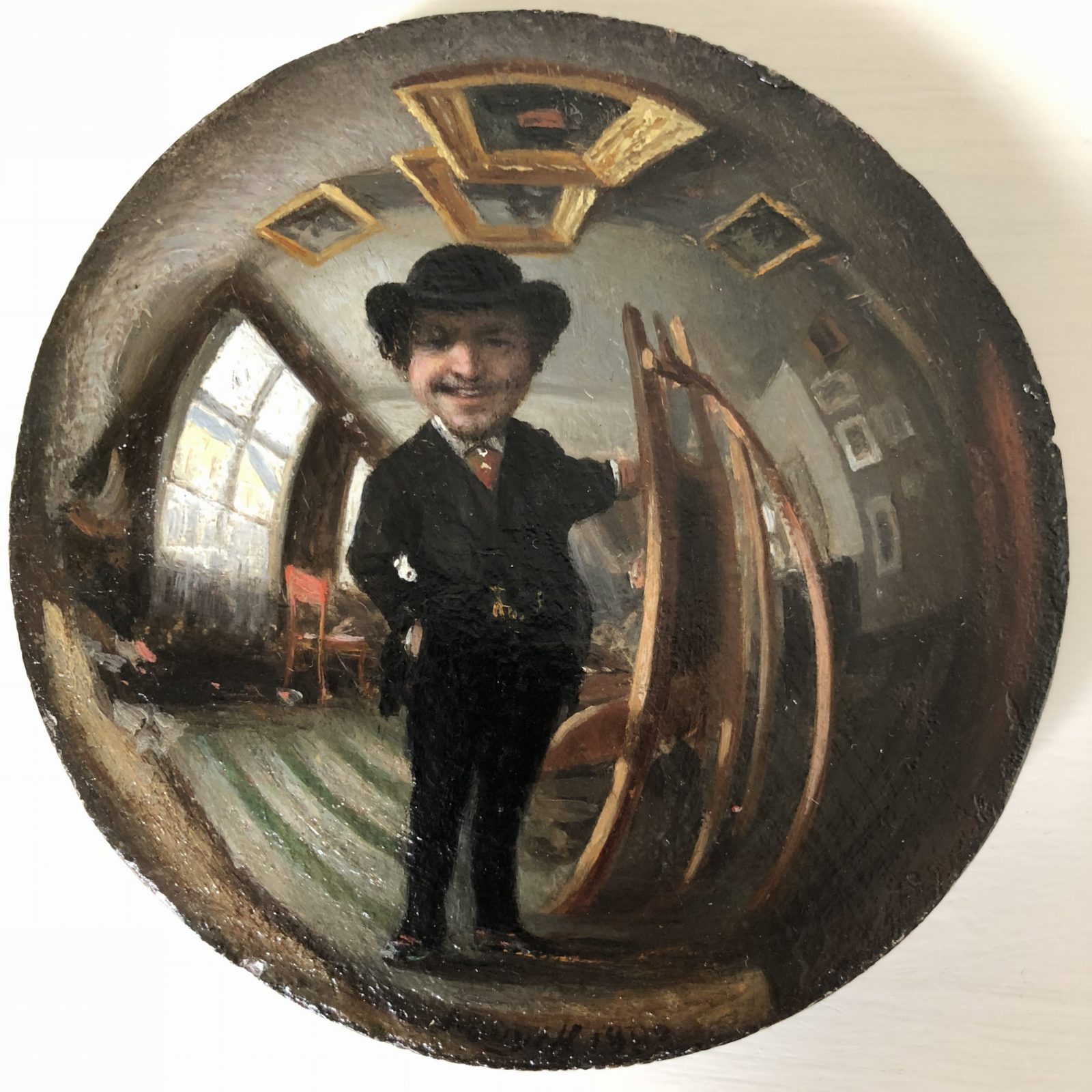
Fig. 1 Edouard Duyck, Self Portrait, as reflected from a convex mirror, 1883, oil on panel, 120mm. diameter, Katrin Bellinger Collection 2000-015
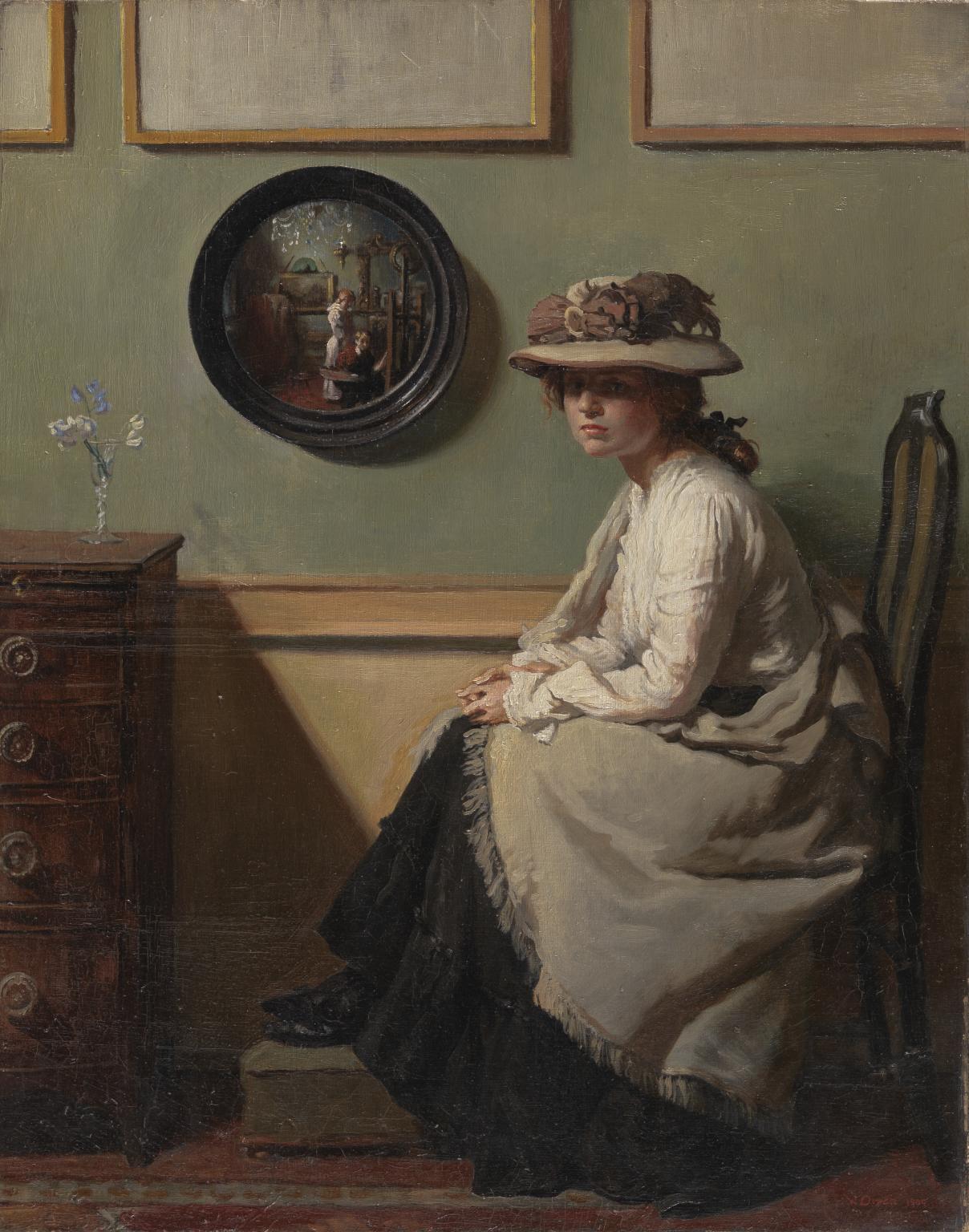
Fig. 2 William Orpen (1878 - 1931), The Mirror, 1900, oil on canvas, 508 x 406 mm, Tate
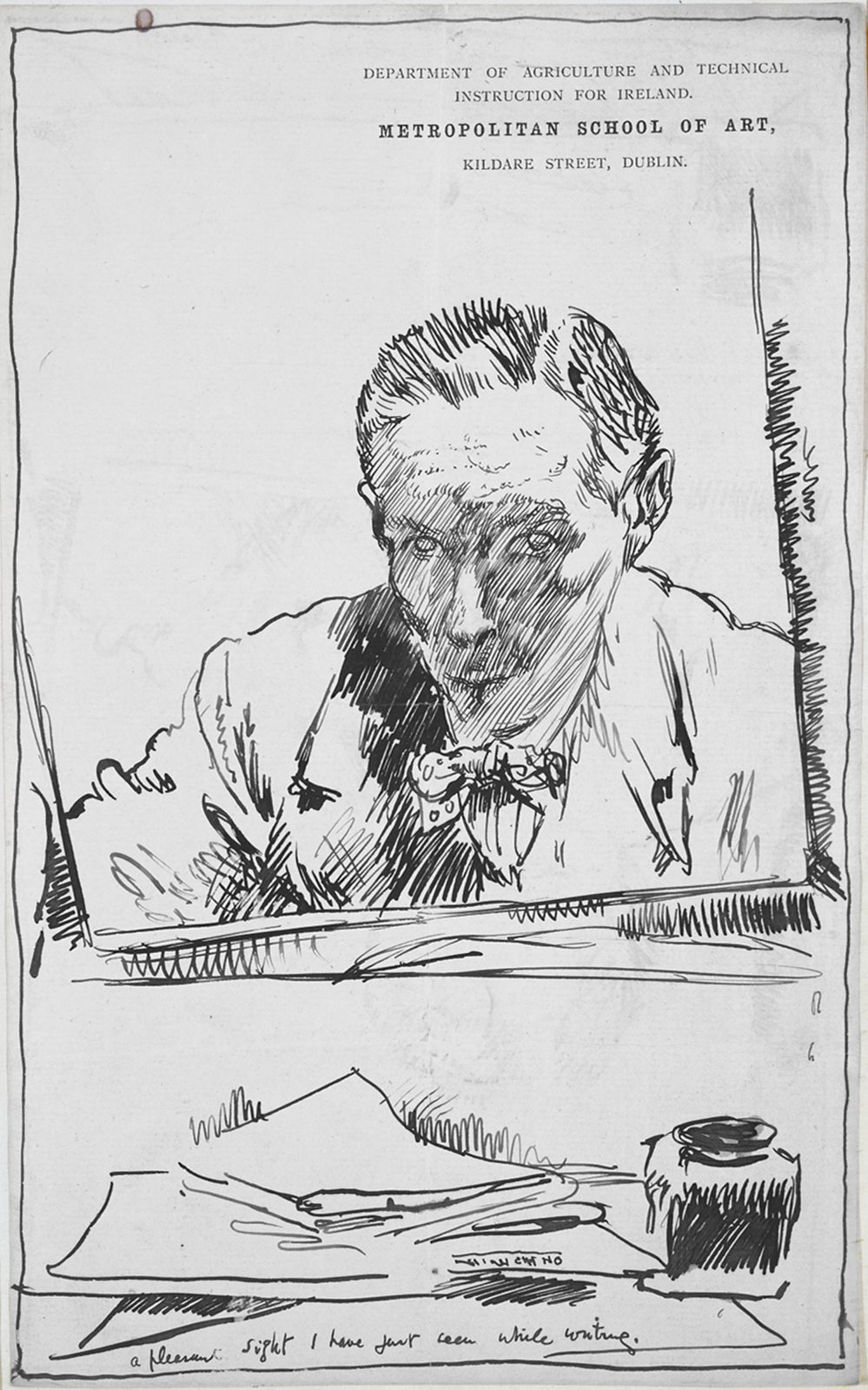
Fig. 3 William Orpen (1878 - 1931), Self-Portrait, Looking in the Mirror, circa 1909, pen and black ink on Metropolitan School of Art writing paper, 332 x 207 mm, Katrin Bellinger Collection 2003-005
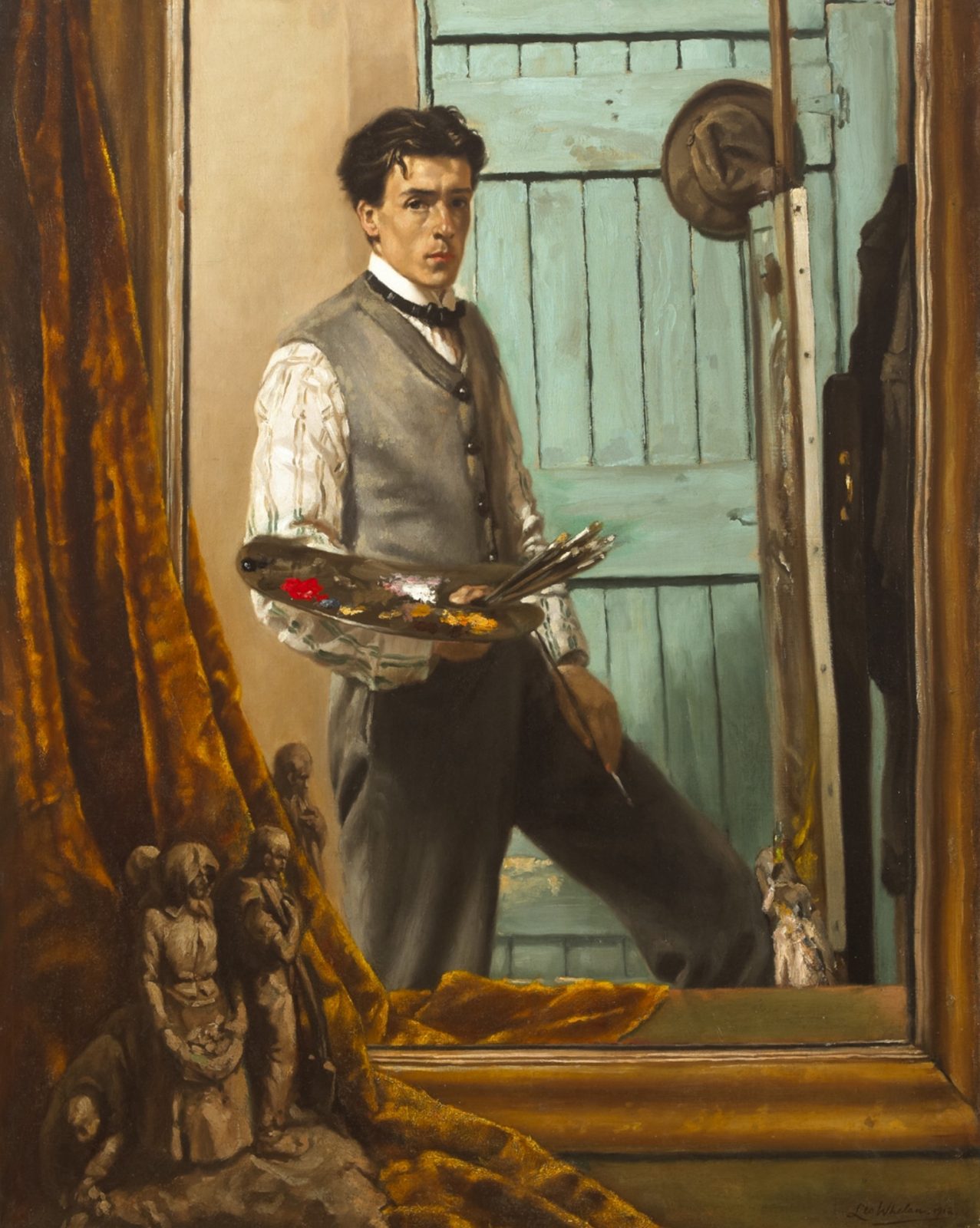
Fig. 4 Leo Whelan (1892 - 1956), The Mirror, 1912, Oil on canvas, 840 x 660 mm, Katrin Bellinger Collection 2012-024
Recent Acquisitions
There are two areas in the collection that are difficult to add to: Contemporary Art and Sculpture. I was very happy when I managed to buy two works that fall into both categories within the last couple of months.
One is a bronze by Phyllida Barlow, ‘Paintsticks,’ which I acquired at Frieze, London on the stand of Hauser and Wirth from their exhibition ‘Bronze Age c3500 BC – AD 2017’ (Fig. 1). I could easily have missed it in the midst of the dense display of the stand, which was designed as a fictional, forgotten museum, but the cast caught my attention on Instagram. I believe this is the first time I have bought a work I discovered on social media.
I have long admired Phyllida’s work ever since I came across an installation of her Pompons that looked like strange, colourful birds nesting in the attic of the old Hauser & Wirth Gallery in Piccadilly. This is the first time Phyllida has tackled bronze, and by choosing her humble tools – the paintsticks she mixes her pigments with – to cast in precious metal, it fits well within her oeuvre.
It resonates with a bronze in the collection by the artist Vincenzo Gemito (1852-1929) a sculptor and prodigy from Naples (Fig. 2). The wonder boy moved to Paris in 1877 where he worked in the studio of Jean-Louis Ernest Meissonier who became a great friend. Gemito’s admiration for the master is expressed in this life cast of Meissonier’s hands, shown holding a crumpled cloth, paints brushes, part of a palette and a mahl stick.
Another contemporary bronze added to the collection a few months ago is a self-portrait by the Swiss artist Not Vital (Fig. 3). The work is from the 1980’s when he cast body parts, like his nose or his arm and hands, in a variety of poses in bronze and aluminium. After modelling this head in clay, he put it in a backpack, hiked up a mountain and rolled it down the hill where it took quite a battering. Despite the appearance of a fragment it is still visibly his portrait – that of an old friend of mine, and a much-admired artist.

Fig. 1 Phyllida Barlow (b. 1944), Untitled (Paintsticks), 2017, 11 bronze sticks
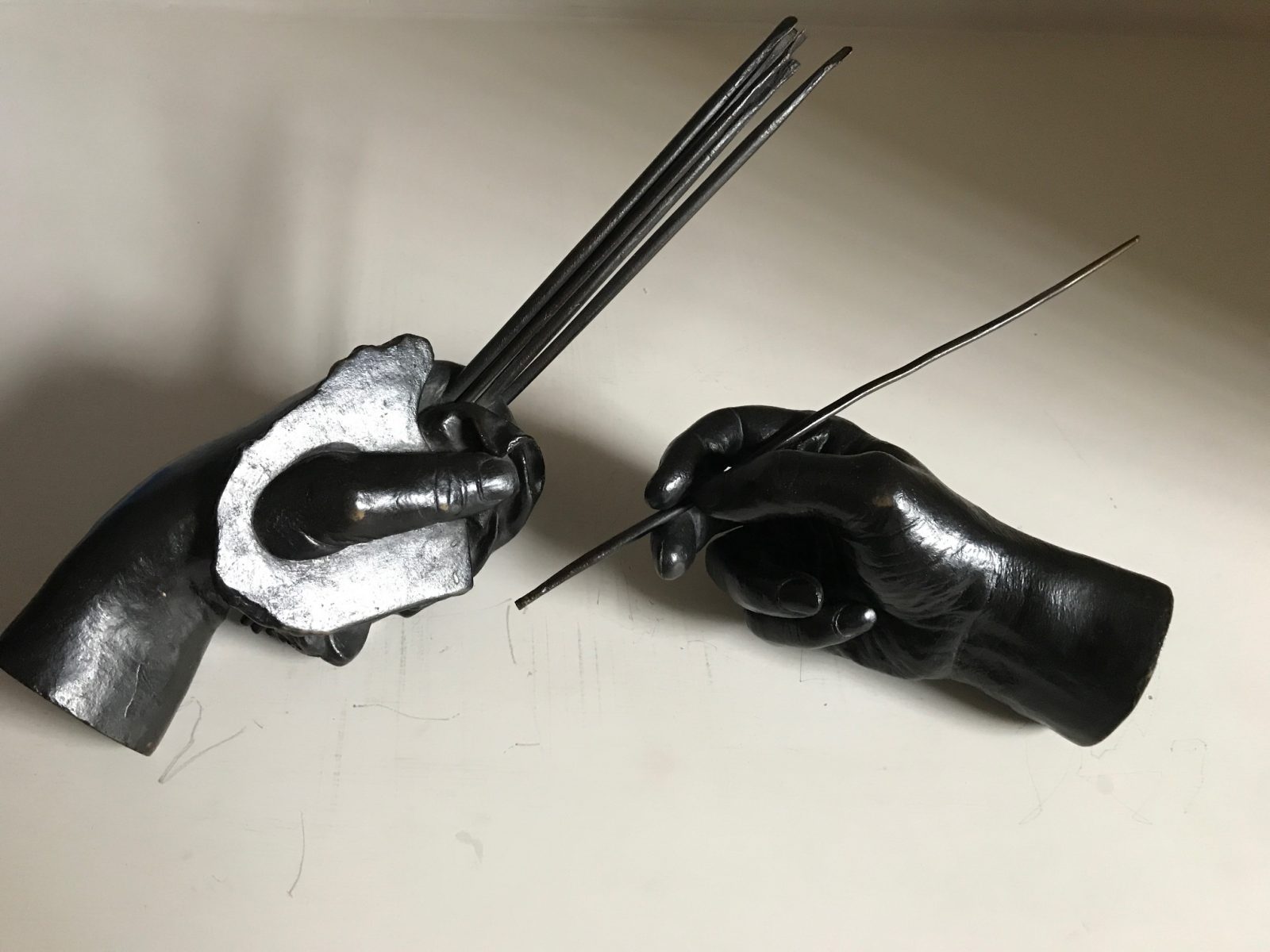
Fig. 2 Vincenzo Gemito (1952-1929), The Hands of Jean-Louis Ernest Meissonier, 1879, bronze
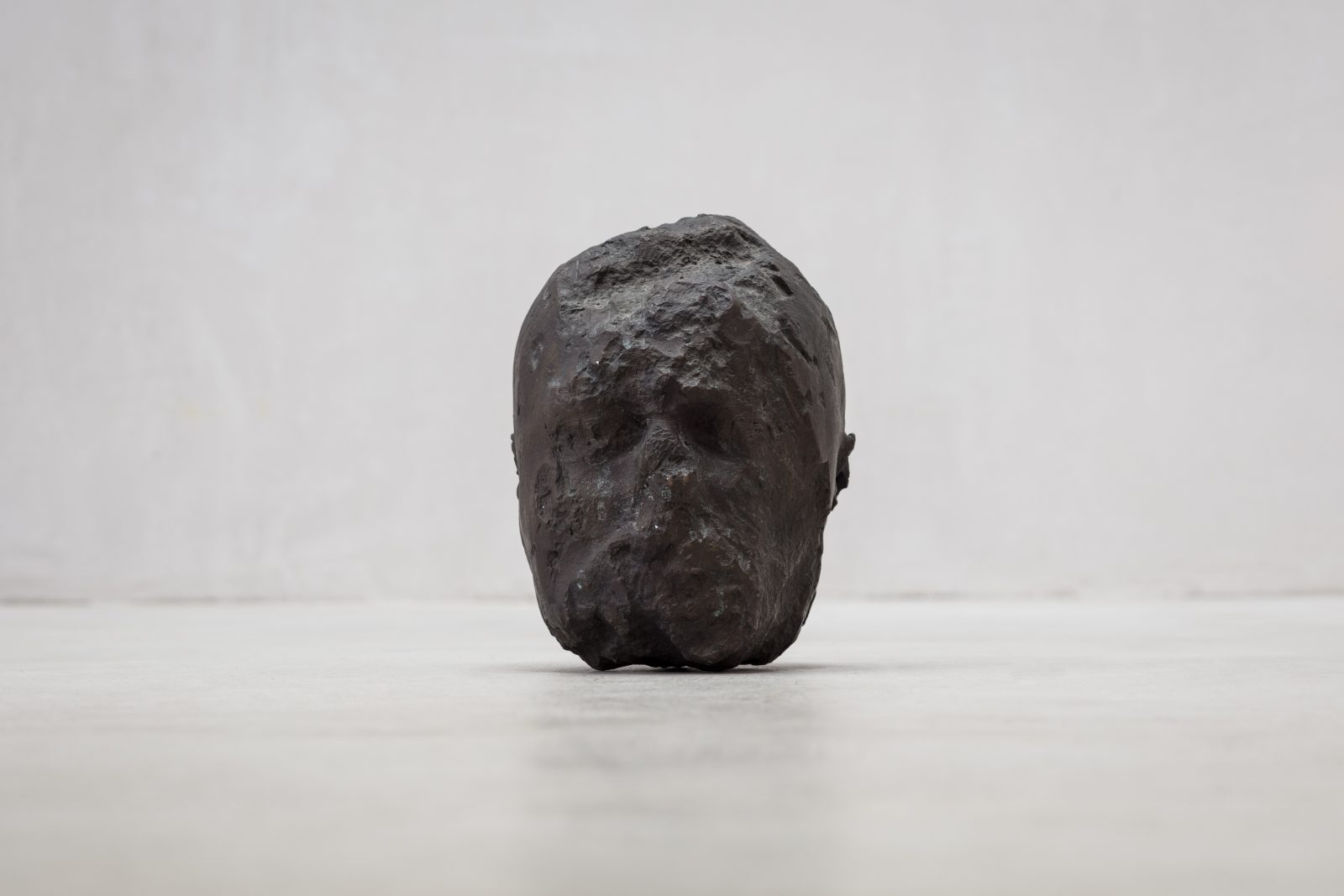
Fig. 3 Not Vital (b. 1948), Untitled (Self-portrait), 1995, bronze
The Encounter. Drawings from Leonardo to Rembrandt at the National Portrait Gallery, London
The Encounter. Drawings from Leonardo to Rembrandt is the National Portrait Gallery’s first show devoted to European old master drawings. The exhibition, curated by Tarnya Cooper and Charlotte Bolland, and supported by the Tavolozza Foundation, explores the multiple reasons for the creation of drawn portraits. The selected works highlight how the ‘use of graphic materials allowed for direct response to the visual stimulus of the living figure’ [1]. The opportunity for an encounter between draughtsman and sitter could be offered by official portrait commissions as well as by informal, everyday occasions. Extant drawn portraits may capture the likeness of studio assistants, fellow artists, casual visitors to a master’s atelier, family members or even individuals randomly encountered in the street.
Of the many masterful drawings included in the exhibit, a few can be described as self-portraits. Although they do not show the artist at work they succeed in conveying the sense of an intimate encounter between the draughtsman’s eye and his hand. A remarkable example is Domenico Beccafumi’s self-portrait in black and red chalk (Fig. 1; cat. no. 13). Executed on a page of a now dispersed sketchbook, this was clearly meant as a personal exercise in the rendering of the artist’s own appearance. The same face and turban-like headdress can be found in Beccafumi’s oil on paper self-portrait, now in the Uffizi, Florence.
The focus on the face and swiftness of execution also characterise a pen and ink drawing currently ascribed to an unknown seventeenth-century Dutch or Flemish artist (Fig. 2; cat. no. 16). Once thought to be by Jan Lievens, this spirited sketch shares certain qualities with Rembrandt’s witty studies of facial expressions executed in pen and ink, drypoint and etching.
Several sheets in the Katrin Bellinger Collection are closely connected to the exhibition’s central themes, and can help further our understanding of the varied practice of early modern self-portraiture in drawn form. A recently acquired work by the Baroque artist Pierfrancesco Mola presents a more elaborate use of graphic media than the two previous examples (Fig. 3). The artist’s facial features are worked out in black and red chalks, and the portrait is further enriched with a layering of red, blue, mauve, brown and white pastels.
Just as Beccafumi is identifiable by his turban-like cap, Mola liked to portray himself with a beret (berettino), which combined with his wide shirt collar clearly identified him as a painter. The artist gazes towards the beholder with a self-assured look, leading Rick Scorza to date the portrait to the early 1660s, thus prior to financial troubles that led to a fast decline in Mola’s fortunes.
Amongst Baldassarre Franceschini’s surviving self-portraits, our red chalk drawing stands out for its meticulous and elegant execution (Fig. 4) [2]. The artist’s facial traits resemble those in his well-known painted self-portrait in the Uffizi, although our drawing shows him much younger, probably in his thirties. Volterrano’s beautiful drawings were highly sought-after by collectors and our sheet may have once belonged to Niccolò Gabburri, who owned a drawn portrait of Volterrano in his own hand –no doubt a prized possession [3].
Endnotes
[1] T. Cooper and C. Bolland, The Encounter. Drawings from Leonardo to Rembrandt, exh. cat., National Portrait Gallery, London 2017, p. 15.
[2] Two drawn self-portraits by Volterrano once belonged to Filippo Baldinucci and are now in the Louvre (inv. nos. 1170 and 1171; cf. L’Empire du Temps. Mythes et créations, exh. cat., Louvre, Paris, 2000, nos. 131-132). The first, very similar and executed in the same medium, shows the artist at the age of 30 while in the second he is considerably older, age 61.
[3] N. Gabburri, Nota de’ Quadri…, Florence 1729, p. 37 (‘Ritratto del Volterrano in disegno di sua mano’); see M. C. Fabbri, A. Grassi, R. Spinelli, Volterrano: Baldassarre Franceschini (1611-1690), Florence 2013, under OP 121, p. 374.
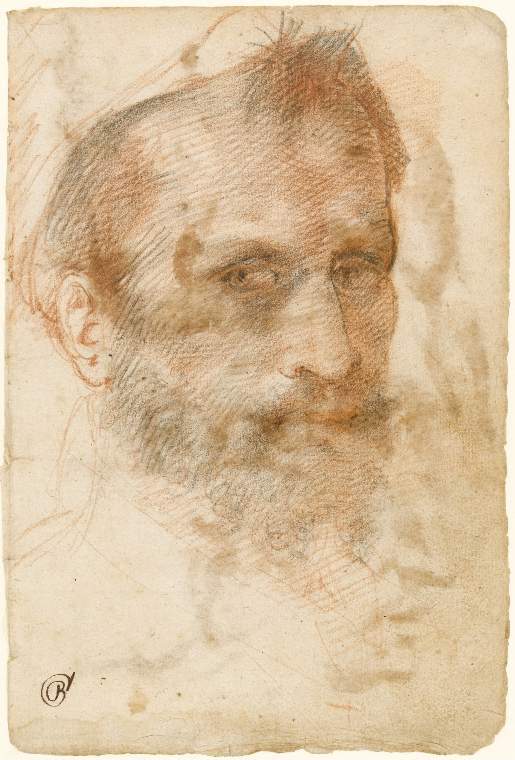
Fig. 1 Domenico Beccafumi (1484-1551), Self-portrait (recto), c. 1525, black and red chalk, 221 x 150 mm, The Fitzwilliam Museum, Cambridge.

Fig. 2 Unknown Dutch or Flemish artist, Self-portrait, c. 1625-35, pen and brown ink with some brown wash over black chalk, 140 x 138 mm, Ashmolean Museum of Art and Archeology (University of Oxford), detail.

Fig. 3 Pierfrancesco Mola (1612-1666), Self-portrait, Bust-length, wearing a Beret and turned to the Right, black and red chalk and coloured pastels on light brown paper, laid, 315 x 246 mm.
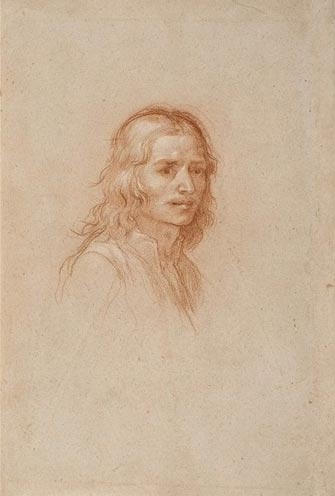
Fig. 4 Baldassarre Franceschini, called il Volterrano (1611-1690), Self-portrait (recto), red chalk with white heightening, 411 x 278 mm.
Drawings and Friendship: Jacques Villon and Fahrelnissa Zeid
A recent addition to the collection’s 20th-century holdings offers an unexpected opportunity to reflect upon a theme that has long fascinated Katrin Bellinger, works revealing traces of artists’ friendships. In this first post on the topic, the focus is on a drawing by Jacques Villon (Danville 1875 – 1963 Puteaux), The Artist in his Studio (Fig. 1), and its dedicatee, Princess Fahrelnissa Zeid of Iraq (Büyükada, İstanbul 1901 – 1991 Amman) (Fig. 2). By a lucky coincidence, the acquisition of Villon’s drawing has coincided with the opening of the first retrospective on Zeid at Tate Modern, prompting a brief consideration of these two little known artists and the occasion for their friendship. Born into an elite Ottoman family in Istanbul Zeid was to become one of the first modern women painters in Turkey. Her unique work combines the influence of European abstract art with Byzantine, Islamic and Persian elements.
First, though, something about Villon’s drawing. Executed in pen and ink and watercolour, the sheet conveys a vivid view of the artist in a studio. Seen from behind, wearing a hat and resting his left hand on his hip, he seems to be assessing a painting positioned on an easel, possibly one of the abstract compositions with vivid colours his name is mostly associated with. Touches of grey and green washes interact with the swiftly scribbled pen lines almost turning the studio itself into an abstract space.
Today less of a familiar name than his younger brother Marcel Duchamp, Villon had a long and prolific career and is remembered in particular for his contribution to Cubism, Fauvism and abstract Impressionism. Born Gaston Duchamp, he adopted the pseudonym Jacques Villon (an homage to French medieval poet François Villon) early on in his career to distinguish himself from his three siblings. After decades spent working mostly in isolation in the outskirts of Paris, in 1944 an exhibition at the Galerie Louis Carré brought Villon’s works to the attention of the Parisian, and soon of the international, art community. Several accolades followed, including the prestigious First Prize at the Carnegie International, in 1950, the same date as our drawing.
As a printmaker, Villon experimented with etching, aquatint and lithography. It was in the workshop founded in the early 1920s by master lithographer Edmond Desjobert [1] – who ran it until 1953 when he was succeeded by his son Jacques – that Villon would have met Zeid. A testimony of the friendship between Villon and Zeid is provided by our drawing’s dedication, which translates as: ‘In memory of the Desjobert workshop and a great surprise to my friend Fahr-el-nissa on 5 December 1950. Jacques Villon’ [2].
Zeid’s presence at the atelier Desjobert is documented and so are her strong ties to the international Parisian art scene. A Francophile throughout her life, Zeid first resided in Paris in 1928 when she enrolled at the Académie Ranson. From the 1930s she lived in Europe with her second husband, Prince Zeid Al-Hussein, who acted as Ambassador of the Kingdom of Iraq first in Berlin, and later in London. Dividing her time between London and Paris, she carried out her most spectacular works – large scale abstract paintings marked by vibrant colours and black outlines (Fig. 3). Described in the exhibition catalogue as ‘feisty, charismatic and prolific,’ Zeid had a long and far-reaching career, exhibiting in Europe, the Middle East and the United State. The last years of her life were spent in Amman, Jordan, where her house became a gathering place for a cosmopolitan group of female students, fostering artistic and social exchange.
“Fahrelnissa Zeid” is open at Tate Modern until 8 October 2017.
Curated at Tate Modern by Kerryn Greenberg, Curator, International Art and Vassilis Oikonomopoulos, Assistant Curator, Collections International Art.
The exhibition will travel to Deutsche Bank KunstHalle in Berlin in October 2017 and then to the Sursock Museum in Beirut in April 2018.
Endnotes:
[1] Roland Giguère, “Aux Ateliers de lithographie Desjobert,” Vie des arts 17 (1959), 40-46.
[2] En souvenir de l’atelier Desjobert et d’une grande surprise sympathique à mon amie Fahr-el-nissa le 5 décembre 1950. Jacques Villon

Fig.1 Jacques Villon, The Artist in his Studio, pen and ink and watercolour on paper, 316 x 246 mm
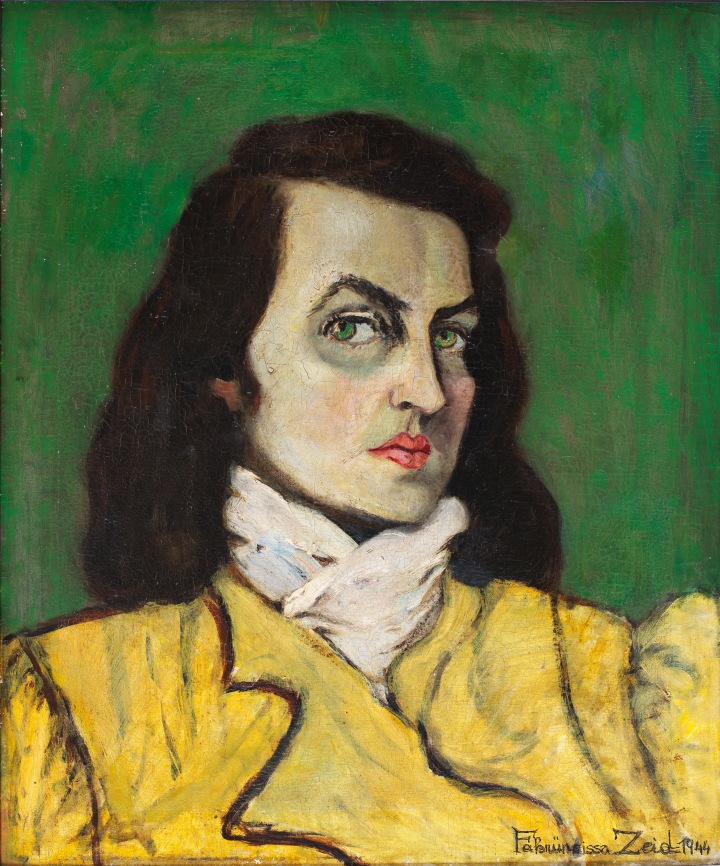
Fig. 2 Fahrelnissa Zeid, Self-Portrait, 1944, Zema and Barbaros Çağa Collection © Raad bin Zeid
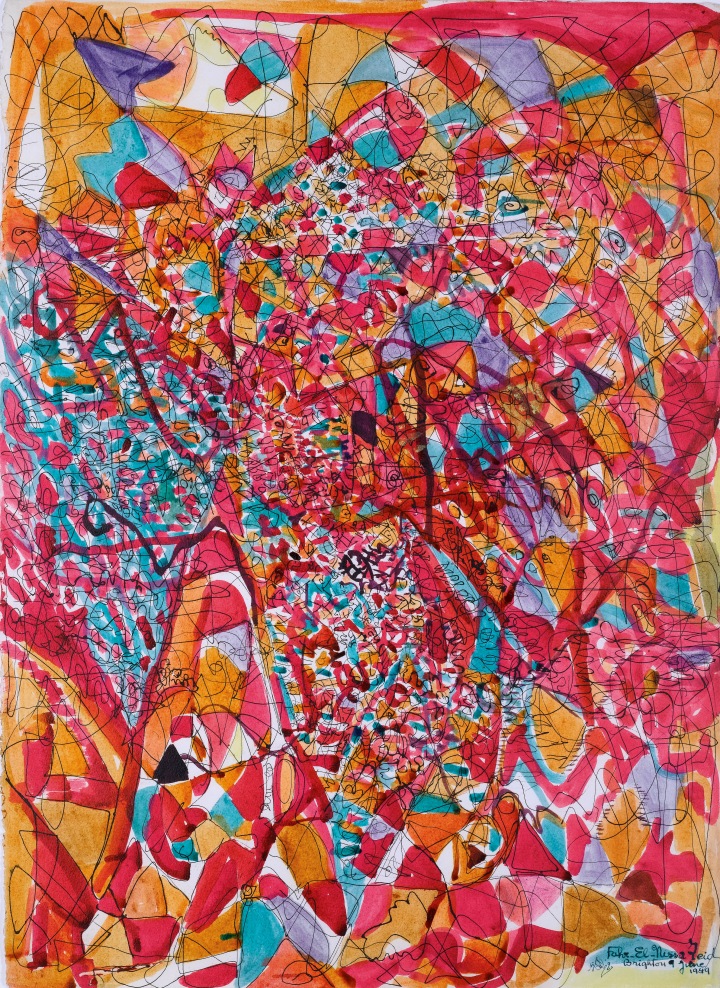
Fig. 3 Fahrelnissa Zeid, Untitled (Brighton 9 June 1949), 1950, Sevtap and Tolga Kabataş Collection © Raad bin Zeid
‘Strive for the Sublime’: Jean-Jacques Karpff at Colmar
The Musée Unterlinden in Colmar devotes the first monographic exhibition to the portraitist and miniaturist Jean-Jacques Karpff, aka Casimir (1770-1829). Curated by Viktoria von der Brüggen and Raphaël Mariani, the show and accompanying catalogue explore the career of the Colmar-born artist, which was spent between Colmar, Paris and Versailles. While Karpff’s name will not sound familiar to many today, it is well-known in Colmar – he founded the city’s drawing school and was an active member of its cultural life.
Across seven sections, the exhibition explores Karpff’s personal response to the artistic events of his time. His style was influenced by his master Jacques-Louis David and some of his most talented students – including Isabey, Girodet and Boilly. Like Isabey, he specialised in miniature portraits, developing a unique technique: his miniatures are deftly executed in grisaille, using China ink heightened with white gouache on very thin ivory.
The Colmar museum’s holdings are complemented by loans from both public institutions and private collections. A drawn Self-Portrait of 1793-94 is on loan from the Katrin Bellinger collection (fig. 1). This accomplished pastel is the earliest of three self-portraits by Karpff [1], and was executed when the artist’s stay in Paris was about to end. Due to the Revolution, his main patron, the Comte de Narbonne-Lara (1755-1813), had emigrated to England, forcing Karpff to return to Alsace. Thus, our self-portrait may be interpreted as a souvenir of his Parisian years as well as a demonstration of his skills, aimed at attracting new commissions in Colmar.
In this masterful sheet, the confident young artist looks out towards the viewer with piercing blue eyes as if interrupted while drawing. His right hand holding the porte-crayon rests on an open album – perhaps he looks up in search of inspiration or to observe his appearance in a mirror, thus alluding to the act of self-portraiture. He is styled according to the latest Parisian fashion, with high-neck jacket, foulard and round earrings. The meticulous handling of the pastel emphasised the theme of observation, contributing to the engaging quality of the work. It may be surprising to discover that we know of no other pastel executed by Karpff. The technique was highly popular in Paris at the time, but once back in Colmar the artist would specialize in his grisaille miniature portraits, better suited to the requirements of the new local elite.
Karpff would once more draw himself proudly holding the porte-crayon – the unmistakable symbol of the draughtsman – in his Self-Portrait at the Pulpit, now in Colmar (fig. 2), which was made into a lithograph by his friend, the painter Jean-Baptiste Mauzaisse, after the artist’s death. The porte-crayon, a drawing tool for holding chalk, is a recurring motif in representations of artists, as shown by prime 18th-century examples in the Katrin Bellinger collection. A noteworthy case is the Portrait of Jean Honoré Fragonard by Jacques Antoine Marie Lemoine – one of very few extant portraits of the master (fig. 3). Here, the aging artist is shown holding the porte-crayon close to his heart – a touching proclamation of the primacy of drawing [2].
Endnote
[1] For the three self-portraits see Viktoria von der Brüggen and Raphaël Mariani eds., Jean-Jacques Karpff (1770-1829): Visez au Sublime, exhibition catalogue, Musée Unterlinden, Colmar, p. 10, fig. 1, cat. nos. 9, 73, illustrated.
[2] Cf. Marie-Anne Dupuy-Vachey, ‘The Portrait of Fragonard by Jacques-Antoine-Marie Lemoine,’ Master Drawings, LIV, 4, 2016, pp. 491–500.

Fig. 1 Jean-Jacques Karpff, Self-Portrait, 1793 or 1794, pastel, 310 x 230 mm.

Fig. 2 Jean-Jacques Karpff, Self-Portrait at the Pulpit, black chalk, stomp and highlights in white chalk, 297 x 237 mm, Musée Unterlinden, Colmar.

Fig. 3 Jacques Antoine Marie Lemoine, Portrait of Jean Honoré Fragonard, 1797, black chalk, stomp and highlights in white chalk on beige paper, 320 x 225 mm.
Reading Drawings at the Courtauld Gallery – Guercino
The display Reading Drawings, currently on view in the The Gilbert and Ildiko Butler Drawings Gallery at The Courtauld, explores the varied role of inscriptions on drawings, across periods and schools. Curated by Rachel Hapoienu, the selection addresses issues of identity, making and meaning, by deciphering and contextualizing the various forms of textual traces found on drawings by famous as well as little known artists.
Amongst the drawings on view, Cesare Gennari’s Two putti supporting a medallion portrait of Guercino (fig. 1) was designed as frontispiece to a series of 14 etchings after Guercino’s much admired evocative landscape drawings. The artist’s nephews, Cesare and Benedetto Gennari, published the print series in the early 1670s with a dedication to Francesco II d’Este, Duke of Modena [1]. In Cesare’s design, the putto at the centre lifts a curtain to unveil a Guercino-inspired pen and ink landscape, while the one on the right points at a red chalk portrait of the artist as a young man. The blending of different drawing media reflects the Centese master’s preferences and distinctive style.
An example of Guercino’s own design for a frontispiece can be found in a sheet in the Katrin Bellinger collection (fig. 2). Its composition corresponds, with small variations, to Oliviero Gatti’s print accompanying a series of 22 engravings after Guercino (fig. 3). Published as the Book of the Principles of Drawing (Bologna, 1619) the series was dedicated to Ferdinando Gonzaga, Duke of Mantua, hence the prominence of the Gonzaga heraldry [2].
The allegorical figure of Painting, well suited to the book’s didactic purpose, is shown in the act of painting a coat of arms while her canvas is being supported by two putti. A red chalk study for the central female figure is in the Ashmolean, Oxford (fig. 4). While the Royal Collection holds a preliminary study in pen and ink for the whole composition (fig. 5), not yet completed with many of the details delineated in our sheet [3].
Apart from the absence of the inscriptions and some differences in the coat-of-arms’ design, our drawing is very close to the finished engraving. Indeed, its high level of finish and the controlled handling of the pen open to the possibility that it may have been executed using Gatti’s print as a model rather than as a preparatory study for the engraver to follow. Our draughtsman may therefore be a follower of Guercino, possibly one of the Gennari – an issue presently open for discussion.
Reading Drawings will be on view at The Courtauld Gallery until 4 June 2017.
Endnotes:
[1] Cf. D. Mahon and N. Turner, The Drawings of Guercino in the Collection of the Her Majesty the Queen at Windsor Castle, Cambridge, 1989, 105–7; P. Bagni, Il Guercino e il suo Falsario: i Disegni di Paesaggio, Bologna, 1985, 57–165.
[2] Illustrated Bartsch, 41, New York, 1981, 109, illustrated.
[3] See N. Turner and C. Plazzotta, Drawings by Guercino from British Collections, London, 1991, nos. 20–21, illustrated.
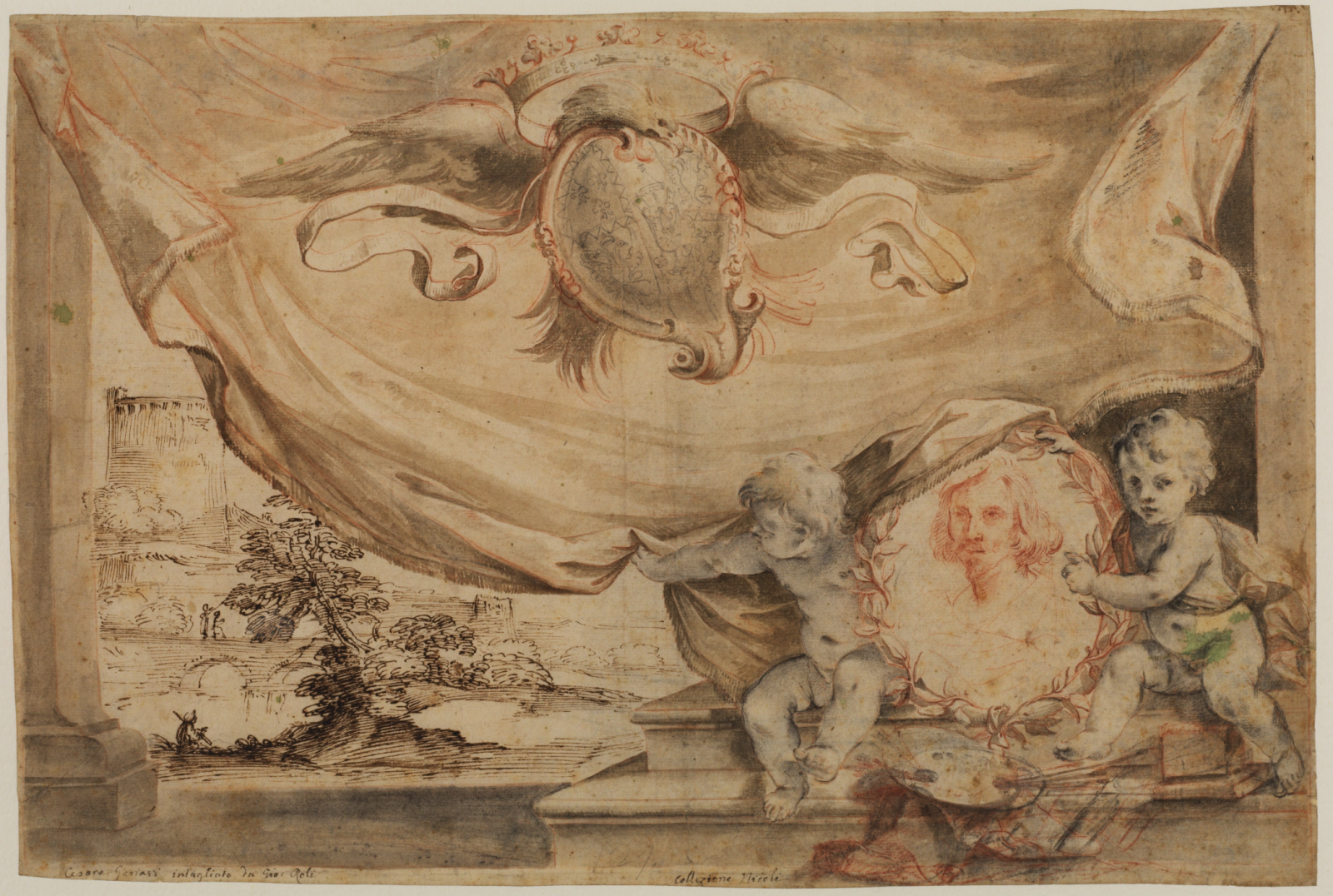
Fig. 1 Cesare Gennari, Two Putti Supporting a Medallion Portrait of Guercino, red and black chalk, pen and brown ink, and watercolour, 417 x 279 mm, The Courtauld Gallery, London, D.1952.RW.567.

Fig. 2 Guercino, An Allegory of Painting, with Putti, pen and brown ink, 165 x 227 mm.
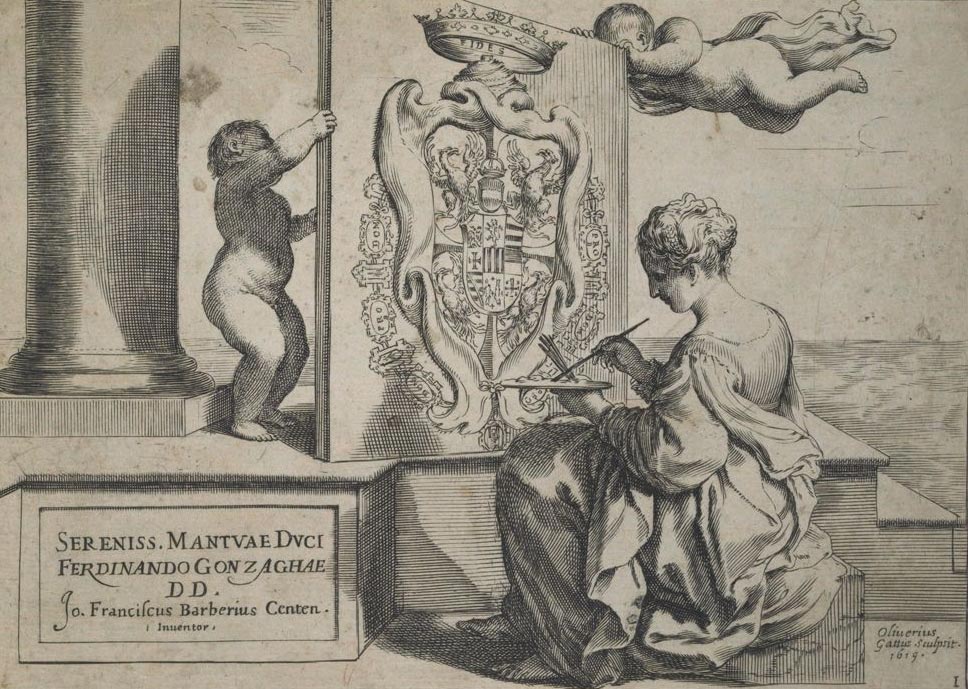
Fig. 3 Oliviero Gatti after Guercino, An Allegory of Painting, engraving, 165 x 225 cm, Harvard Art Museum/Fogg Museum.

Fig. 4 Guercino, A Woman Painting, red chalk touched with pen and brown ink on off-white paper, 194 x 161 mm, The Ashmolean Museum, Oxford, WA1948.92.
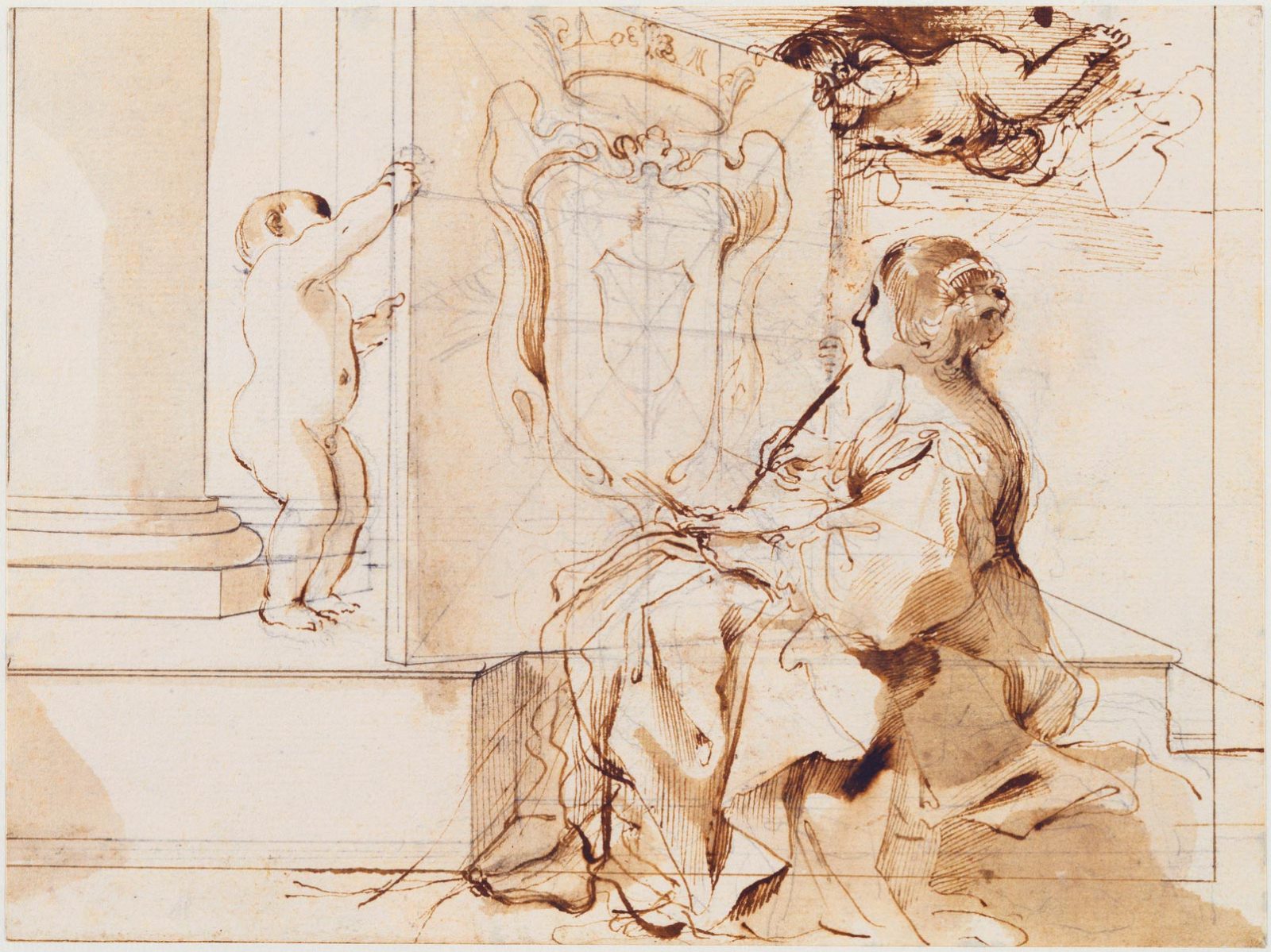
Fig. 5 Guercino, A Woman Painting a Coat of Arms, 1619, pen and wash over slight traces of black chalk, 160 x 216 mm, Royal Collection, Windsor Castle, RCIN 902730.
A visit with Hinrich Sieveking to his exhibition at the Fondation Custodia, Paris
One of the great pleasures of collecting is the exchange with others who share the affliction.
There is nothing more exciting than to show one’s treasures to someone interested and knowledgeable, or in turn to look at what a fellow collector has assembled and to hear their stories.
I had that pleasure when I was last in Paris with my friend Hinrich Sieveking who showed me around the exhibition of his collection currently on view at the Fondation Custodia (fig. 1). Hinrich is an old friend who was instrumental in getting me started as a dealer and collector in Munich in the 1980’s. I fondly recall many visits to look at his drawings which he kept in boxes away from the light. I therefore believed I knew his collection well but was amazed to see so much more than I’d remembered. Their impact is also altogether different when you see 120 drawings carefully chosen and displayed on the walls. I was very impressed with what Hinrich has put together over several decades with tremendous knowledge and passion.
The focus of the exhibition is on German drawings starting with some splendid examples by Mannerist artists from around 1600 including a work by Friedrich Sustris which Hinrich discovered in a house sale where it was catalogued as an “Art Nouveau Design for a Fountain.” When he took me around he related several other riveting stories of discoveries he made where his knowledge of an artist’s work snatched it from oblivion.
The Baroque and Rococo sections display glorious works, particularly by Southern German artists leading to the heart of the collection which is the Golden Age of German Romanticism between 1770 and 1830.
Throughout the collection there are a few wonderful portrait drawings – a subject that has always attracted Hinrich. One of them depicts the artist Caspar Füssli – father of the more famous Johann Heinrich Füssli – drawn by Johann Rudolf Schellenberg (fig. 2). A small oval miniature is shown as a picture within a picture surrounded by the artist’s tools, as well as a small satyr flipping through a sketch book which might be an allusion to Füssli’s large art collection.
In the 19th century section there is a watercolour of my favourite subject by Erwin Speckter depicting his and Bernhard Neher’s studio in Rome (fig. 3). The two artists shared Neher’s studio in the winter because it provided a stove. They are wearing coats to keep warm and Neher has also kept his top hat on while they both are working on the paintings on their easels. The drawing is a testament to their close friendship. In their Roman circle they were teasingly called ‘Castor and Pollux’ after the inseparable brothers of Greek mythology.
I spotted quite a few drawings in the exhibition which are old friends I sold to Hinrich over the years. Hinrich in turn found a few things for me, amongst them a touching drawing by Johann Christoph Erhard depicting his artist friend the dwarf Johann Georg Hoffmann (fig. 4). The inscription on the drawing records that this is the first time he has drawn from nature, an event he later commemorated in a print.
The exhibition is well worth a trip because, even without Hinrich himself, you will get a very strong sense of his presence, his extraordinary eye and personal taste as well as a rare insight into the development of drawing in Germany.
La quête de la ligne, trois siècles de dessin en Allemagne is on view at the Fondation Custodia in Paris until 7 May 2017.
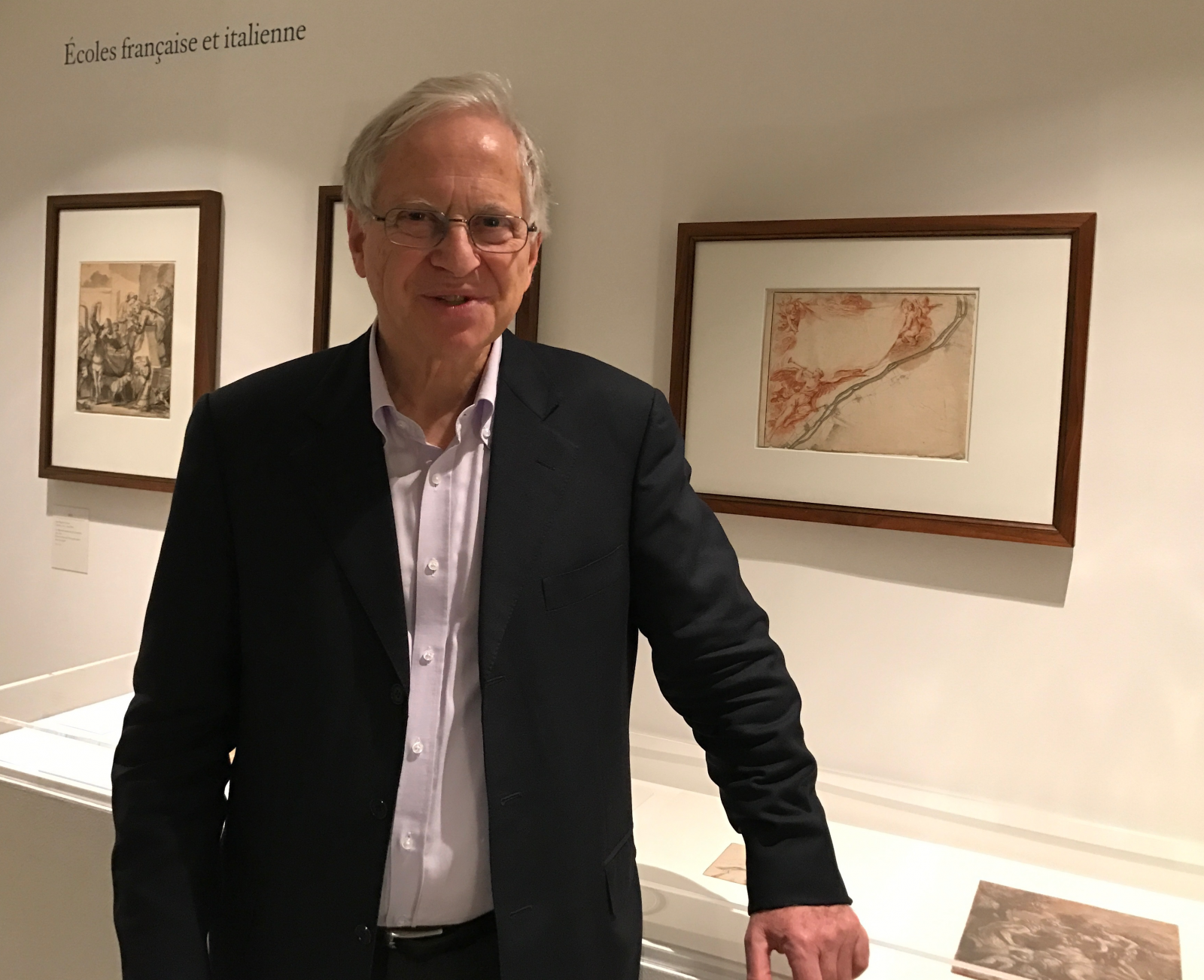
Fig. 1 Hinrich Sieveking in the last section of his exhibition covering the French and Italian drawings in his collection.

Fig. 2 Johann Rudolf Schellenberg (1740–1782), Portrait of the Painter Johann Caspar Füssli the Elder, black chalk, pen and brown ink, grey and brown wash, heightened with white, 198 x 136 mm.

Fig. 3 Erwin Speckter (1806–1835), Bernhard Neher and Erwin Speckter in their Studio in Rome, 1831, watercolour over a sketch in graphite, 192 x 249 mm.

Fig. 4 Johann Christoph Erhard (1795–1822), The dwarf artist Johann Georg Hoffmann sketching in a landscape, pencil, 138 x 104 mm.
Salon du dessin 2017: artists at work
The Salon du dessin in Paris closed its doors on Monday 27 March. This year’s edition was marked by the celebration of the tenth anniversary of the association Le cabinet des amateurs de dessins de l’École des Beaux-Arts. The exhibition Le partage d’ une passion, curated by Emmanuelle Brugerolles, featured forty highlights of the École des Beaux-Arts’ collection.
One such work was George Paul Leroux’s Études classiques de la peinture (fig. 1). Made in preparation for a now lost triptych, it dates to the early phase of Leroux’s career, when he was a pupil of Léon Bonnat (1833–1922) at the École. It illustrates the three components of academic teaching: copy from the antique, drawing from the model and anatomical study. Also related to this project is Leroux’s A life class, in the Katrin Bellinger collection (fig. 2), a study for the triptych’s central panel. While the EBA drawing is reminiscent of Georges Seurat’s graphic style, our painterly sheet combines pen and ink with chalk, watercolour and white heightening.
Amongst the images of artists at work on view at the Salon, Jacques-André Portail’s delicate chalk drawing Jeune fille dessinant (fig. 3), with Galerie Talabardon & Gautier, unsurprisingly sold on the opening night. The Paris-based gallery also presented Paul César Helleu’s charming palette-shaped portrait of his son.
Helleu, who trained at the École des Beaux-Arts, was a talented oil painter, draughtsman and printmaker. The popularity of his distinctive style was reaffirmed this year at sales across Paris. An intimate portrait of the artist’s daughter Paulette – sold at Galerie Alexis Bordes – made a welcome addition to the Katrin Bellinger collection (fig. 4). Frequently depicted by Helleu, Paulette donated her father’s graphic works to the Musée Bonnat in Bayonne, since renamed Musée Bonnat-Helleu.

Fig. 1 George Paul Leroux (1877–1957), Études classiques de la peinture, 1904, charcoal on three assembled sheets of paper, Paris, École des Beaux-Arts, inv. no. 7905.
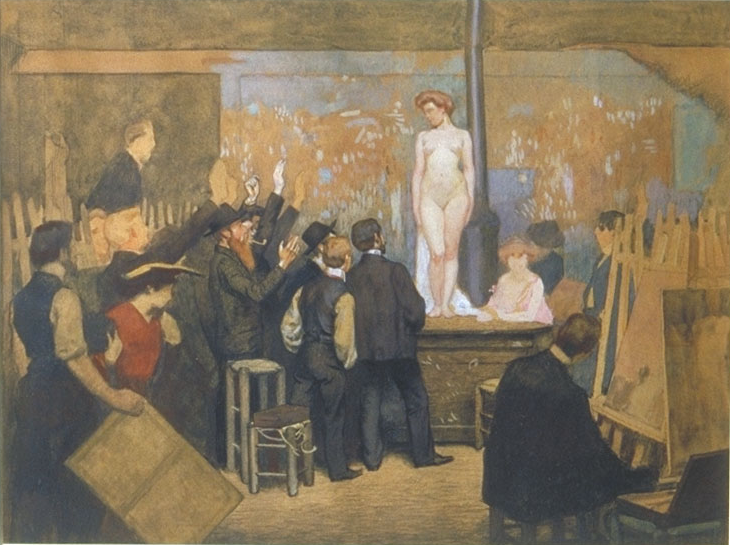
Fig. 2 George Paul Leroux, A life class, 1904, pen, chalk, watercolours, heightened with white.
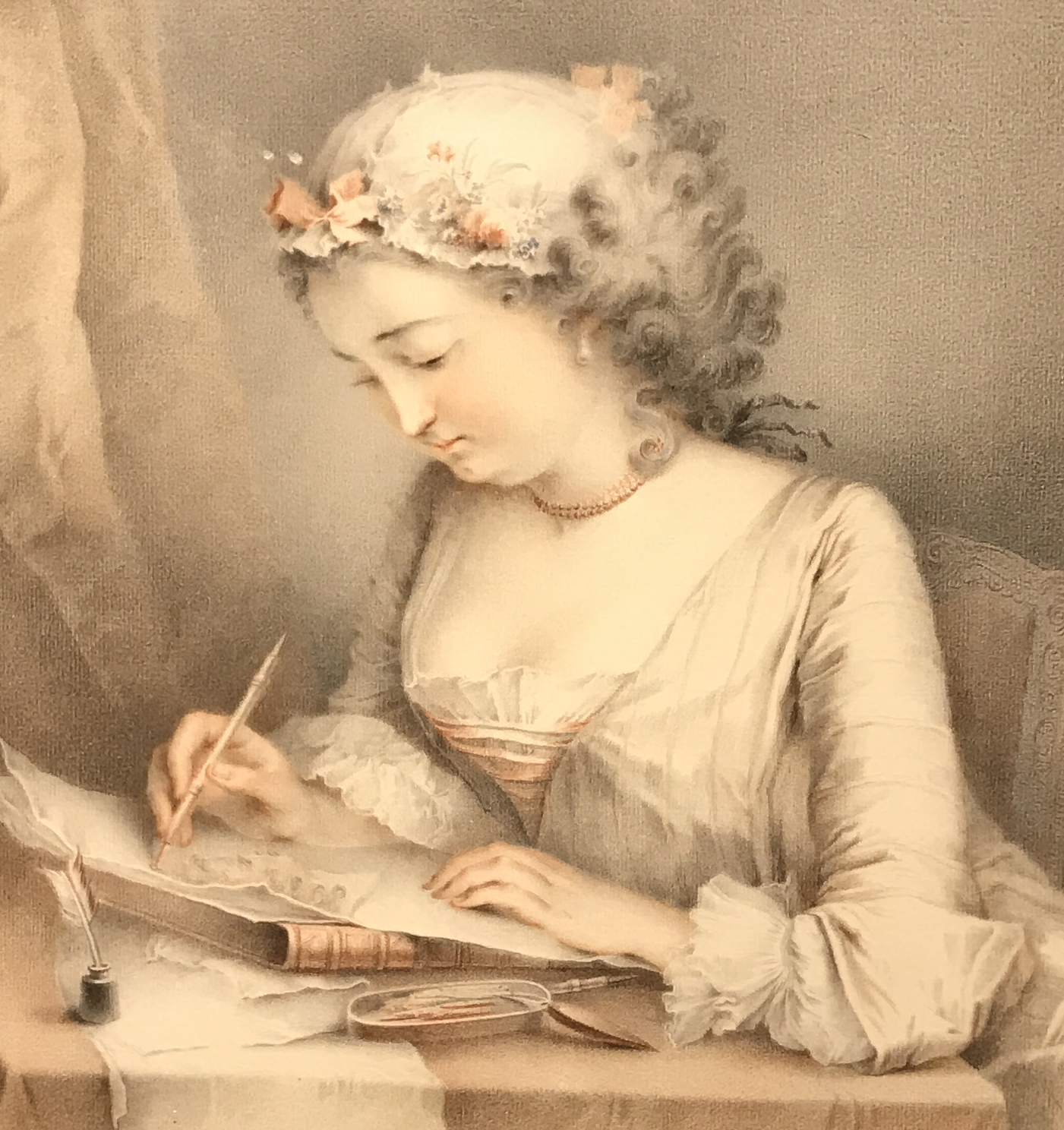
Fig. 3 Jacques-André Portail (1695–1759), Jeune fille dessinant, black chalk, sanguine and blue pastel framing, private collection (detail).

Fig. 4 Paul-César Helleu (1859–1927), The artist’s daughter Paulette, drawing, c. 1920, sanguine (detail).
Portrait of the Artist – Annibale Carracci
Amongst the Italian drawings featuring in the Queen’s Gallery exhibition, Portrait of the Artist, three relate to the Carracci workshop. One is a pen and ink study of circa 1603-05 preparatory for Annibale’s Self-portrait on an easel known in two versions in the Hermitage, St Petersburg and the Uffizi, Florence. The other two appear instead to be earlier works and may have been executed by Annibale and Agostino as experiments in self-portraiture. Both the making of drawings and its links to the representation of nature, were central to the Carracci’s reform of the arts, initiated in Bologna in the late 16th century. It would thus not be surprising to encounter a pair of chalk studies executed by the two brothers each capturing their own likeness, perhaps engaging in a sort of performance, a competition of skills and wit (Figs. 1–2). Such components were to become central to their innovative approach to art making as attested by the many extant sheets of caricatures, alternatively attributed to Annibale, Agostino or the two together, where swift and skilful execution is combined with canning introspection. Both Royal Collection portraits, with their fresh and distinguished style, make a strong claim for the Carracci circle as their origin, and may be amongst the earliest works attributed to the two brothers.
Although it captures a more mature likeness of Annibale, a recently discovered sheet by the Roman Carlo Maratti, datable circa 1660-70, now in the Katrin Bellinger collection, still preserves some of the spirit of the artist’s youthful appearance (Fig. 3). In this beautifully preserved drawing, Maratti has immortalized Annibale, whom he greatly admired as one of the fathers of Italian Seicento painting. We are not too far from matters of self-representation, since Maratti’s model was an oval self-portrait of Annibale made when he was around 35 years old. Once a prized possession of Giovan Pietro Bellori – the theorist of Roman classicism – the painting is now sadly lost.
An engraving derived from Maratti’s drawing opens Bellori’s life of Annibale in his Le vite de’ pittori, scultori e architetti (Rome, 1672). However, it is more than a study for a print. Maratti displayed his bravura in the handling of red and black chalk to distinguish the frame and portrait components. Together with its meticulous execution, further evidence suggests that the drawing was conceived as a work of art in its own right. The inscribed name of the artist, initially reversed to be easily transferred onto the copper plate, was probably rewritten in the right direction, thus preserving the aesthetic unity of the sheet. Finally, the drawing’s importance is corroborated by its prestigious provenance, it was owned, by Jonathan Richardson – who inscribed Maratti’s name on the mount – having previously been in the collection of the great drawings connoisseur and collector Padre Sebastiano Resta, a friend of both Bellori and Maratti.
by Anita Viola Sganzerla
Portrait of the Artist is on the view at the Queen’s Gallery, Buckingham Palace until 17 April 2017
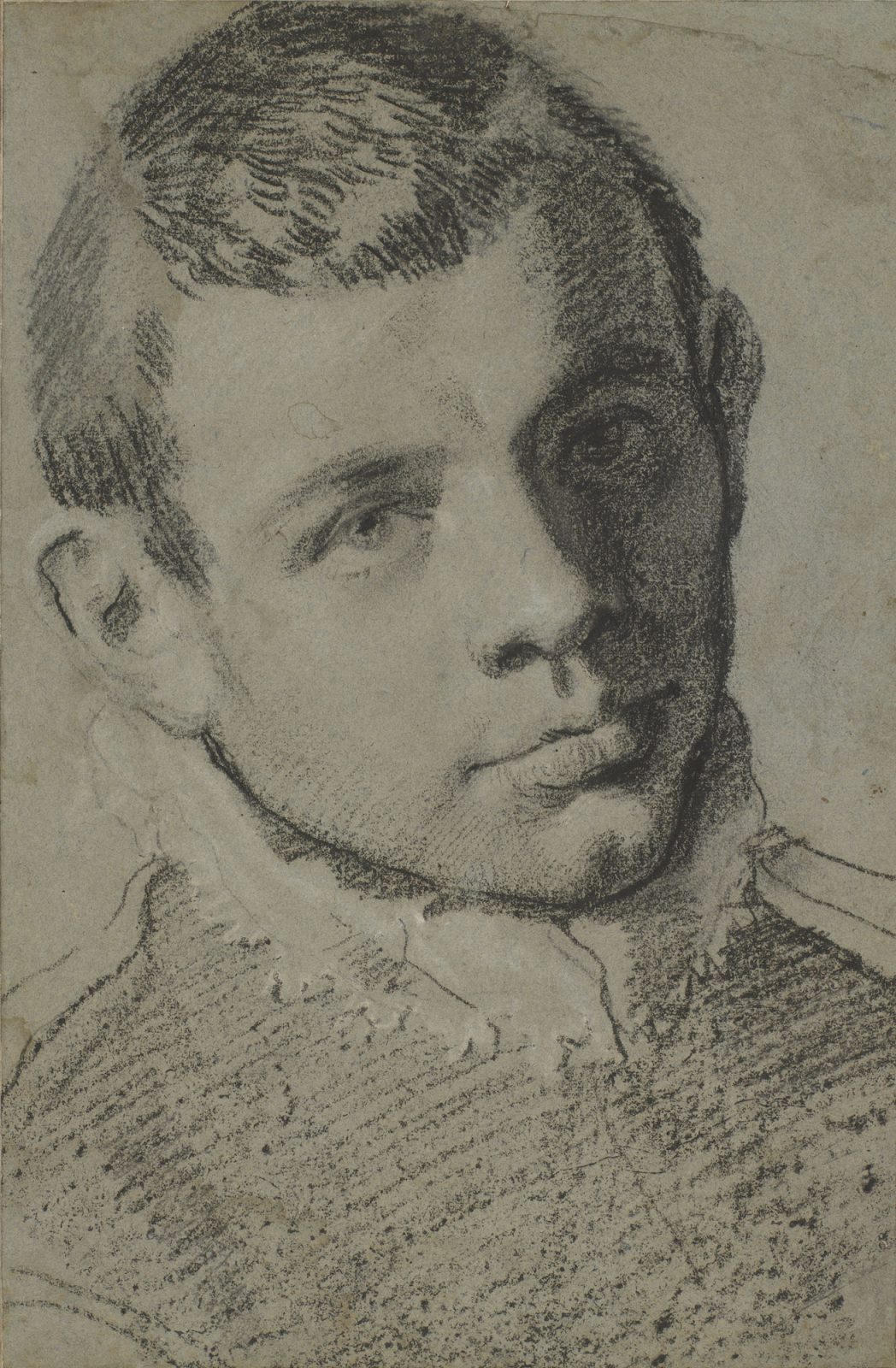
Fig. 1 Attributed to Annibale Carracci, A presumed self-portrait, black and white chalks on blue-grey paper, 380 x 250 mm. Royal Collection, Windsor Castle.
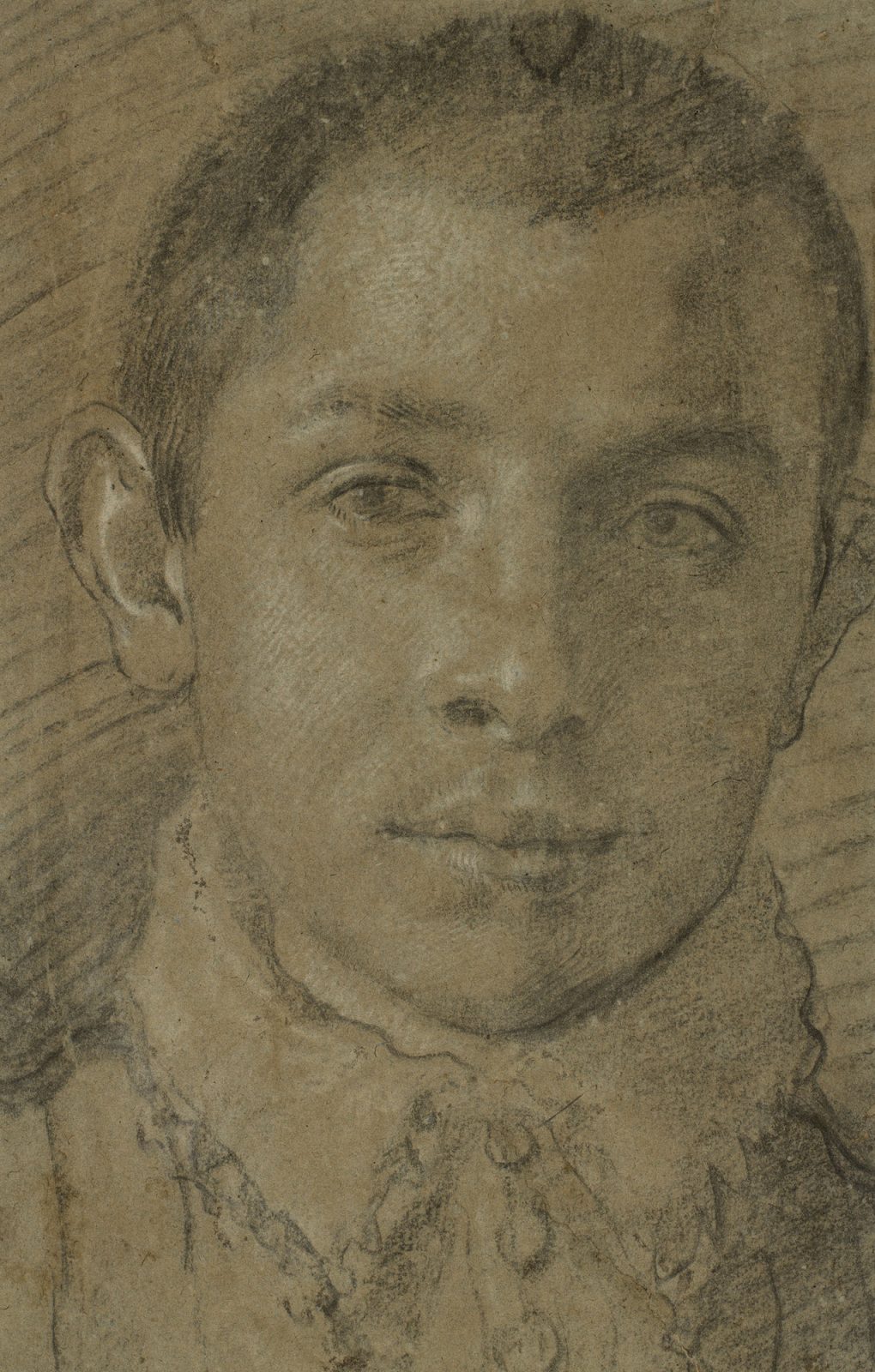
Fig. 2 Agostino Carracci, A self-portrait (?), black and white chalks on blue-grey paper, 330 x 211 mm. Royal Collection, Windsor Castle.
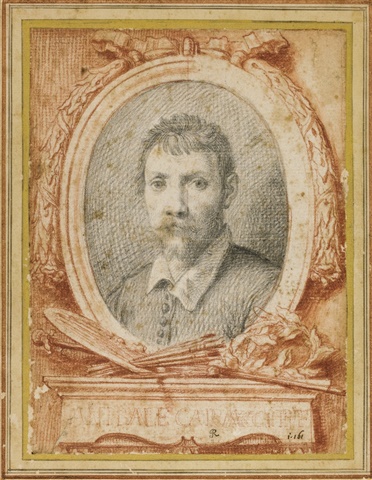
Fig. 3 Carlo Maratti, Portrait of Annibale Carracci, black and red chalk, 157 x 120 mm.
Between Dimensions. “The Sculptural Line at the J. Paul Getty Museum”
The exhibition The Sculptural Line opened on 17 January at the J. Paul Getty Museum, Los Angeles. Curated by Ketty Gottardo the show presents a thought-provoking juxtaposition of drawings and sculptural objects, ranging in date from the Renaissance to the 20th century.
Alongside the preparatory studies and exploratory sheets, some of the drawings are concerned with presenting classical and Renaissance sculpture as a source of learning and inspiration. In this group we find Federico Zuccaro’s portrayal of his brother Taddeo working from the antique – part of the Getty’s unique series devoted to Taddeo’s early life. In Hubert Robert’s Draughtsman in the Capitoline Gallery (Fig. 1), the diminutive figure surrounded by colossal statues, probably the artist himself, is at once inspired and humbled by the grandeur of the classical past.
In a drawing by Robert in the Katrin Bellinger Collection (Fig. 2), the practices of learning from antiquity and the fascination with the theme of the artist at work come together as two interconnected aspects of the sculptural line. Robert’s masterful black chalk drawing of The Roman Studio of Bartolomeo Cavaceppi (1716–99) pays tribute to the successful restorer of ancient sculpture by showing him at work on a monumental female statue, surrounded by antique fragments.
A few of the drawings on show offer an allegorical celebration of the figure of the sculptor. Felice Giani’s Allegory of the Life of Antonio Canova, a study for a never executed monument in honour of the artist, compares Canova to his illustrious predecessor of Greek antiquity, Phidias and Praxiteles. Antiquity is also the inspiration behind Francisco de Goya’s sepia wash drawing Pygmalion and Galatea (Fig. 3). With his distinctive irony, Goya appears to have portrayed himself as Pygmalion at work on the statue soon to come to life as his wife. The sheet offers a sardonic interpretation of the evocative myth, while attesting to Goya’s absolute mastery of his chosen medium.
Related to the themes explored in the Getty exhibition is the continuous fascination exercised by the sculptor’s creative energy associated with his power to turn inert materials into the resemblance of ‘living’ things; a theme alluded to in Goya’s Pygmalion and traceable in several sheets in the Katrin Bellinger Collection. Amongst the many vigorous portraits of fellow artists and intellectuals executed by the neo-impressionist Maximilien Luce, we find one of the sculptor Raoul Lamourdedieu in his studio, fervently at work on a statuette (Fig. 4).
by Anita Viola Sganzerla
The Sculptural Line is on view at the J. Paul Getty Museum, Los Angeles until 16 April 2017
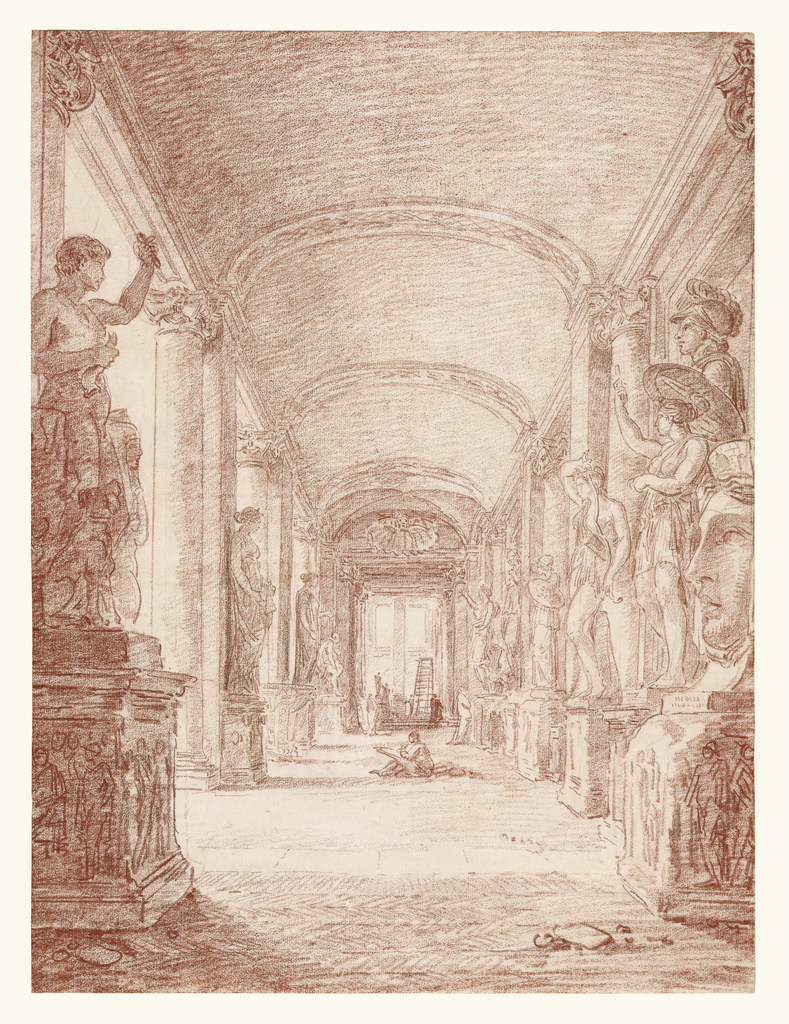
Fig. 1 Hubert Robert, A Draftsman in the Capitoline Gallery, c. 1765, red chalk, 45.7 × 33.7 cm (on show)

Fig. 2 Hubert Robert, The Roman Studio of Bartolomeo Cavaceppi, 1765, black chalk, 33.9 x 44.3 cm

Fig. 3 Francisco de Goya, Pygmalion and Galatea, about 1812-20, sepia wash, 20.5 × 14.1 cm (on show)

Fig. 4 Maximilien Luce (1858-1941), The Sculptor Lamourdedieu in his Studio, black crayon, 29 x 19 cm, detail
Watteau Master Draughtsman at the Teylers Museum, Haarlem
The exhibition Watteau Der Zeichner just opened at its second venue, the Teylers Museum in Haarlem. Organized by the Teylers in collaboration with the Städel Museum in Frankfurt, this is the first major exhibition of Antoine Watteau (1684–1721) in the Netherlands, featuring more than sixty paintings and drawings by the French master and a selection of works by his followers. The show is accompanied by a richly illustrated catalogue with contributions by the curators of the two museums, Michiel Plomp and Martin Sonnabend, and Watteau specialist Christoph Martin Vogtherr. [1]
The two institutions’ prestigious holdings of Watteau’s drawn oeuvre are complemented by several important loans, including two drawings from the Katrin Bellinger Collection. Featured in the section entitled “Art and Artist”, the works are: a study for a possible self-portrait by Watteau, and a portrait of Anthony van Dyck (1599–1641). Both are prime examples of Watteau’s talent as a draughtsman and are produced in his preferred technique of red and black chalk. The former (Fig. 1; cat. no. 38) shows the figure of a standing man holding a palette and brushes, one arm resting on a stick. Although no painting directly related to this drawing survives today, two prints from the 1730s show Watteau in a very similar pose, suggesting that our lively and confident study was conceived as the starting point for a self-portrait. [2]
An etching by Nicolas-Henri Tardieu entitled Assis, au près de toy, 1731, depicts Watteau in the company of his friend and protector Jean de Jullienne in a parkland setting (Fig. 2). While some scholars argue for Watteau’s authorship of the composition, others, including the authors of Watteau Der Zeichner, interpret Tardieu’s print as an invention created to promote Julienne’s image as a reliable connoisseur of Watteau’s works, given his closeness to the artist. Indeed, Assis, au près de toy became the frontispiece of the Oeuvre gravé, 1735, a collection of prints reproducing Watteau’s oeuvre, produced and sold at Jullienne’s initiative.
The second work on loan from the Collection (Fig. 3; cat. no. 36), remarkable for its vigorous handling of black chalk, bears the inscription “a. Van dick mort en 1641” and is based on Van Dyck’s Self-Portrait now in the Hermitage, St. Petersburg (Fig. 4). The canvas was once part of the collection of Pierre Crozat in Paris, where Watteau would have studied it. Crozat’s passion for the works of Rubens and Van Dyck was shared by Watteau, who in his drawing focused on the painter-gentleman’s intense expression and on his pose, managing to vividly capture the self-assured stance and engaging gaze of the famous artist at the peak of his career.
The final section, dedicated to the artist’s followers, features a drawn portrait of Watteau by the Venetian pastellist Rosalba Carriera (1675–1757) – from the Städel Museum’s collection (Fig. 5; cat. no. 67). The two became acquainted during Carriera’s visit to Paris in 1720–21, during the last months of Watteau’s life, and seem to have held each other in high esteem. As opposed to her more solemn depiction of the French master now in the Museo Civico, Treviso, in the Frankfurt pastel Carriera imagined a youthful Watteau, gently directing his gaze at the beholder.
Watteau is on view at the Teylers Museum, Haarlem until 13 May 2017
Endnotes:
[1] exh.cat. M. Plomp and M. Sonnabend (eds.), Watteau Der Zeichner, München, 2016.
[2] On both prints see exh. cat. Christopher Martin Vogtherr and Jennifer Tonkovich, Jean de Jullienne. Collector and Connoisseur, London, 2011, pp. 77–79, cat. no. 4.
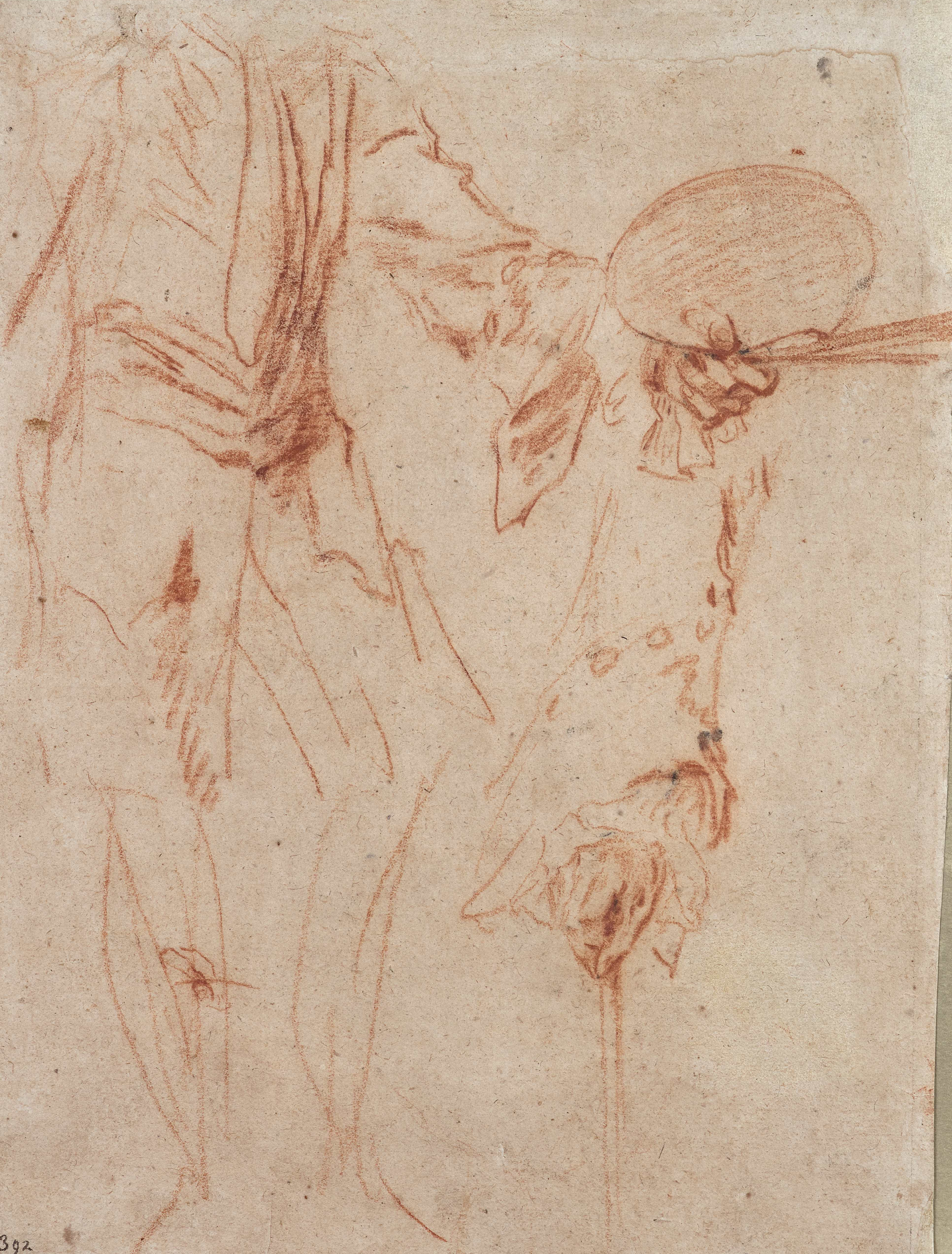
Fig. 1 Antoine Watteau, Study for a Self-Portrait (?) with Palette and Cane, c. 1717–19, red chalk, 24.7 x 18.8 cm.
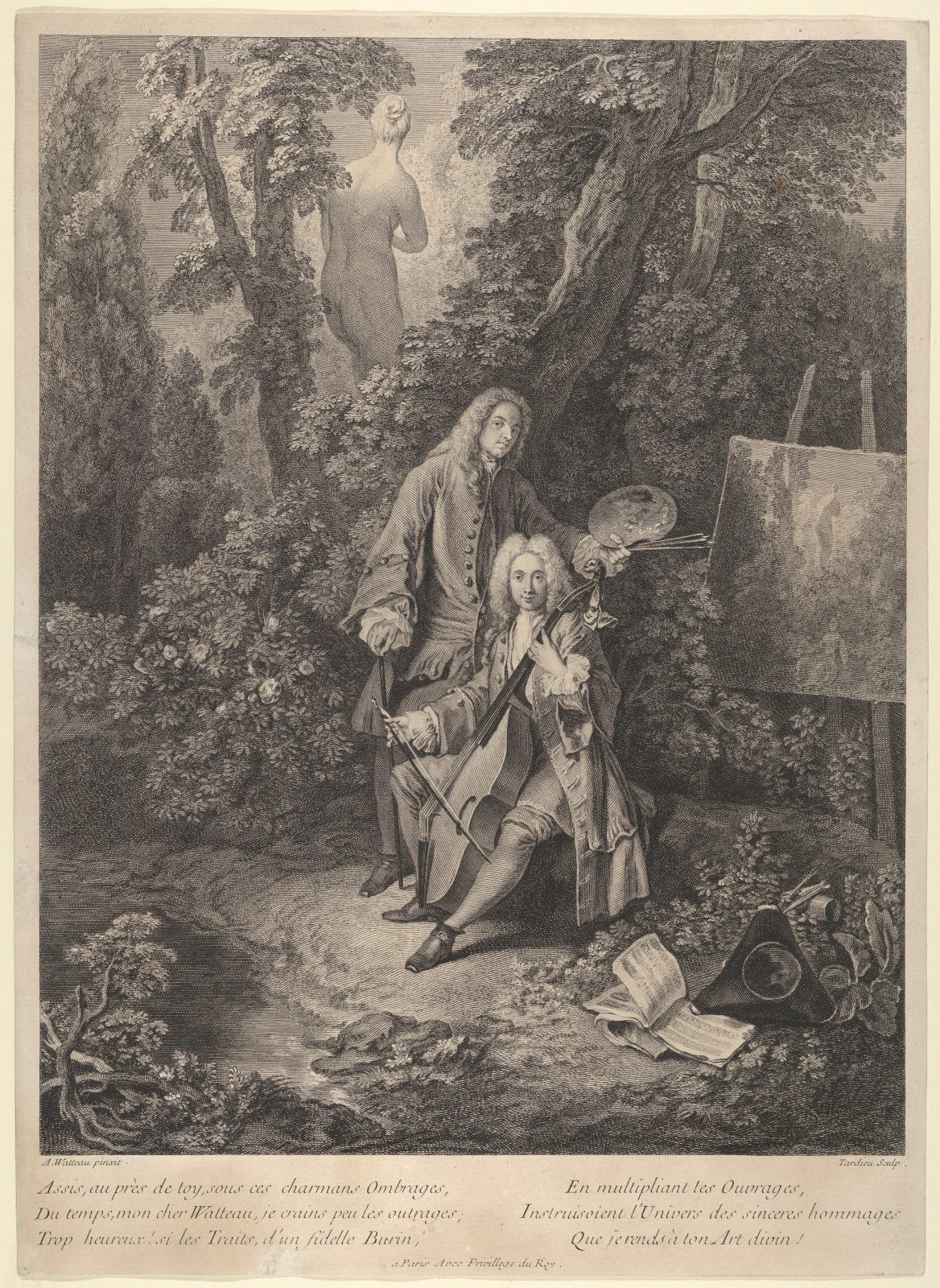
Fig. 2 Nicolas-Henri Tardieu, Assis, au près de toy, 1731, etching, 37.9 x 29.4 cm (plate).

Fig. 3 Antoine Watteau, Copy after a Van Dyck Self-Portrait, c. 1715–20, black, red and white chalk, 21.2 x 15.3 cm.
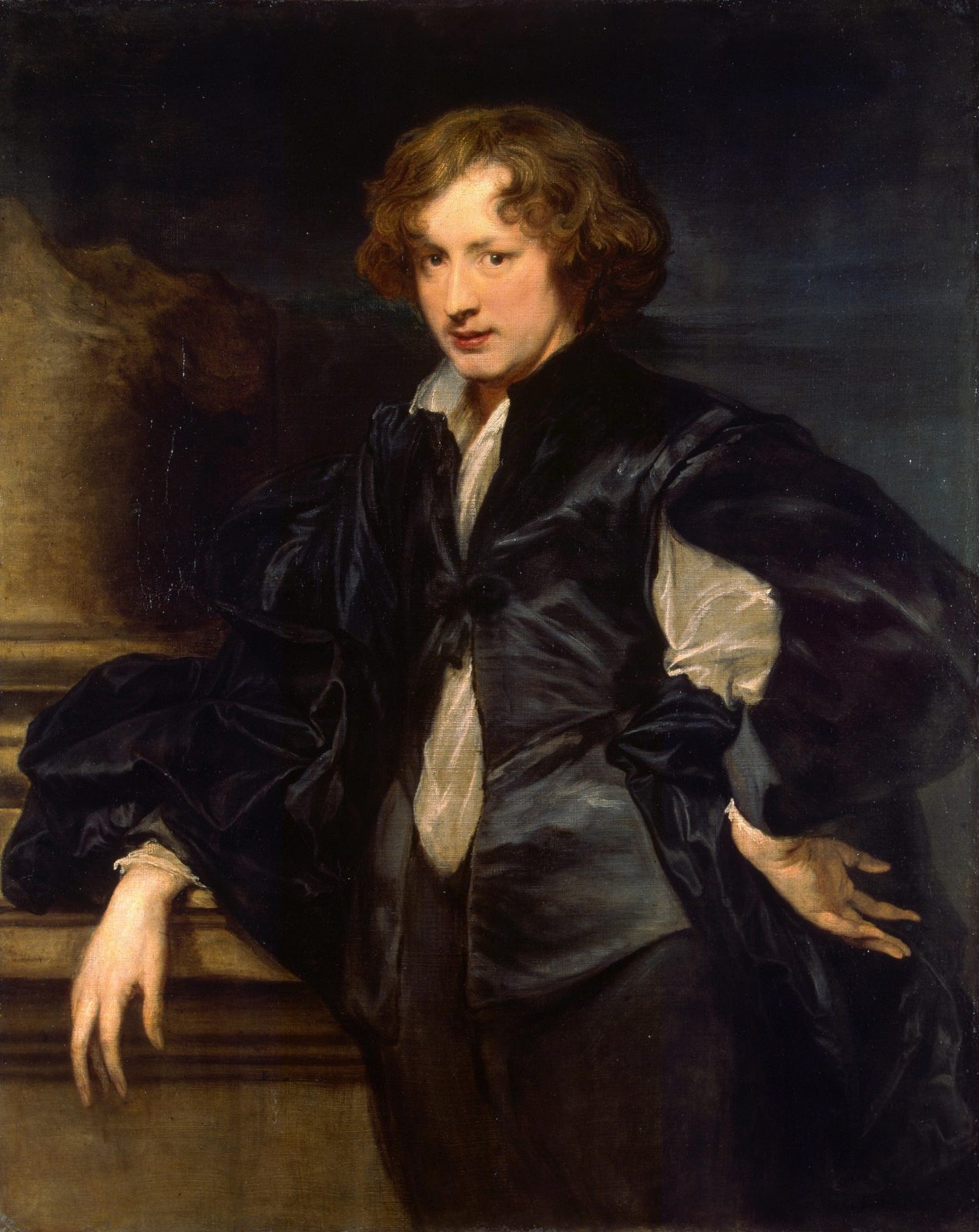
Fig. 4 Anthony van Dyck, Self-Portrait, circa 1622/23, oil on canvas, 116.5 x 93.5 cm, Hermitage, St. Petersburg.
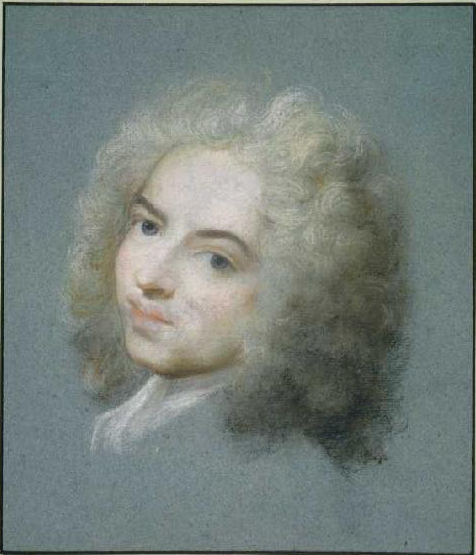
Fig. 5 Rosalba Carriera, Portrait of Antoine Watteau, 1721 or circa 1727–30, pastel on blue paper, 26.5 x 22.6 cm, Städel Museum, Frankfurt.
Intrigue: James Ensor by Luc Tuymans at the Royal Academy of Arts, London
The exhibition ‘Intrigue: James Ensor by Luc Tuymans’ just closed at the Royal Academy of Arts, London. Curated by Luc Tuymans – an influential Belgian painter – the show, and accompanying catalogue, offered a unique chance to encounter and be immersed in the eccentric work of James Ensor (1860–1949). Tuyman’s selection of paintings, drawings and prints reflects Ensor’s versatility in technique and subject matter. Several self-portraits and representation of the artist at work were displayed side by side with satirical images.
A spirited sheet from the Katrin Bellinger Collection, View of the Artist’s Studio with ‘La Coloriste’, signed by Ensor and dated 1882, once formed part of the same sketchbook as several of the studies exhibited at the Royal Academy.
The drawing is carried out in Ensor’s preferred medium for sketching, black chalk, and captures the immediacy of everyday activities in the artist’s studio in his parental house in Ostend, Belgium. Behind a table piled with drawings and art materials, we catch a glimpse of Ensor’s famous painting La Coloriste (1880; Royal Museums of Fine Arts of Belgium, Brussels) portraying the artist’s sister Mitche in the act of painting a fan.
In 1880–85, Ensor filled several sketchbooks with vigorous back chalk studies of his working space and the objects inhabiting it. Although many of the motifs recur in his paintings, these sketches were not conceived as preparatory bur instead document his exploration in the material properties of objects, such as tonality and volume, as well as in the act of drawing itself.
It was probably long after having made them that he cut the best drawings out of the sketchbooks, added his signature, and sold them to collectors. The several hundred sheets he did not sell remained in his family and are found today in the Royal Museum, Antwerp, that holds the largest collection of Ensor’s works in Europe.
Another work by Ensor in the Collection, the 1888 etching titled Crânes et Masques, shows some skulls and a mask displayed on a shelf like props in the artist’s studio; a typical example of Ensor’s macabre and witty still-life compositions.
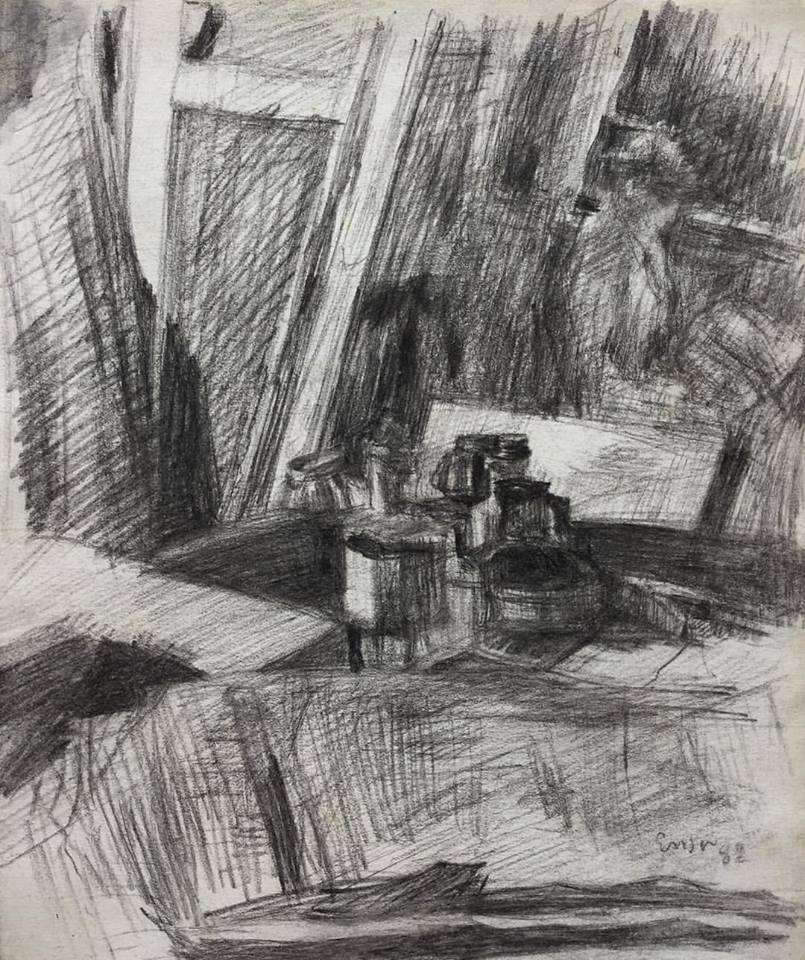
James Ensor, View of the Artist’s Studio with ‘La Coloriste’, 1882, black chalk, 22.4 x 17.5 cm.
Friant II – French Portrait Drawings from Clouet to Colbert at the British Museum
The British Museum exhibition ‘French Portrait Drawings from Clouet to Colbert’ contains more than 65 portraits by French artists, many of them not previously exhibited. The selection of drawings yet again demonstrates the incredible quality of the Print Room’s holdings. Curated by Sarah Vowles, it illustrates the development of French portrait drawing from the Renaissance until the 19th century and runs until 29 January 2017.
I was so pleased to see a drawing by Émile Friant after having familiarised myself with his work at the exhibition on the artist in Nancy discussed in the previous post. The drawing in the British Museum was believed to be a self-portrait but the subject is clearly not the man in Friant’s self-portraits, including the example from the Katrin Bellinger Collection currently on view in Nancy. It is perhaps of a friend or patron, who is shown leaning sideways looking at a painting. While the head is beautifully drawn and finished, typical of the artist’s style, the remainder of the drawing is only lightly sketched in.
Another work from the Collection now on view in Nancy, ‘Coin d’atelier,’ shows a woman posing for Friant in the studio. The painter is not represented but his presence is suggested by his tools on the table’.[1] During the preparation for the exhibition Michèle Leinen, a researcher at the Musée des Beaux-Arts de Nancy, identified the model as Gaby, who appears to have been one of Friant’s favourite models of that time, despite evidence from personal correspondence that she was not the most reliable. Friant wrote in 1920 that: ‘one has to be rather crazy in order to be willing to start any important project with her right now’.
Among the advantages of lending works to an exhibition are the insights that further research brings to light on works in the Collection. ‘Émile Friant, le dernier naturaliste?’ is on view at the Musée des Beaux-Arts de Nancy until February 2017.
[1] Mouriel Mantopoulos, ‘Coin d’atelier, no.51-d’, in Émile Friant. Le dernier naturaliste?, p.113.
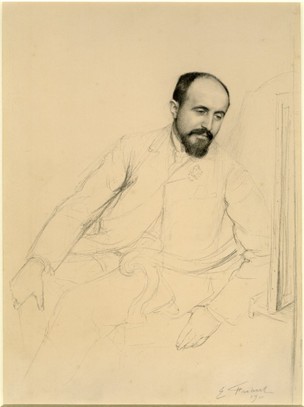
Émile Friant, 'Portrait of a Man Admiring a Painting', 1900, drawing, 40.6 x 32.8 cm, British Museum, London
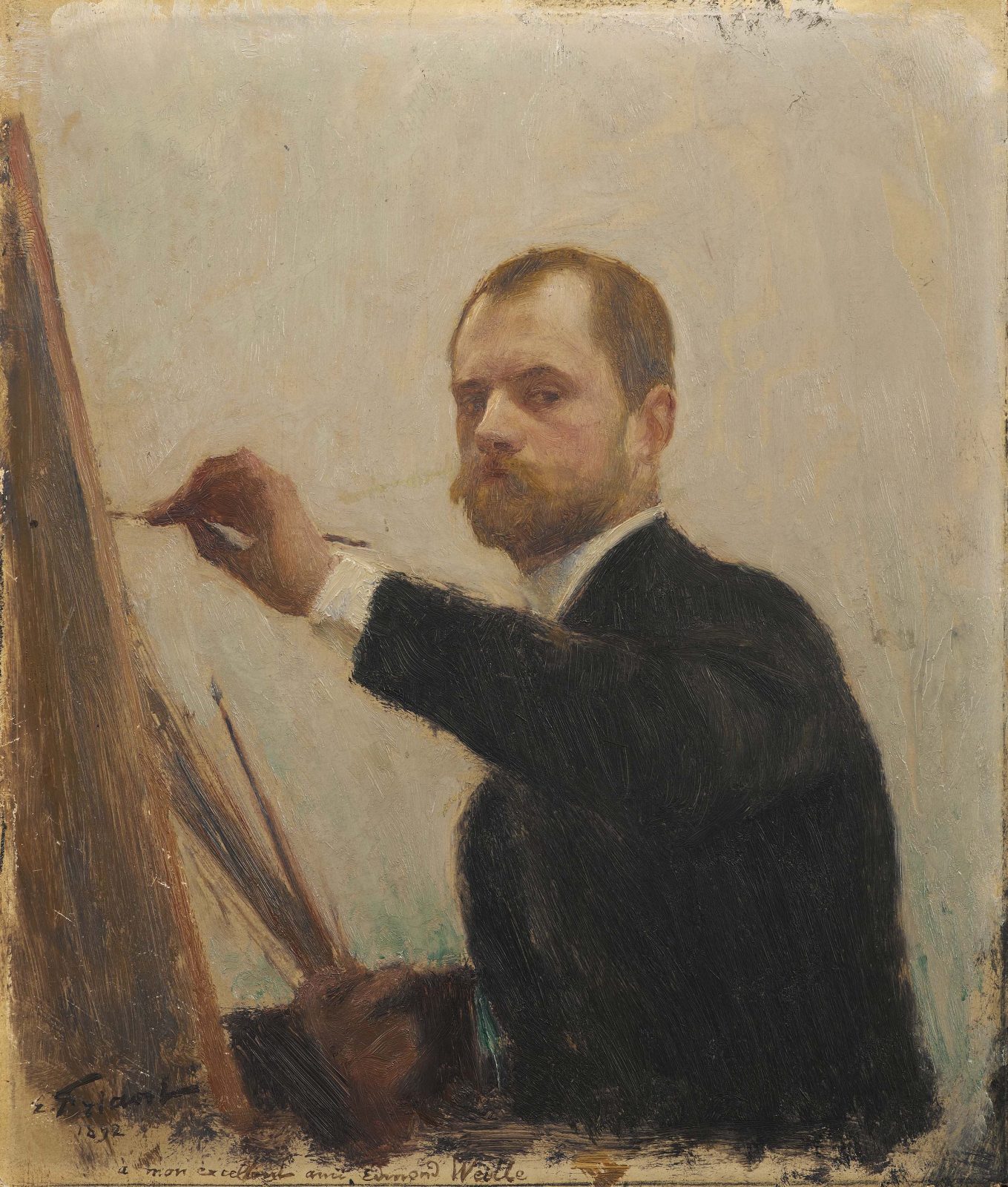
Émile Friant, ‘Self-Portrait’, 1892, oil on panel, 17.4 x 14.7 cm.

Émile Friant, ‘Un coin d’atelier’, 1922, oil on panel, 28 x 24 cm.